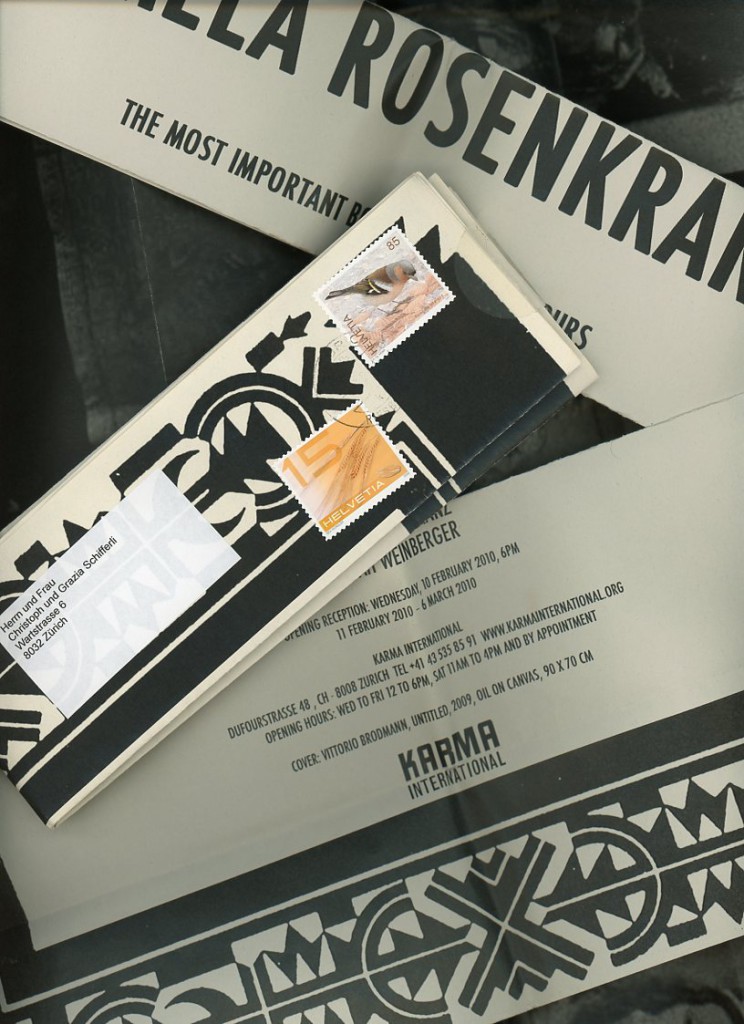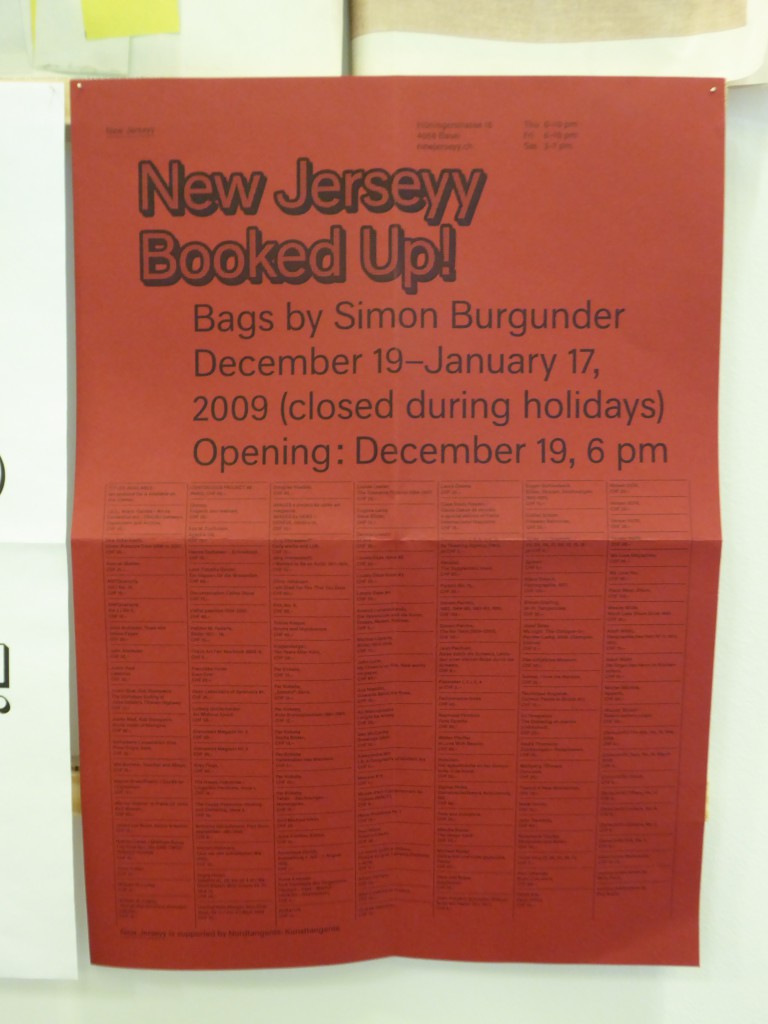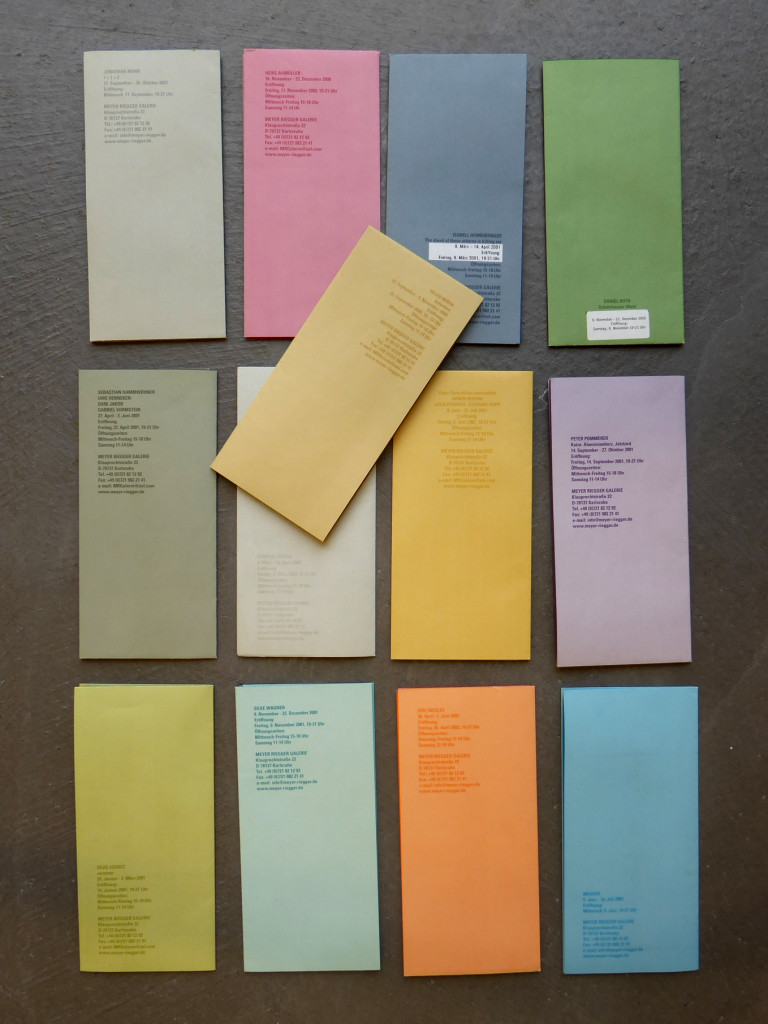
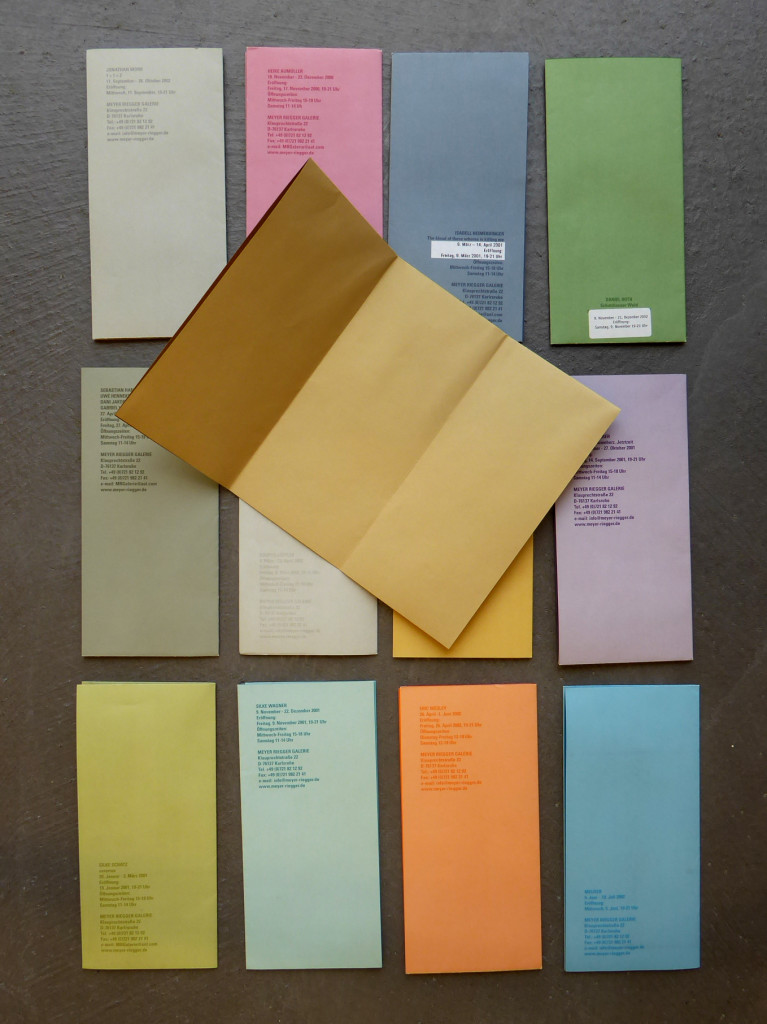
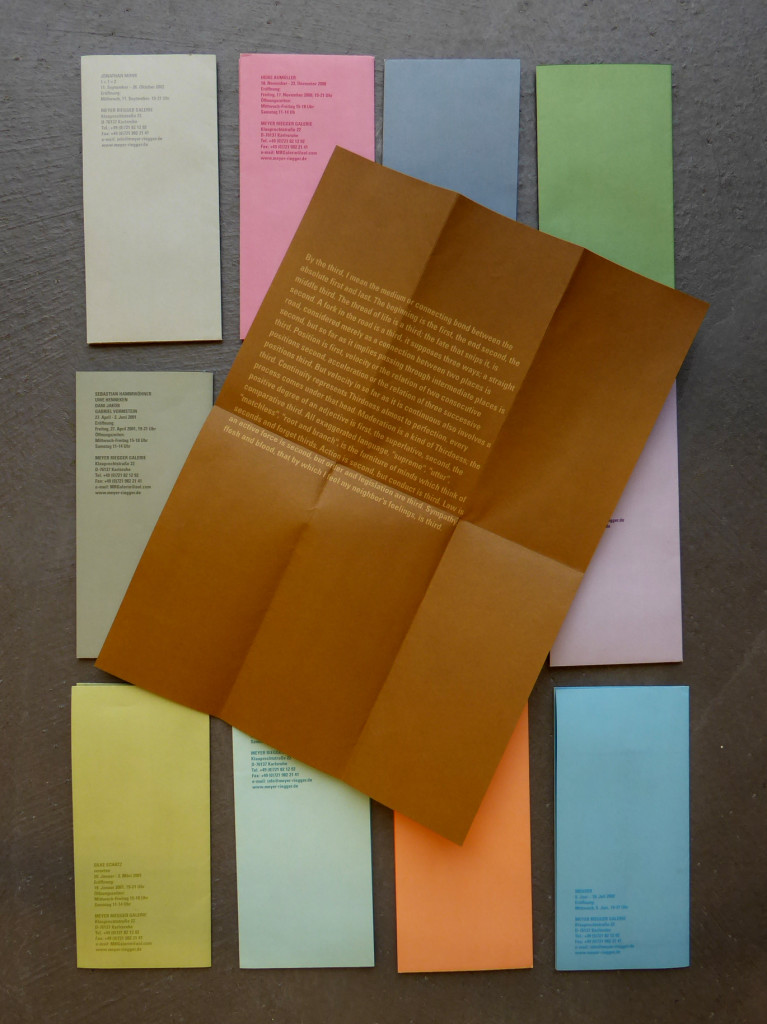
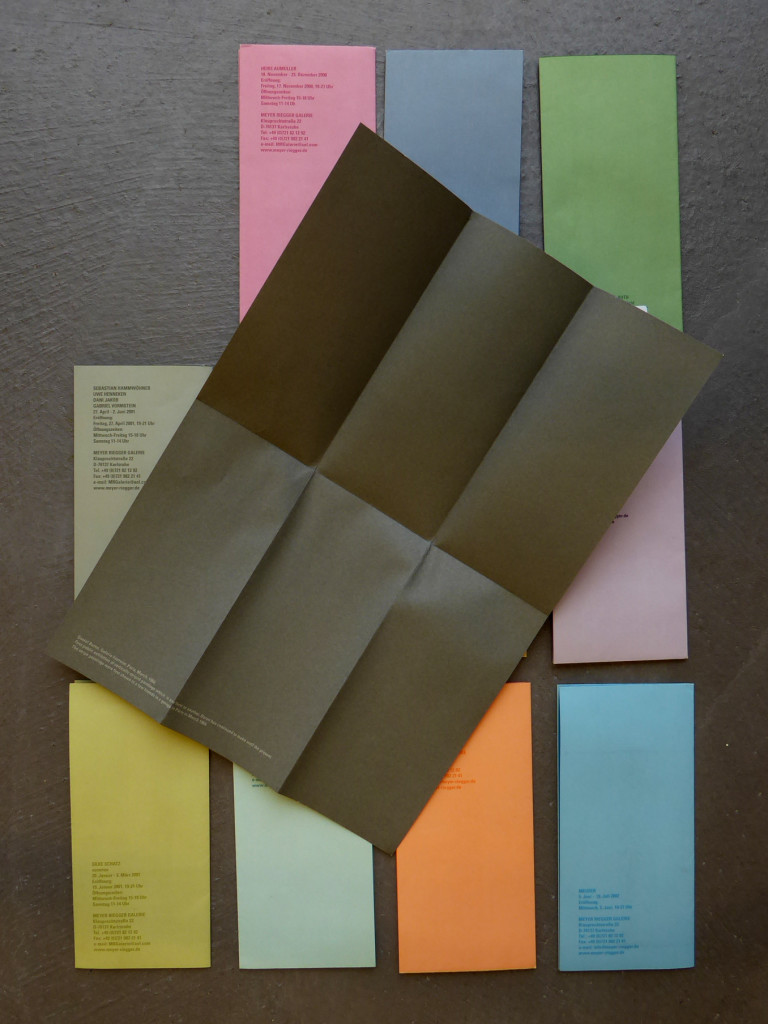
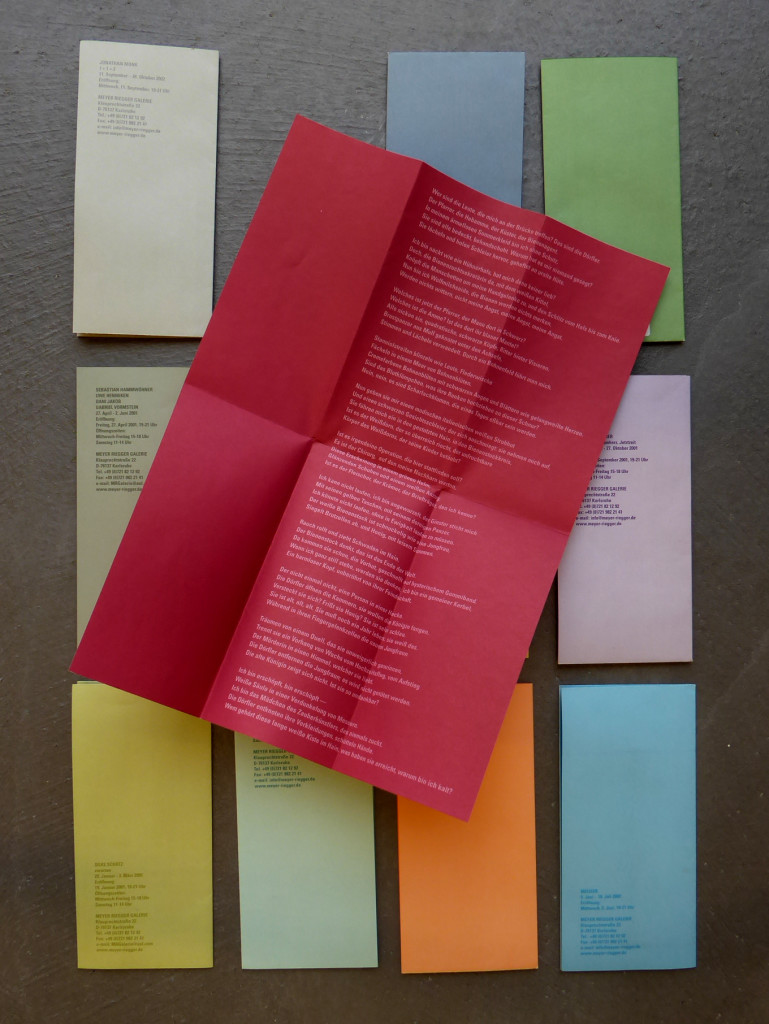
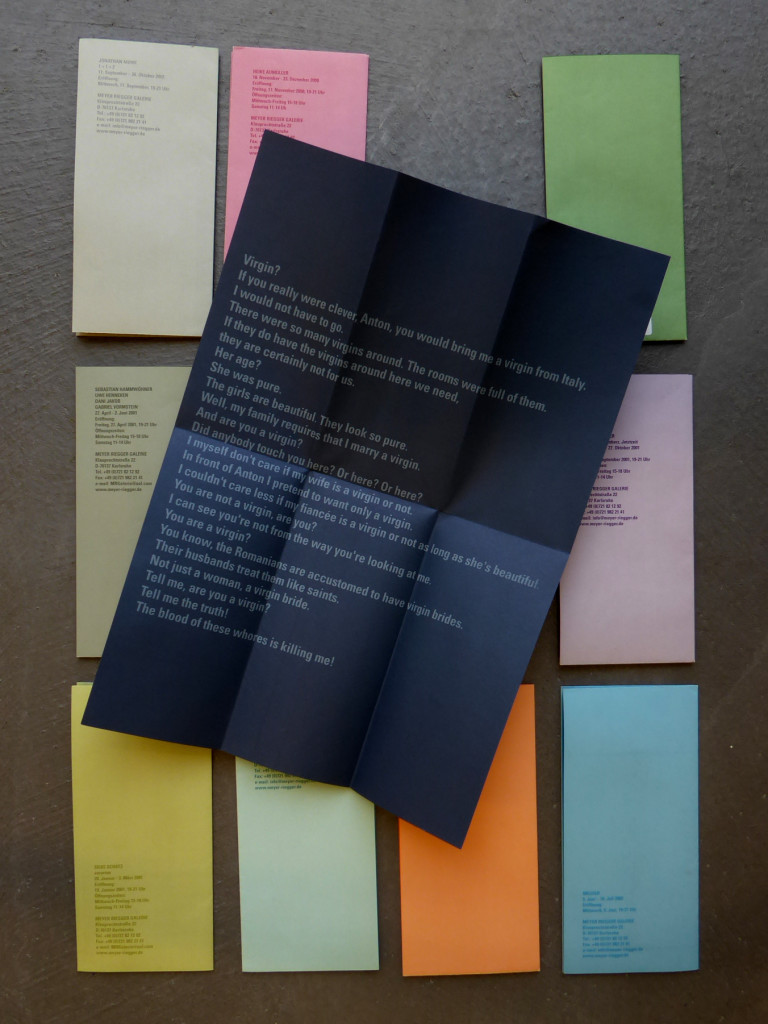
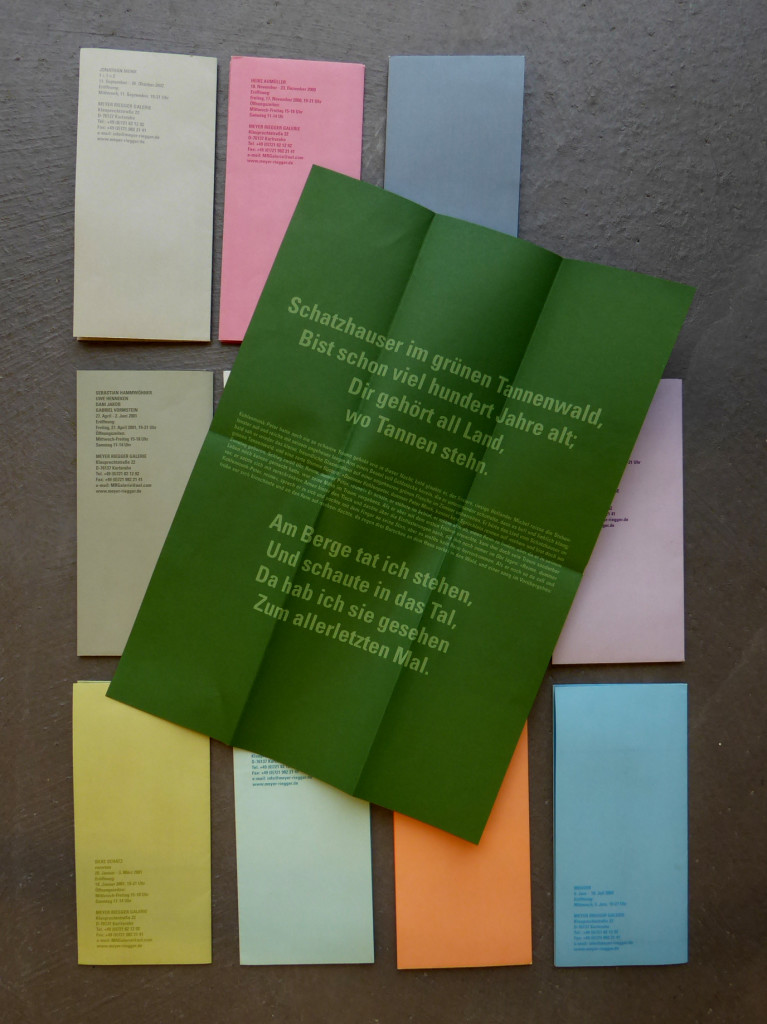
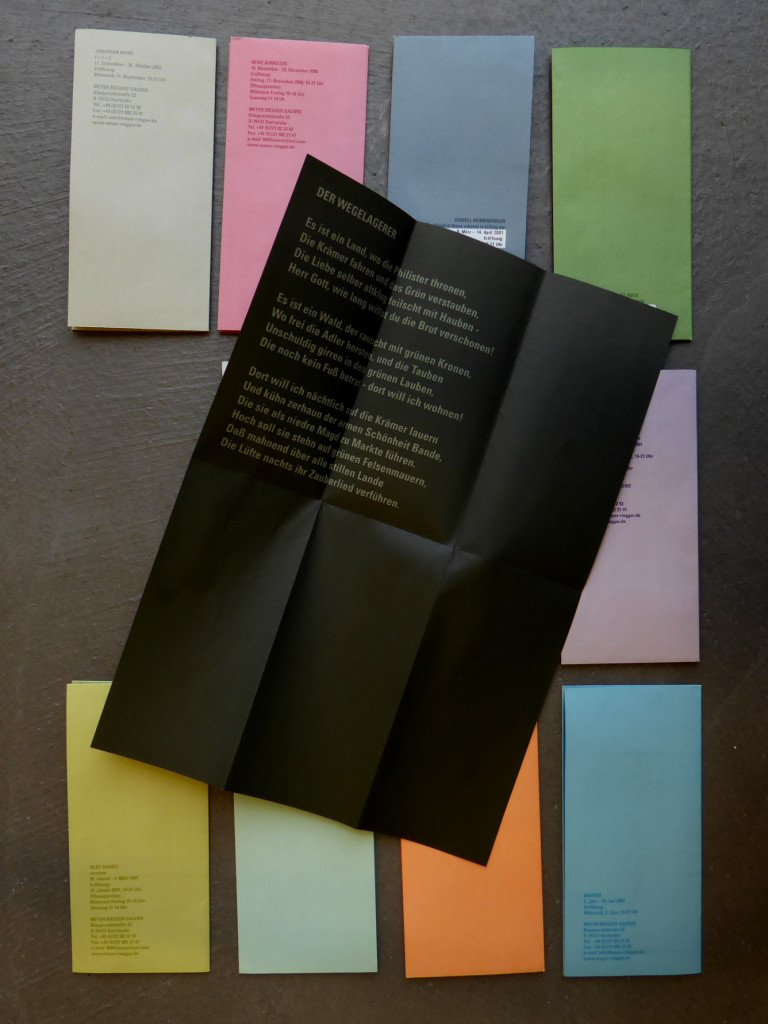
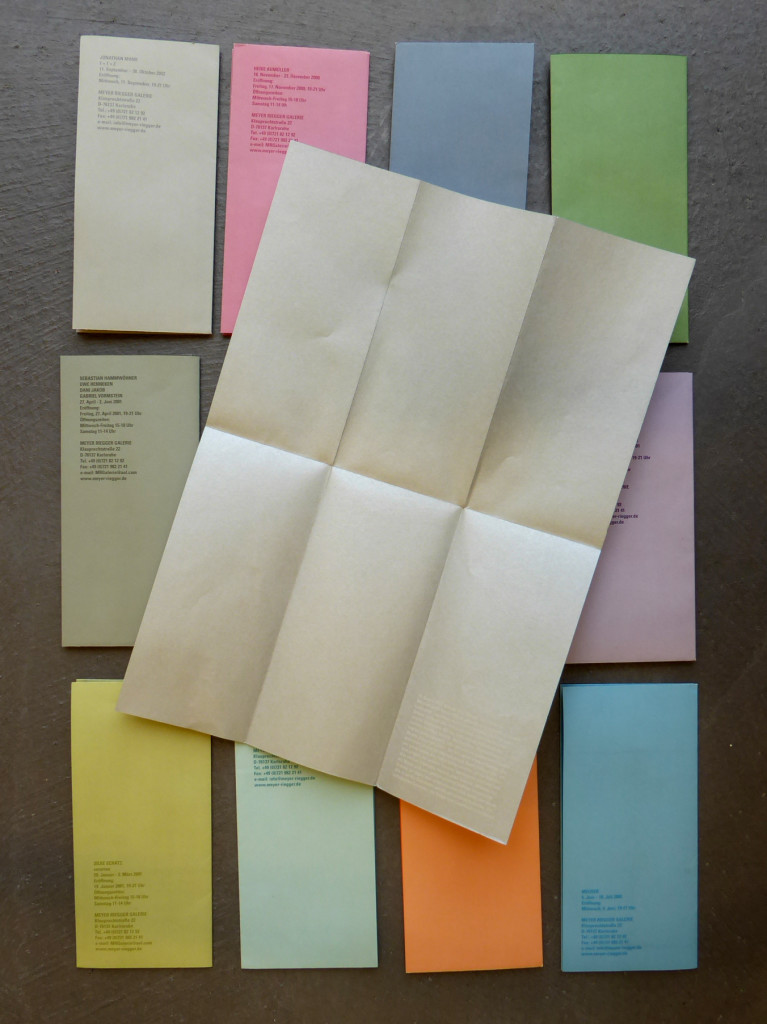
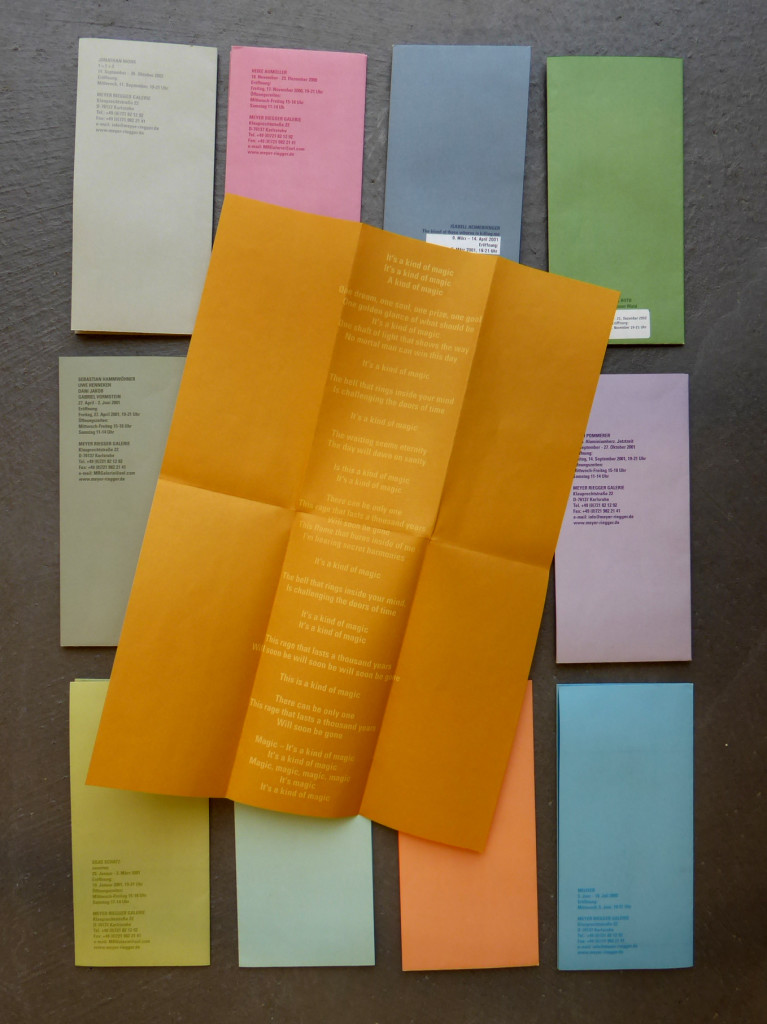
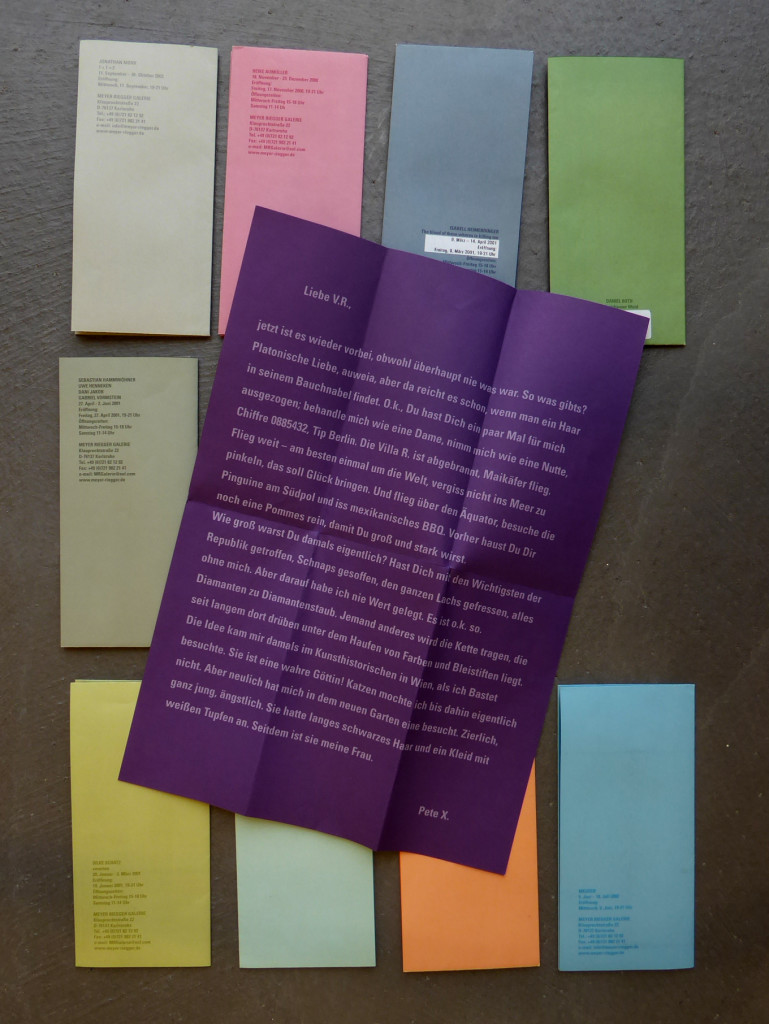
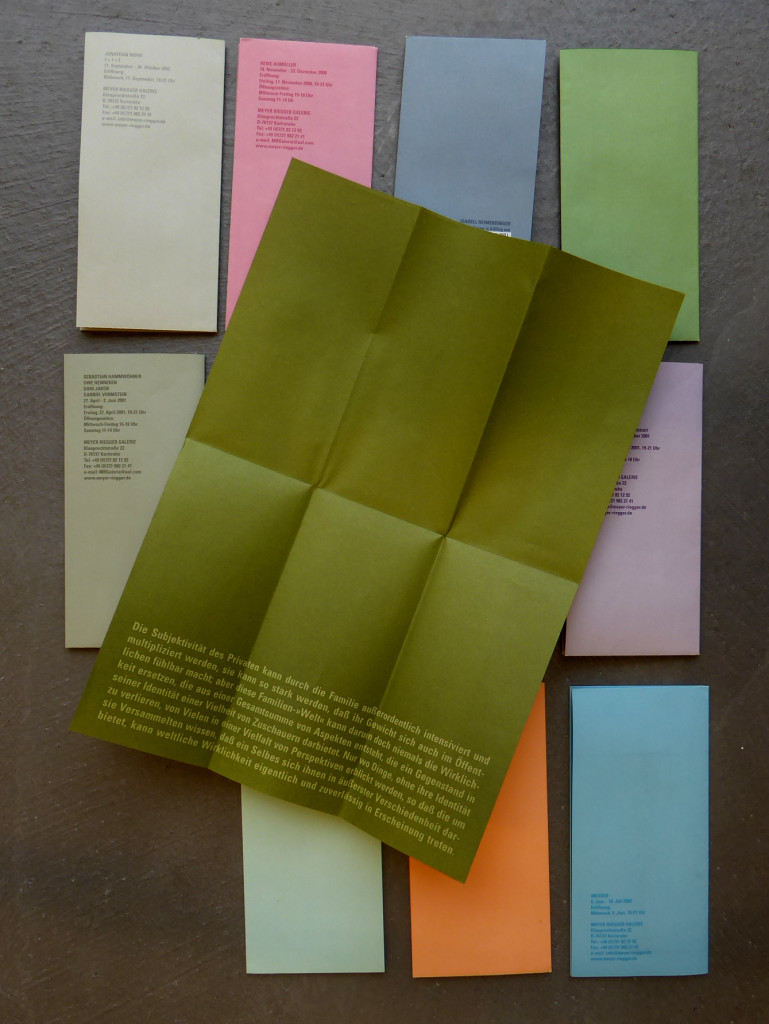
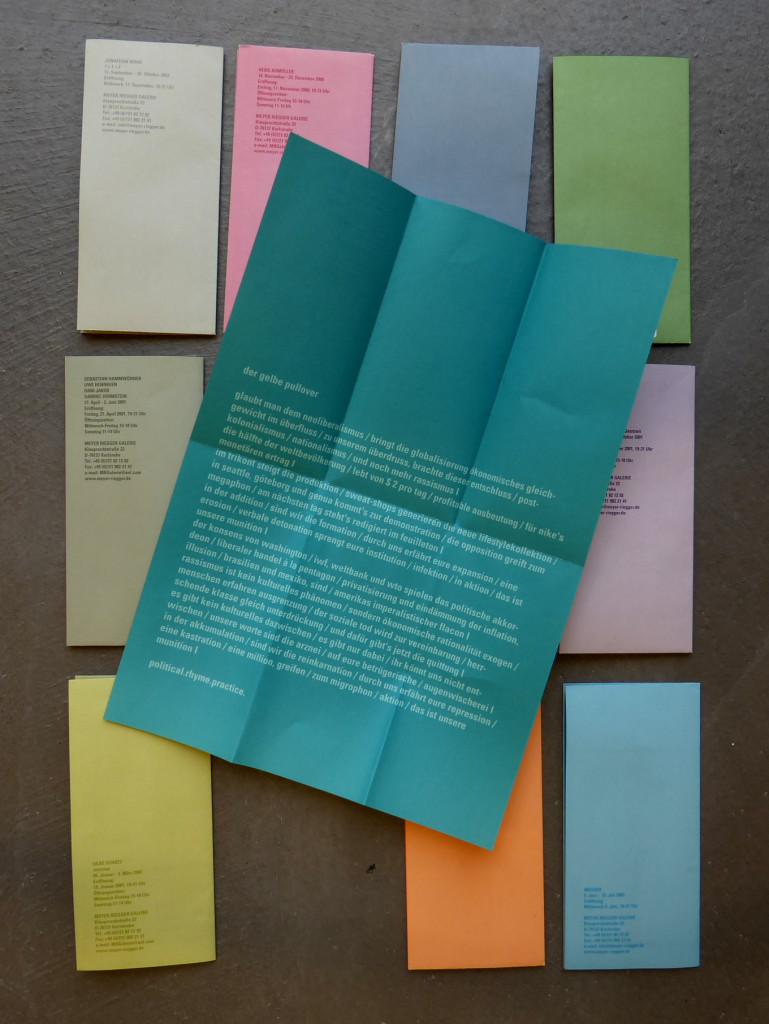
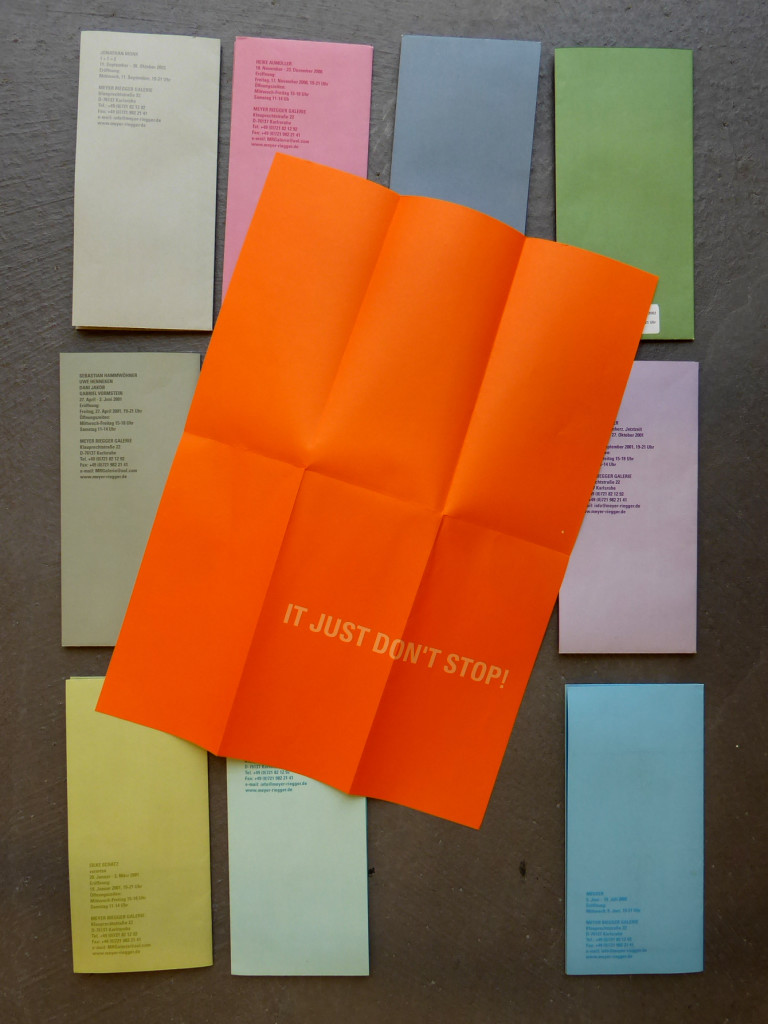
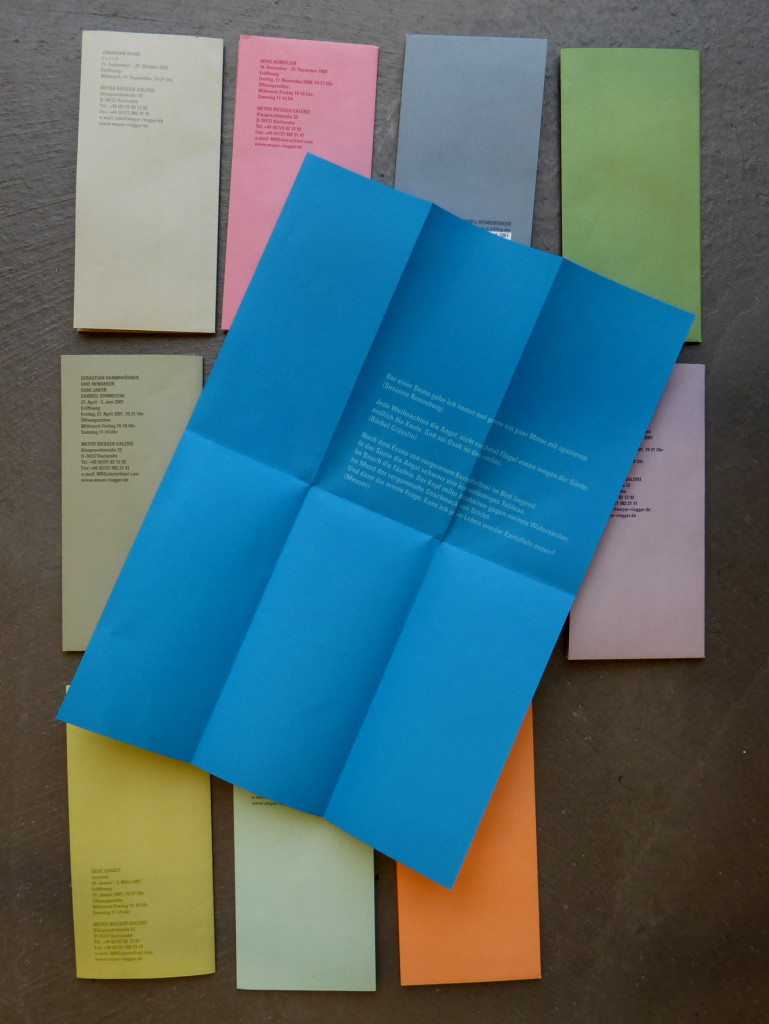
A series of folded invitations cards/posters by Meyer Riegger Galerie (est. 1997 in Karlsruhe, since 2008 also in Berlin). The exhibiting artist would choose the text for the inside, a quote, a poem, a short text. As many of the new young galleries established in the mid to late nineties, Meyer Riegger Galerie used their invitation cards to highlight individuality and as an innovative form of (self-)branding. Invitation cards could become an art project, and a space where art may happen – and is distributed worldwide for free. A similar strategy was adopted by other young up-and-coming galleries such as neugerriemschneider, Berlin (est. 1994), Gavin Brown’s Enterprise, New York (1994-2020), CFA Contemporary Fine Arts, Berlin (est. 1992), The Modern Institute, Glasgow (est. 1997), or Eva Presenhuber (Galerie Walcheturm 1989-1998/Galerie Eva Presenhuber).
Karma International
Zurich based gallery Karma International was founded by Marina Olsen and Karolina Dankow in 2009. Initially, they send these invitation cards in the form of small, folded posters.
User comment by Jenny Huang: “With artistic design form for information, roughly printed artist’s work behind. It simply displays the balance between elegance of artistic approach and massive printed invitation. Function based.
Allen Ruppersberg
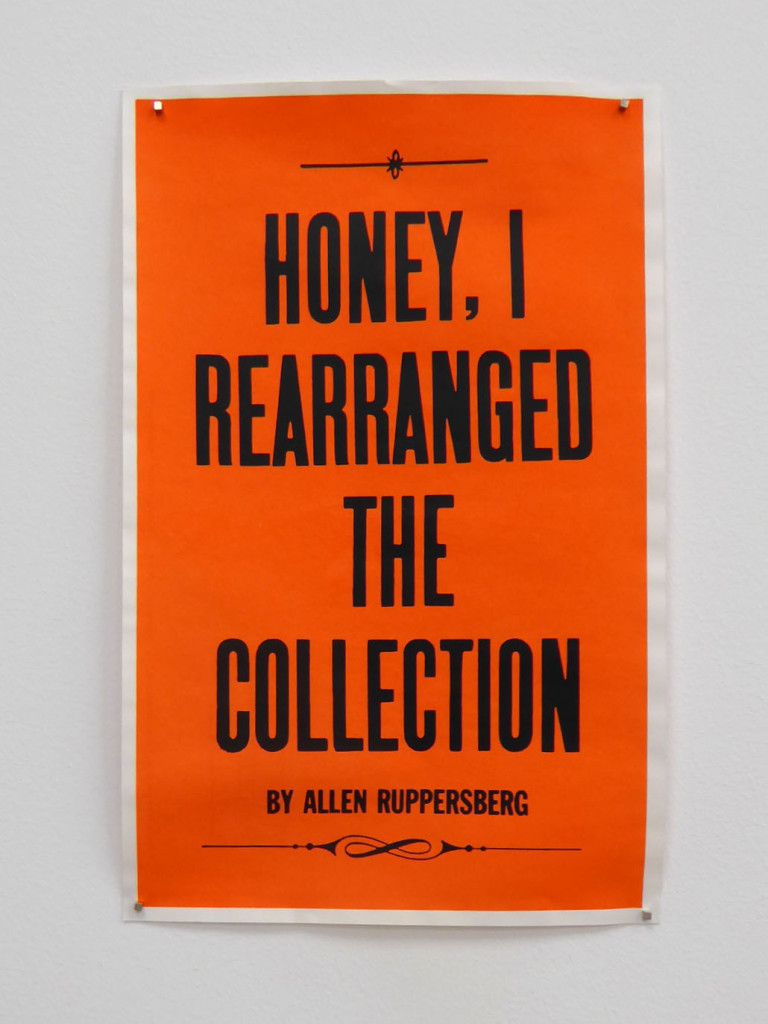
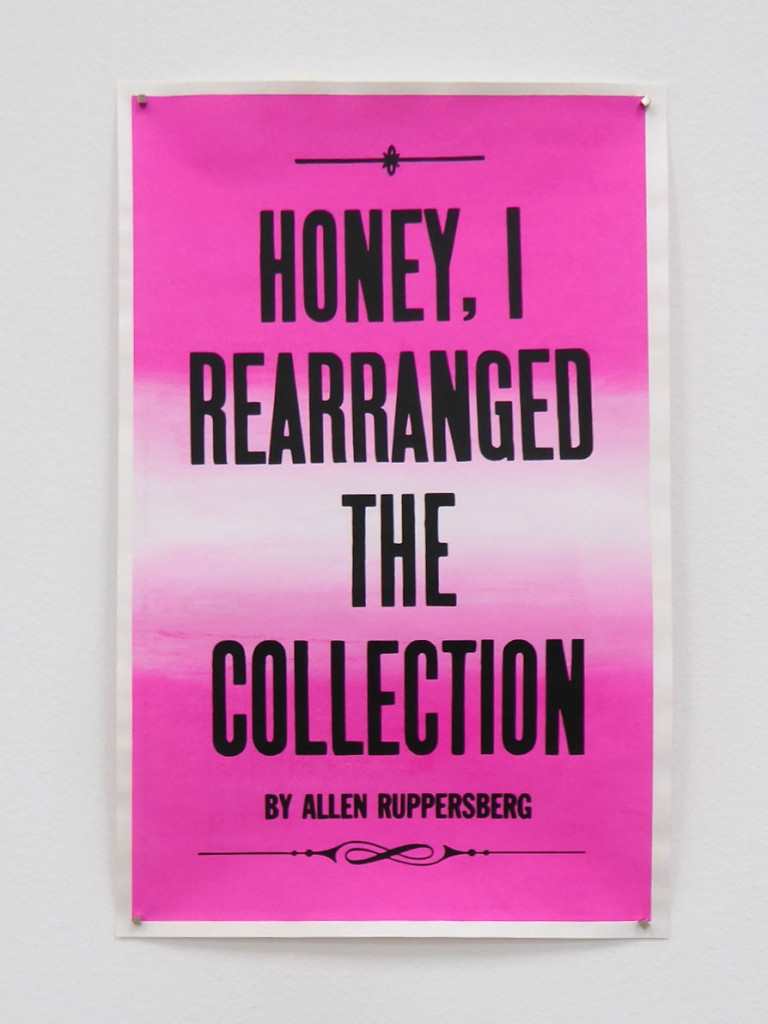
The American artist Allen Ruppersberg is certainly underrated. He belongs to the group of artists that may never achieve stardom nor produced a masterwork, except maybe his groundbreaking participatory environments Al’s Cafe (1969) and Al’s Grand Hotel (1971). His work connects time and space by gestures comparable to ephemera.
The Hammer Museum writes on their website: “Ruppersberg moved to Los Angeles in the mid-1960s with the goal of becoming an illustrator, but soon became active in an emerging scene led by artists such as John Baldessari, Ed Ruscha, William Leavitt, and others exploring the interface of language and image filtered through the lens of mass culture. His early projects—including environments made with found objects; wry, narrative photo works; and a novel copied by hand—began a career-long practice of creating works that prompt both reading and looking, and that intertwine fact with fiction.”
User comment by Marina Prodo: “I choose these particular prints because with simple typography and really strong color it has impact, shows a phrase (probably said by the artist) which has humor and it is almost saying (with other words) ‘You have to come or I’ll be deluded’. Also because the sentence ‘Honey’ made me smile! Like the simple and beautiful graphic design as well!” Buy it here!
Roma Roma Roma invitation posters
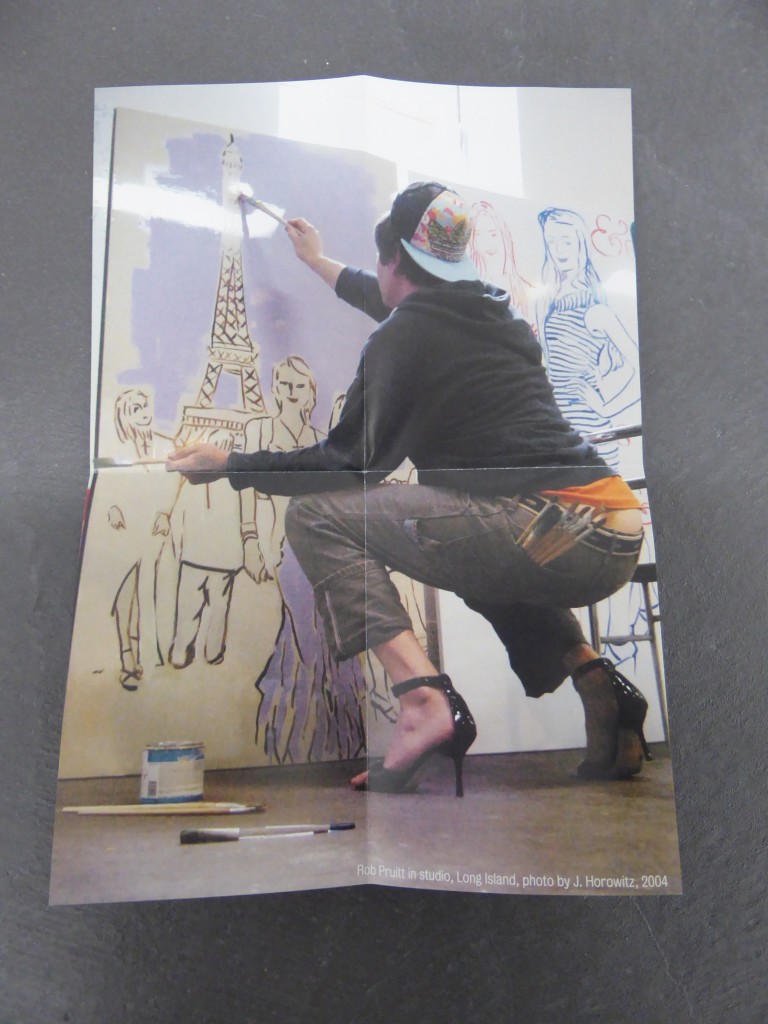
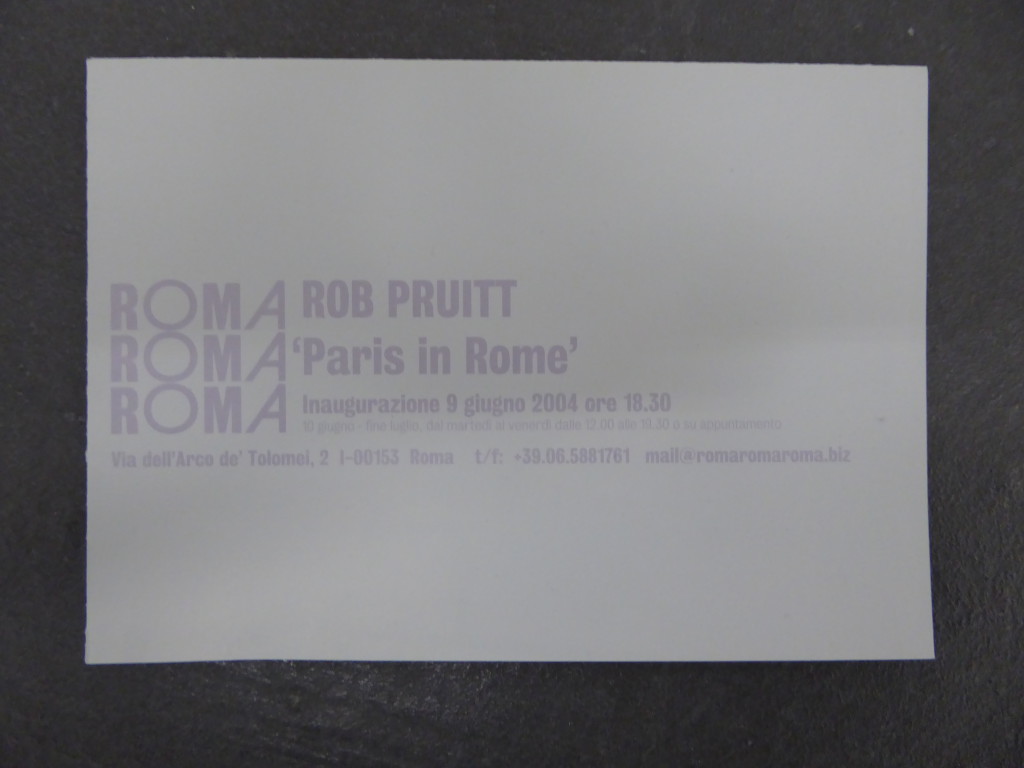
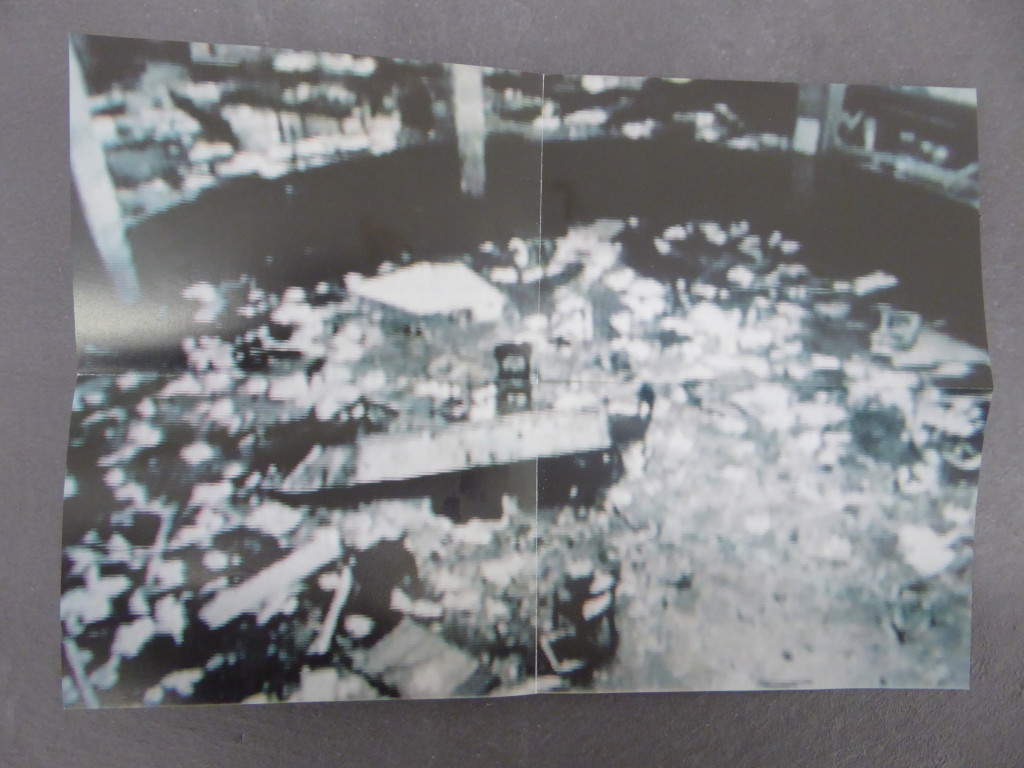

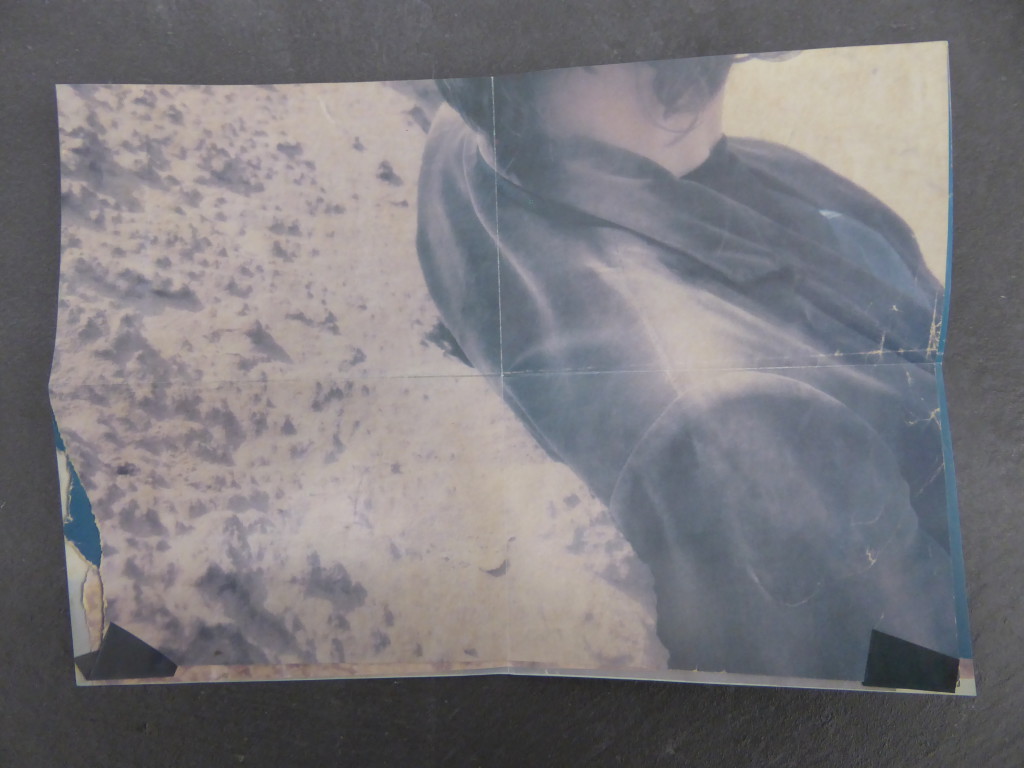
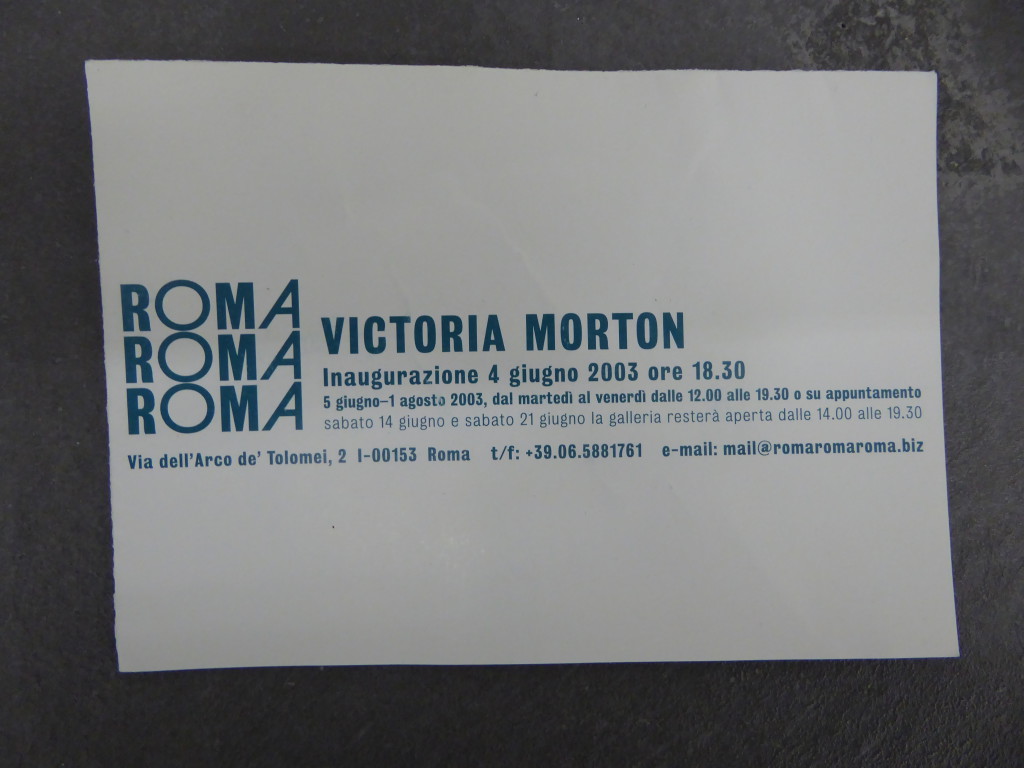
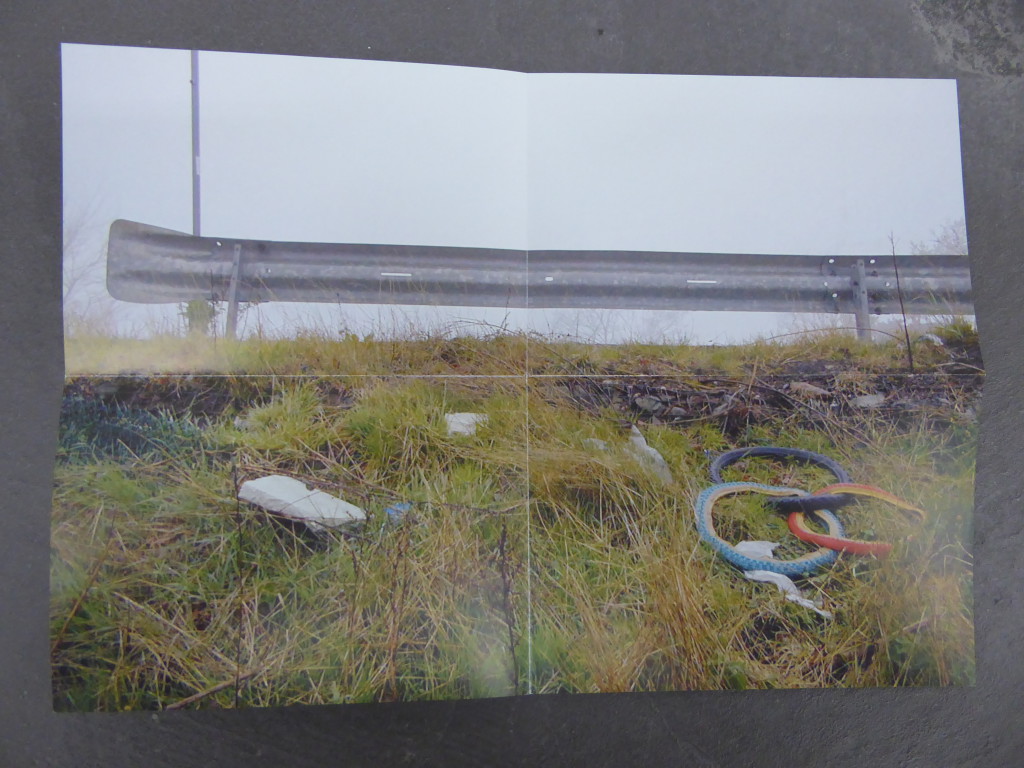
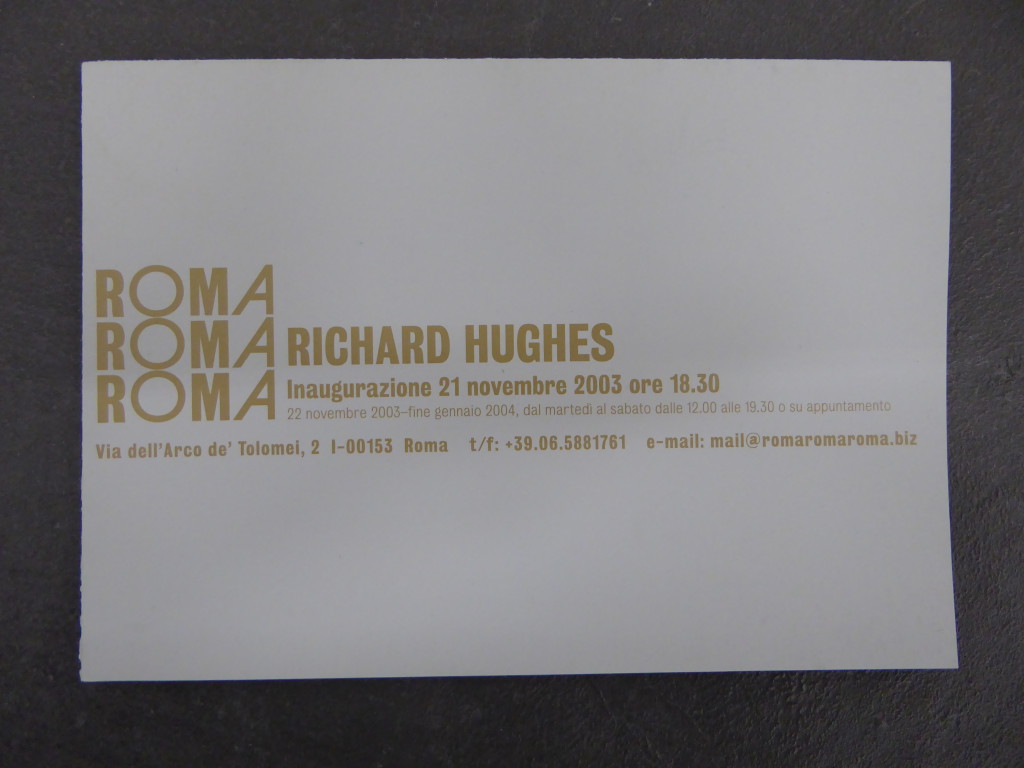
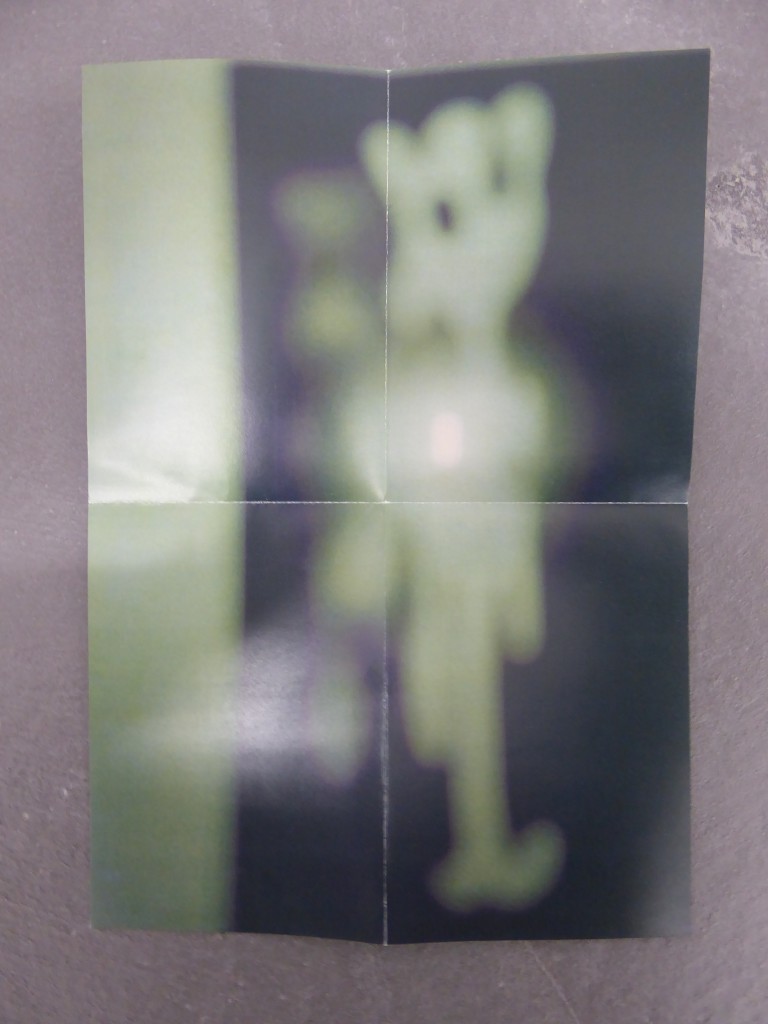
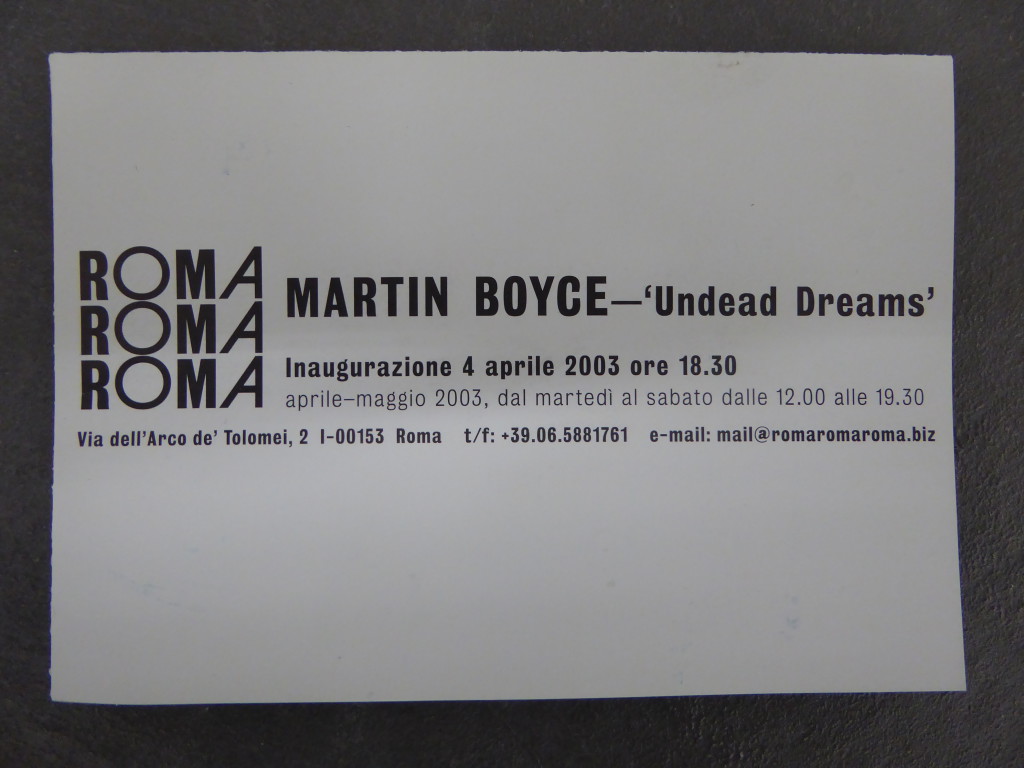
In 2002 the three gallerists Gavin Brown (New York), Franco Noero (Turin) and Toby Webster (The Modern Institute, Glasgow) opened a gallery in Rome. It was a common dream, which lasted for a few years. In 2015, Brown went back to Rome and opened a second gallery at Sant’Andrea de Scaphis, a deconsecrated eighth-century church at Via dei Vascellari 69 in the Trastevere neighborhood.
Sprüth Magers poster invitations
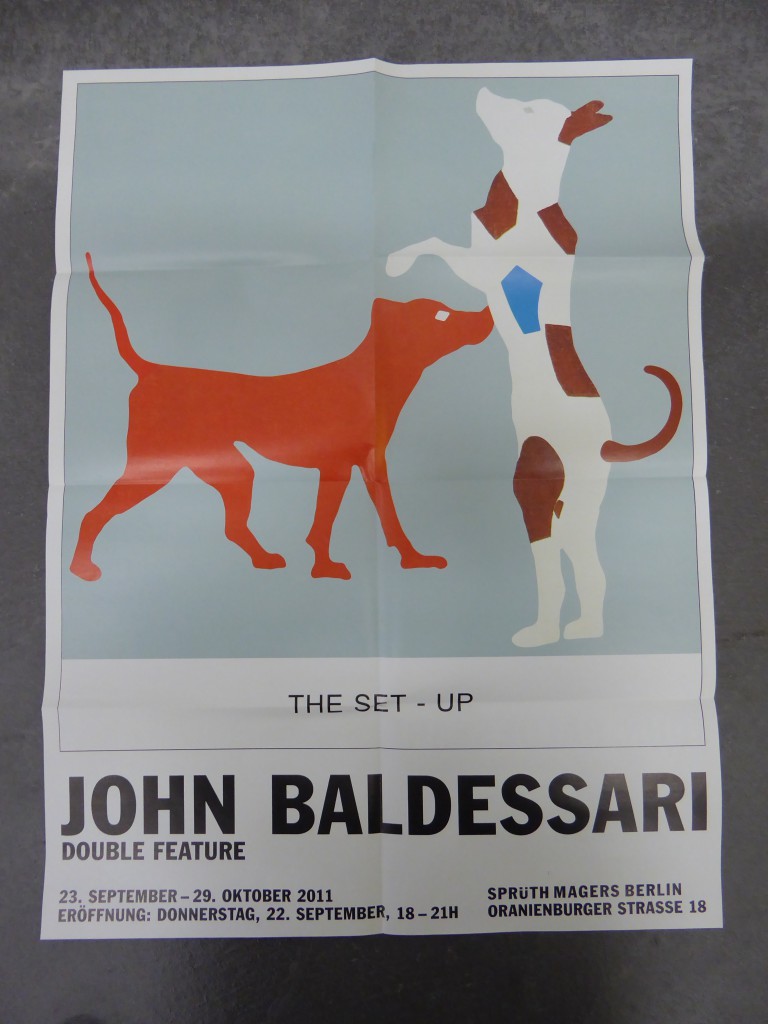
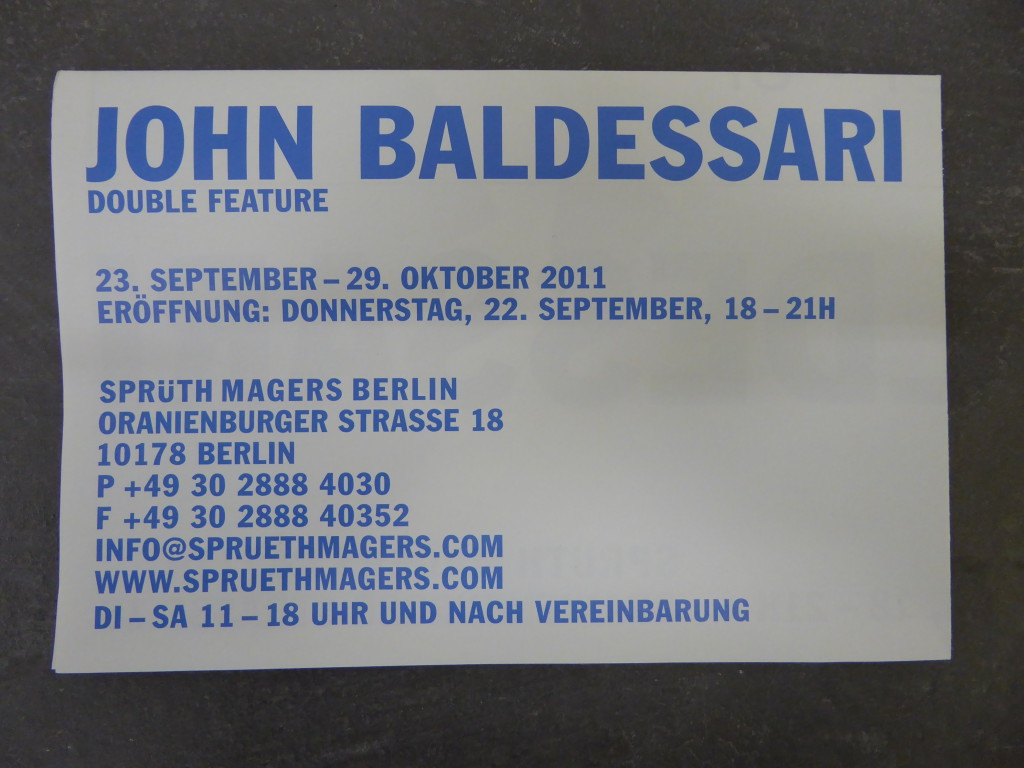
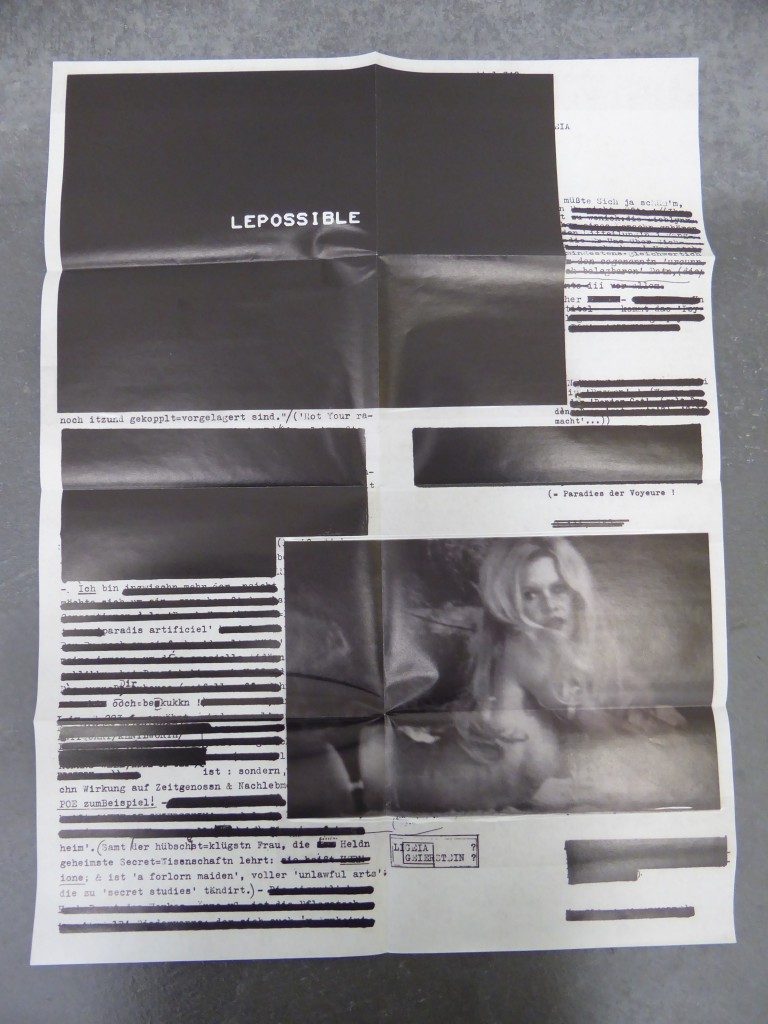
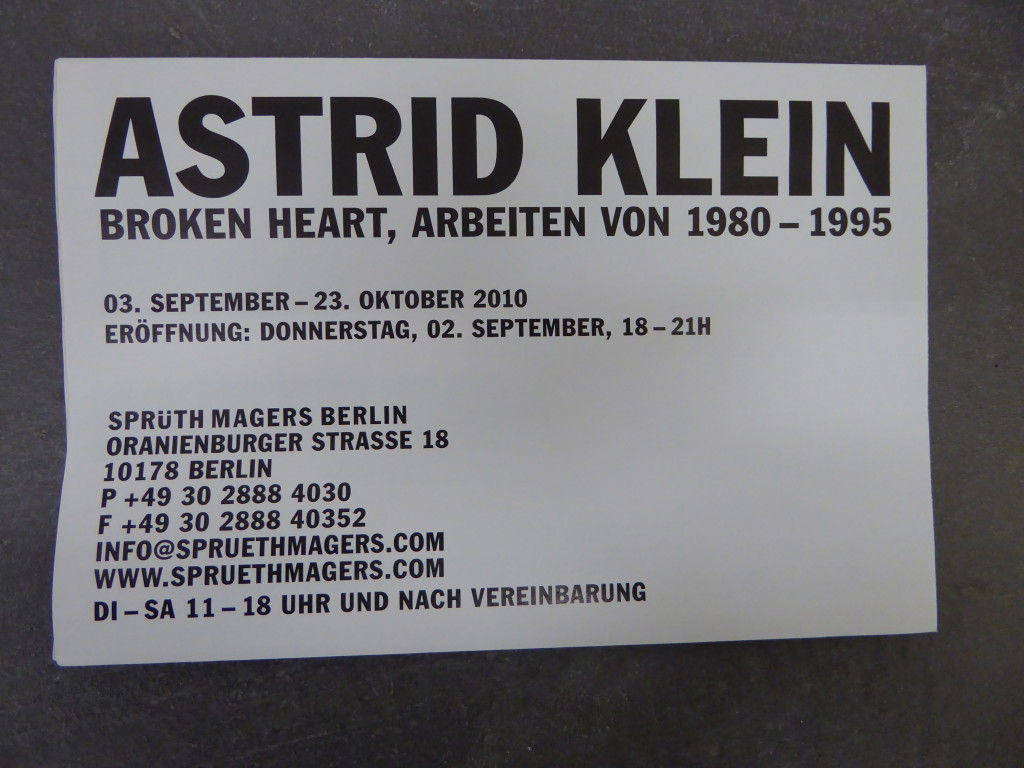
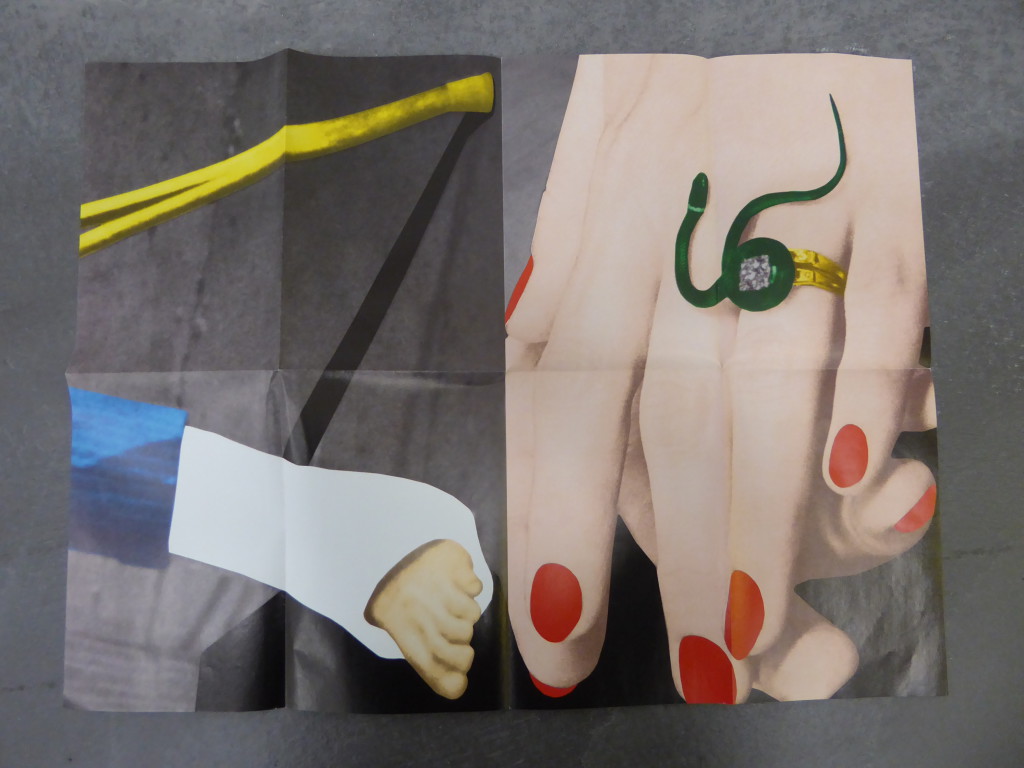
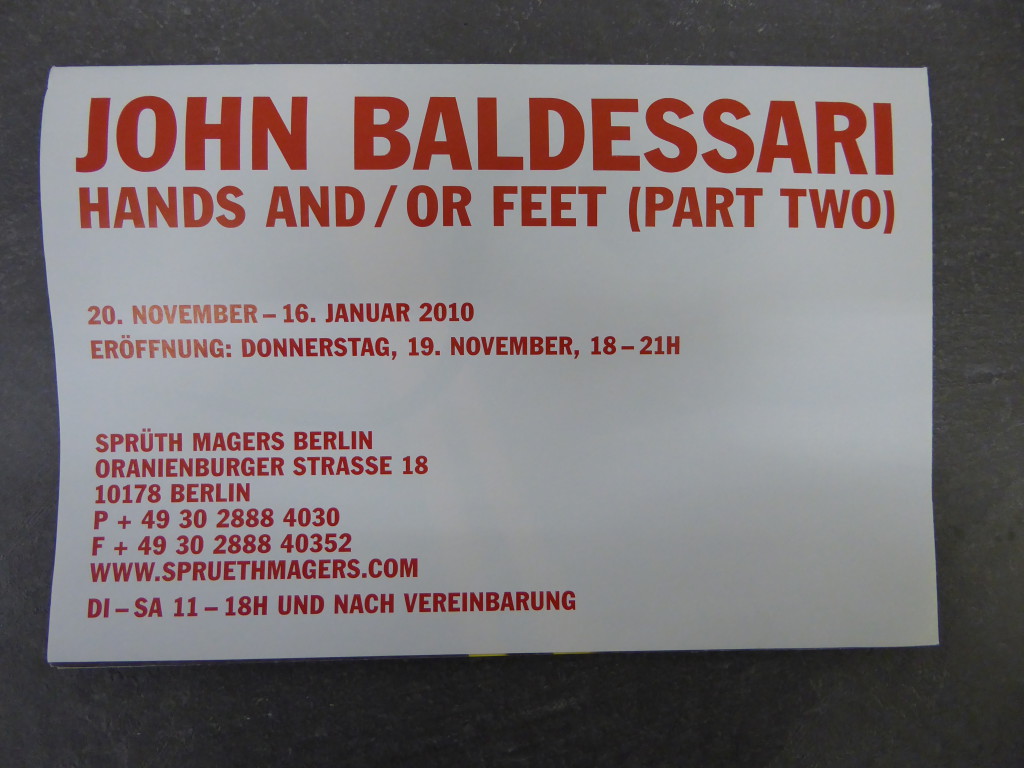
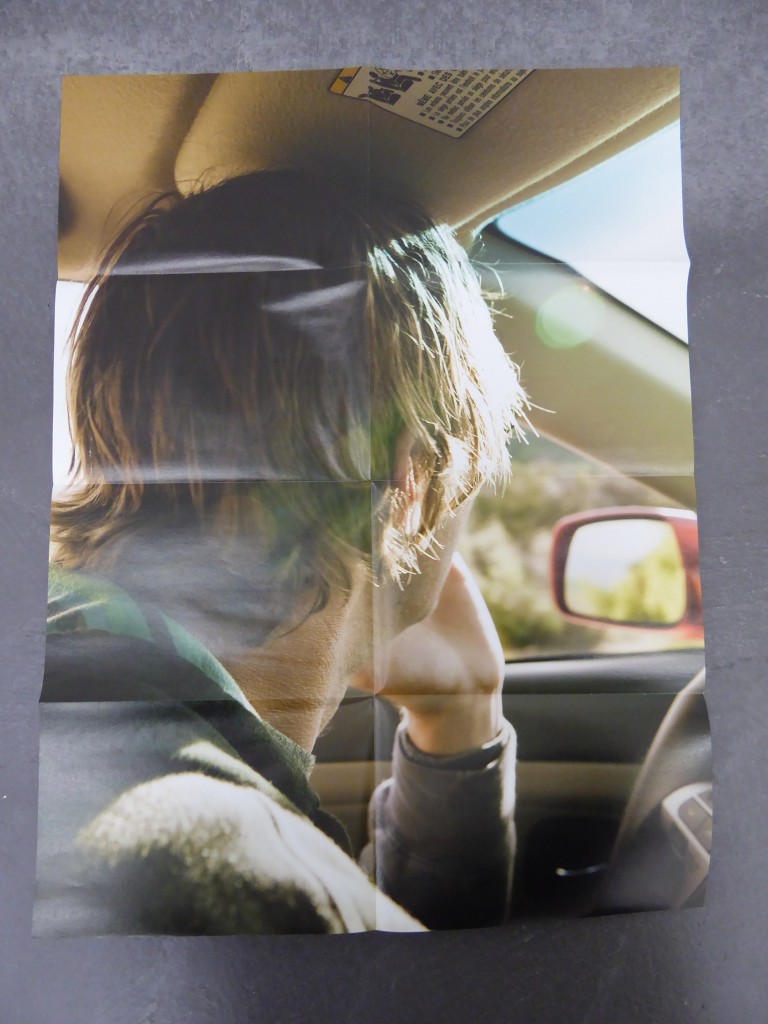
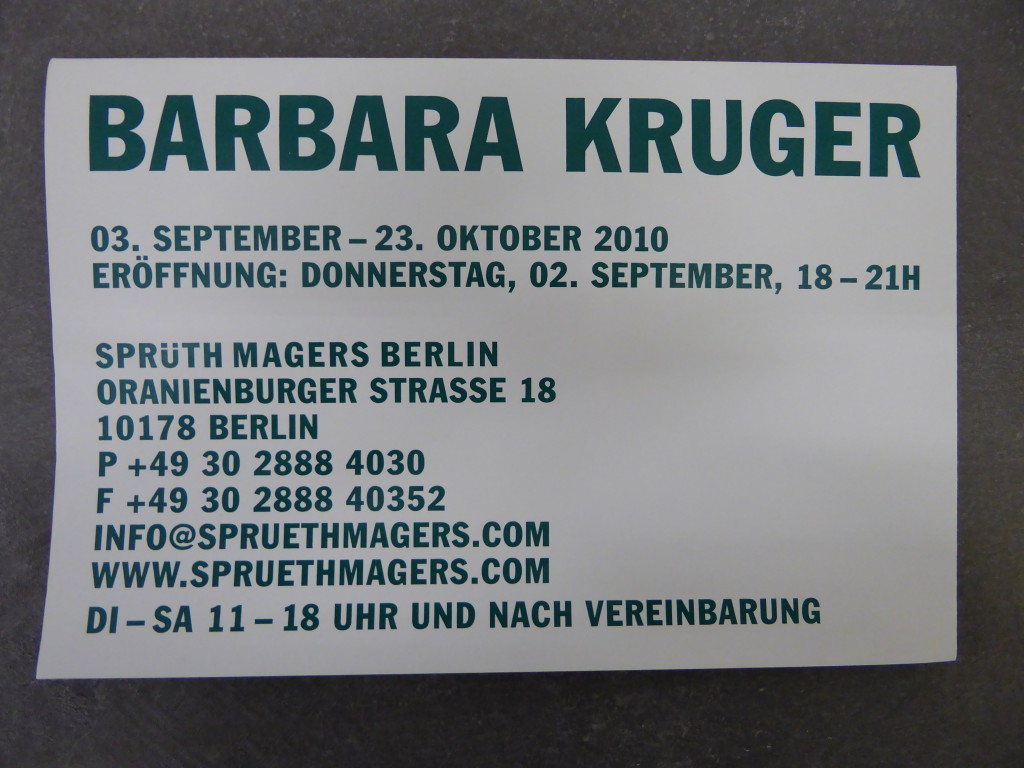
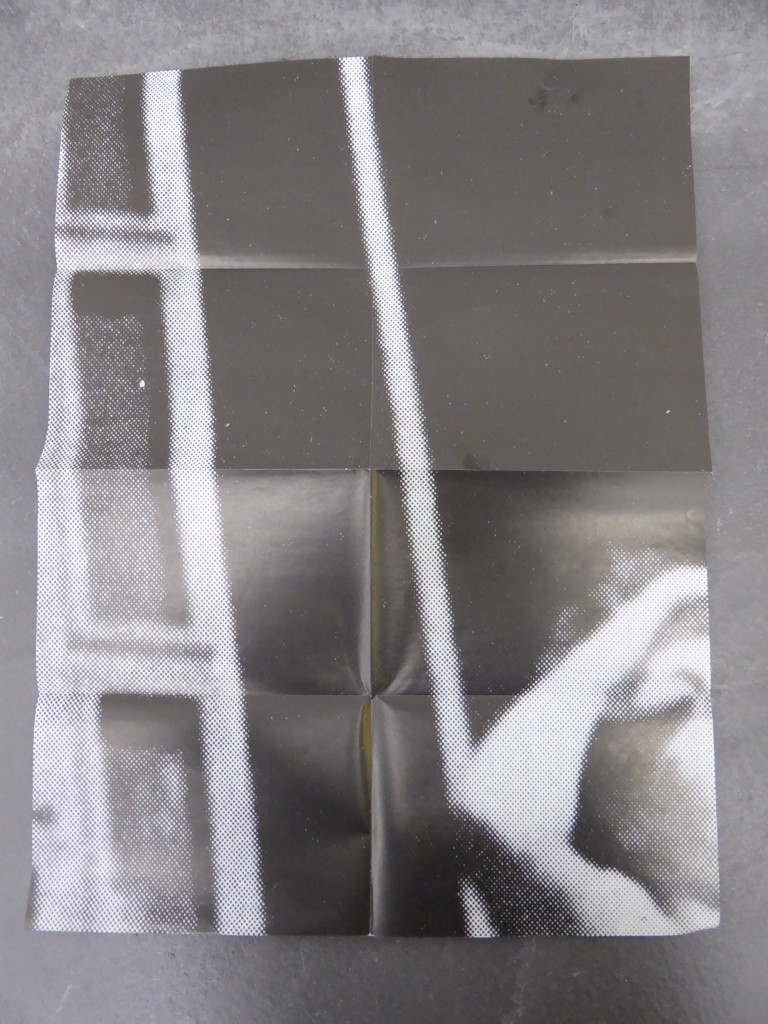
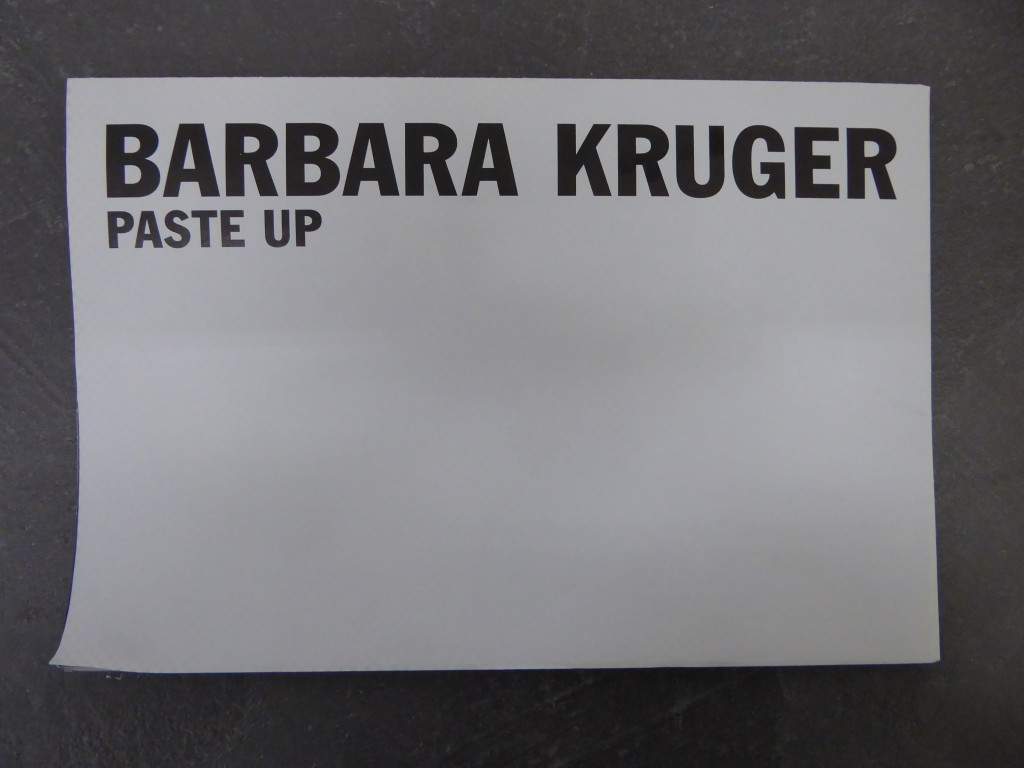
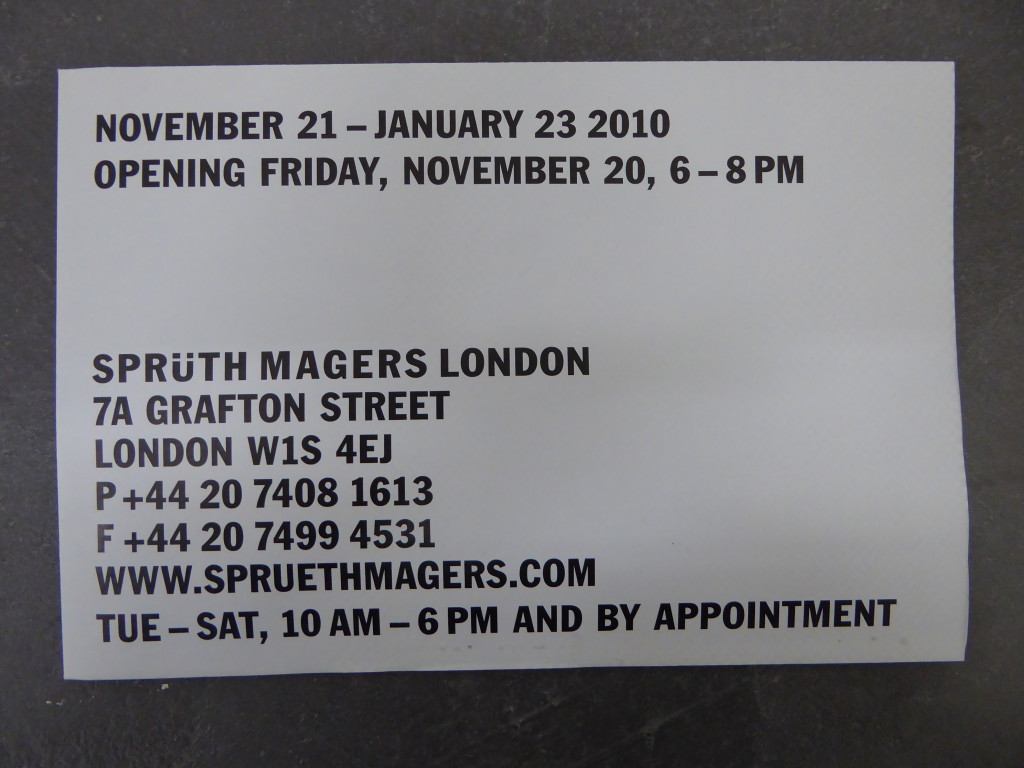
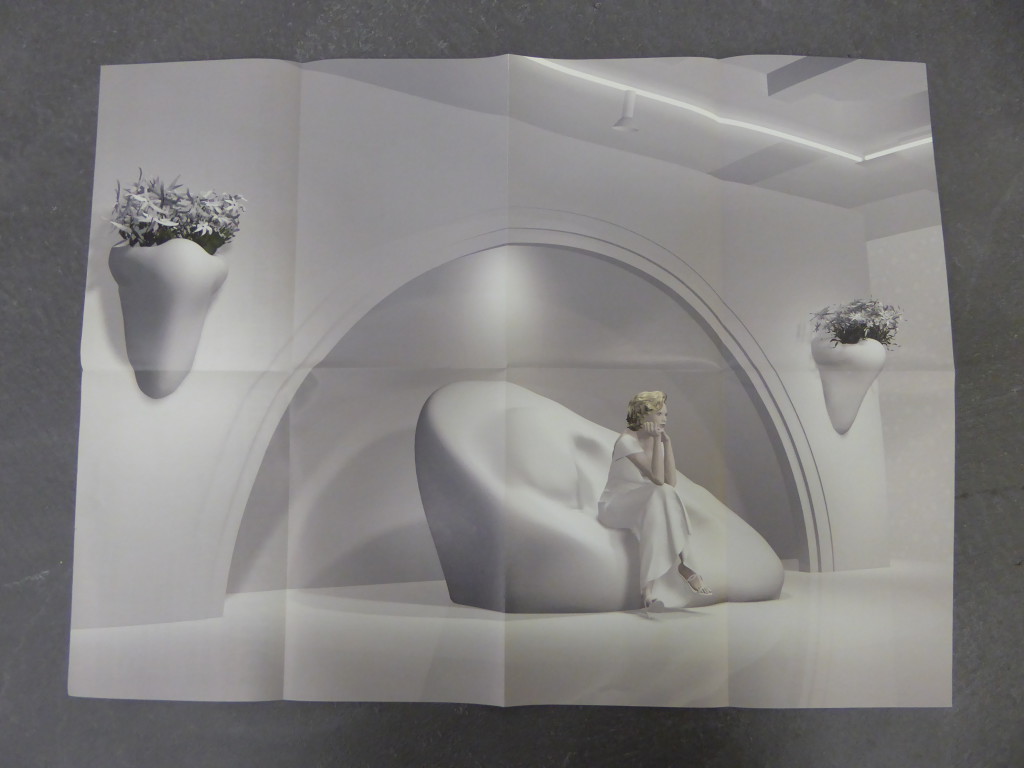
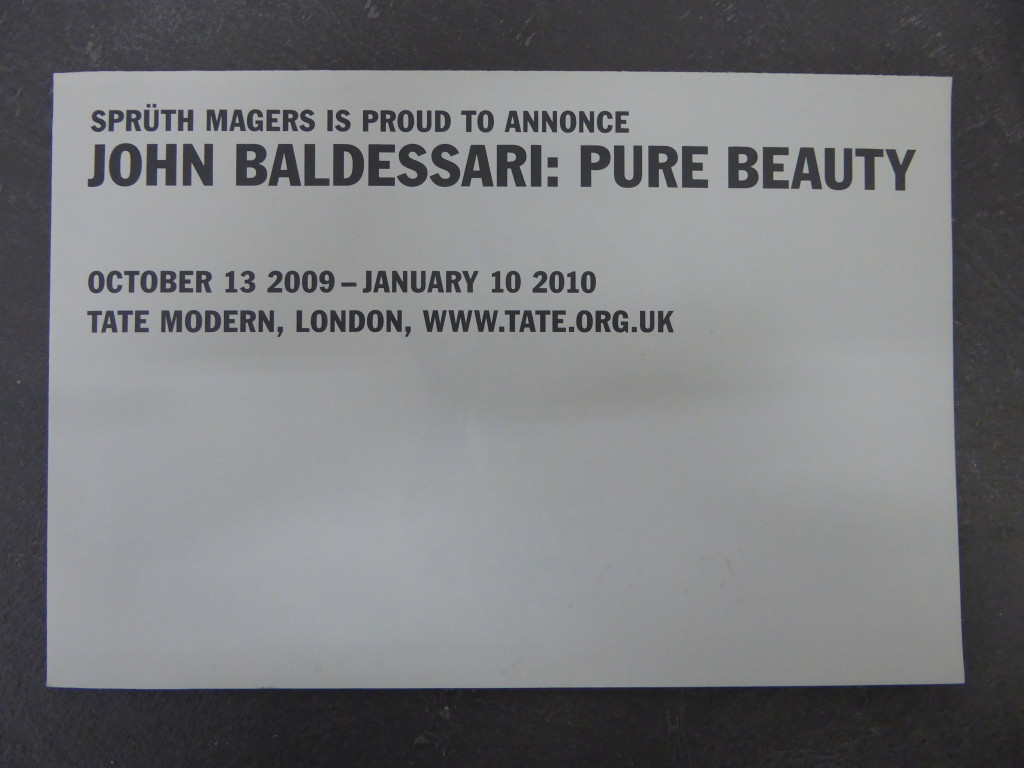
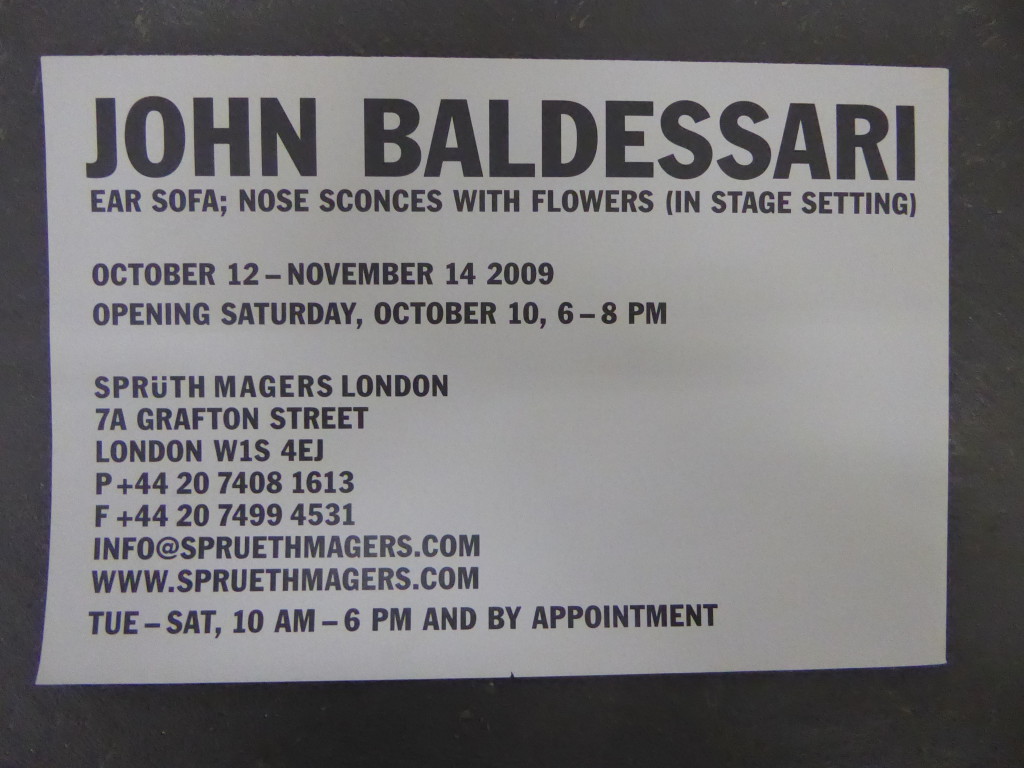
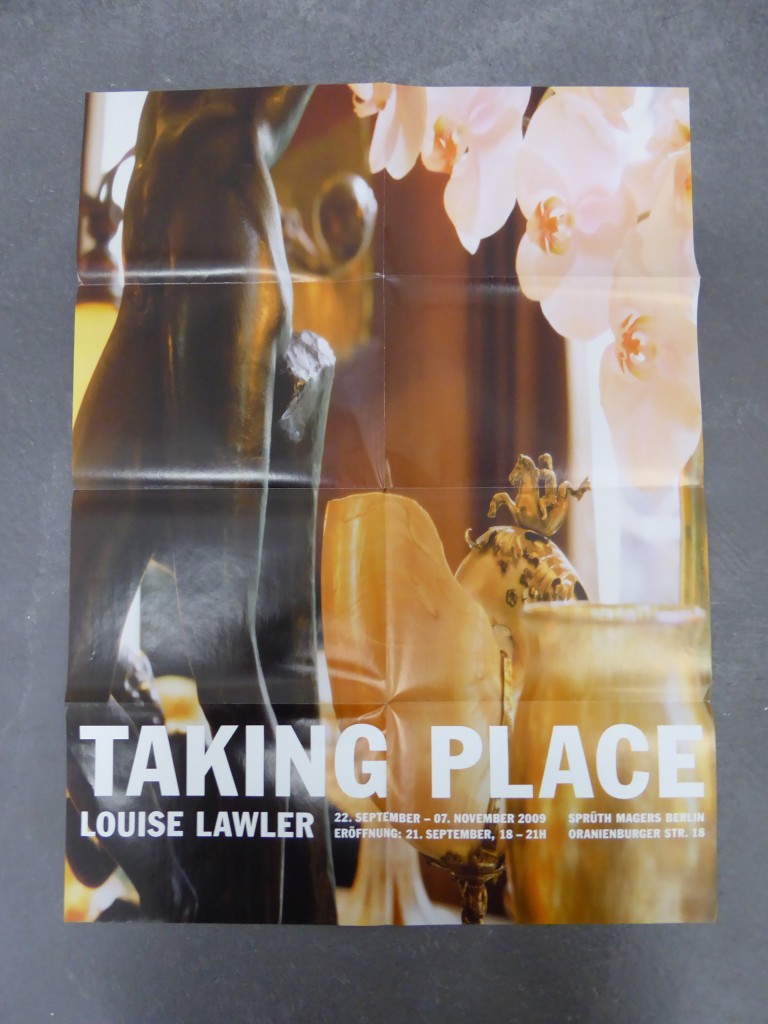
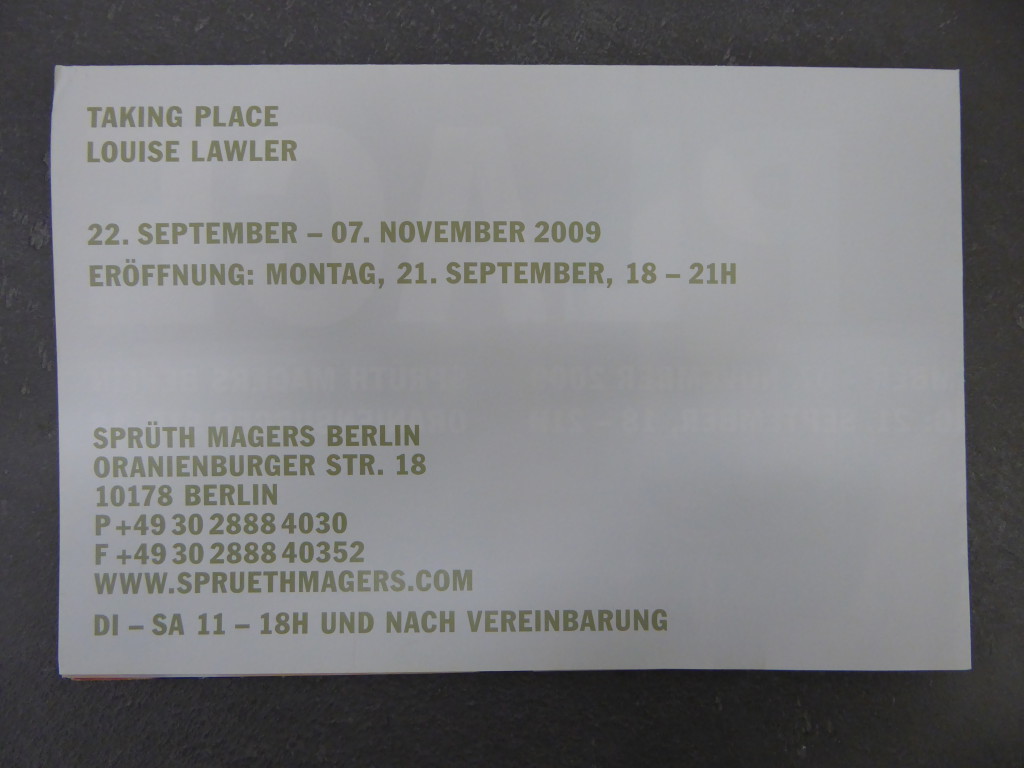
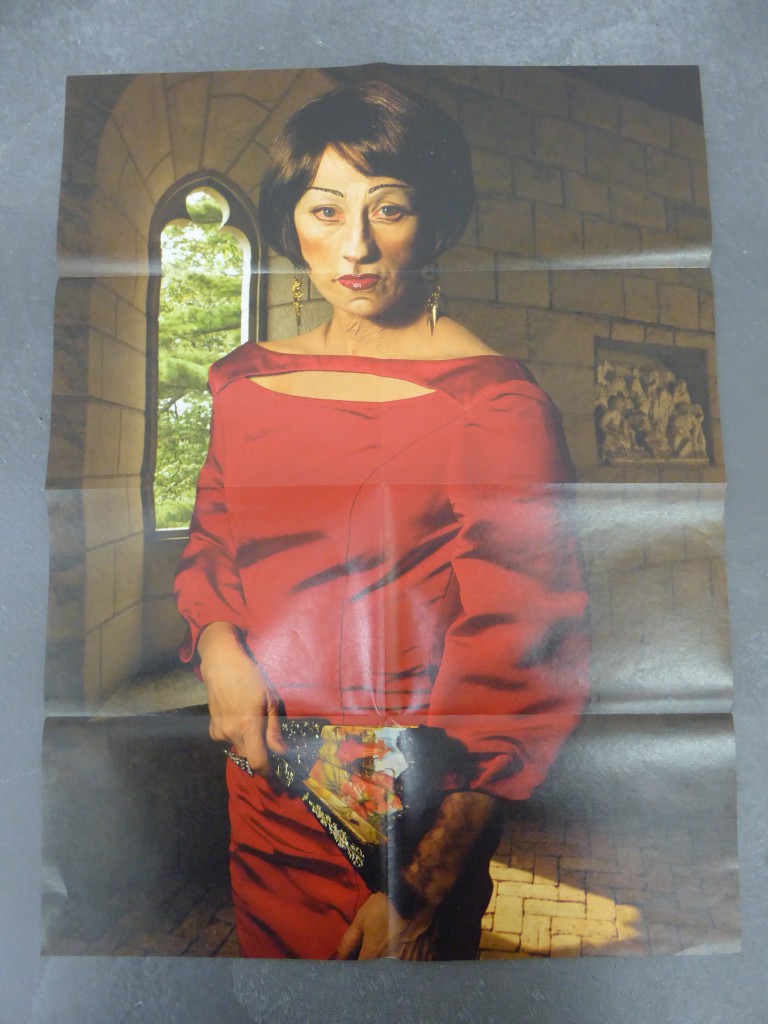
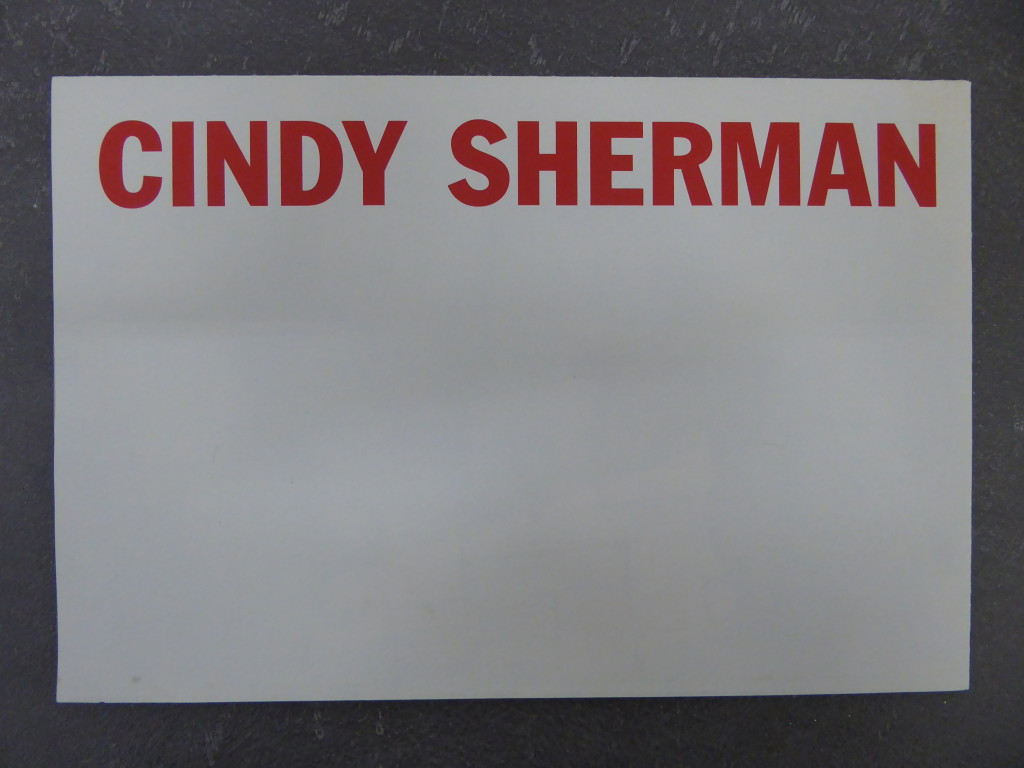
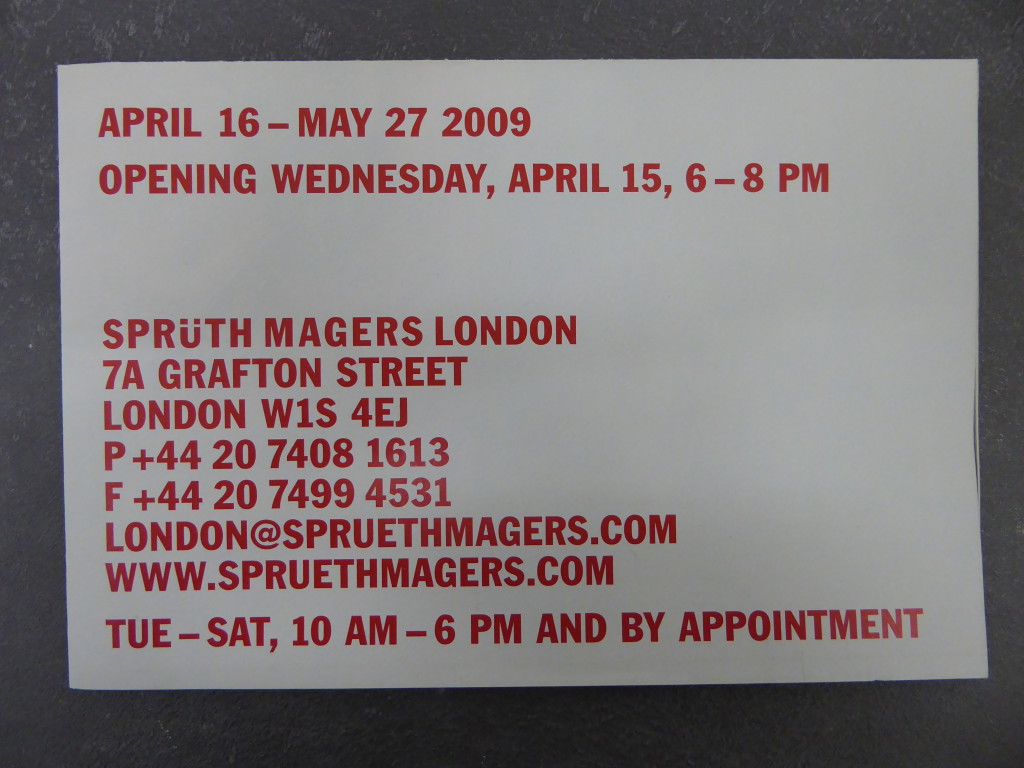
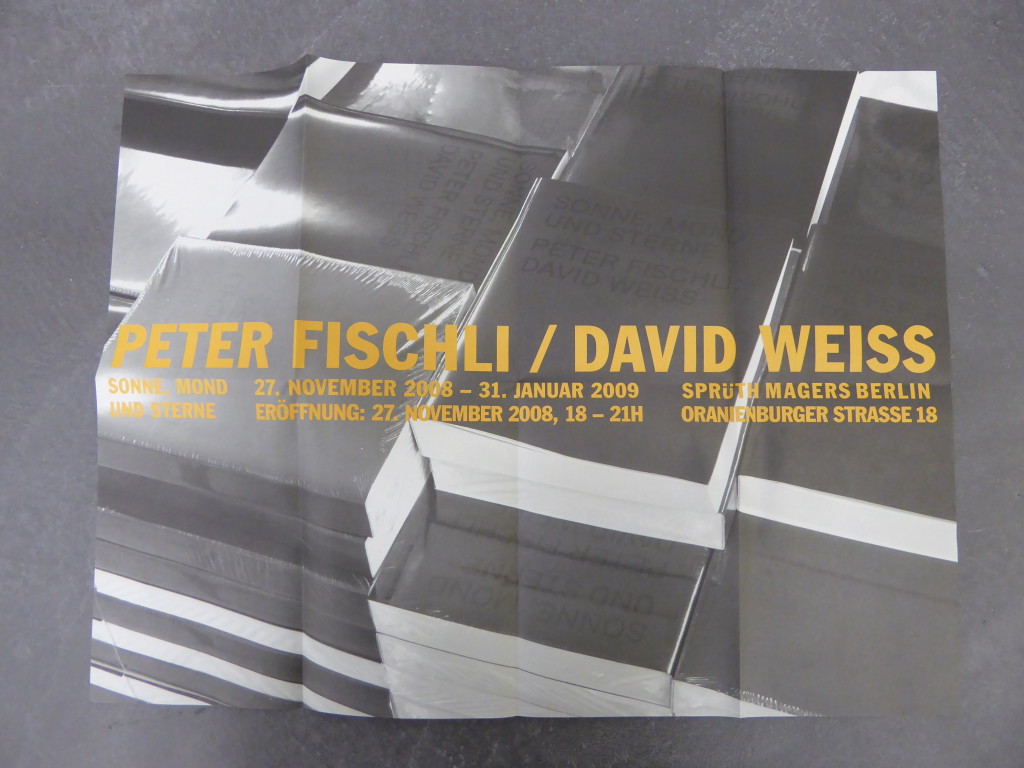
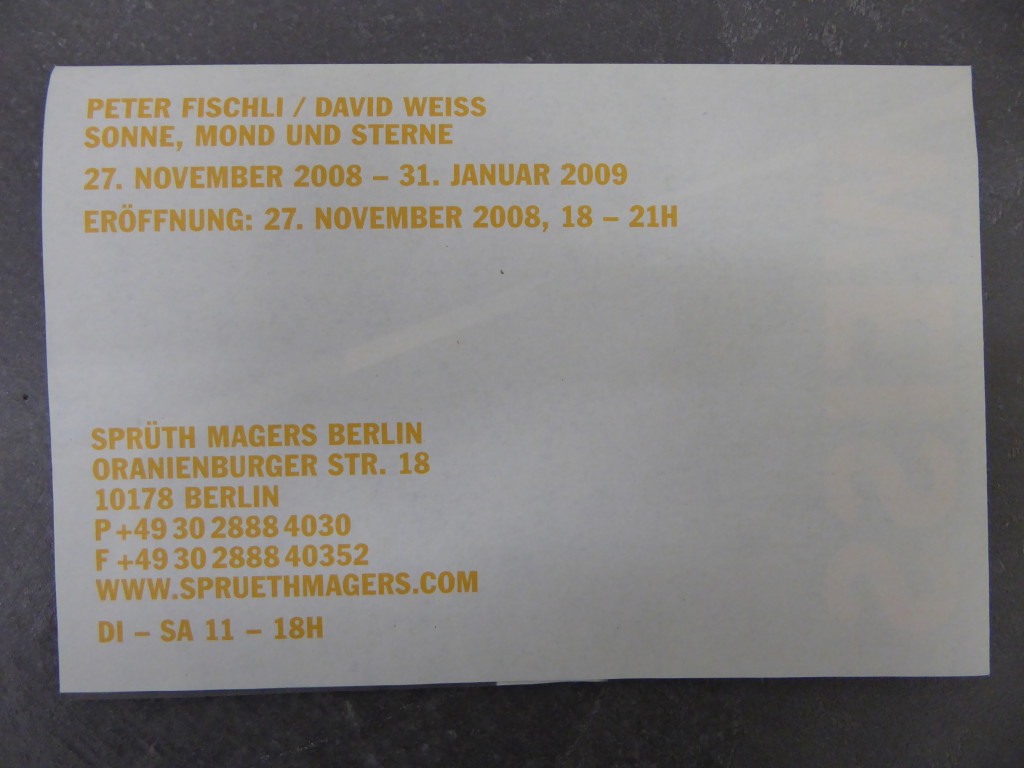
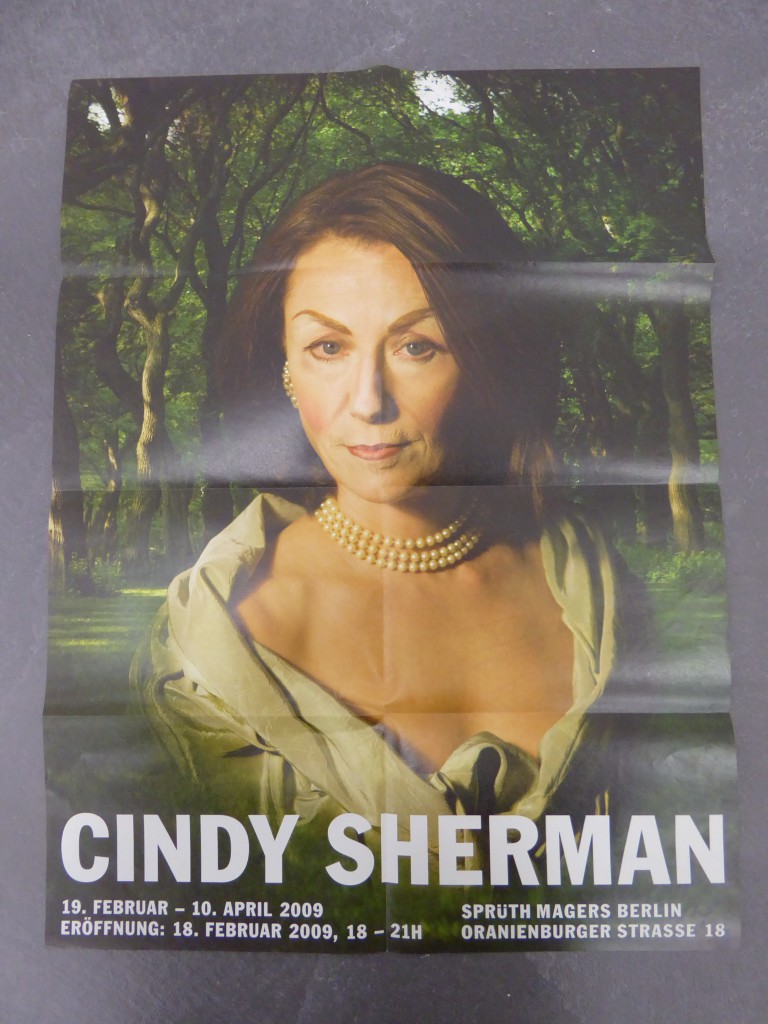
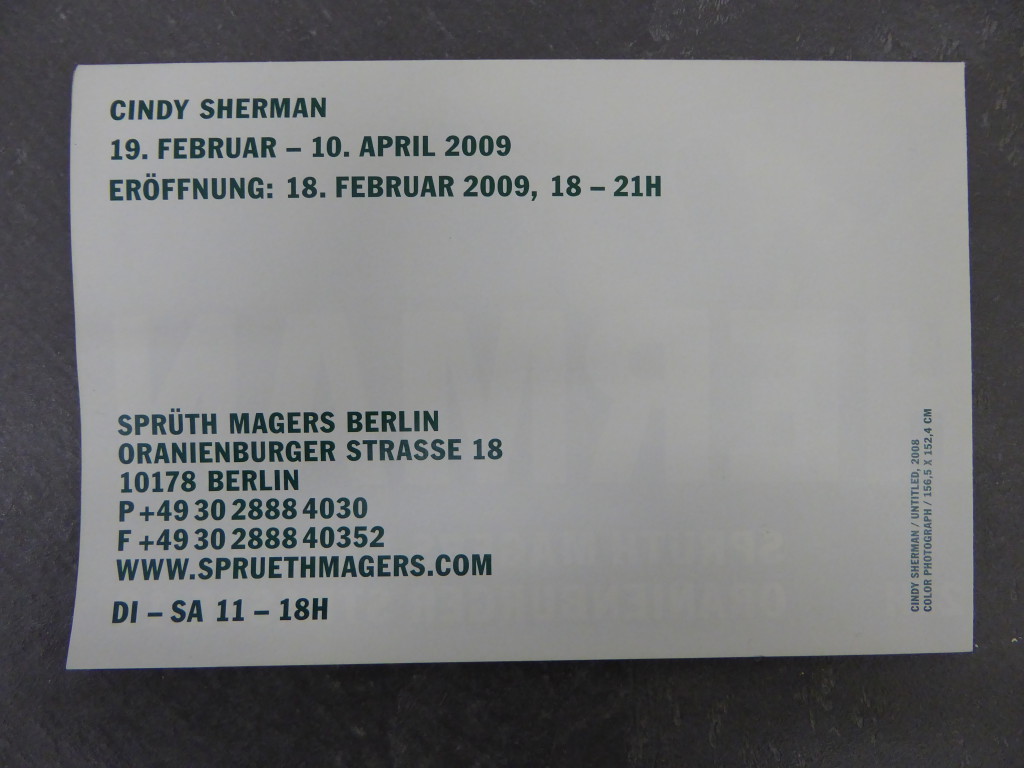
Invitation cards/posters by Sprüth Magers.
The gallery emerged amid an extraordinary outburst in contemporary art that took place in Cologne in the early 1980s. Its first iteration as Monika Sprüth Gallery opened in 1983 with an exhibition of paintings by Andreas Schulze and was soon followed by exhibitions of Rosemarie Trockel and Peter Fischli David Weiss. Over the next few years, George Condo, Jenny Holzer, Barbara Kruger, Louise Lawler and Cindy Sherman all showed at the gallery and have continued to do so for the last thirty years. In 1991, a second gallery opened in Cologne under the name of Philomene Magers. Early exhibitions included Ad Reinhardt’s Black Paintings, Robert Morris’s felt pieces and John Baldessari’s photographs and text paintings from the 1960s. The two galleries merged into a single entity in 1998, and in 2000, a Munich space opened with Ed Ruscha’s exhibition Gunpowder and Stains.
In 2003, Sprüth Magers Lee opened in London with an exhibition of works by Donald Judd. In 2007, Sprüth Magers relocated to Grafton Street, Mayfair, inaugurating the space with a show of new photographs by Andreas Gursky. In 2008, the gallery established its flagship space in a former dancehall in Berlin Mitte, not far from the city’s Museum Island, debuting with Thomas Scheibitz and George Condo. The latest chapter in the gallery’s history was the launch of the Los Angeles space in 2016, presenting new works by John Baldessari. Located on Wilshire Boulevard, just across the road from the Los Angeles County Museum of Art, it is housed in a two-story building designed in the late 1960s by renowned West Coast architects William L. Pereira & Associates.” Source
Michael Riedel
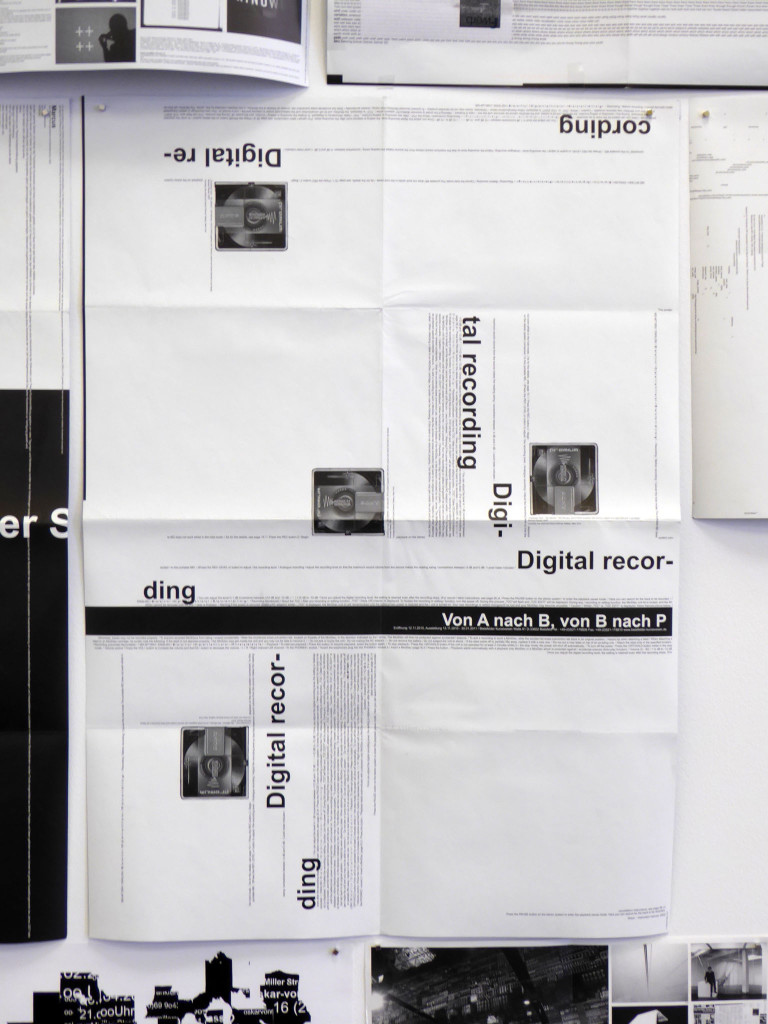
A poster by German artist Michael Riedel. As Martin Kippenberger or Lawrence Weiner, Riedel’s announcements, invitation cards, and flyers are an important element of his art practice. They communicate communication, they brand branding, the archive archiving and they record recording. If you have them all, you may have everything and nothing.
User comment: “It has to have 3 ingredients: 1. image; 2. text; 3. a form (more than a sheet of paper)
It has to do something – turn, fold, flip. A key aspect is text of ranging sizes + fonts, especially the text which runs off the page, forcing you to follow it, open the poster, rotate it to see more. I want to touch it, to zoom in and out – that is, to conclude a thought and have my attention renewed by an adjacent image.” Lara Mehling
Les Complices* printed matter
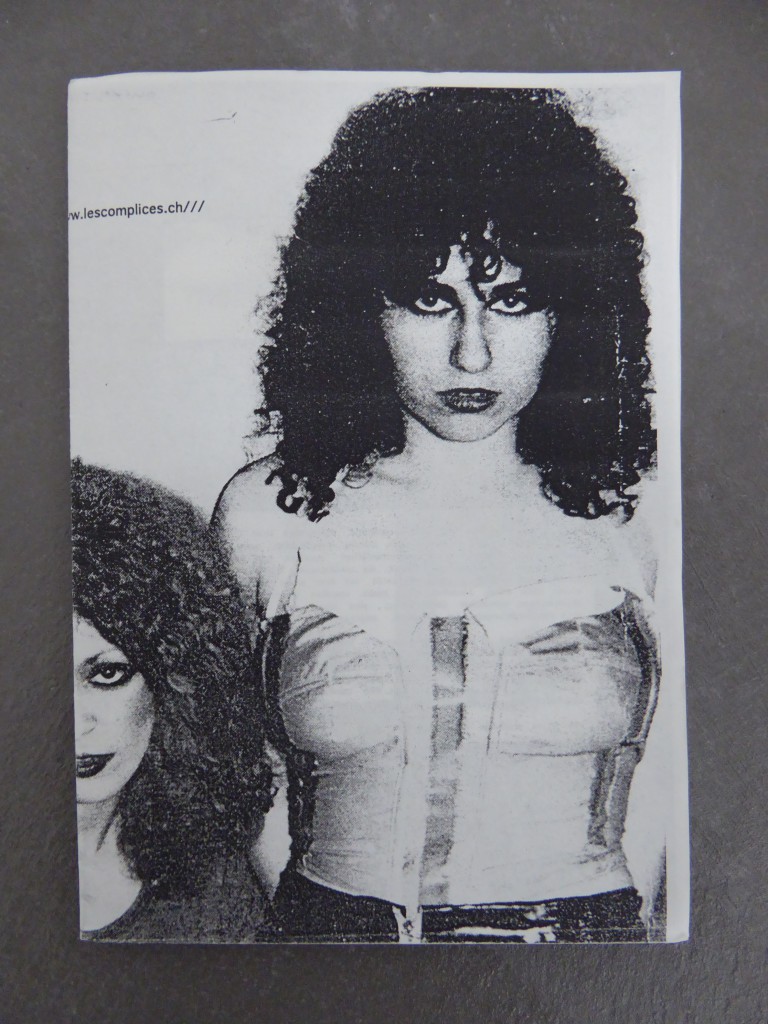
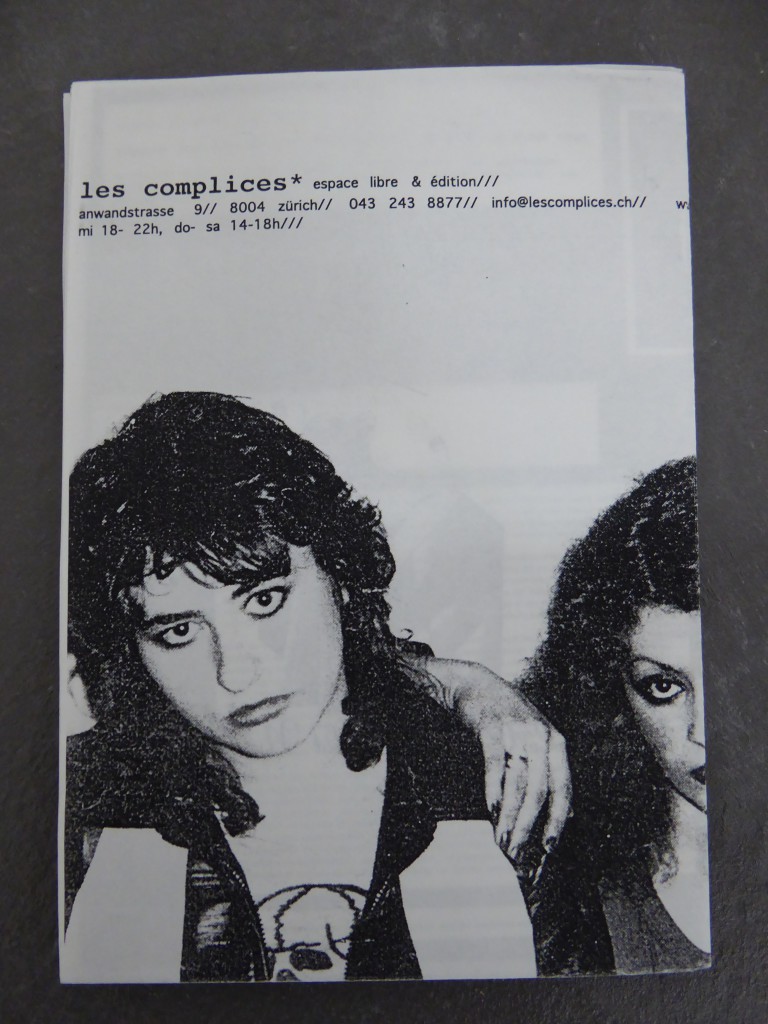
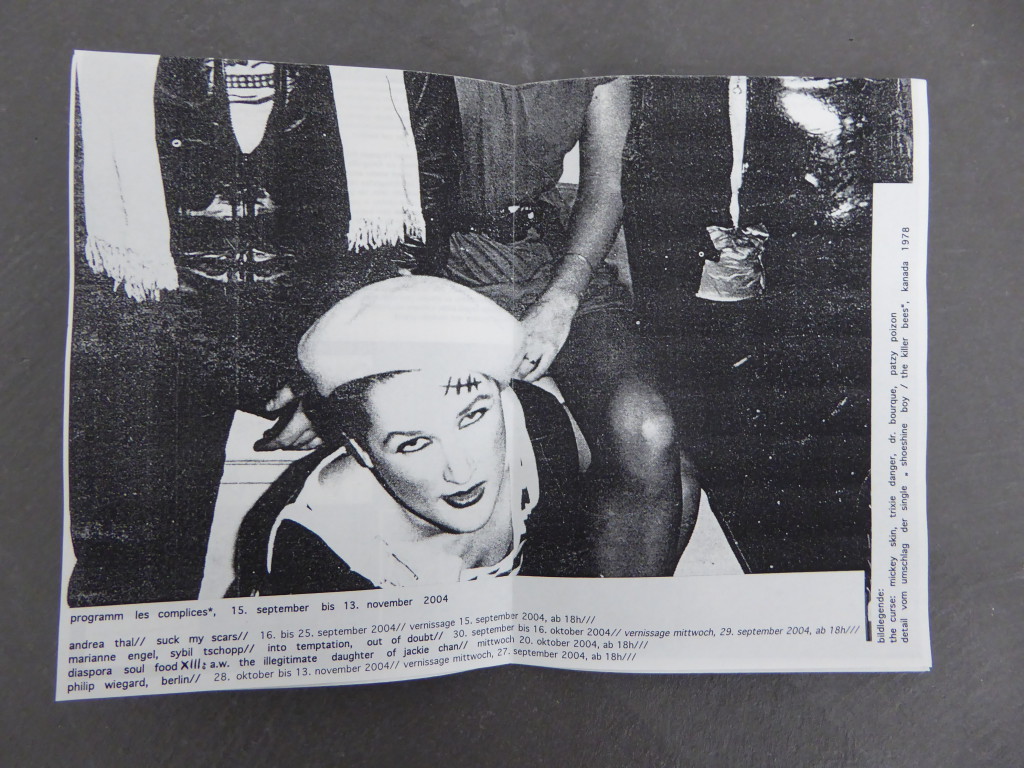
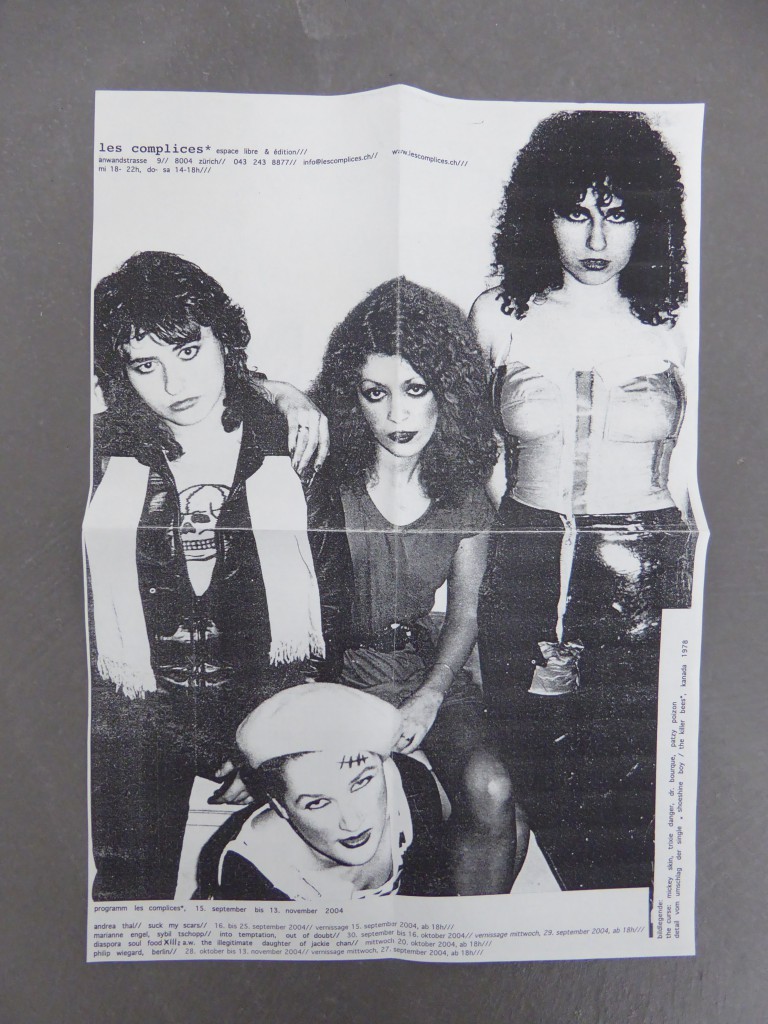
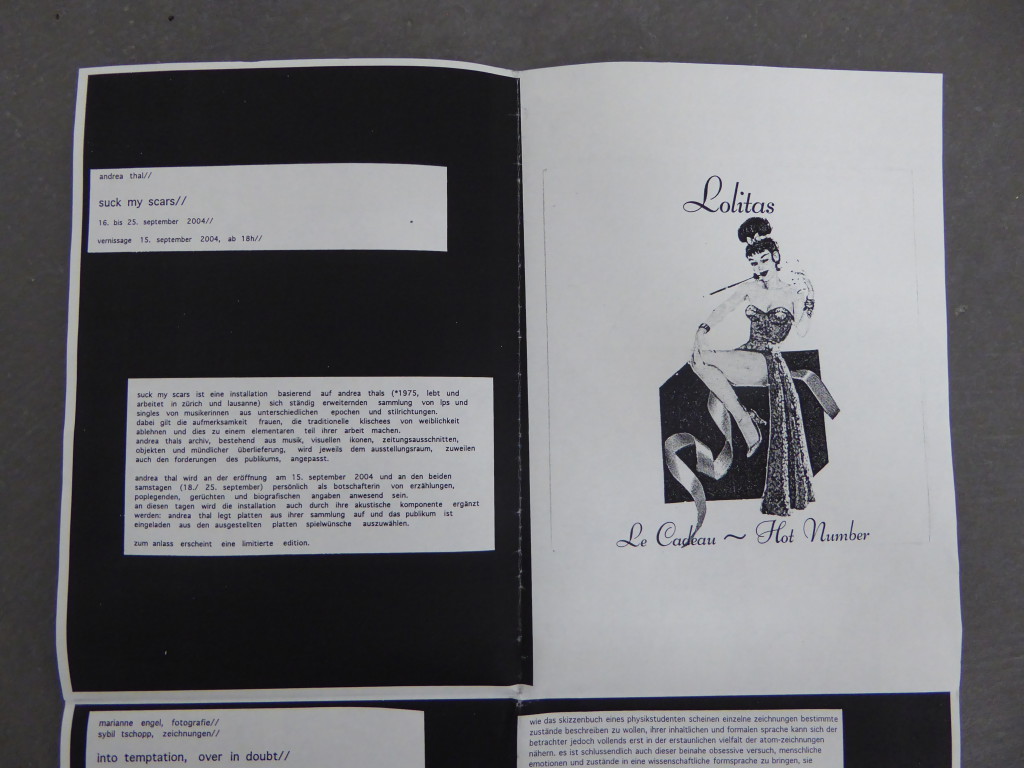
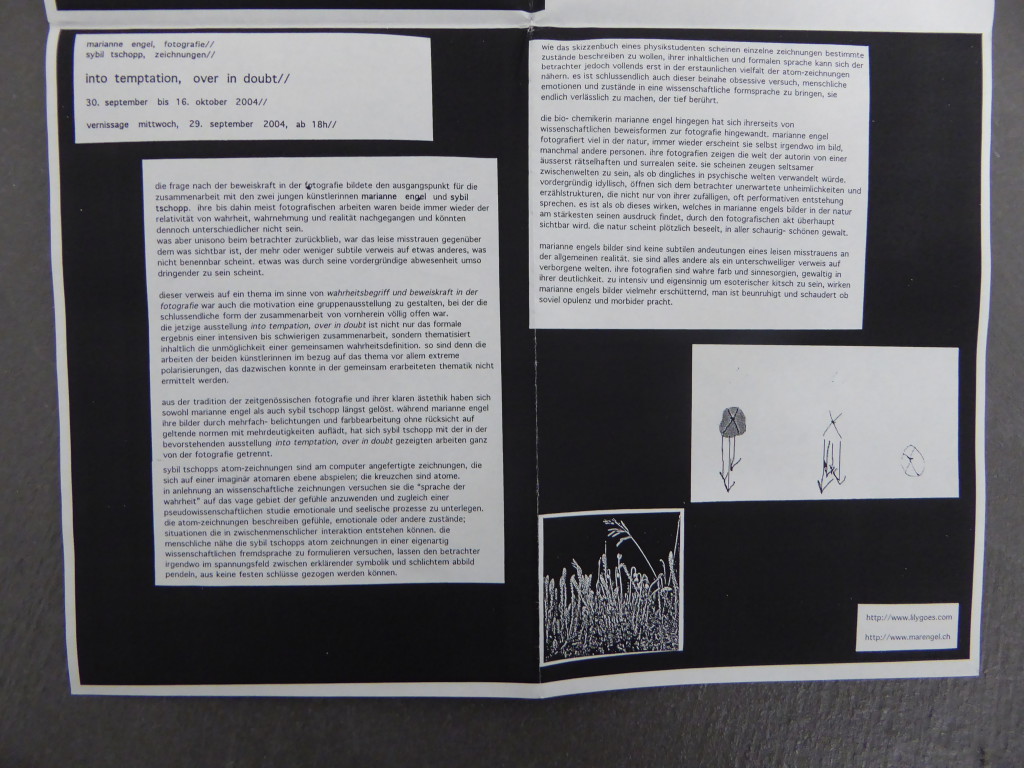
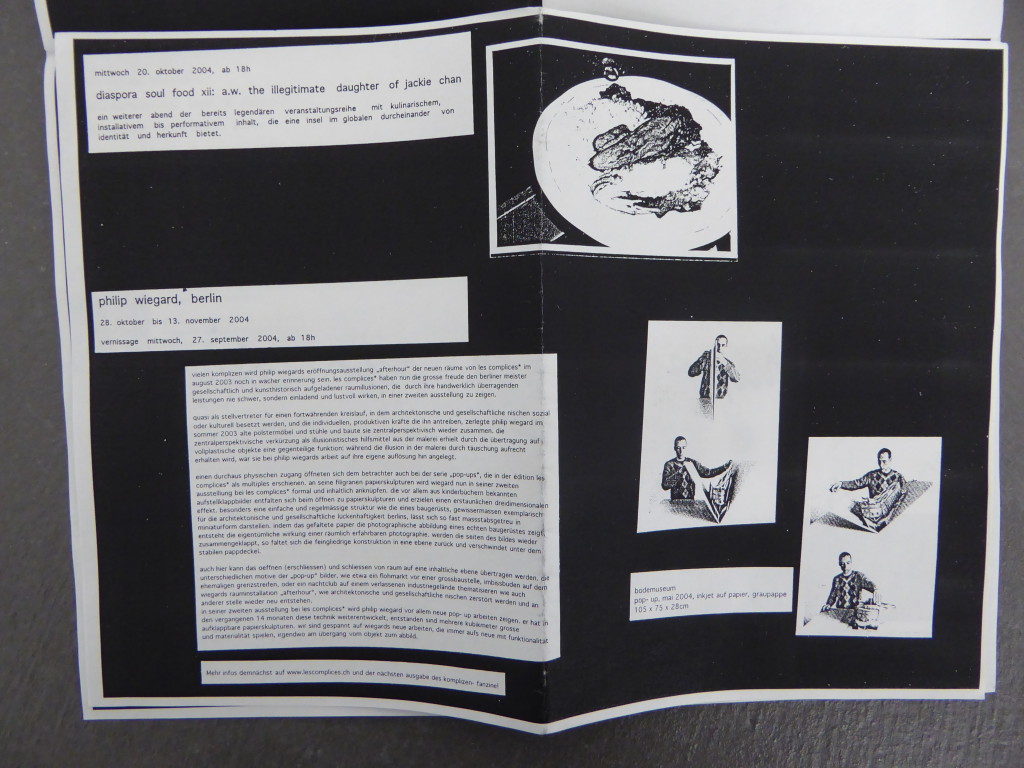
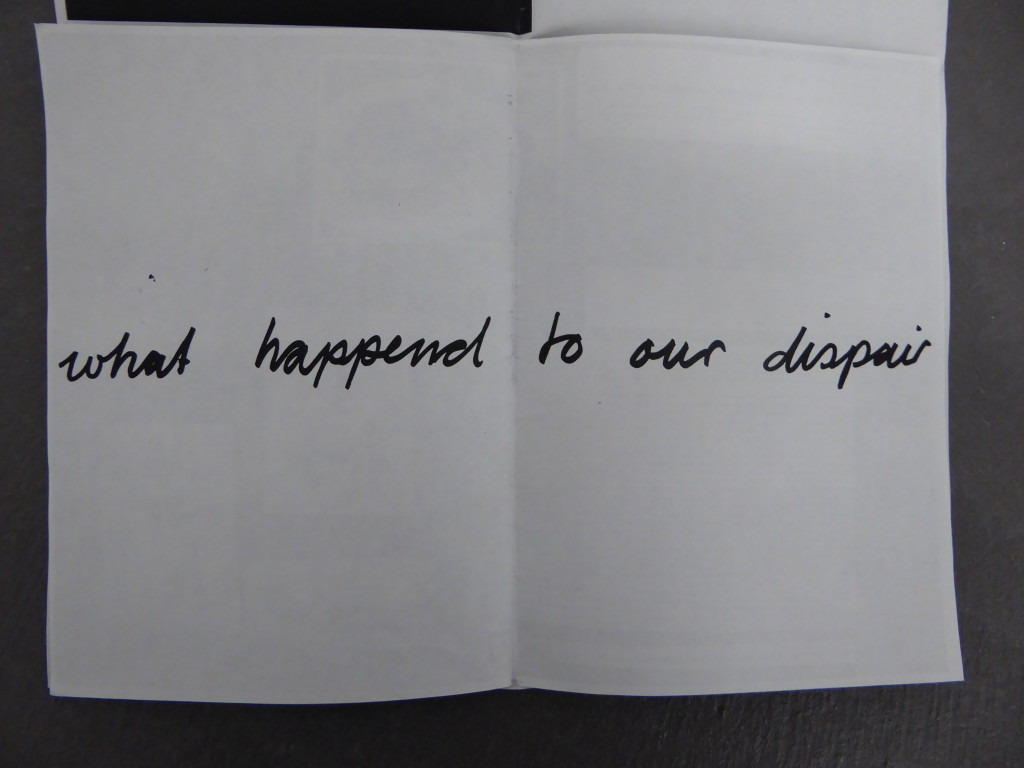
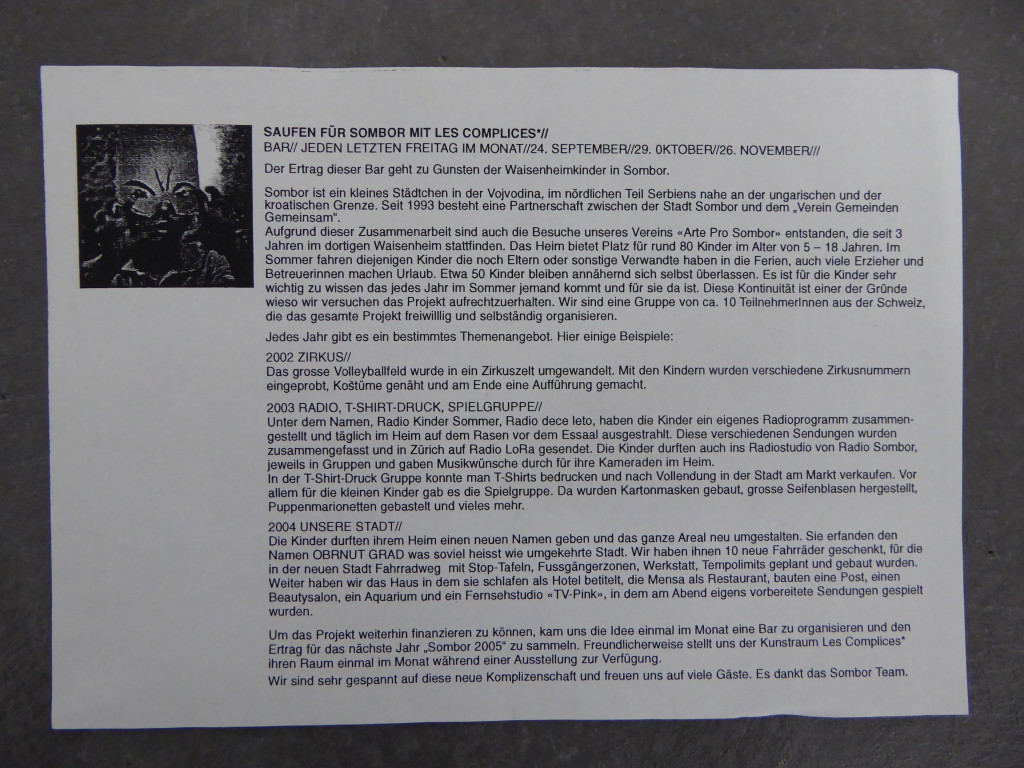
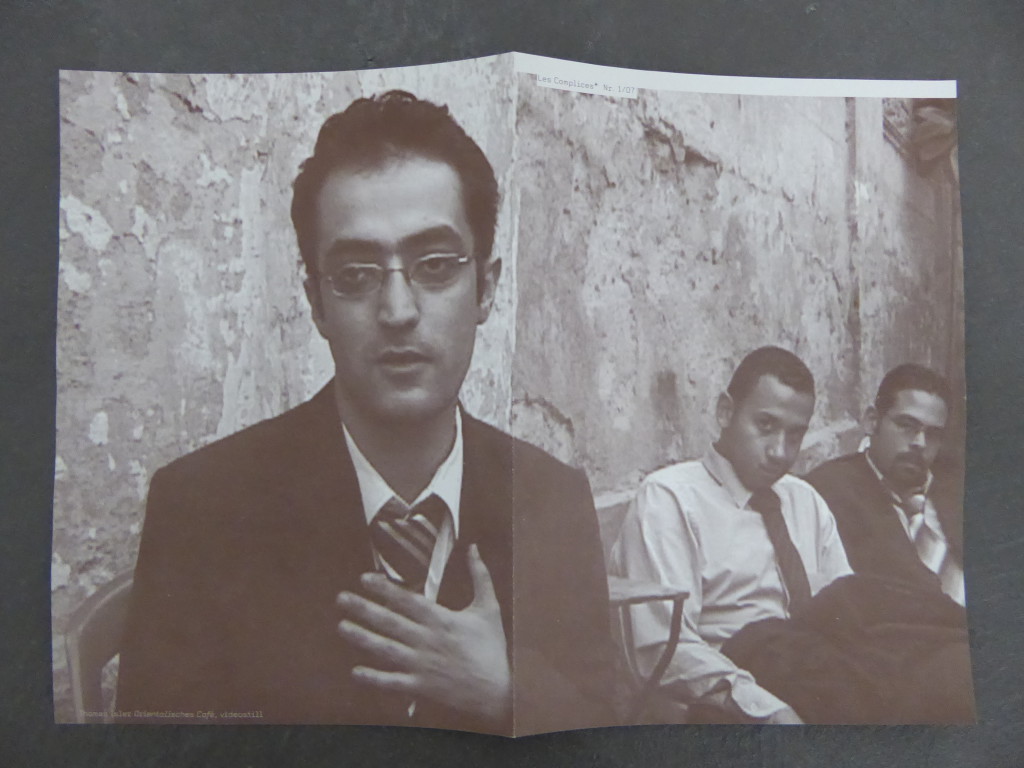
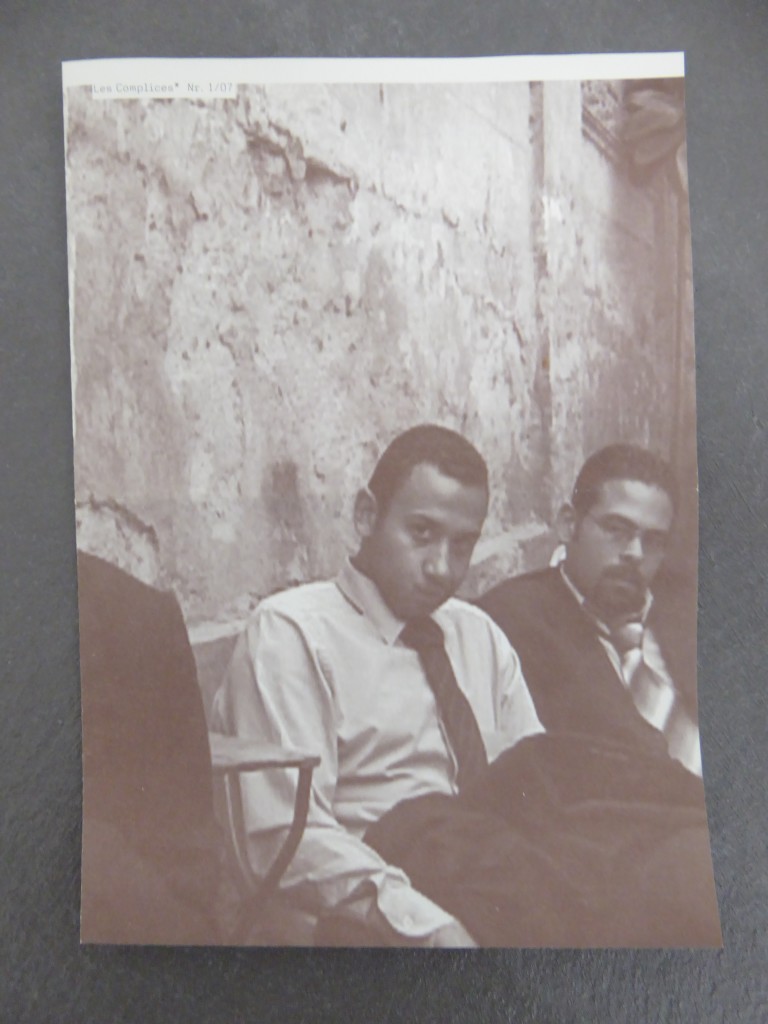
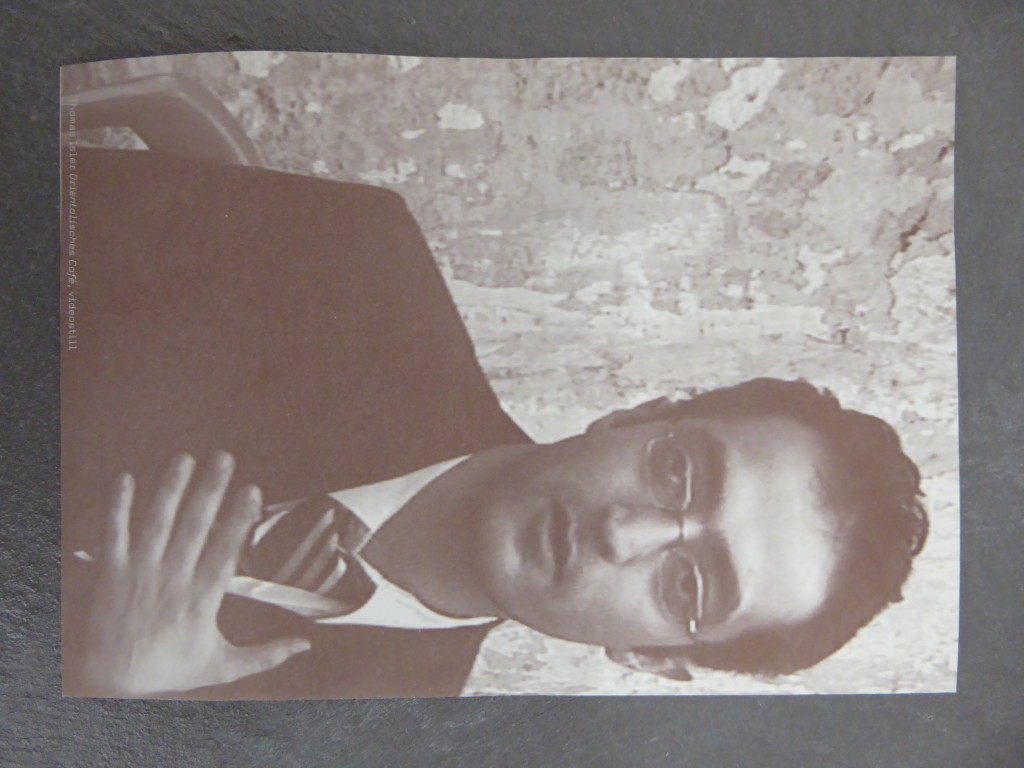
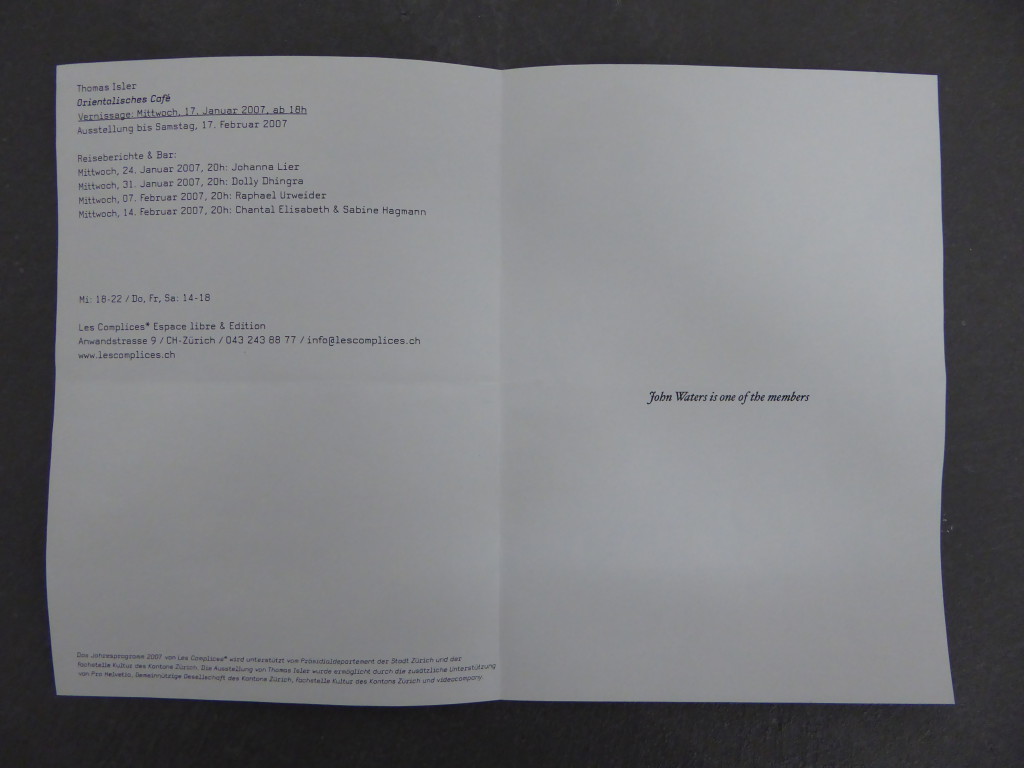
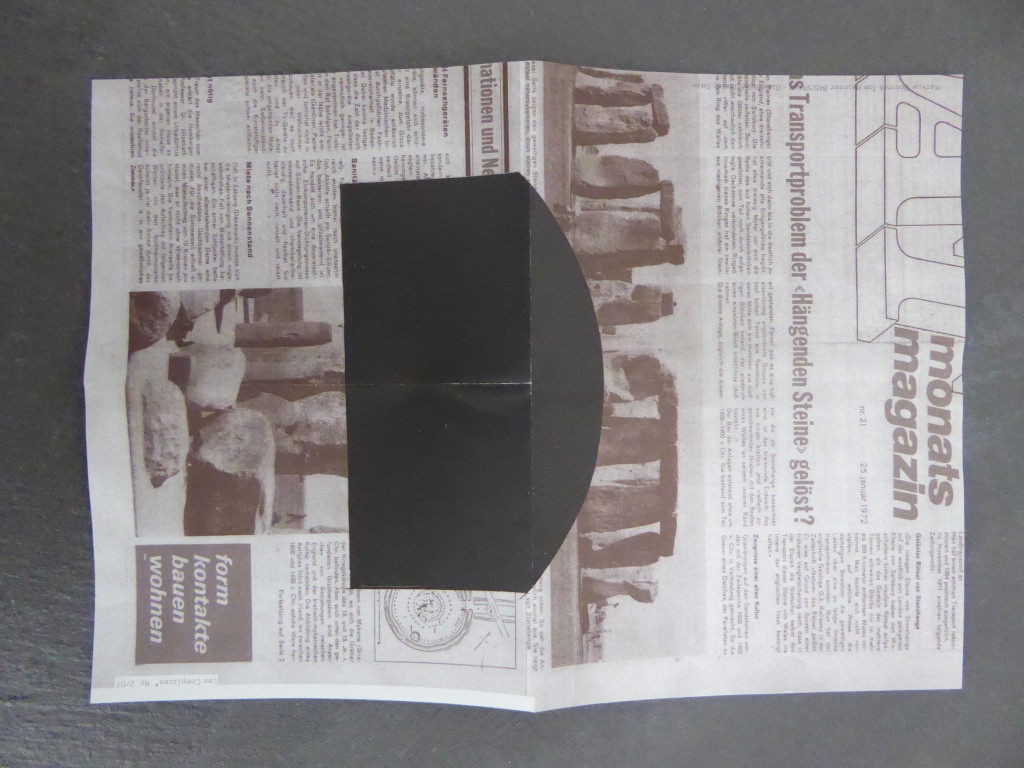
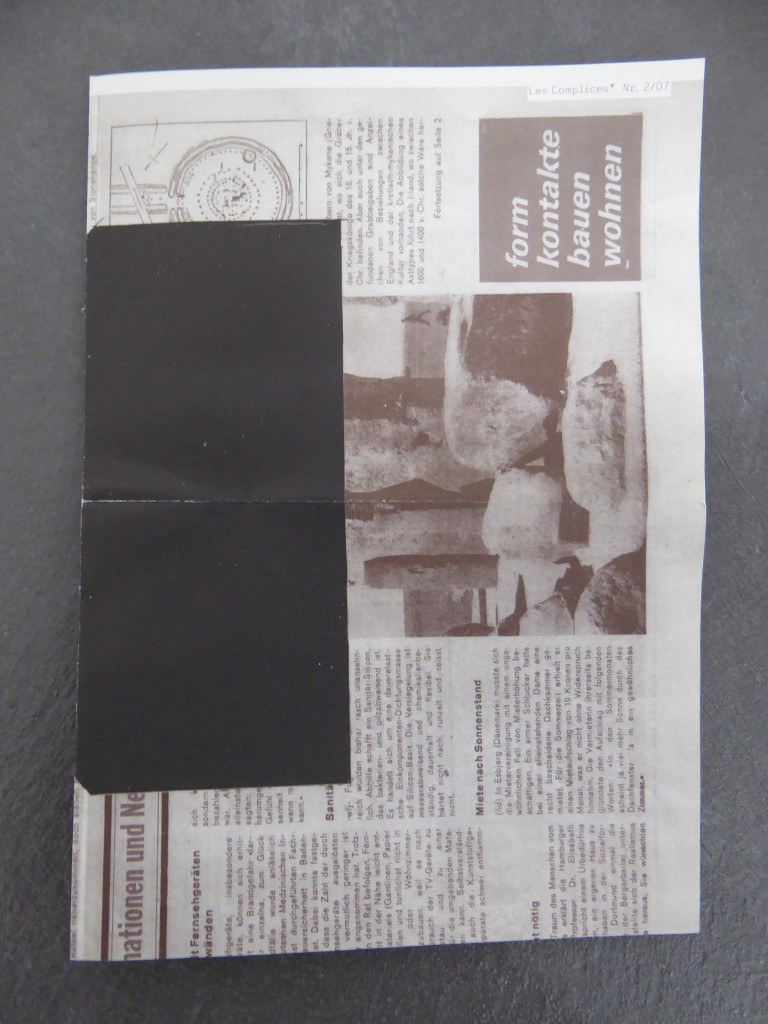
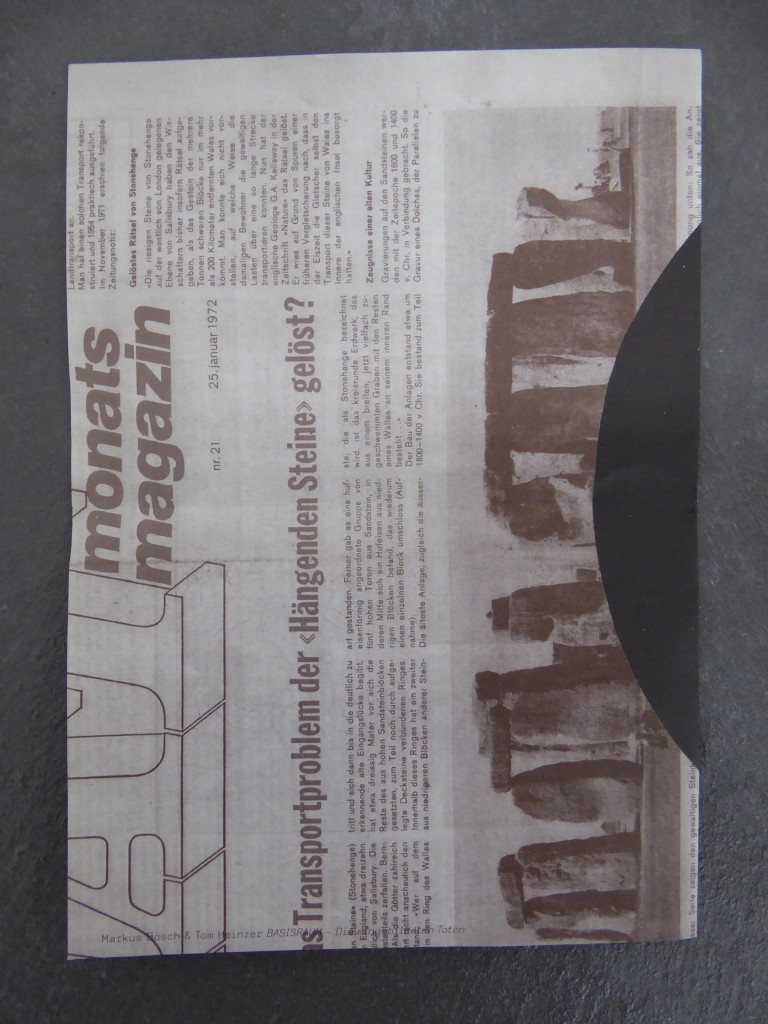
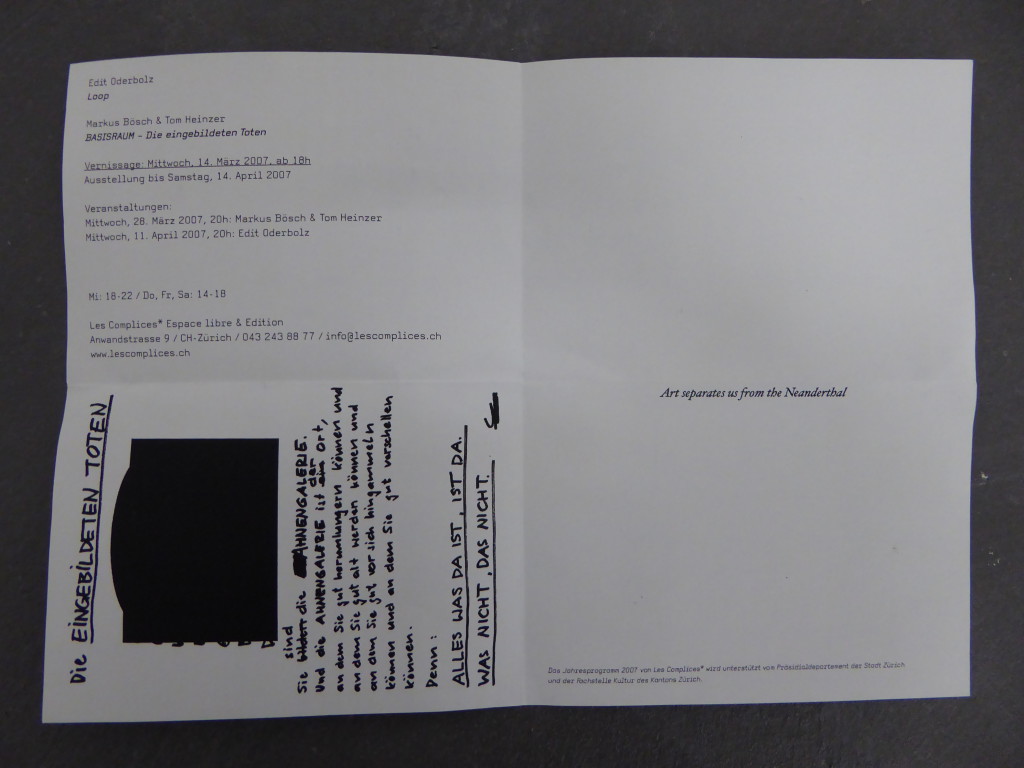
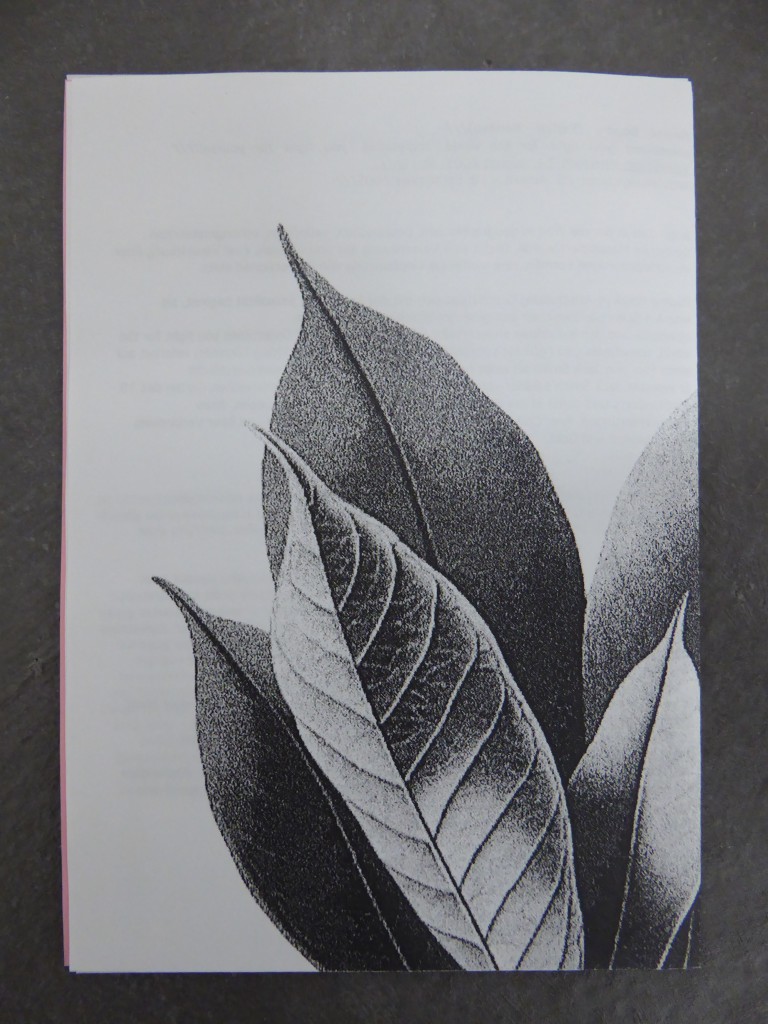
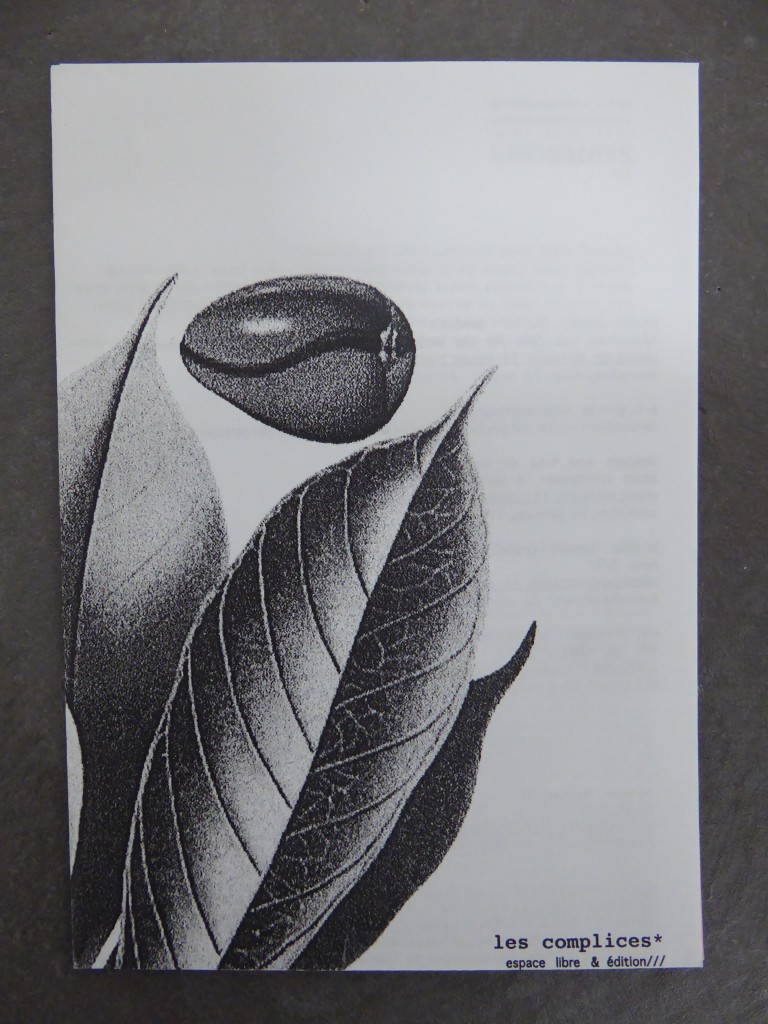
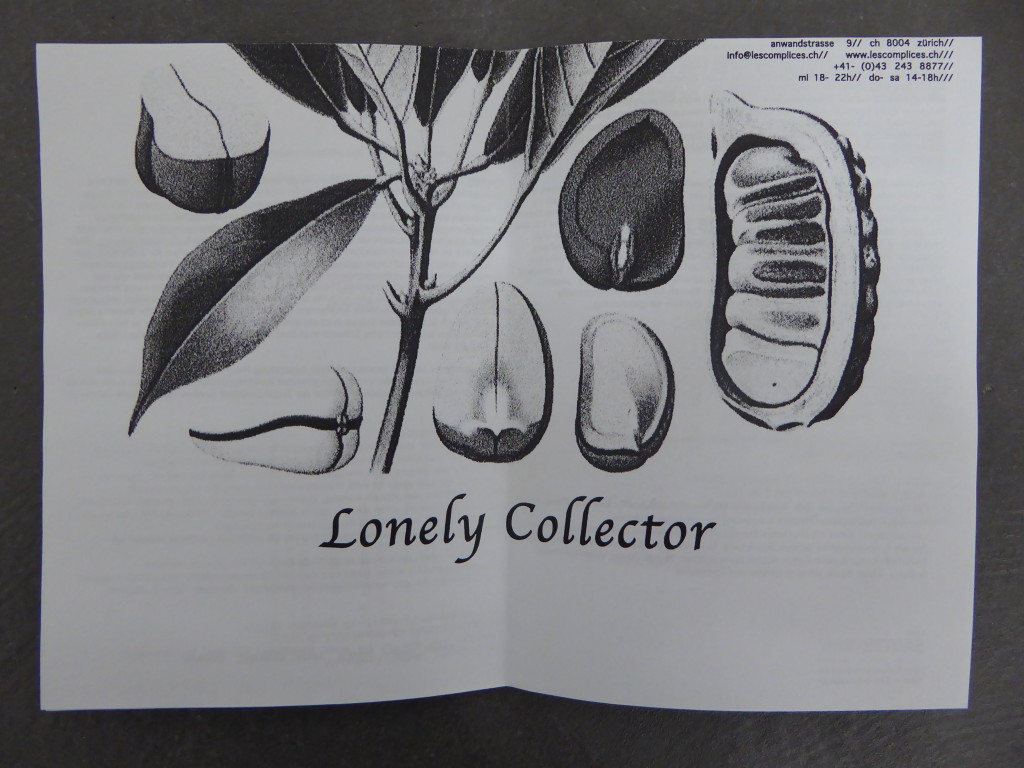
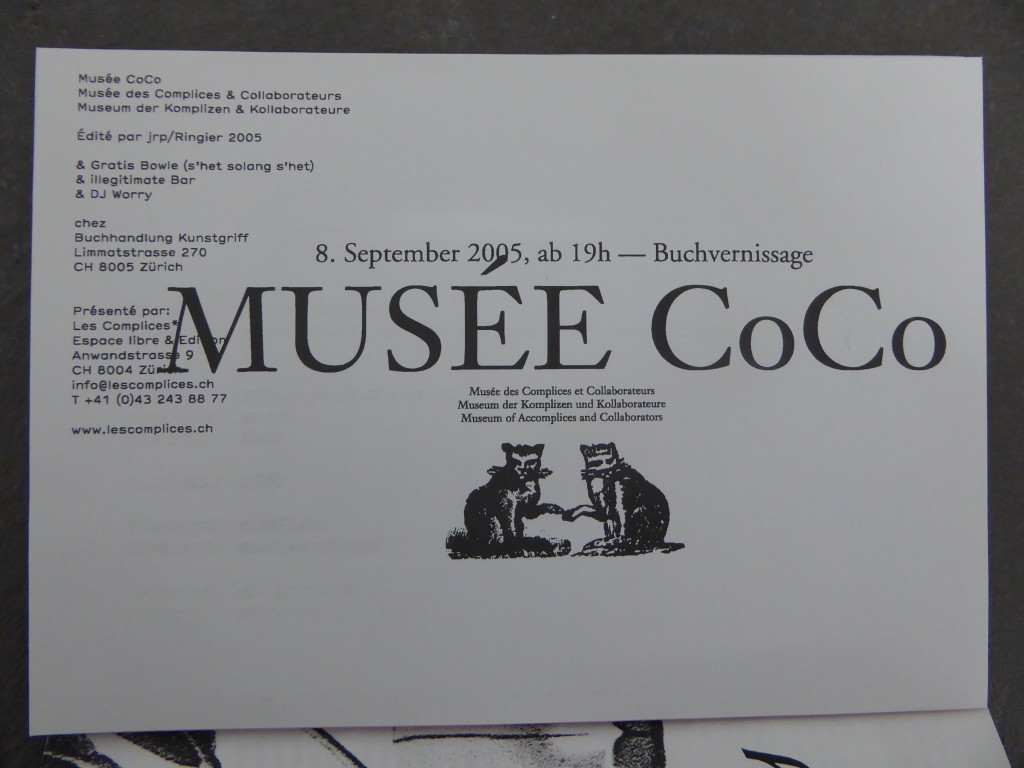
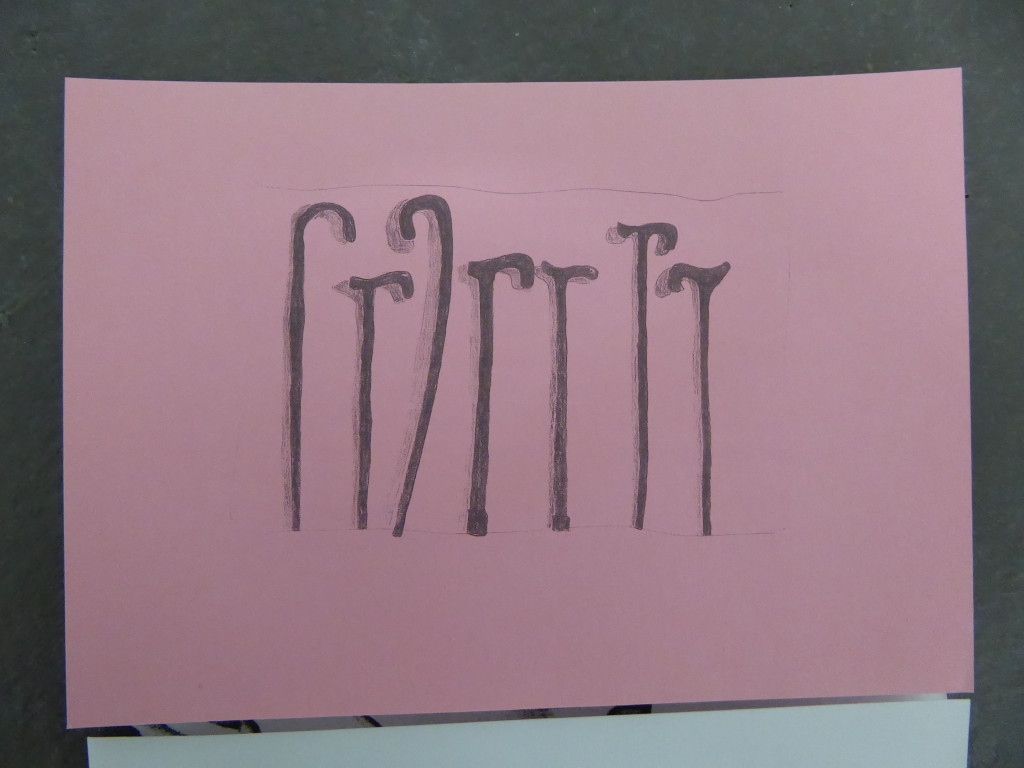
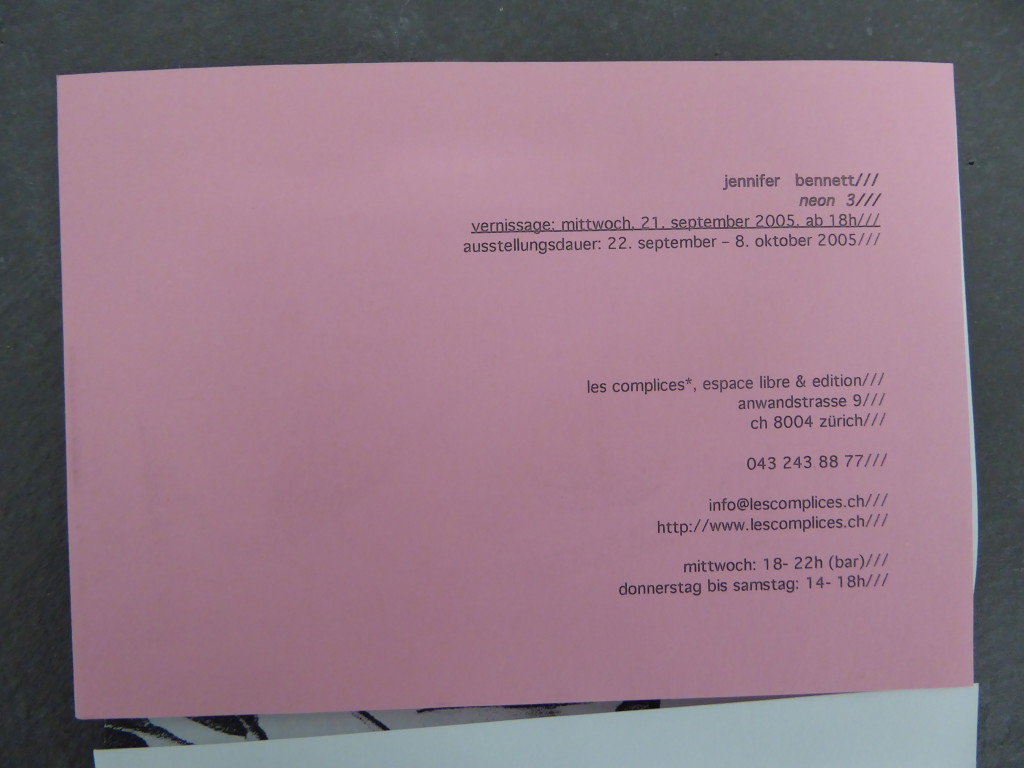
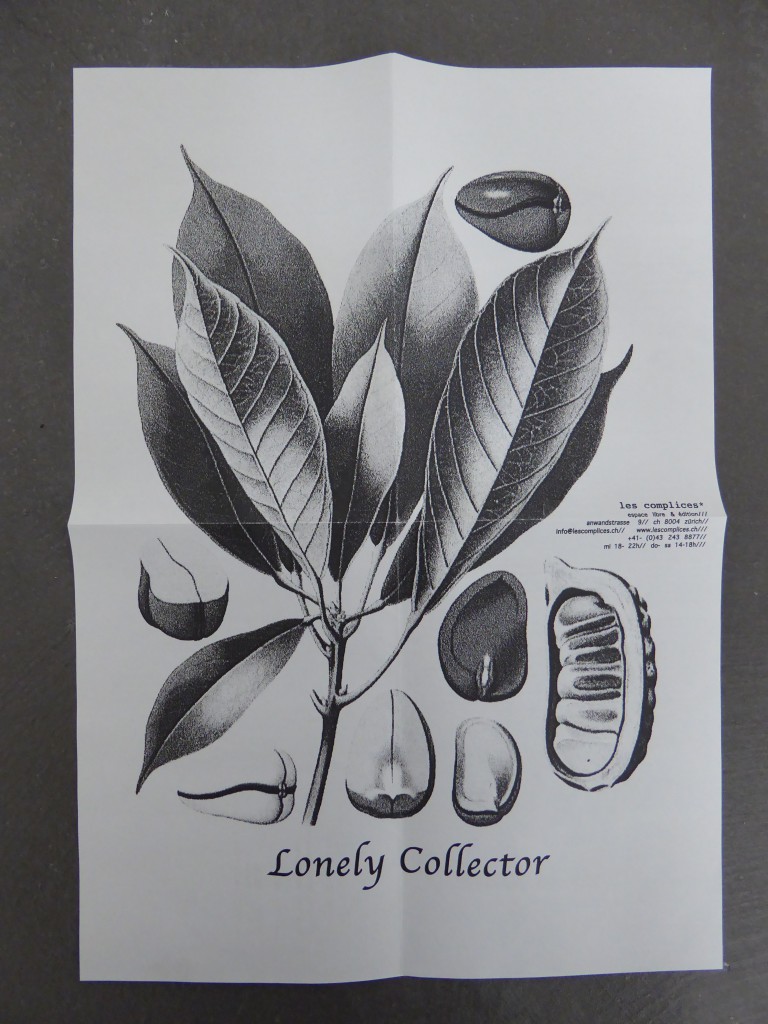
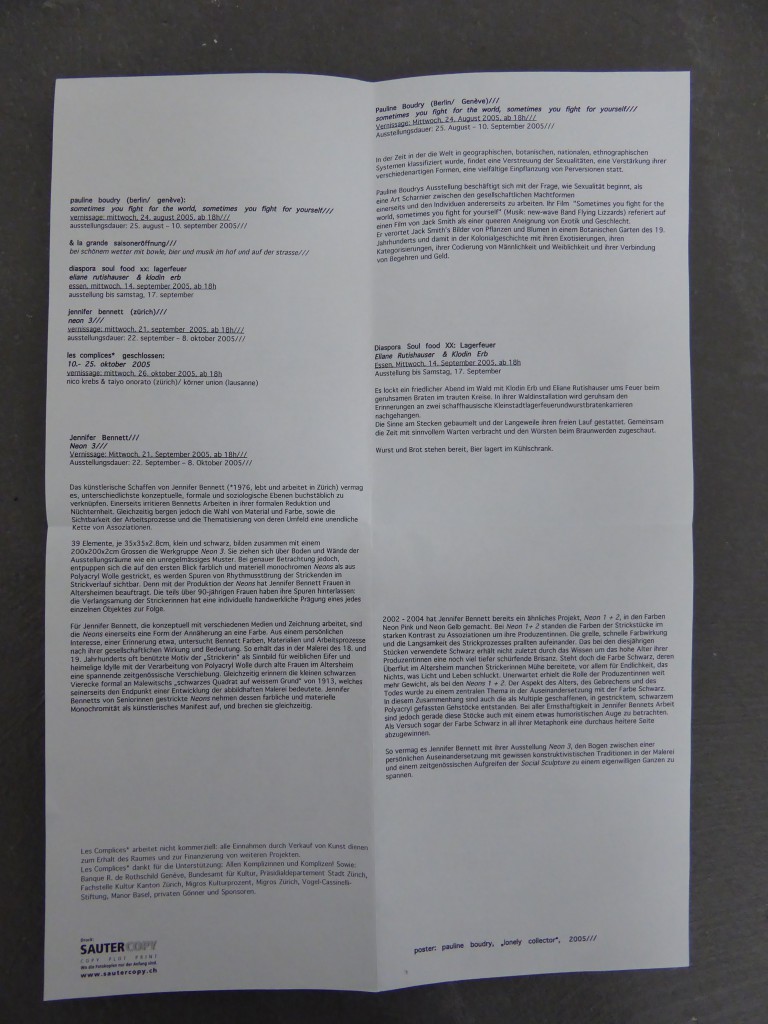
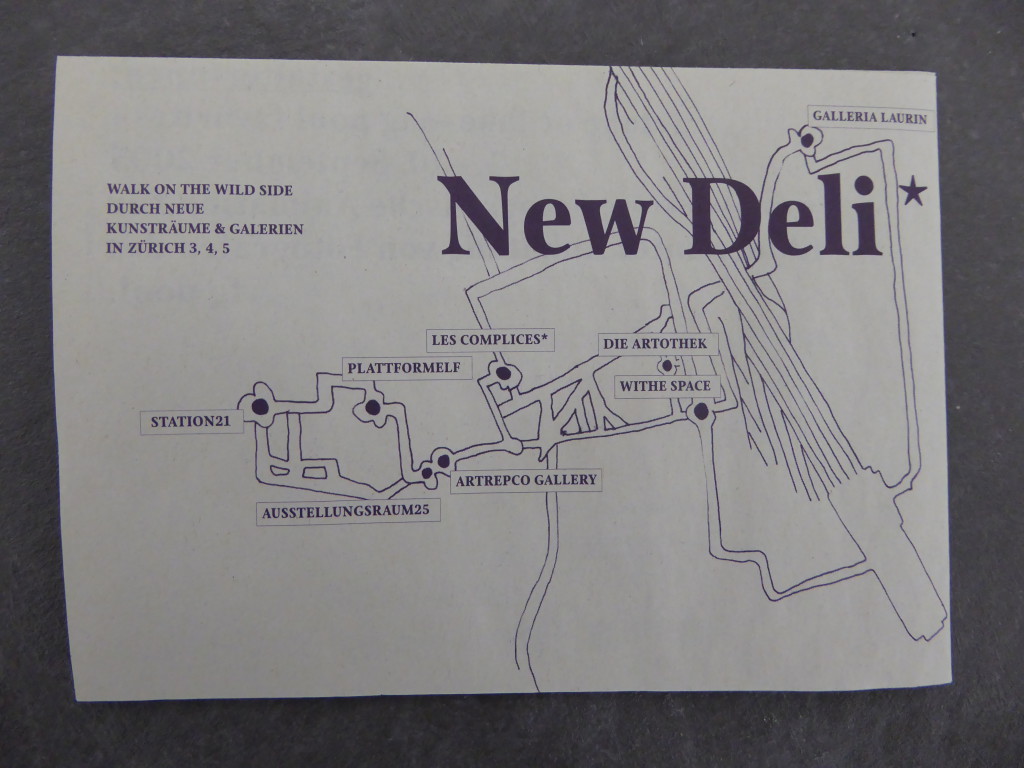
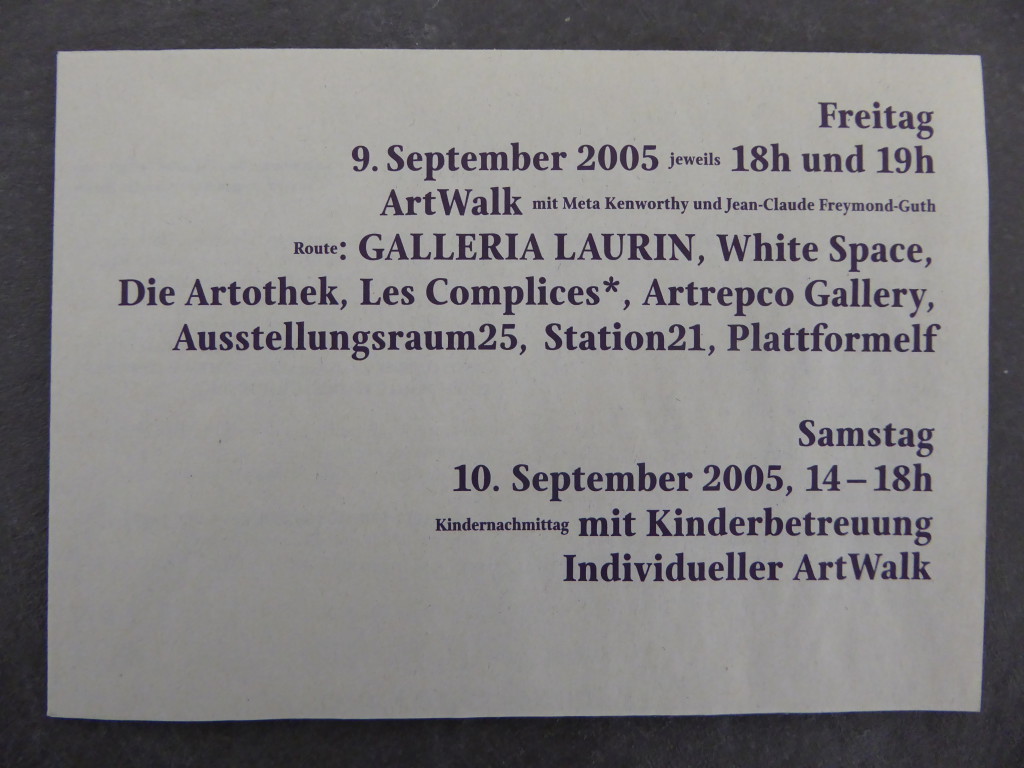
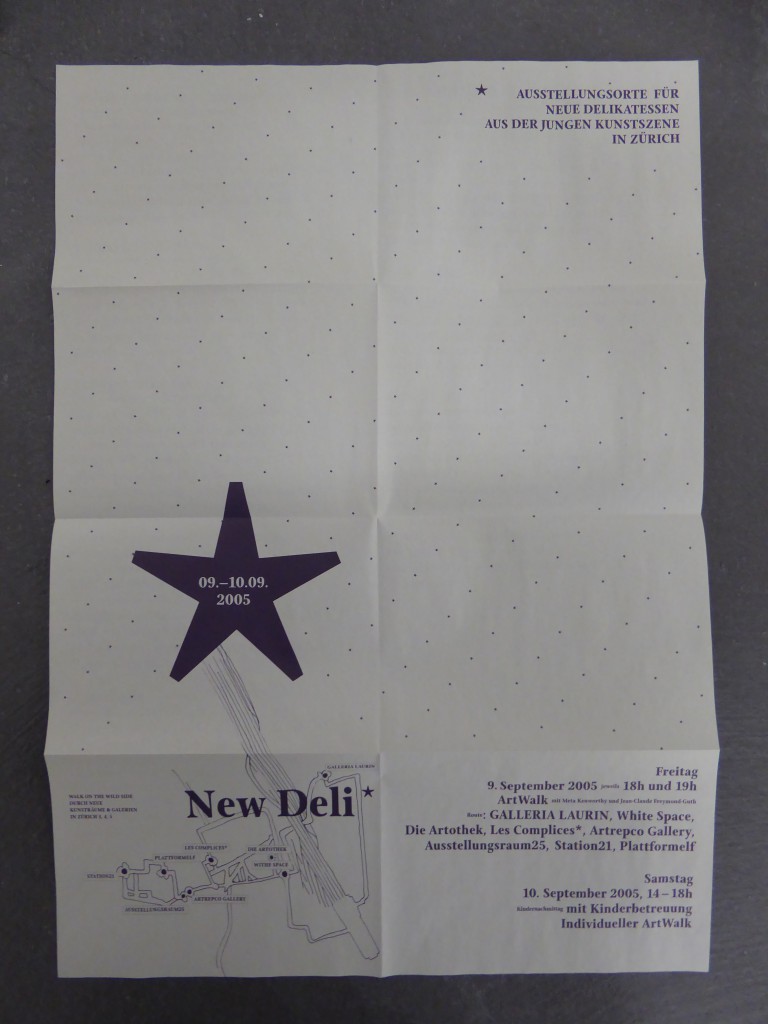
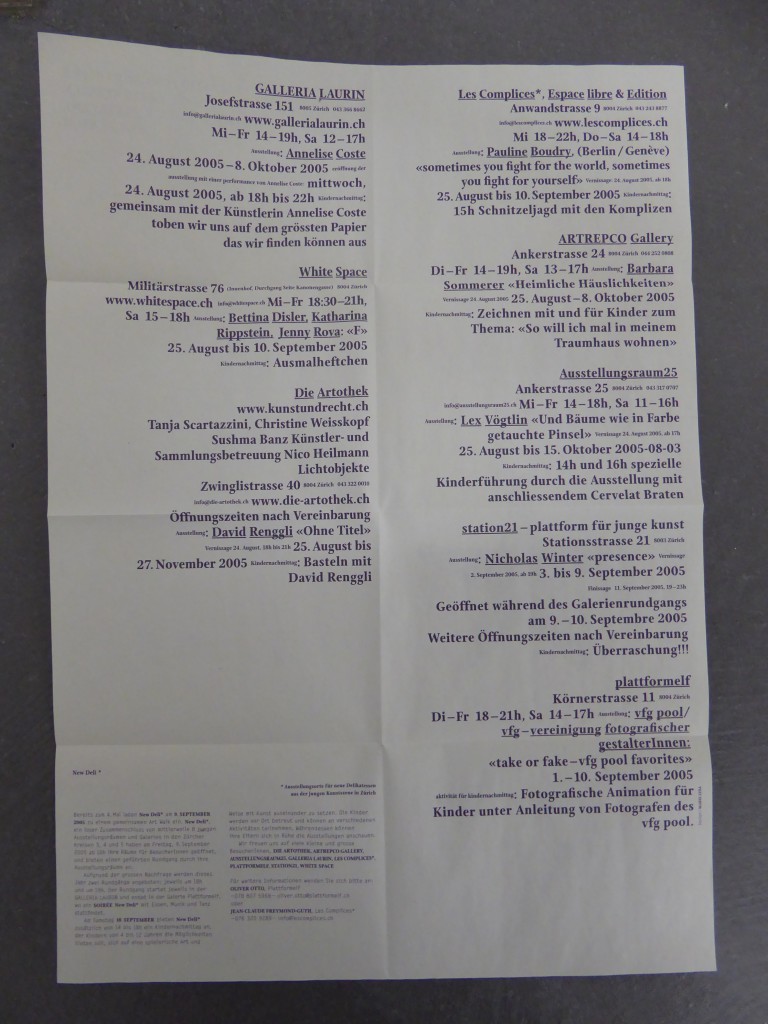
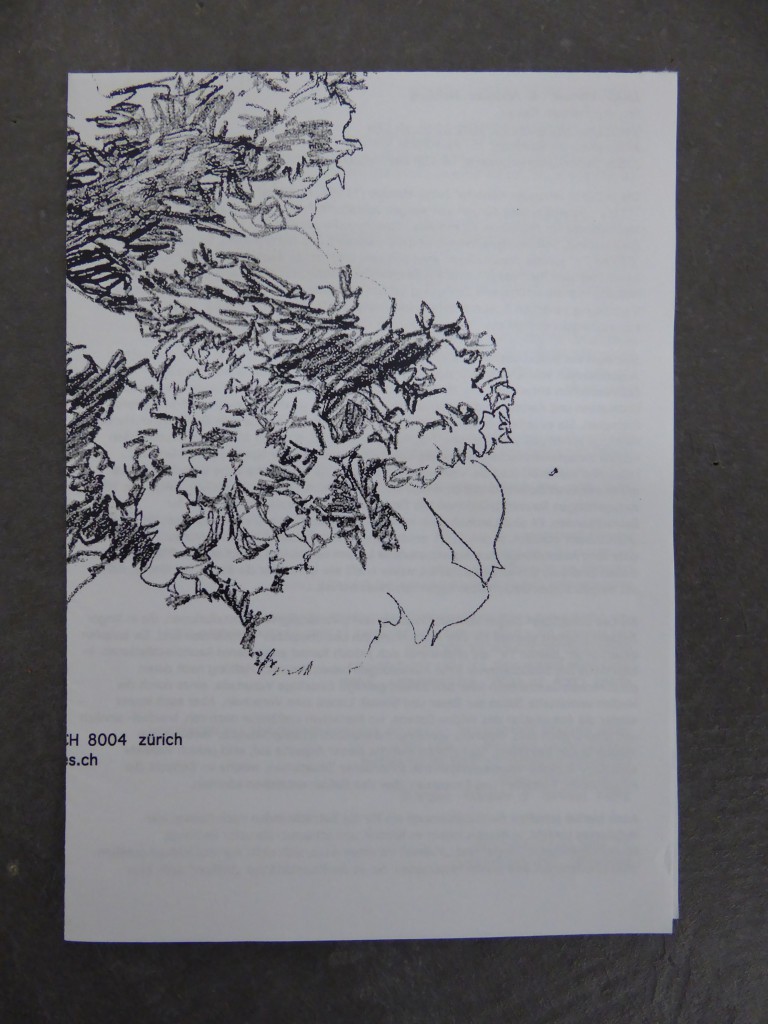
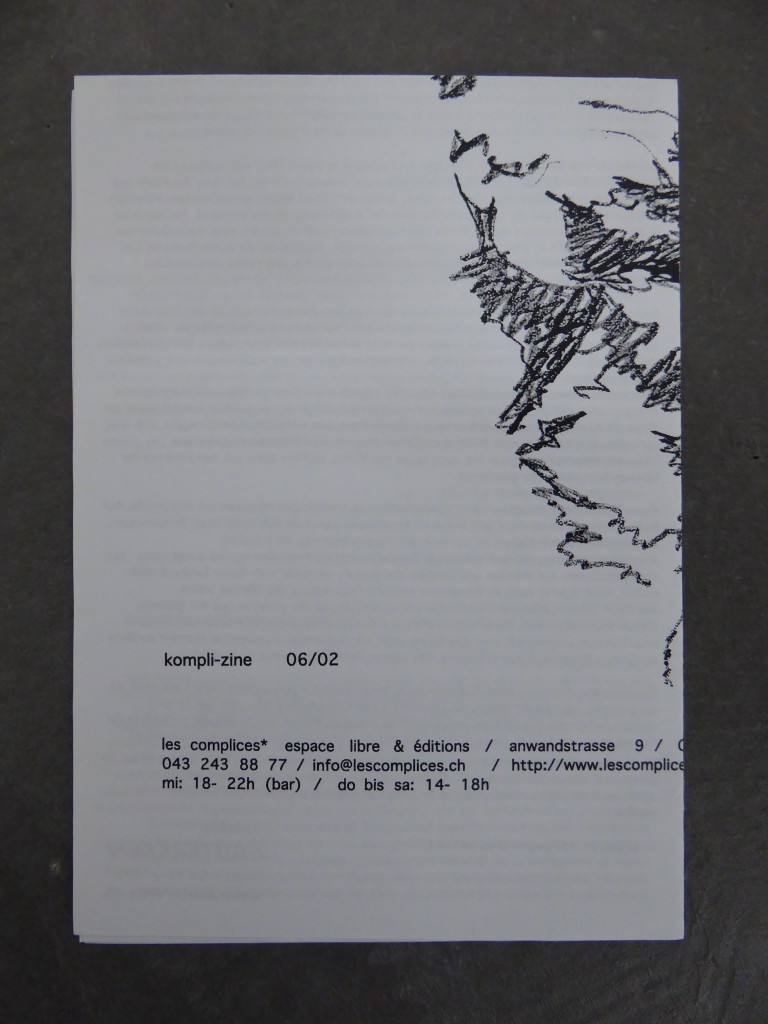
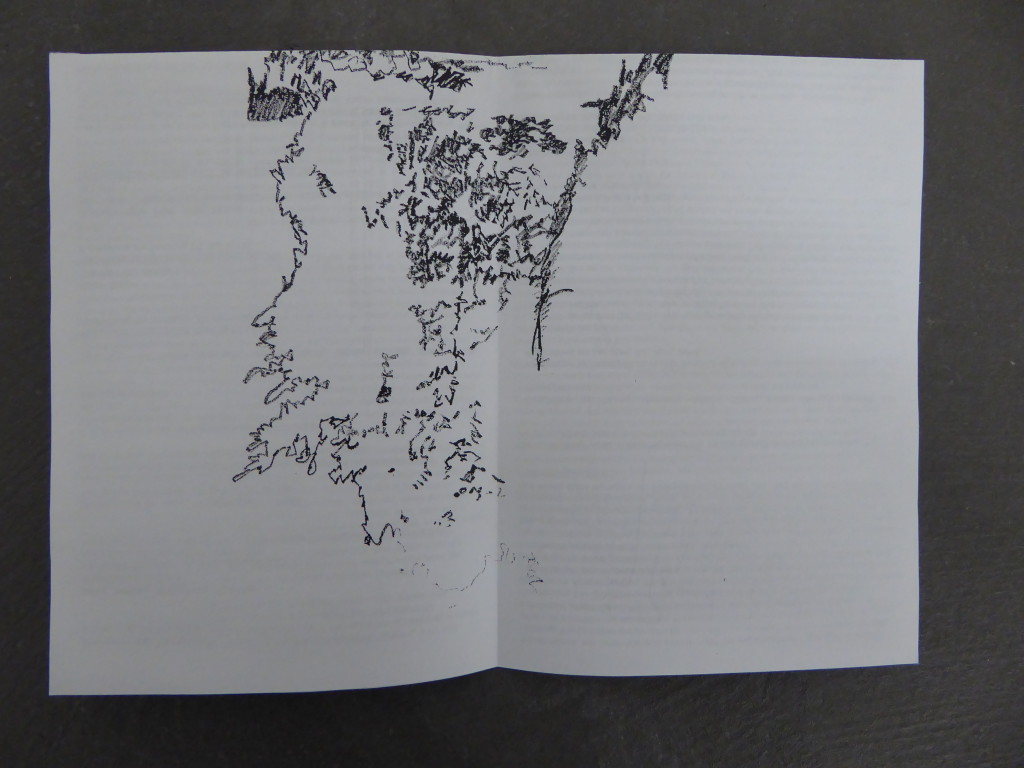
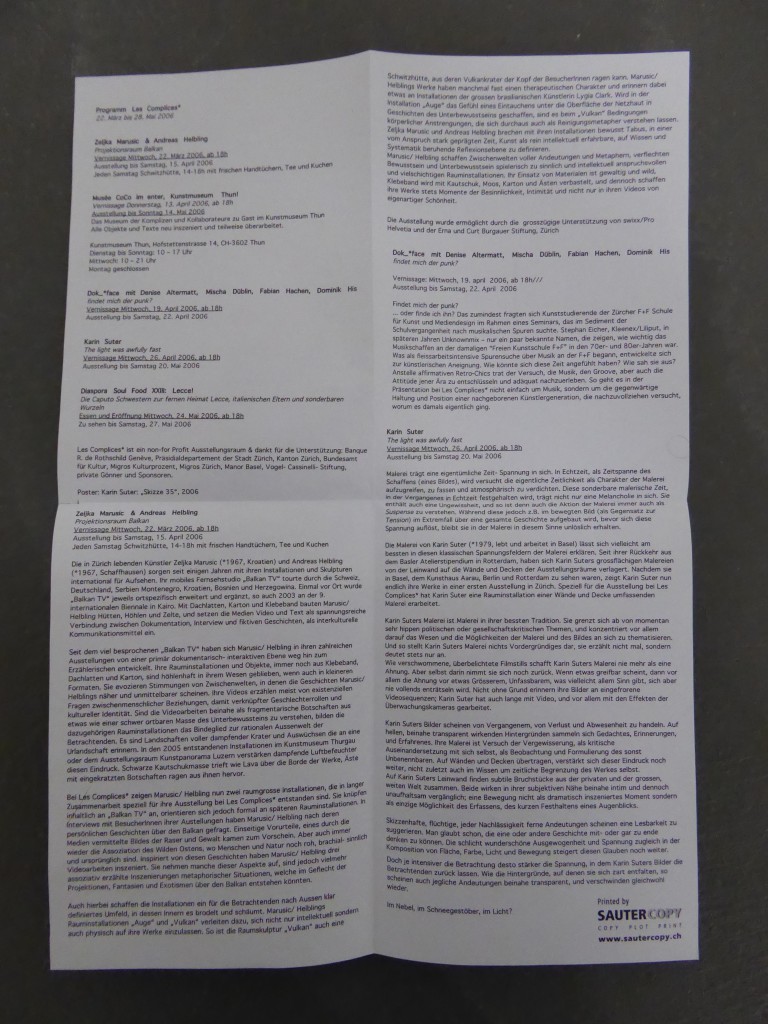
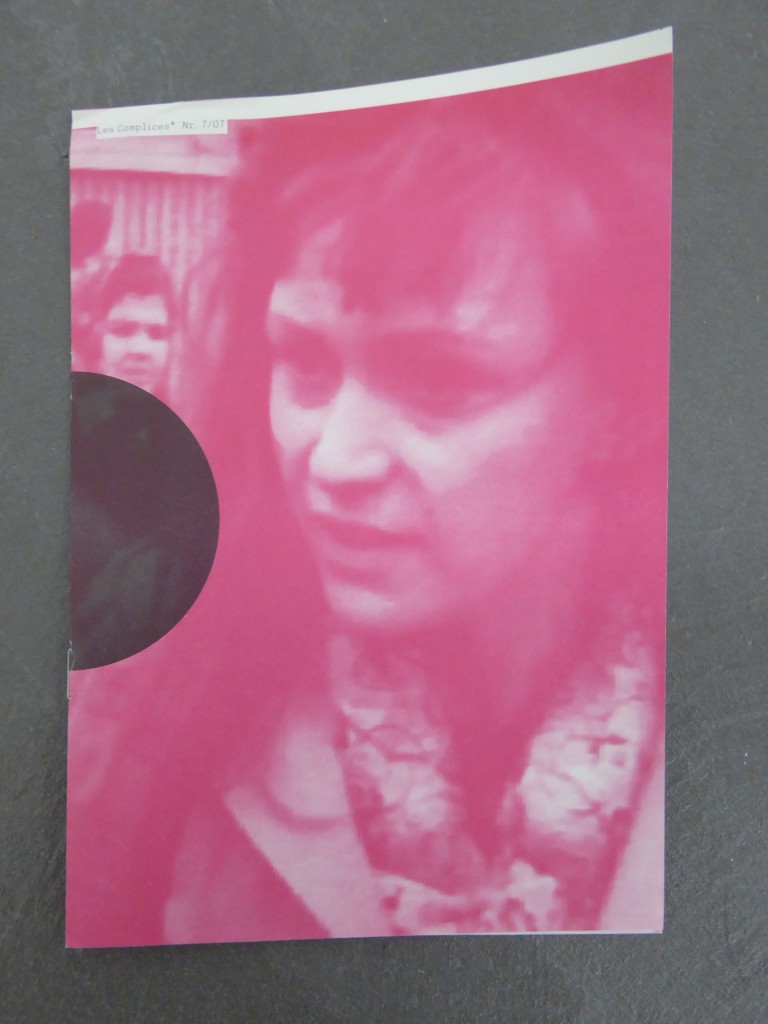
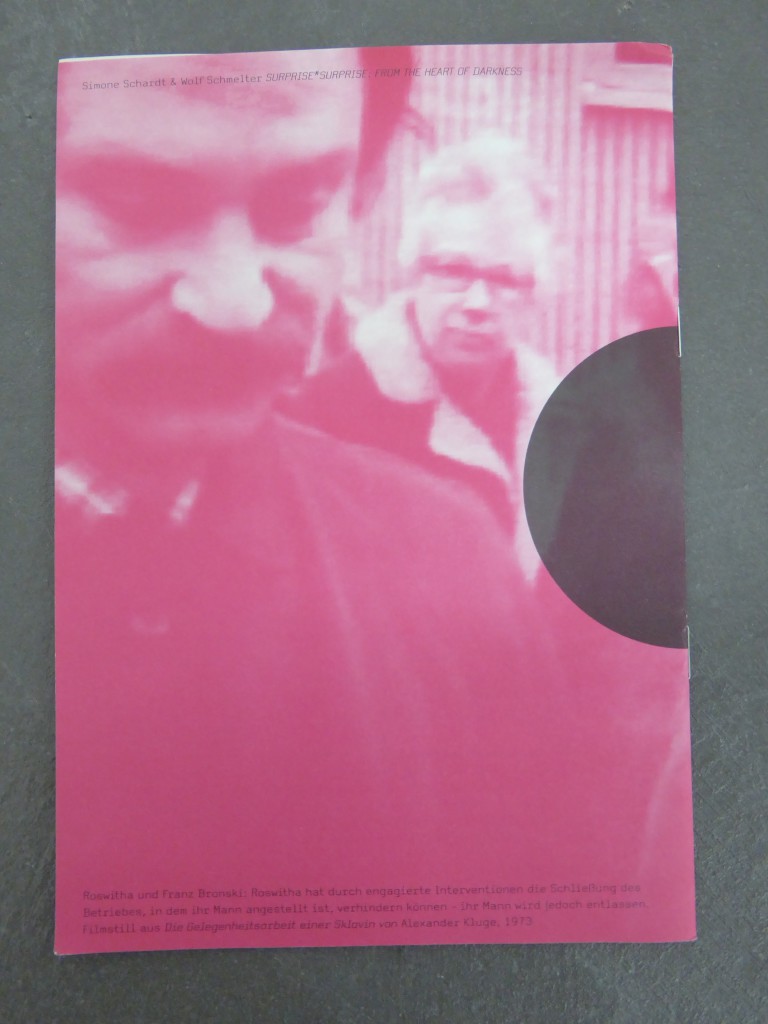
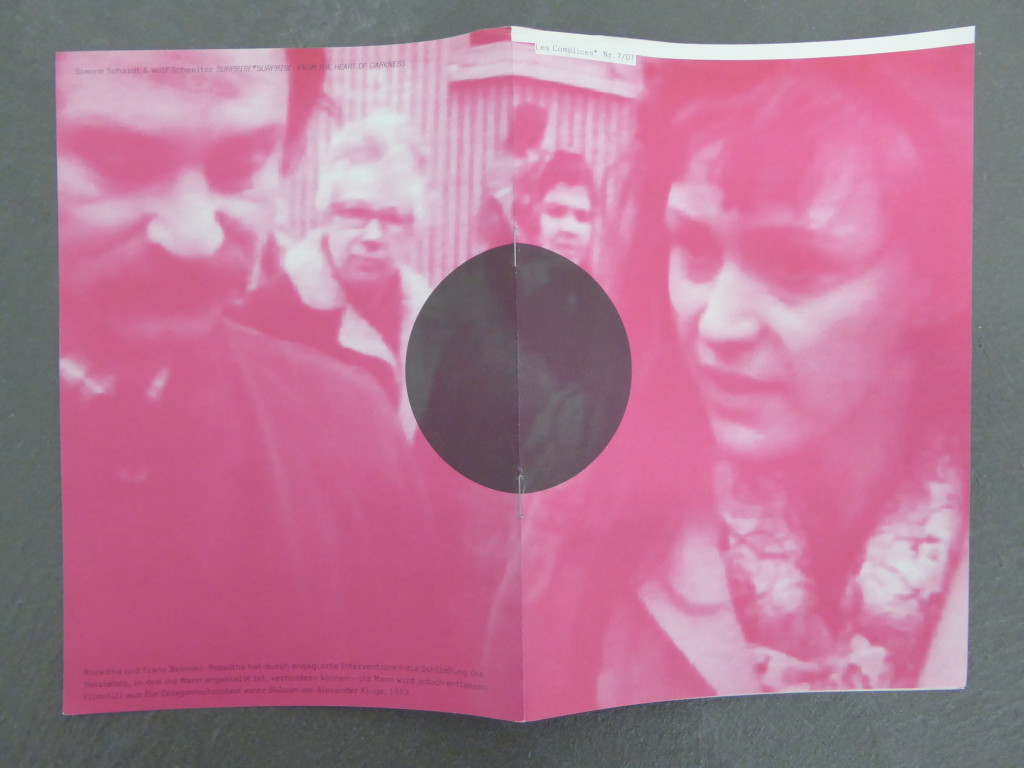
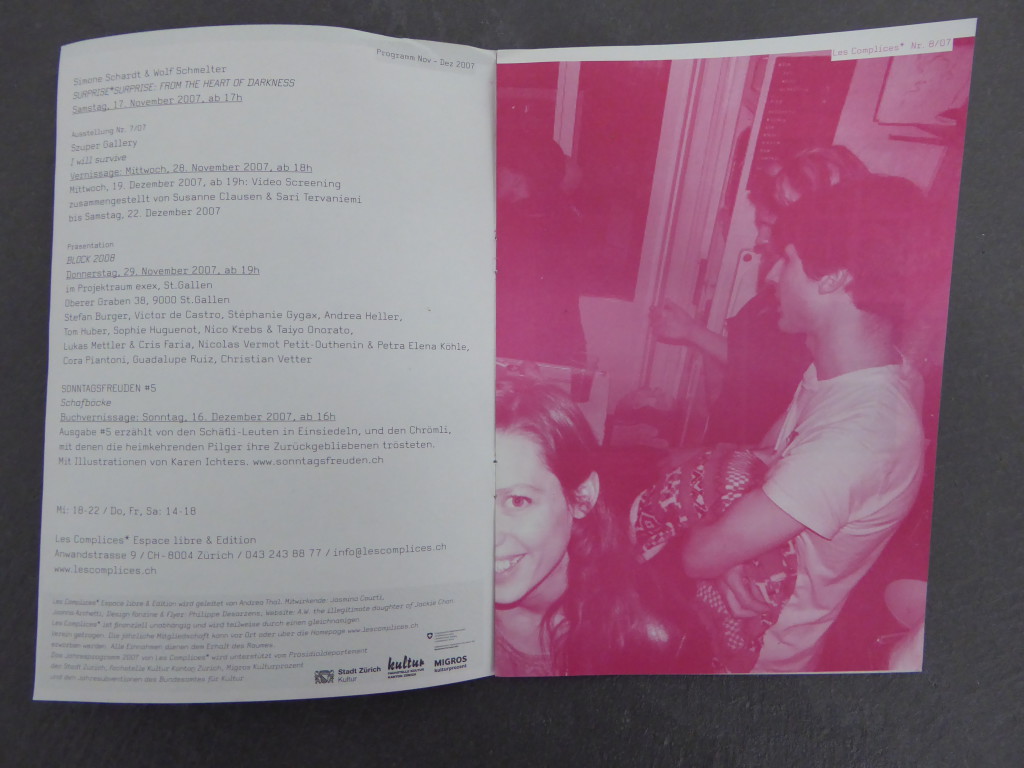
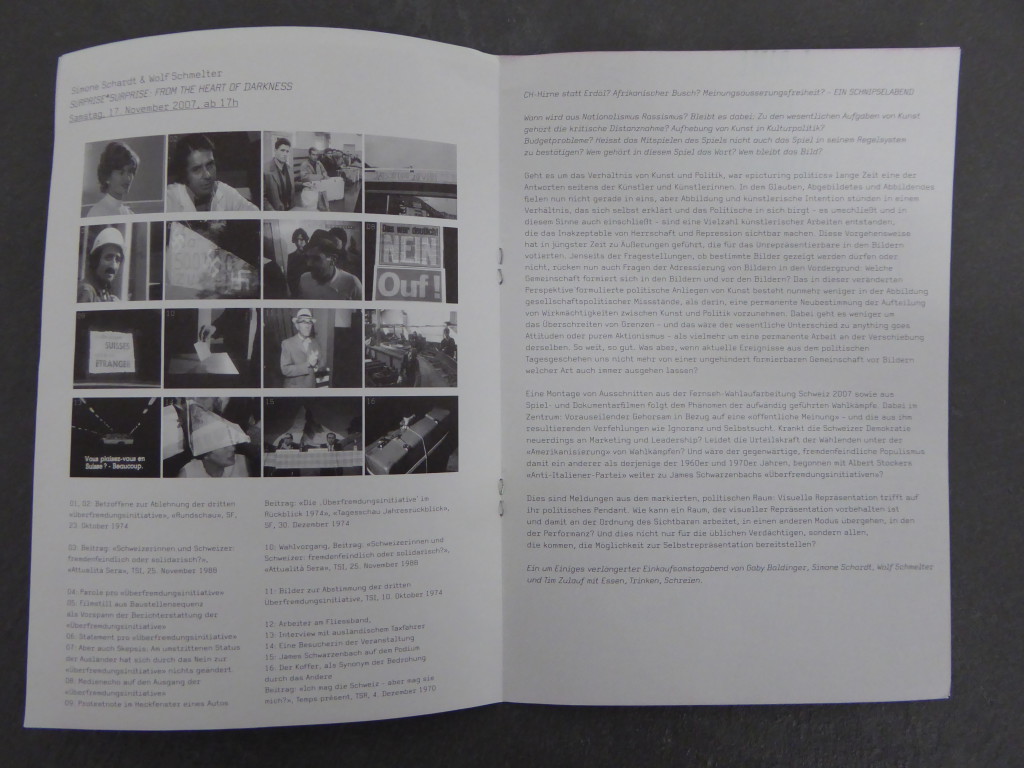
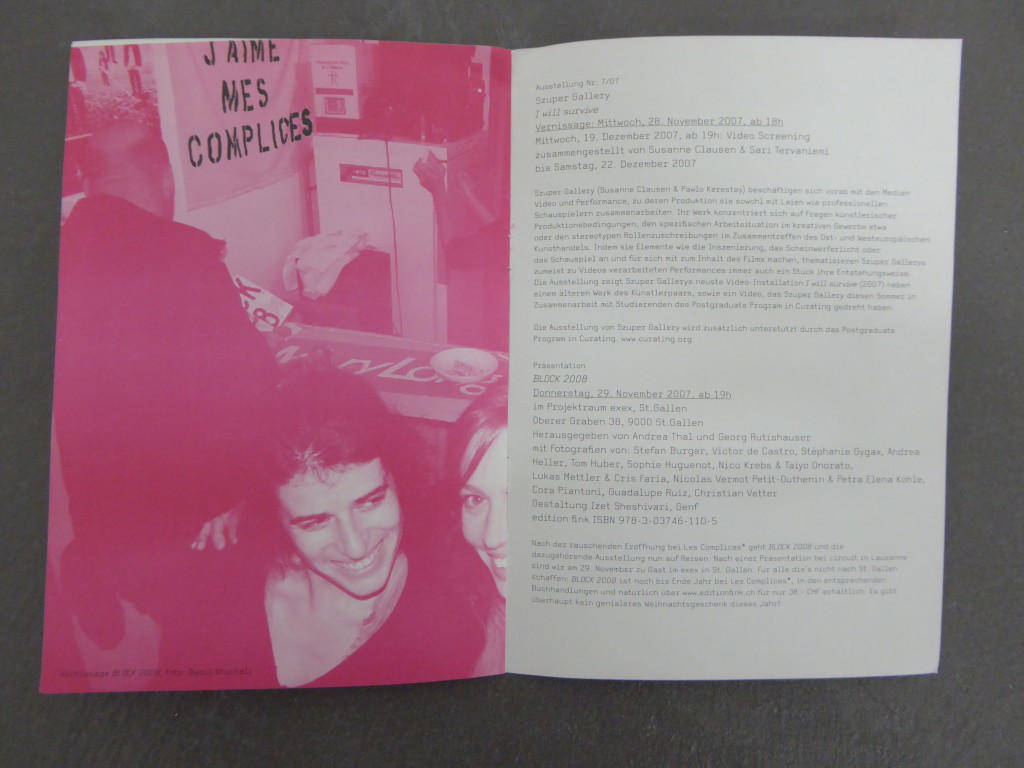
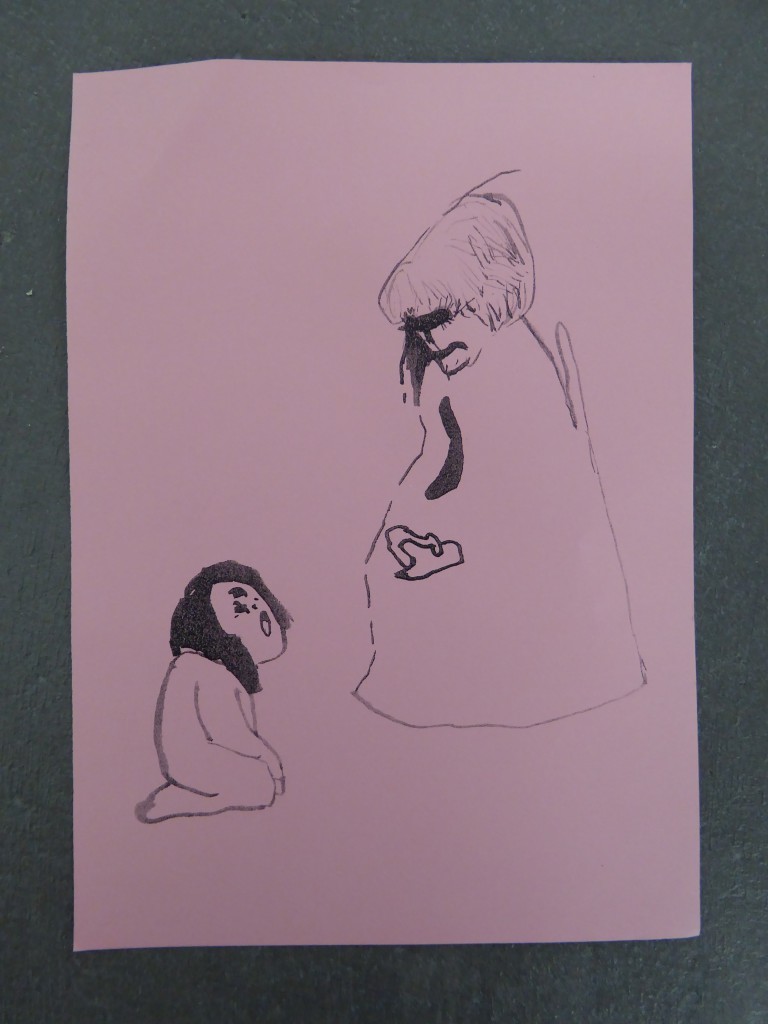
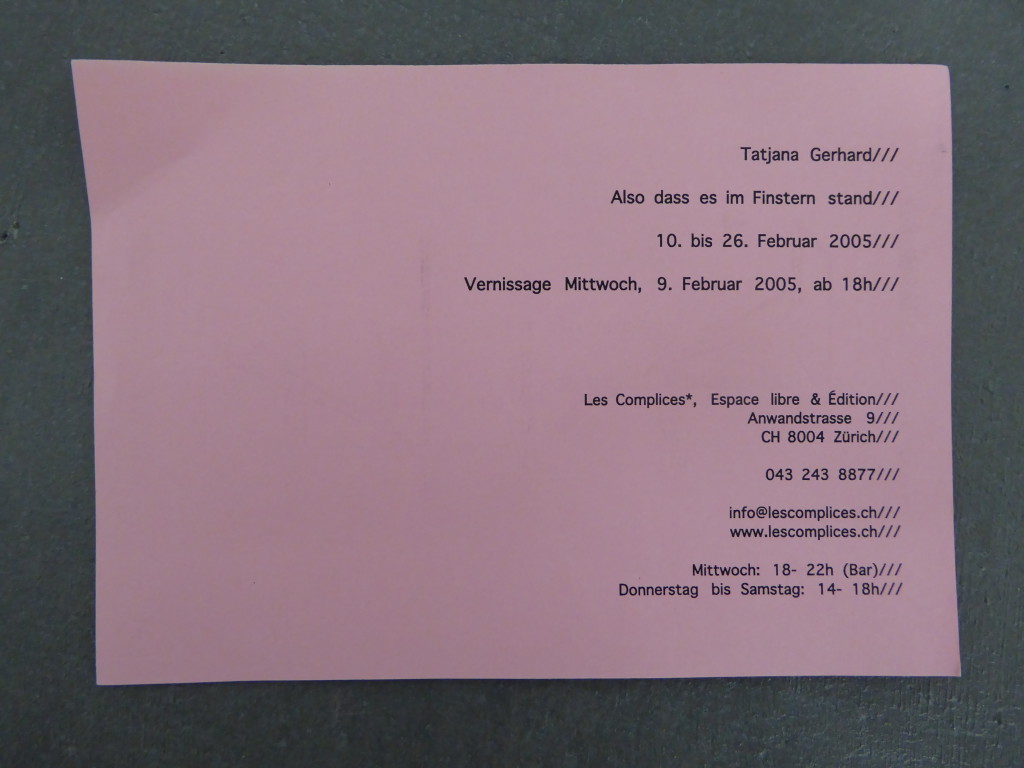
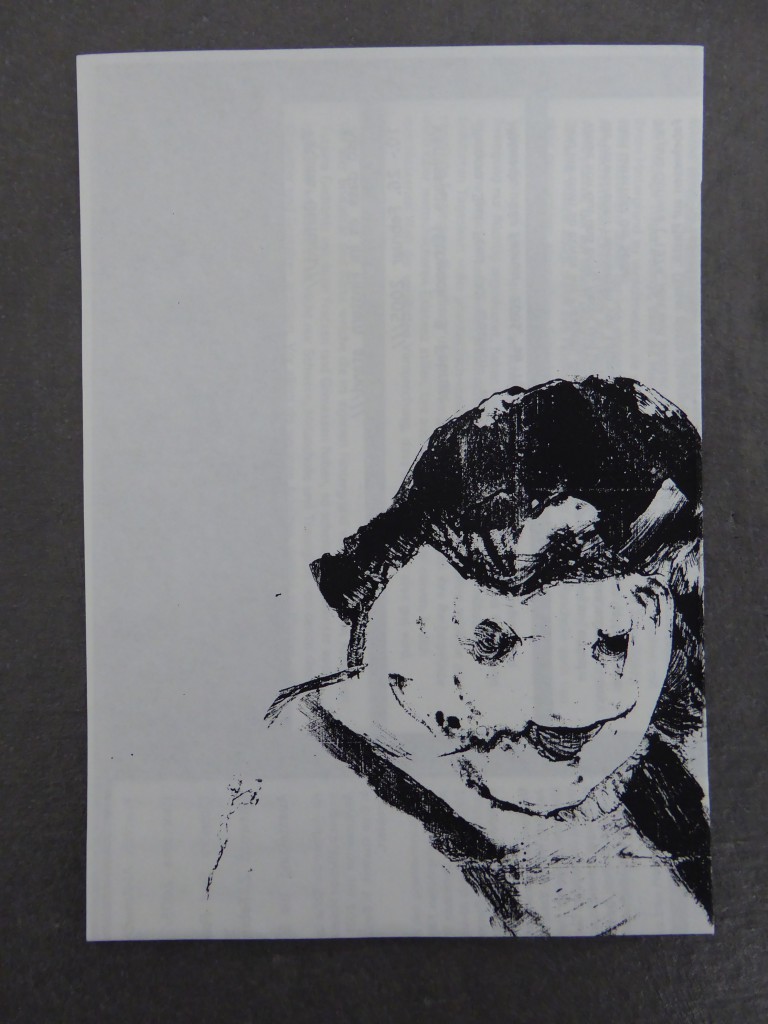
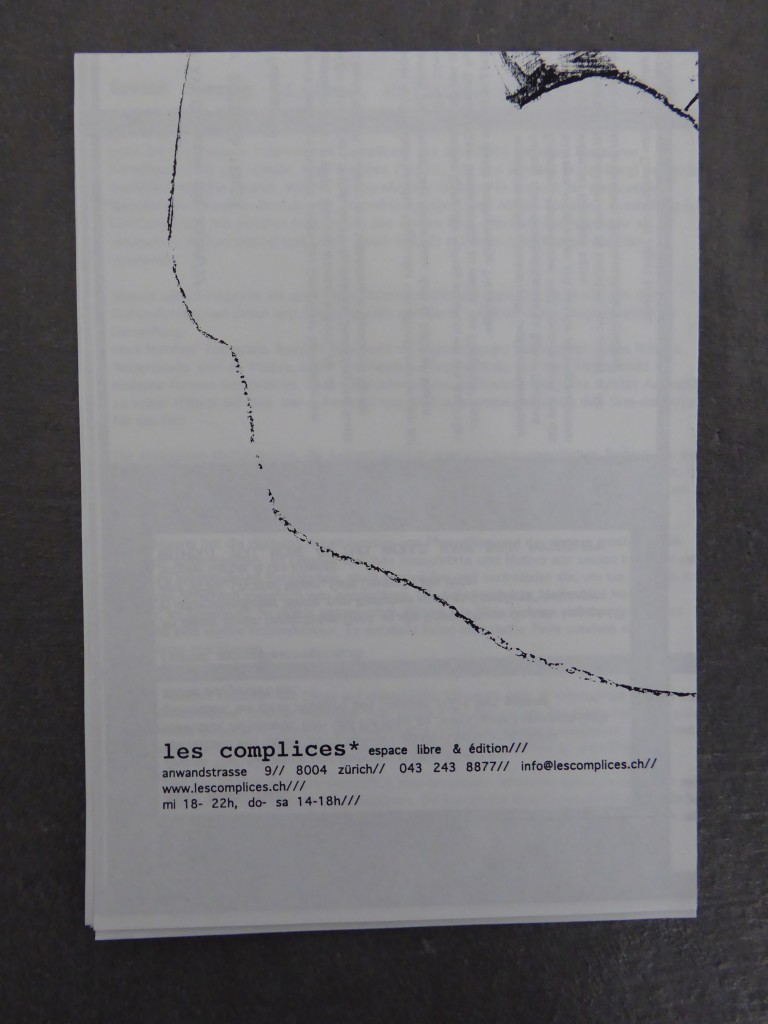
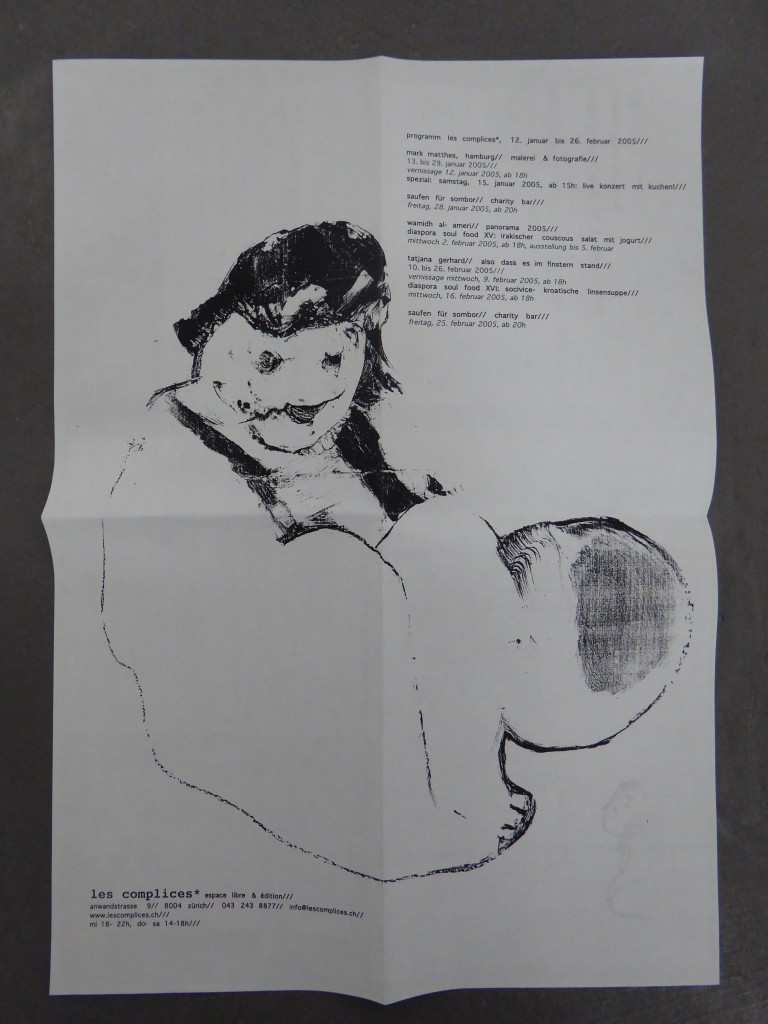
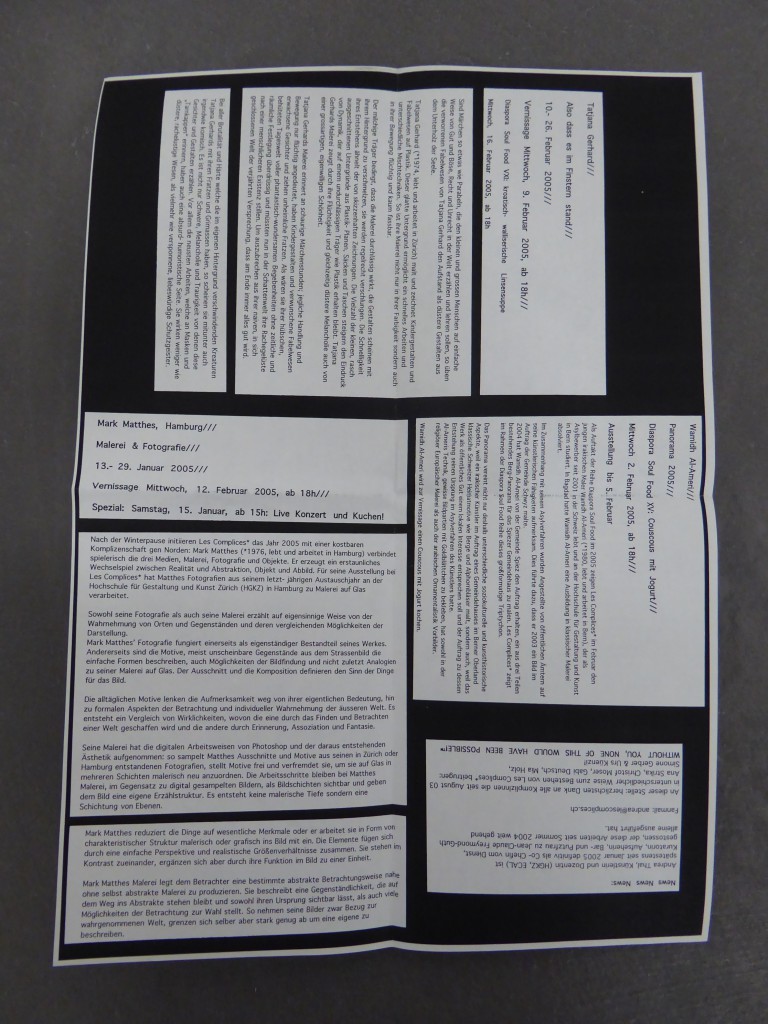
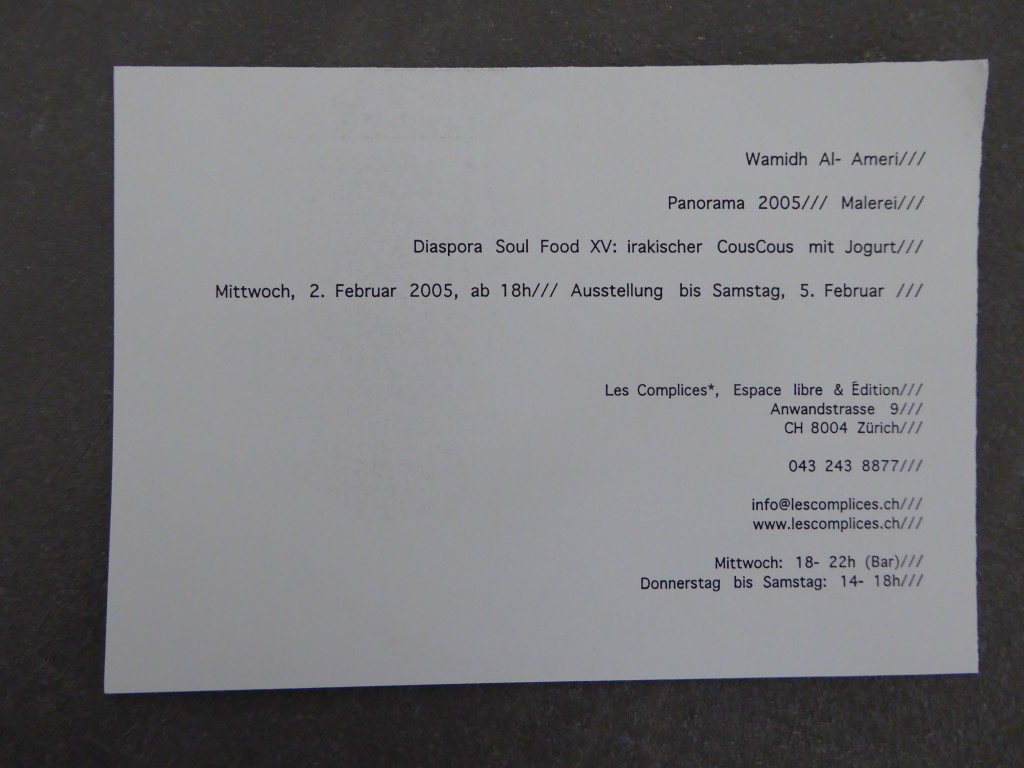
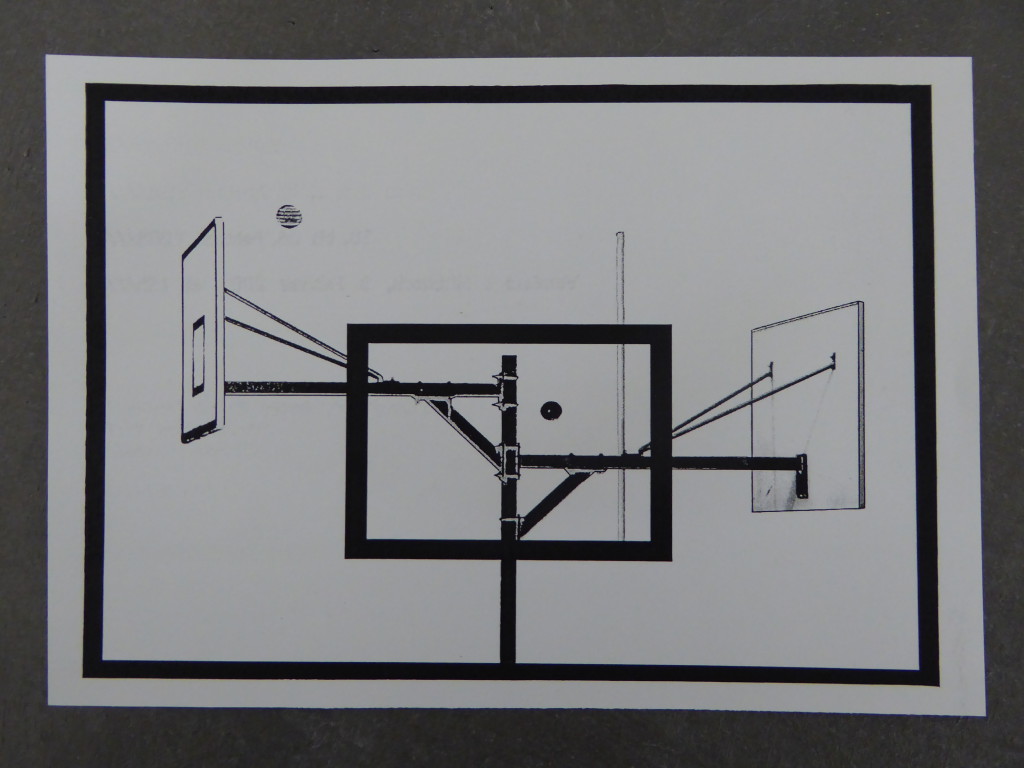
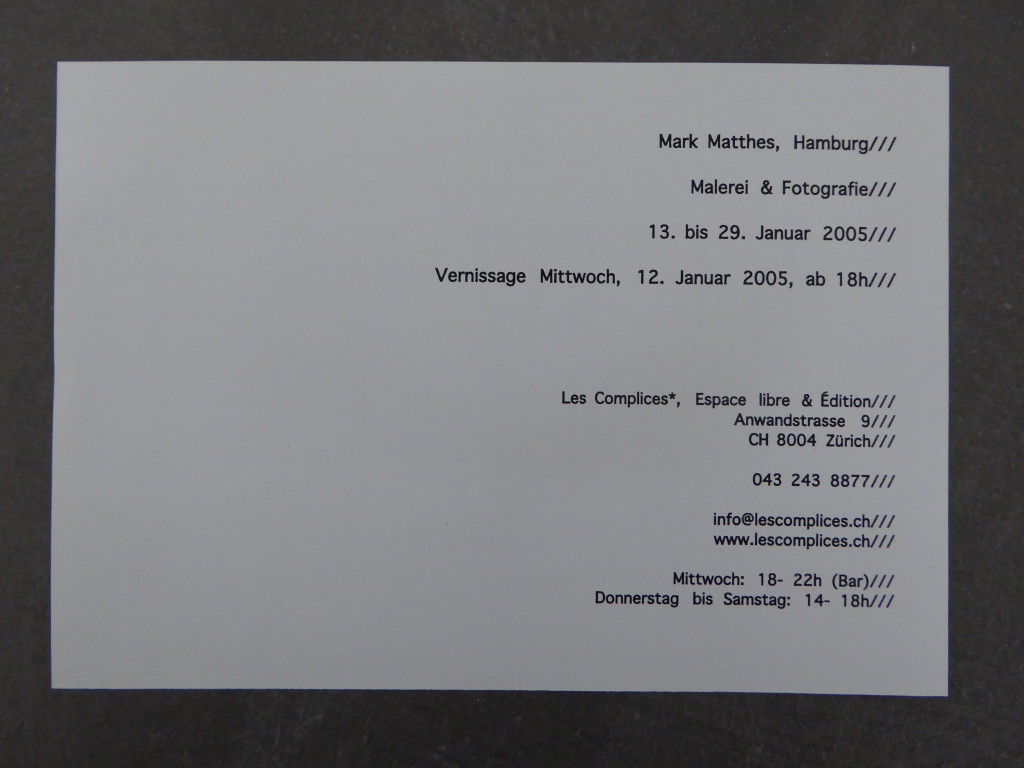
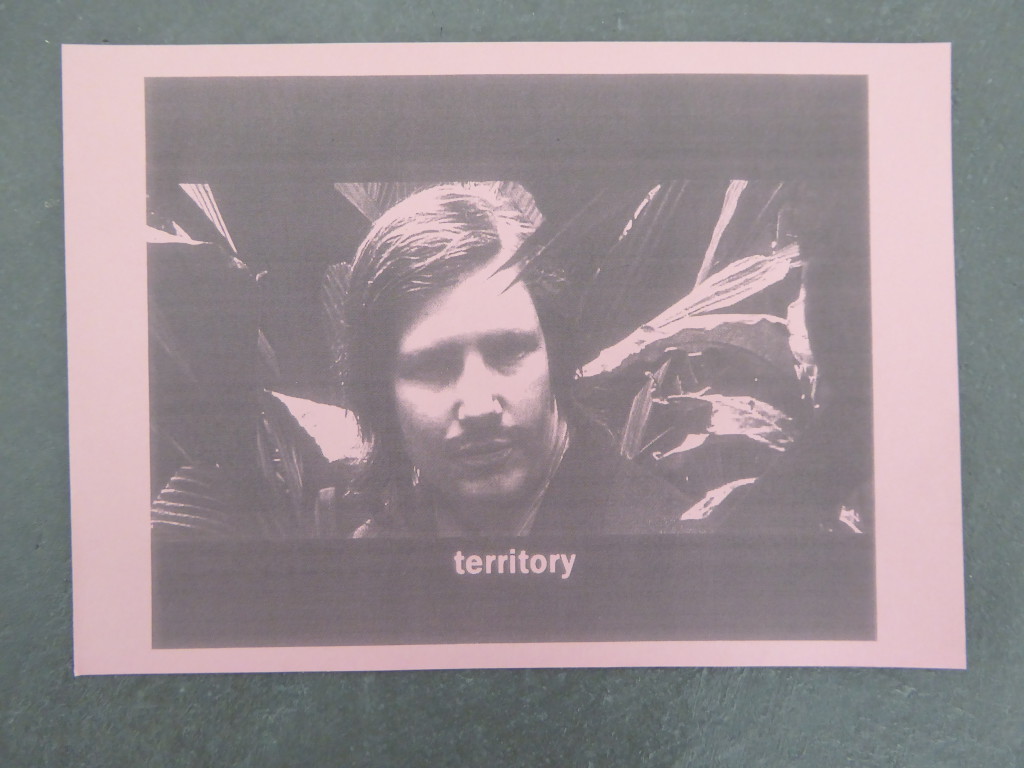
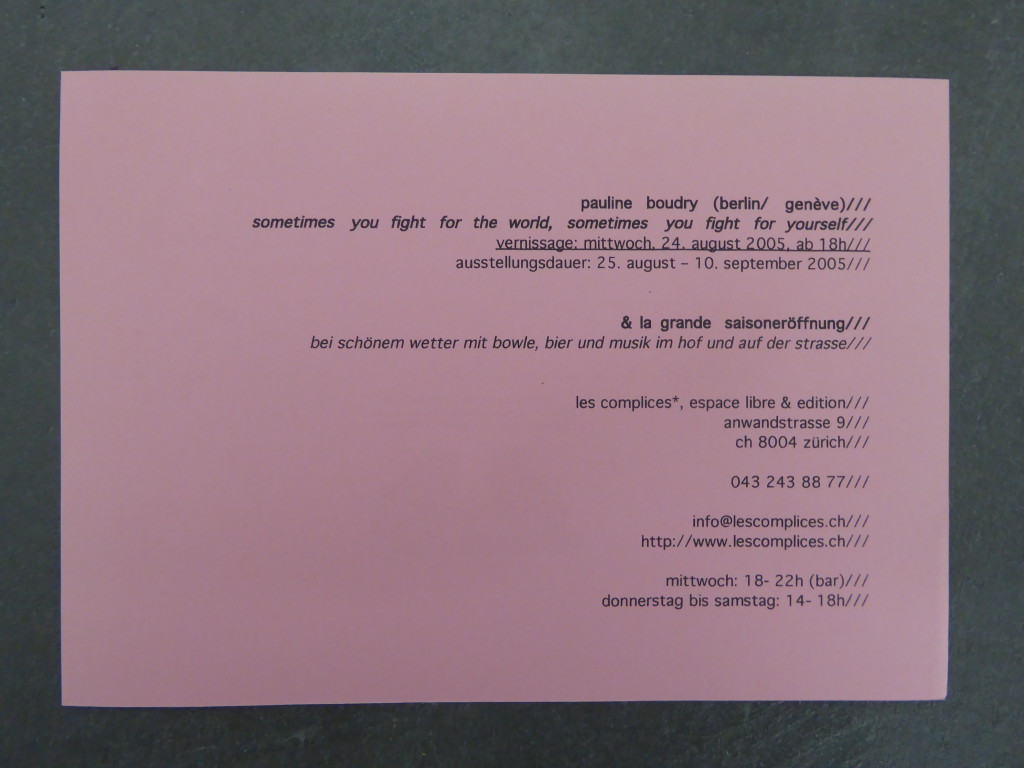
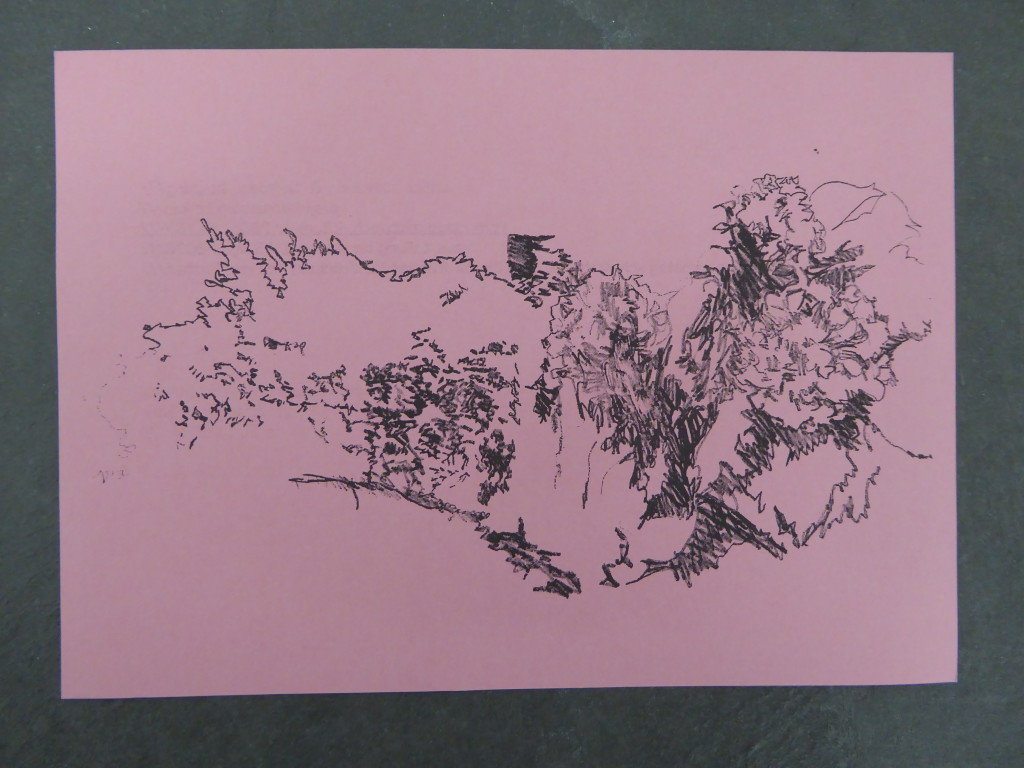
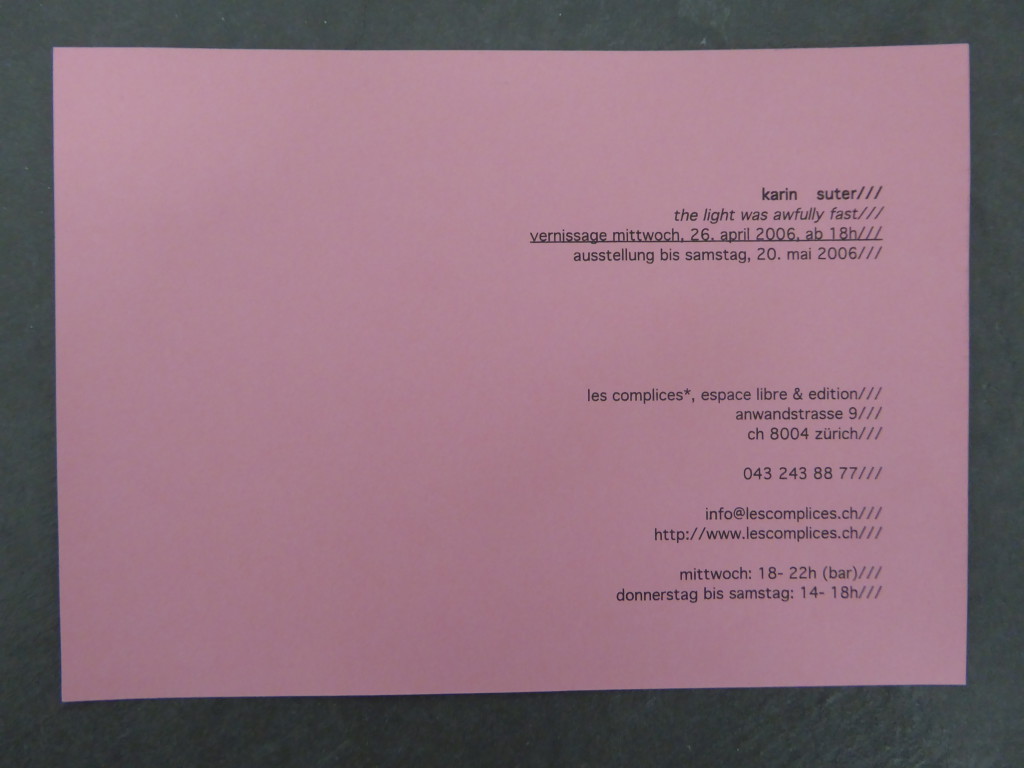
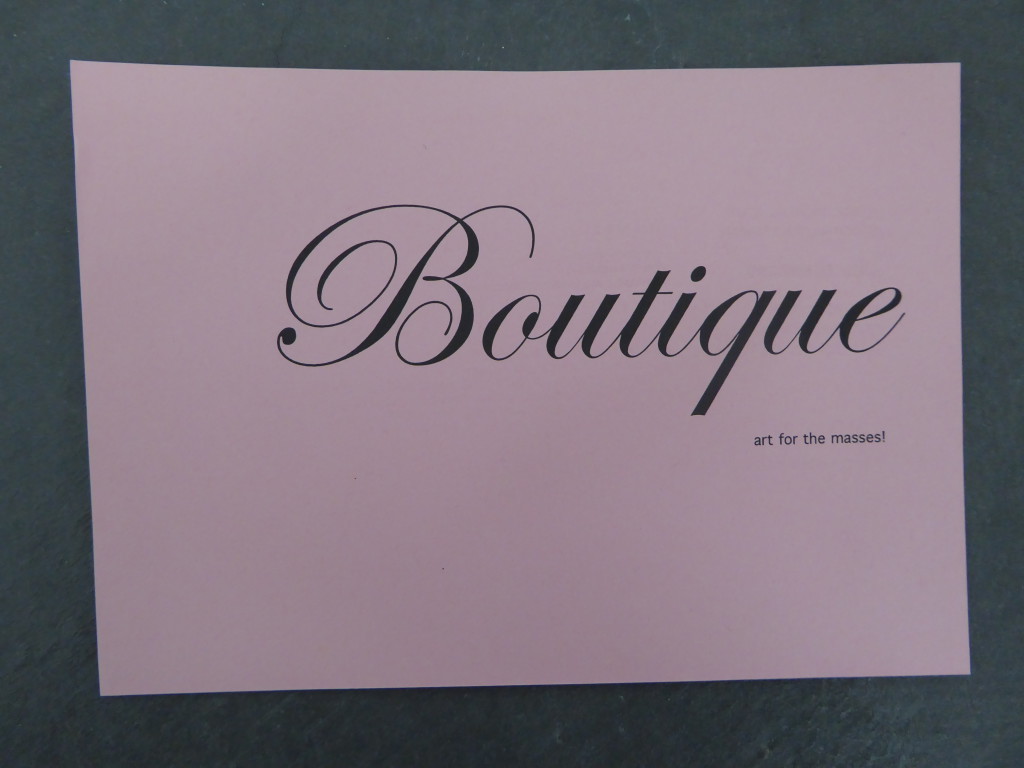
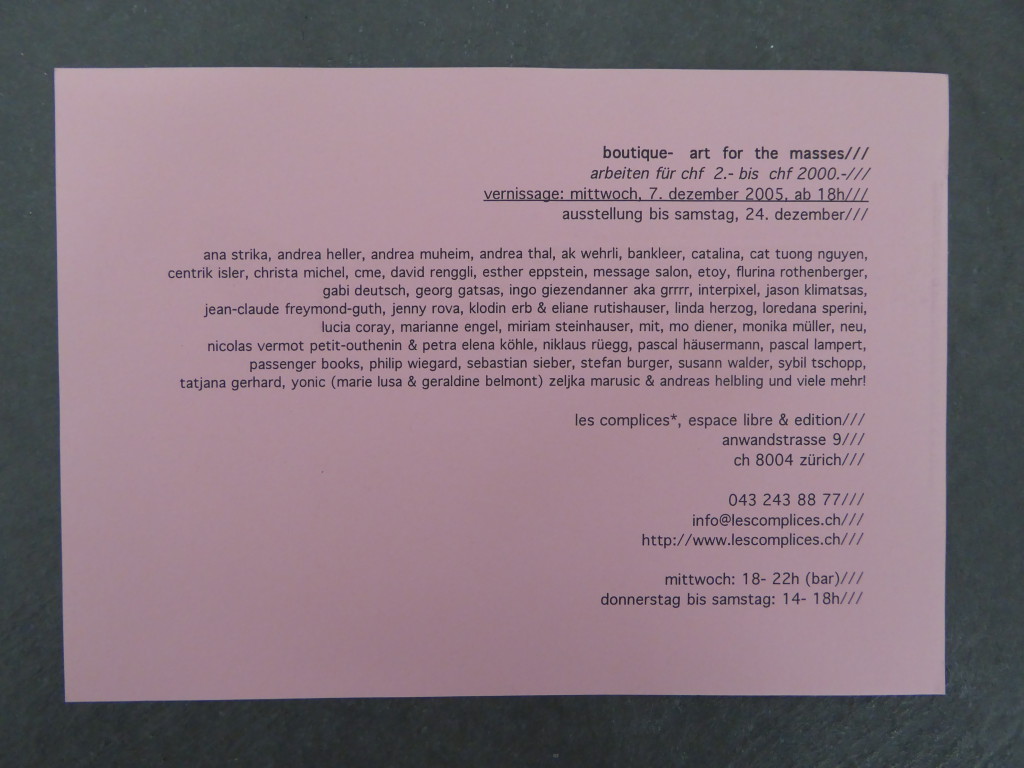
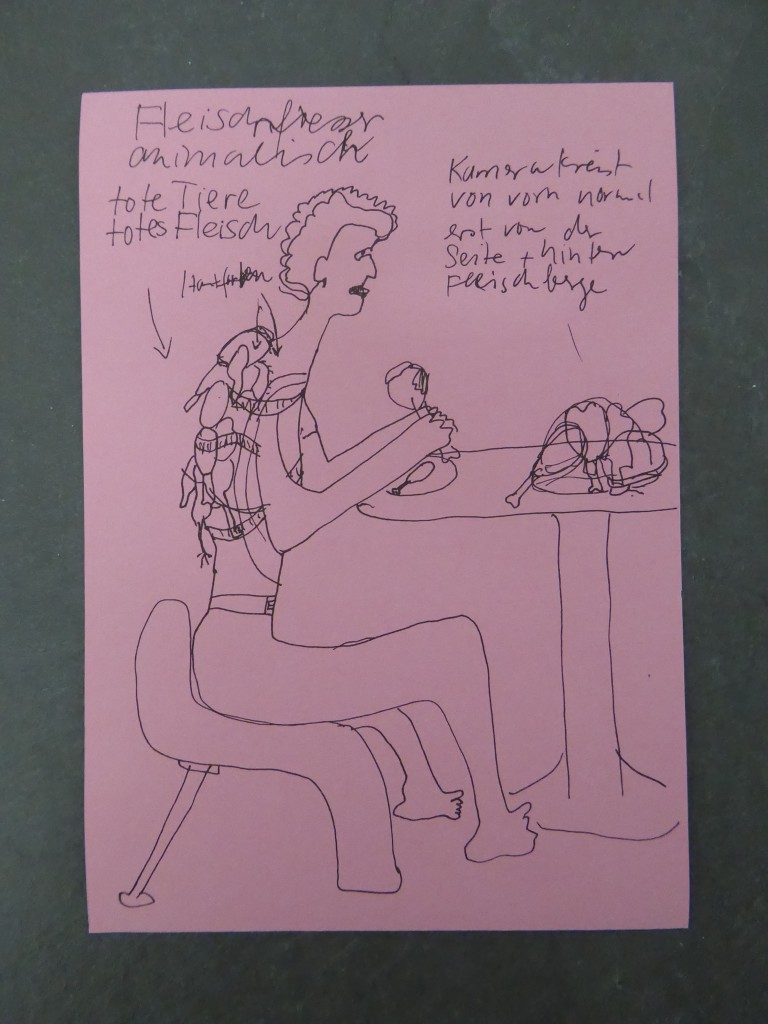
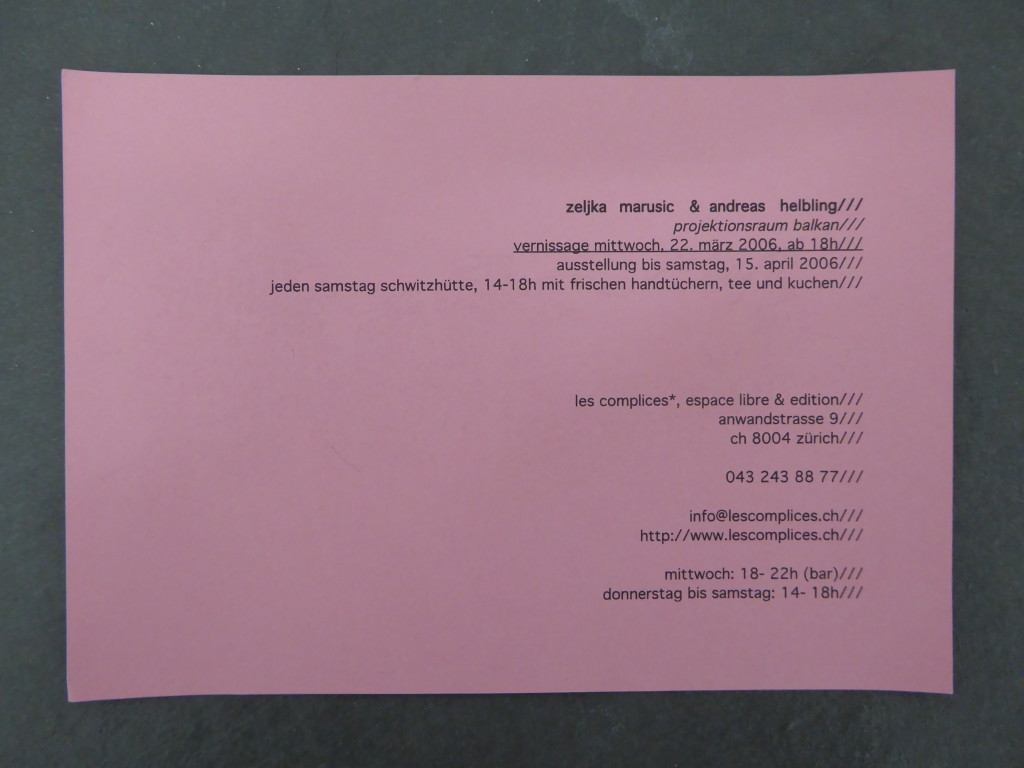
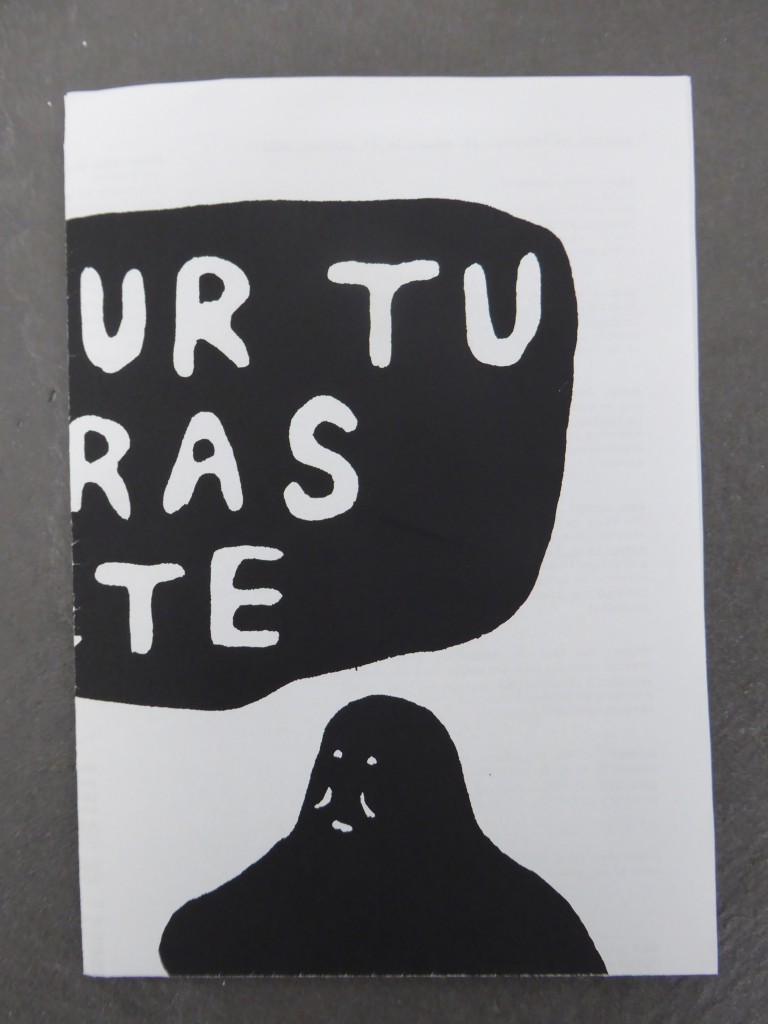
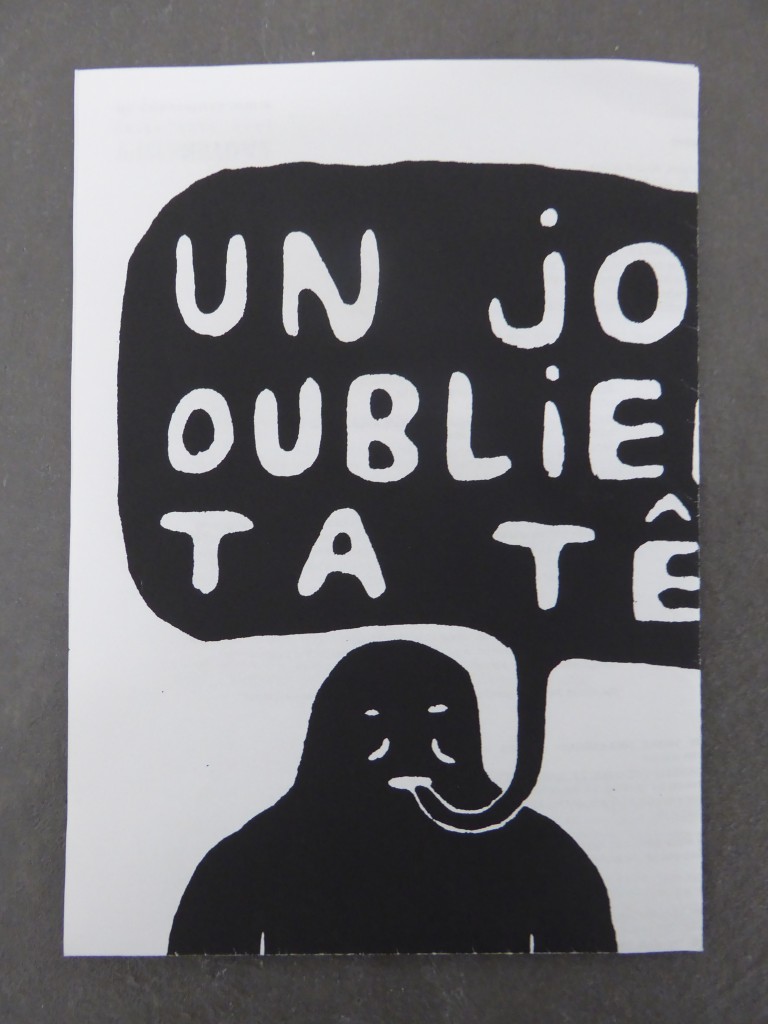
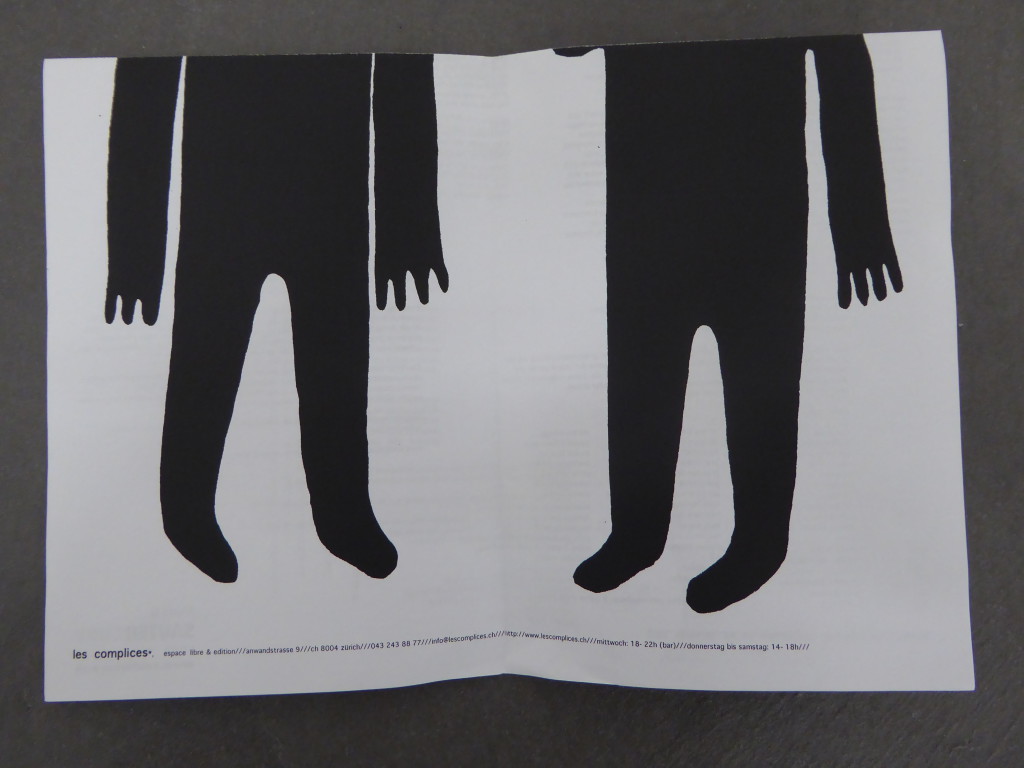
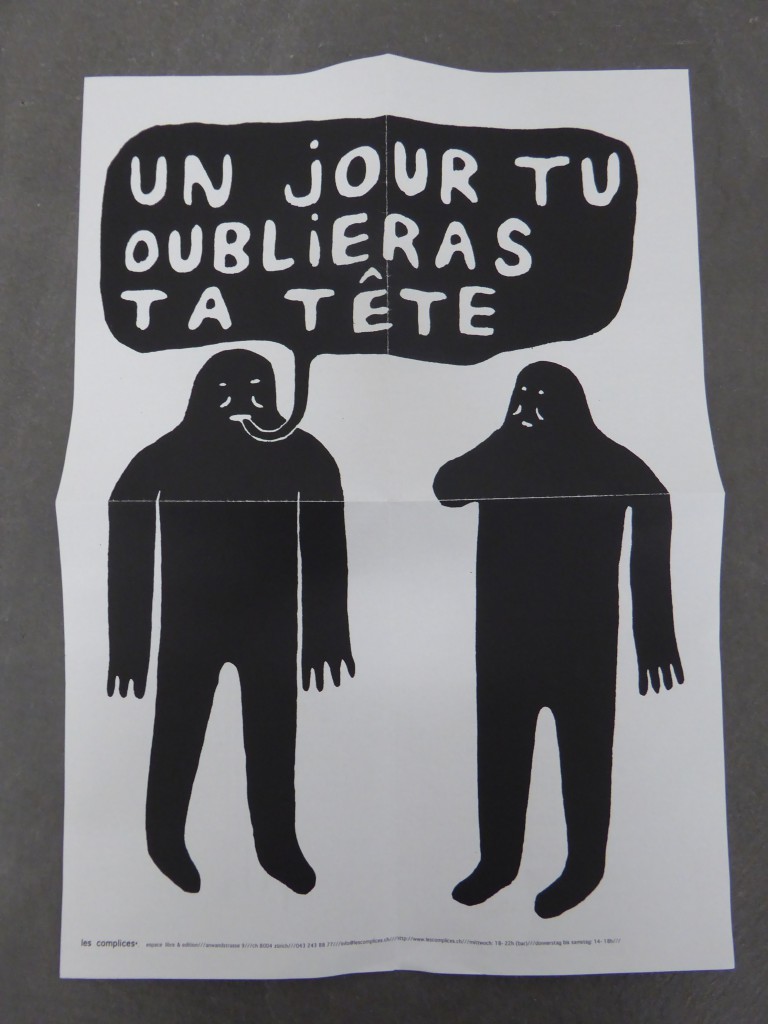
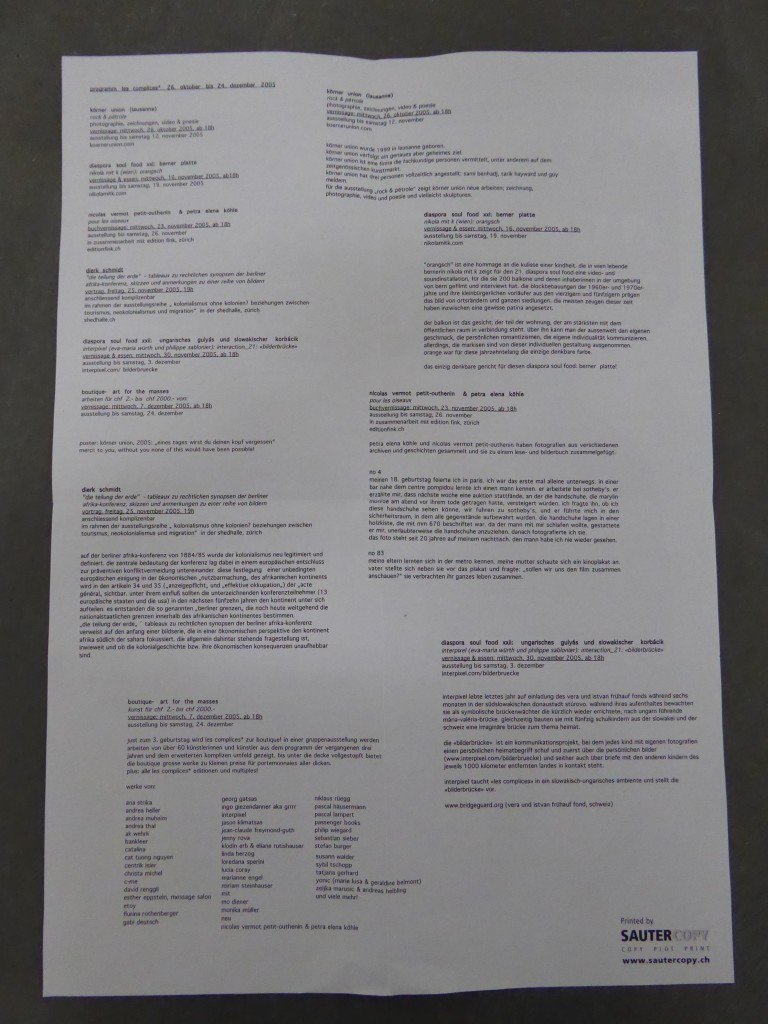

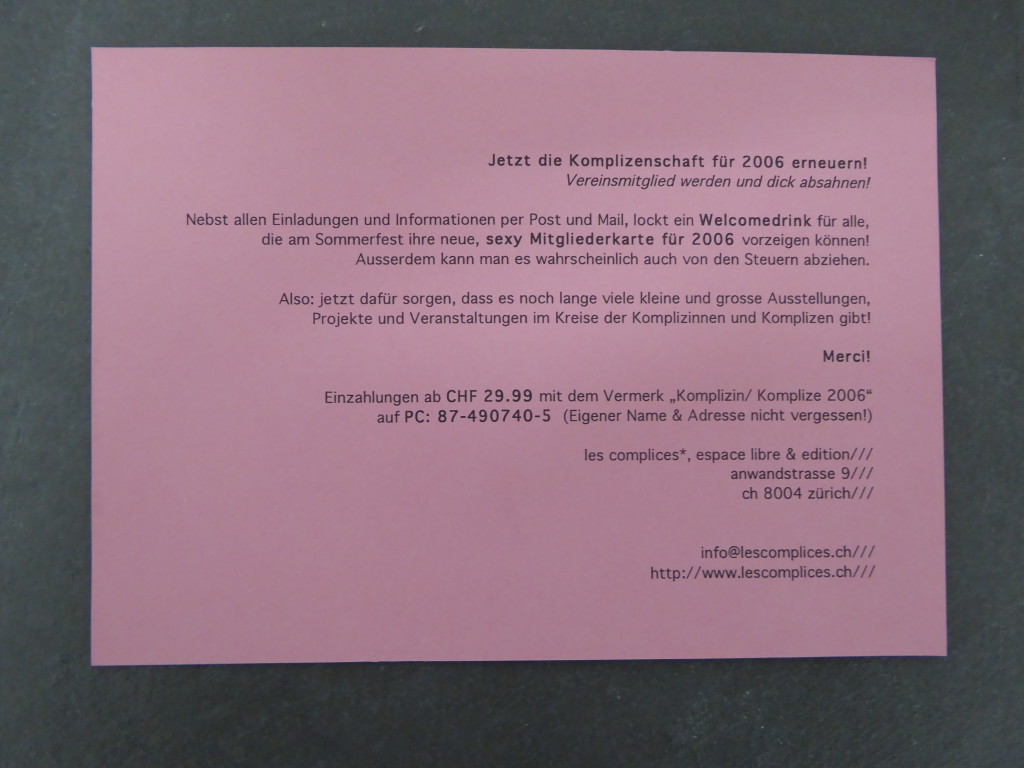
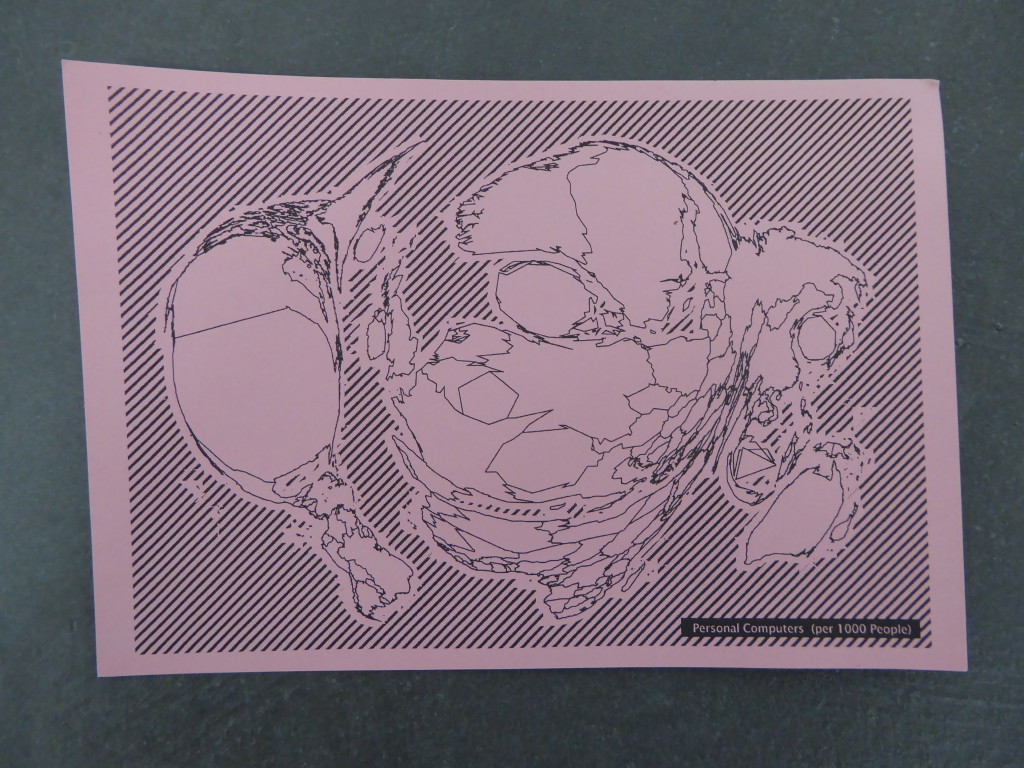
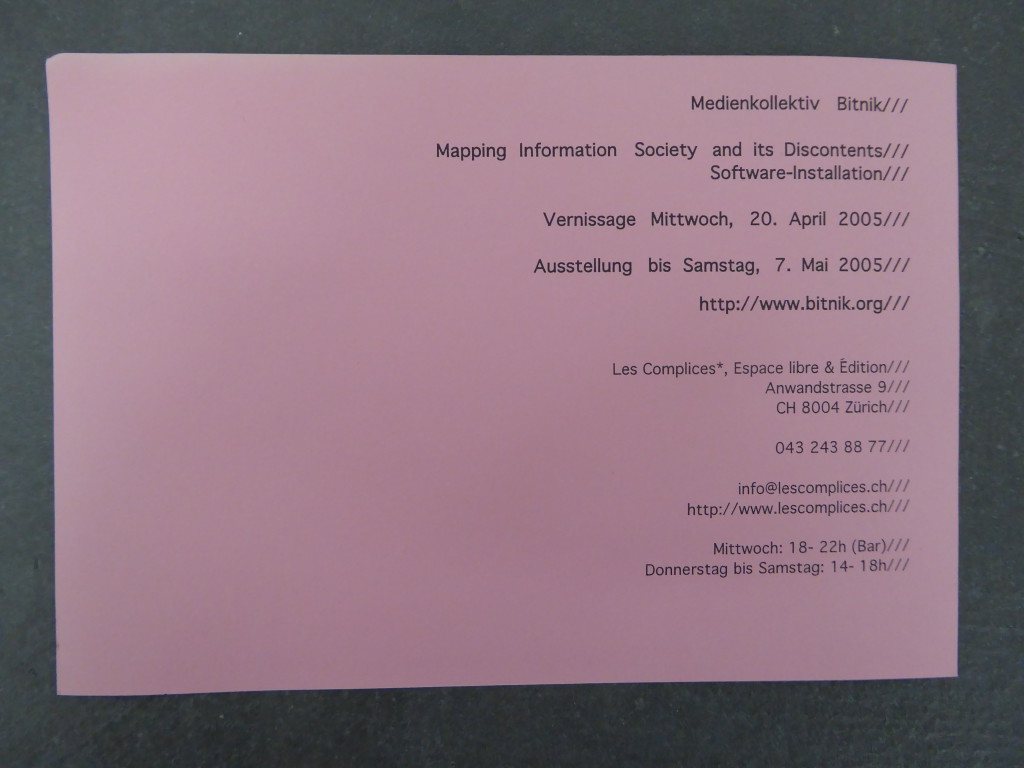
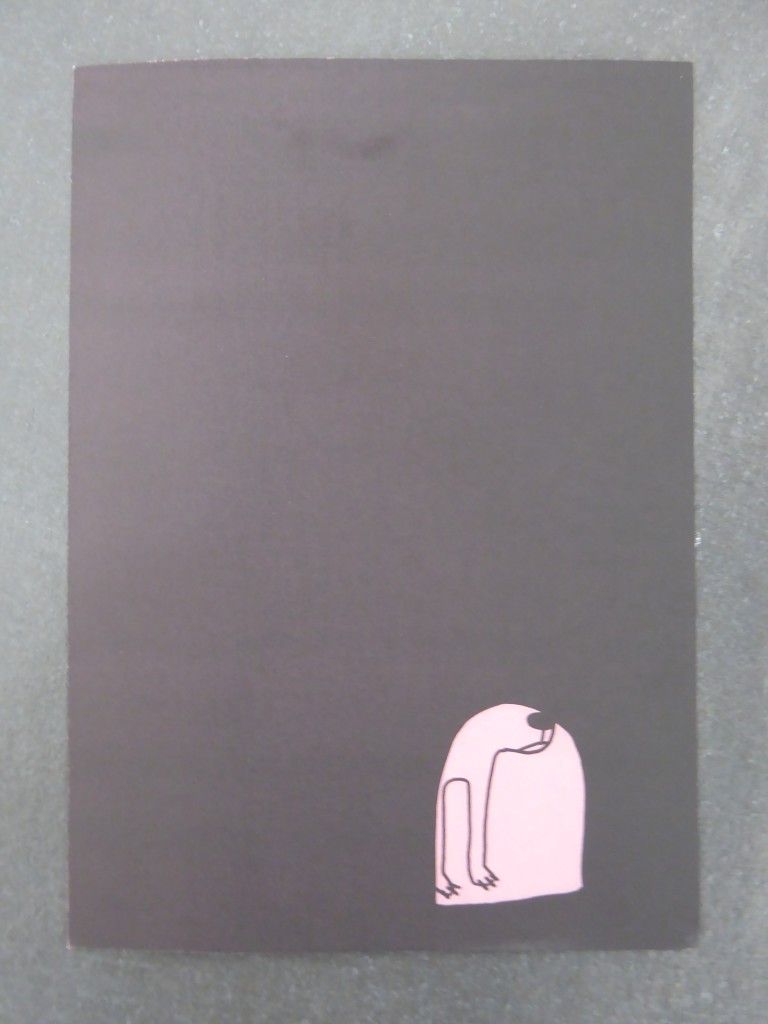
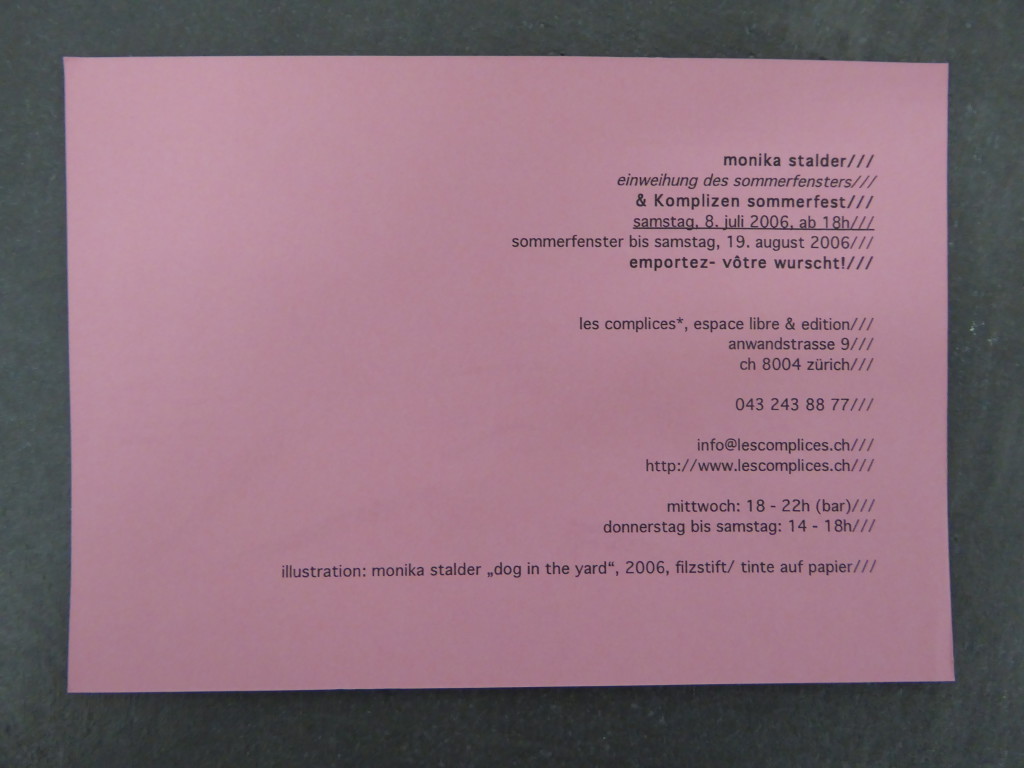
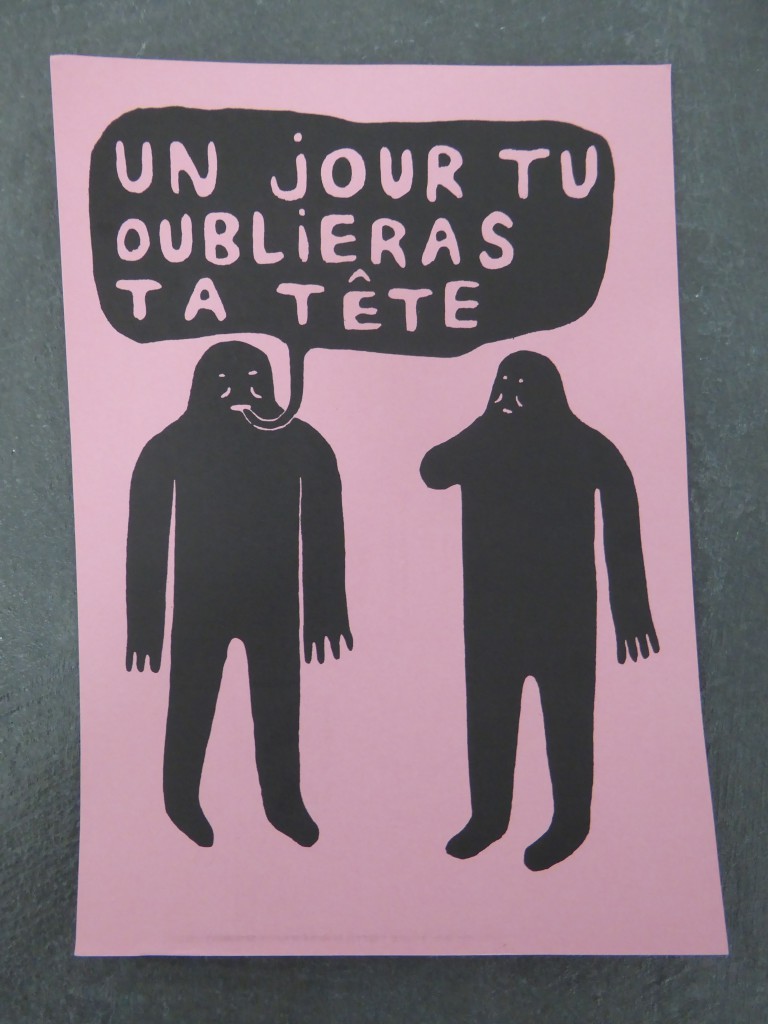
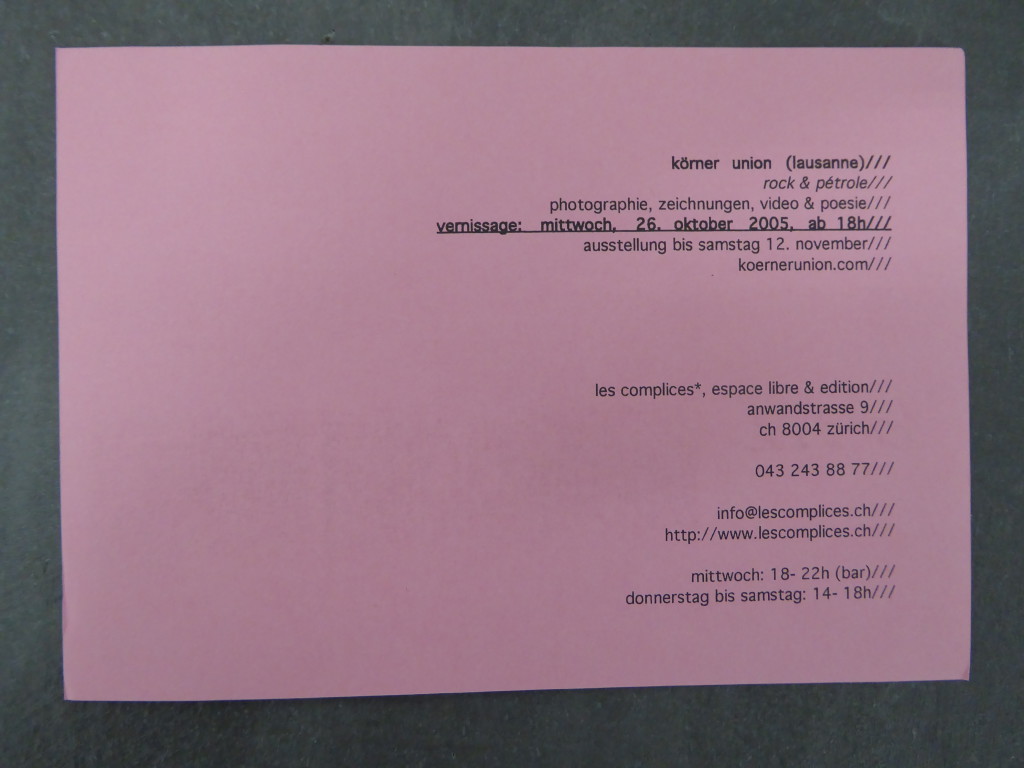
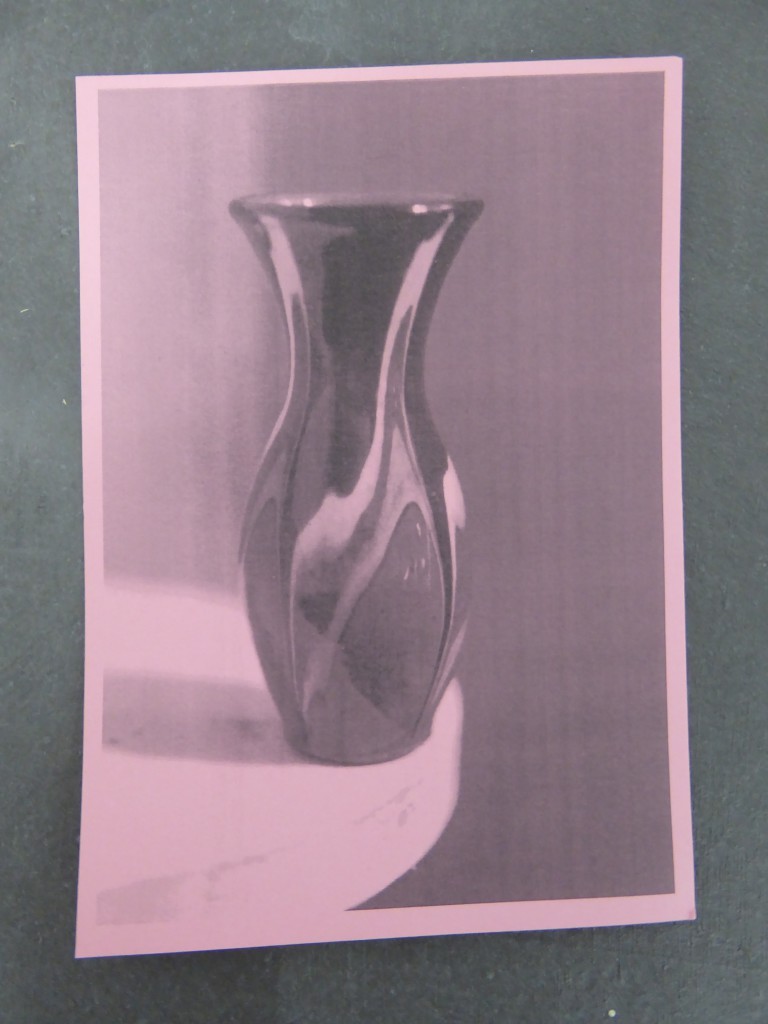
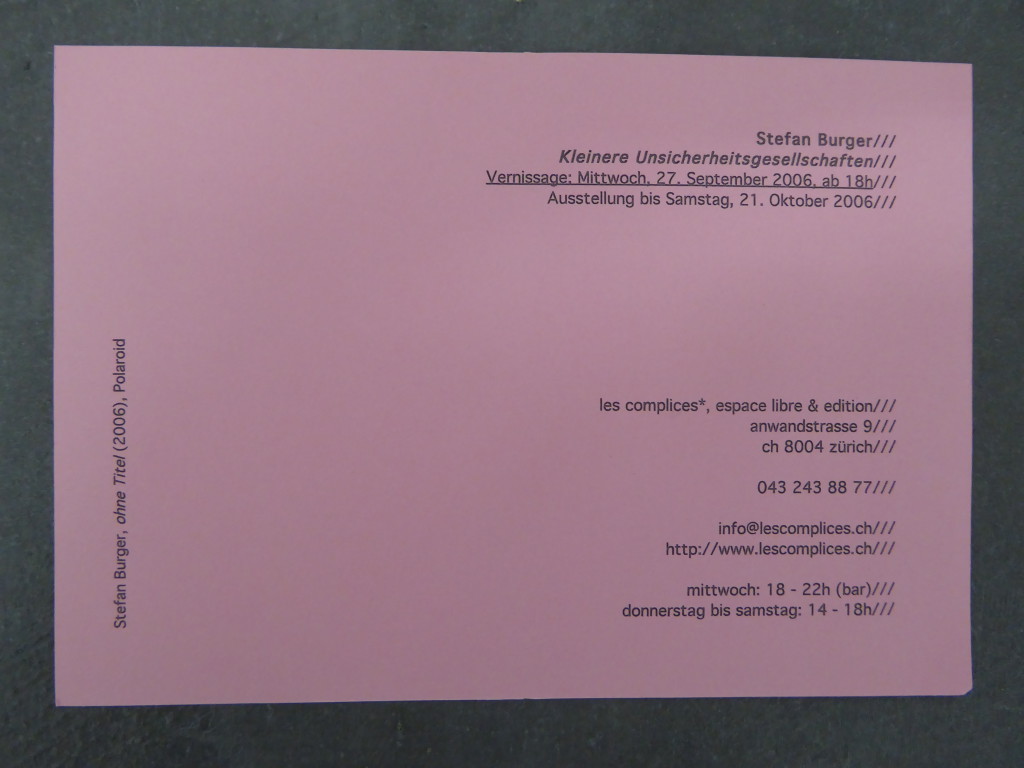

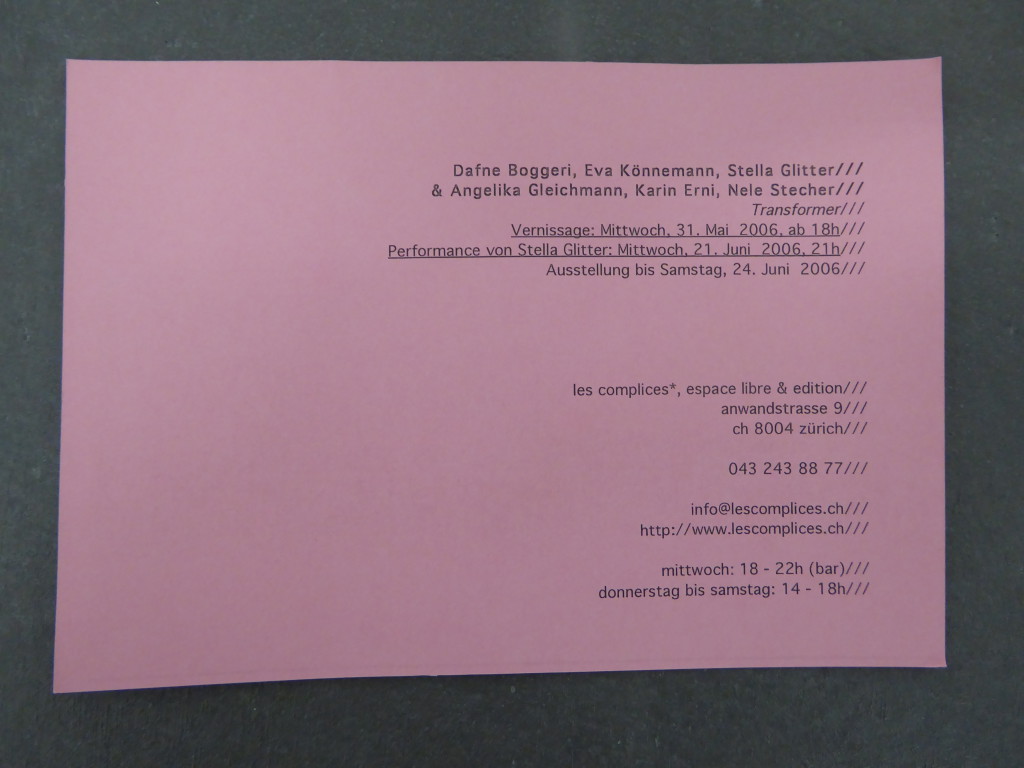
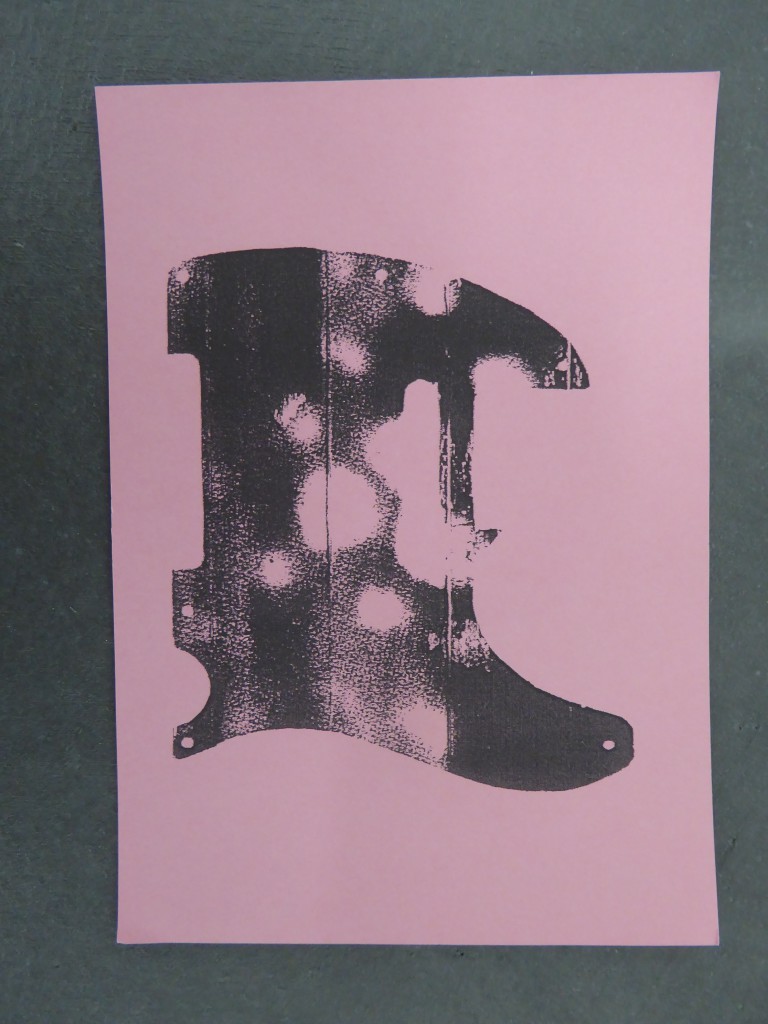
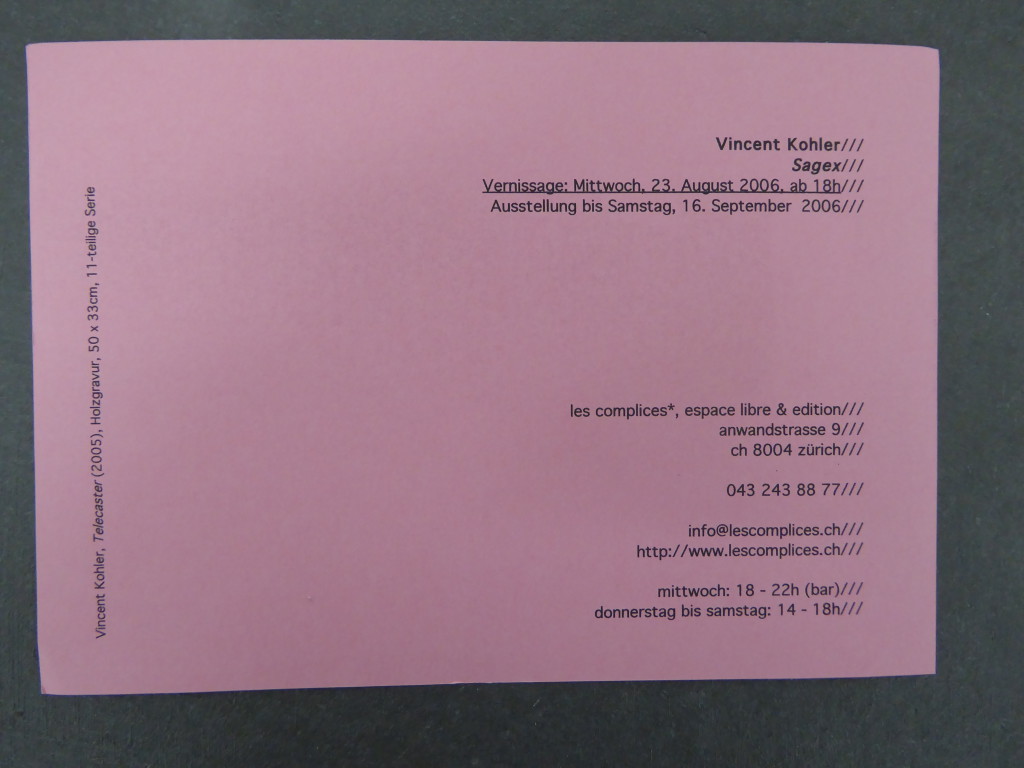
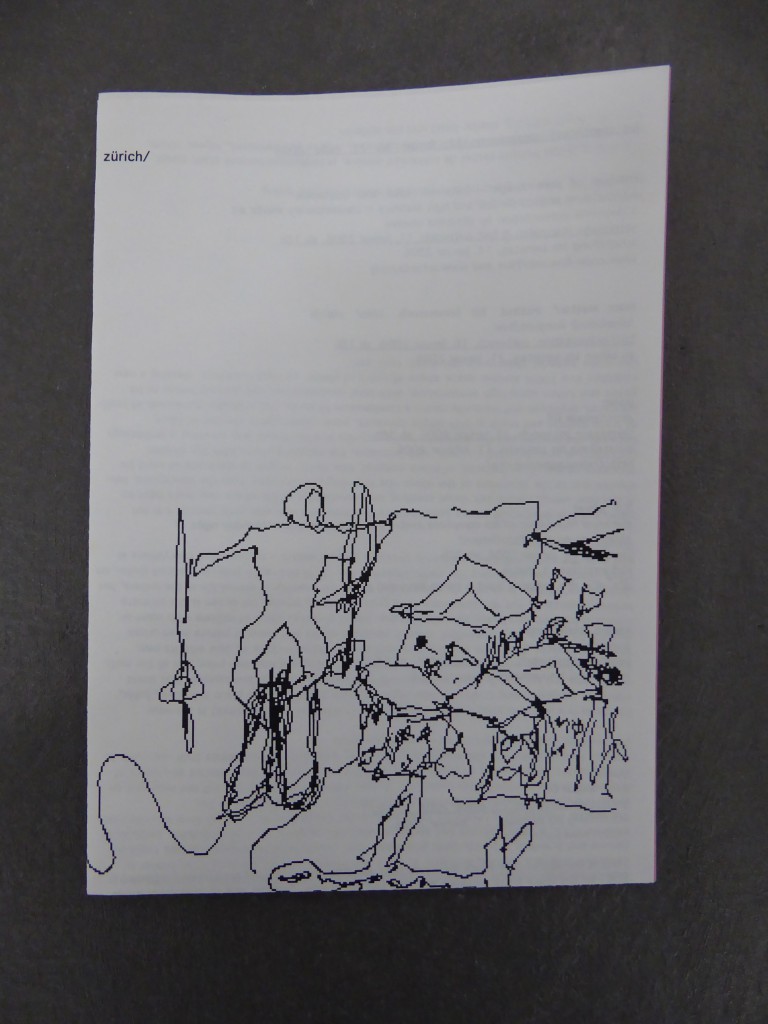
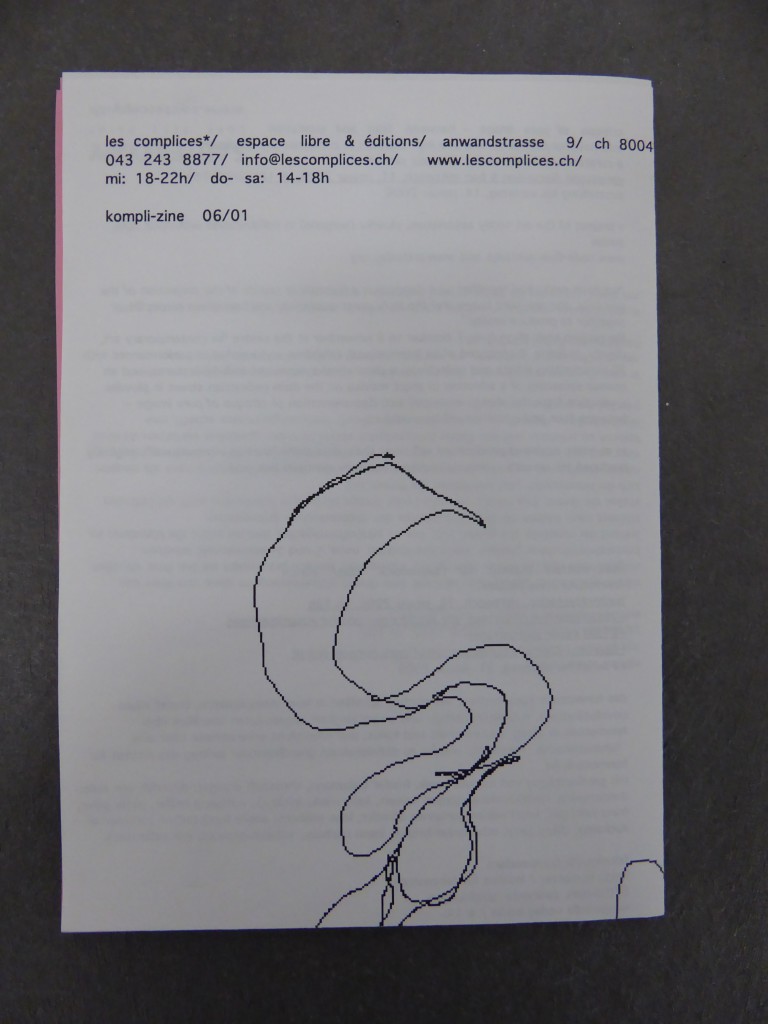
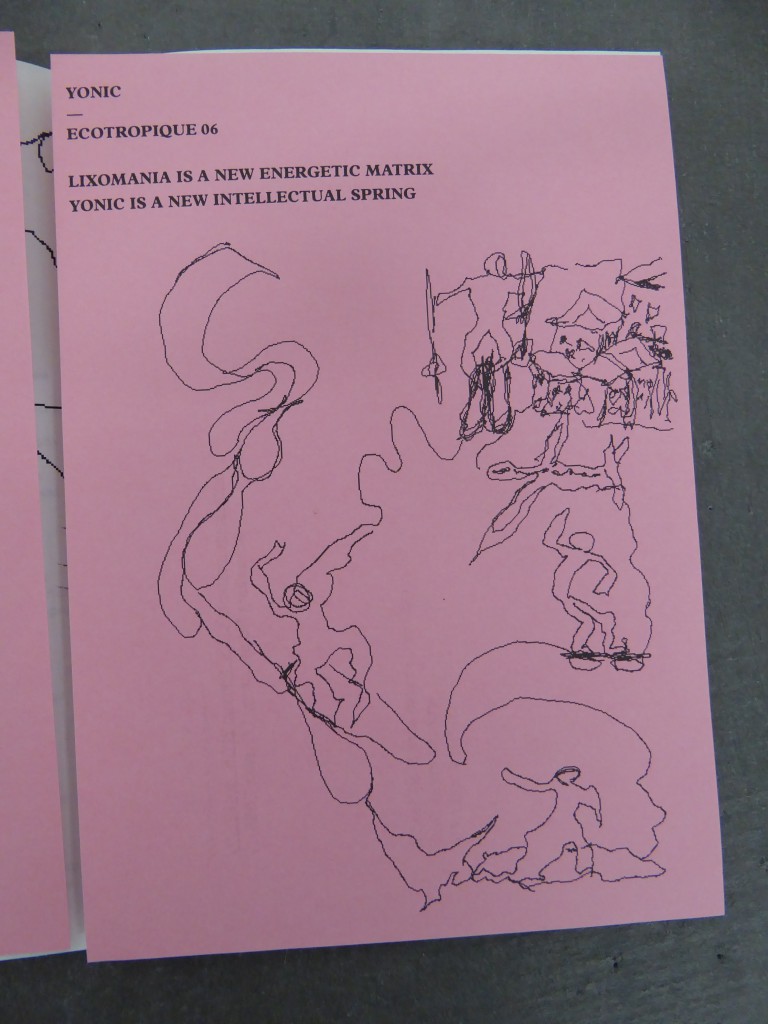
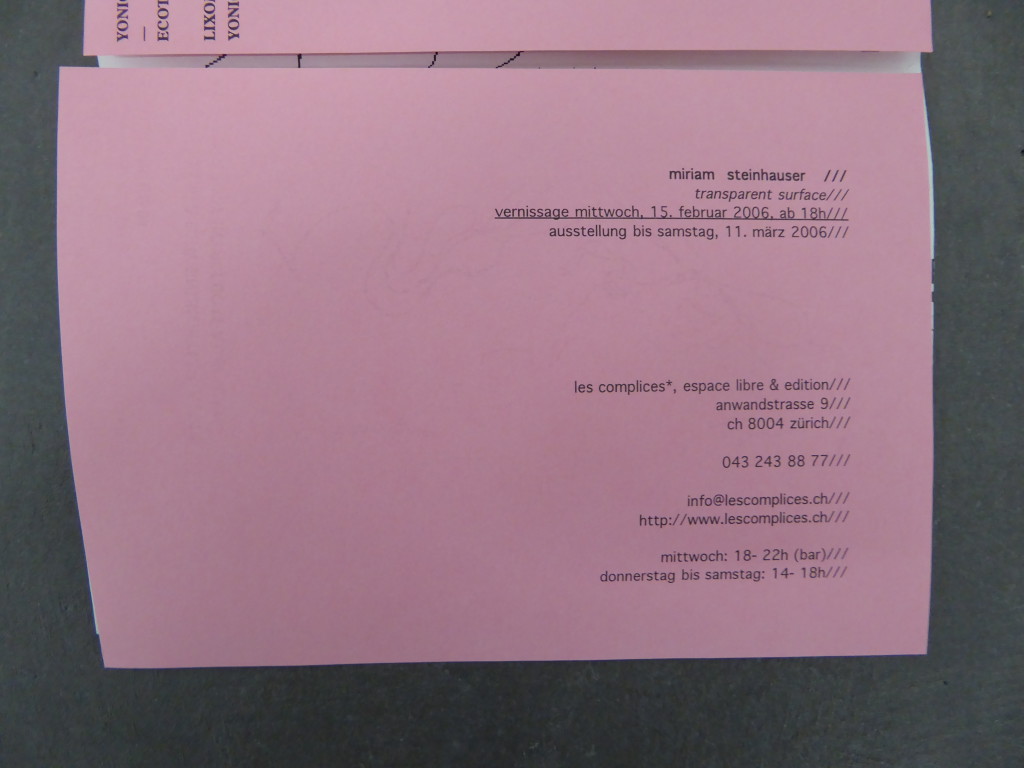
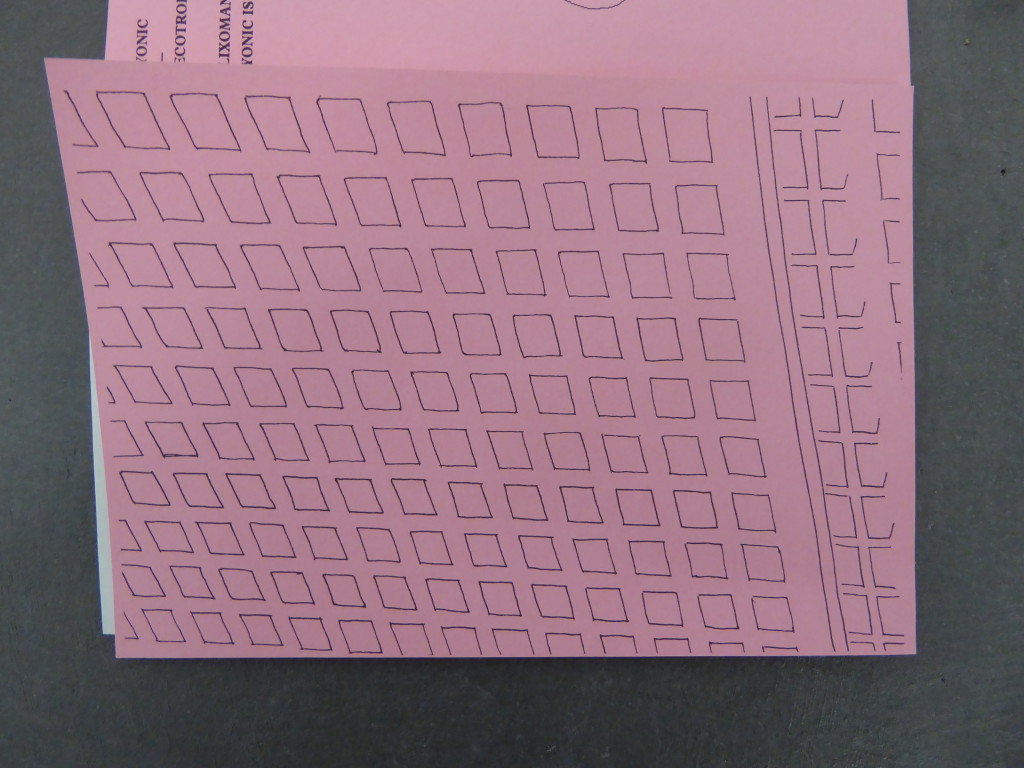
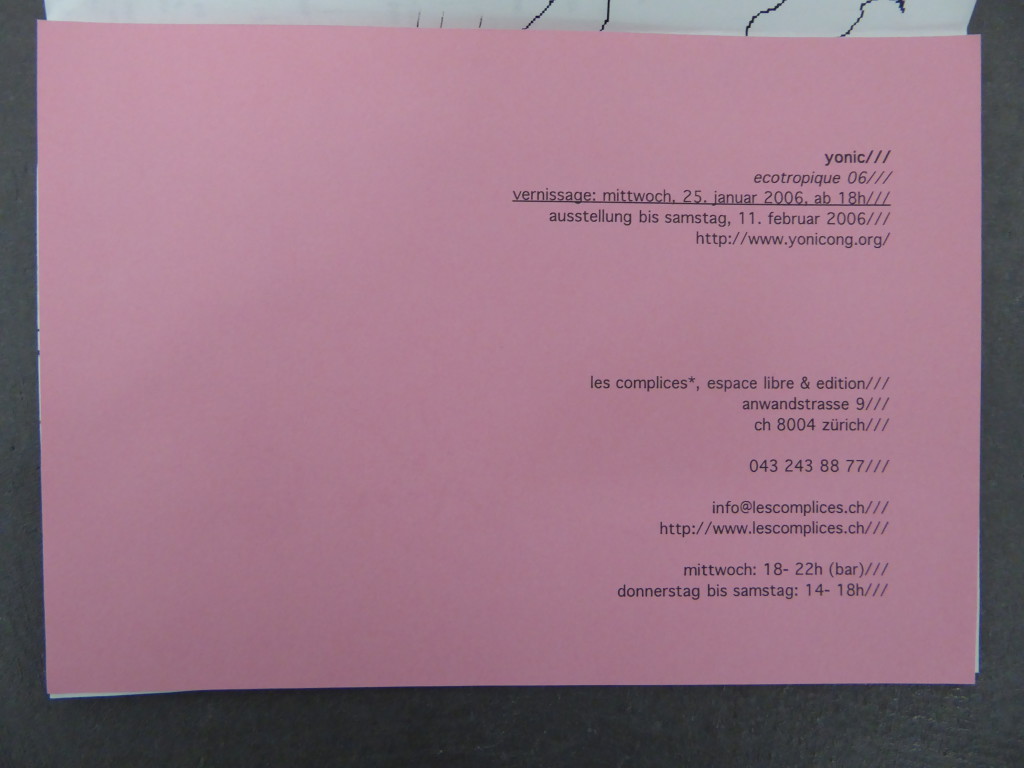
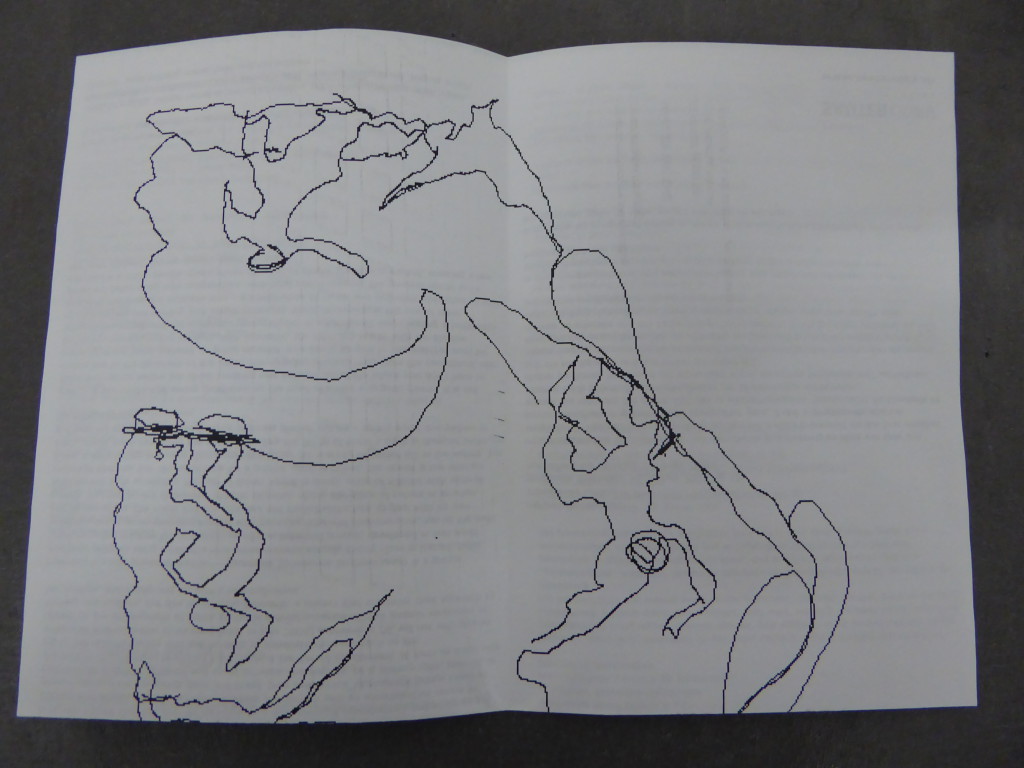
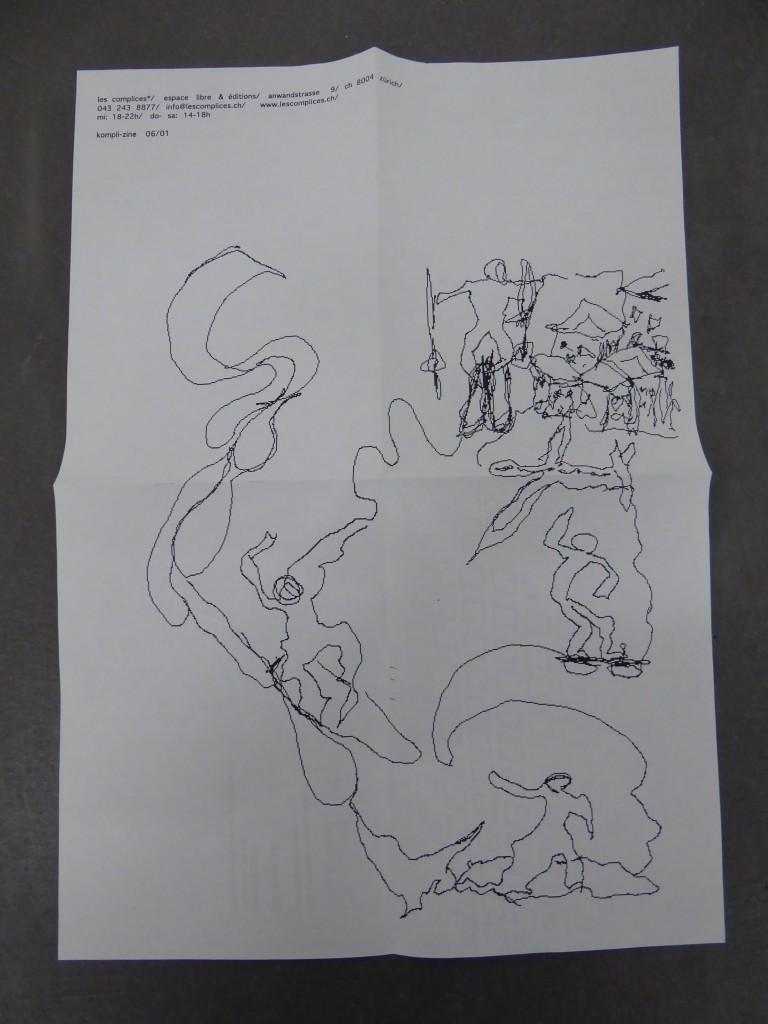
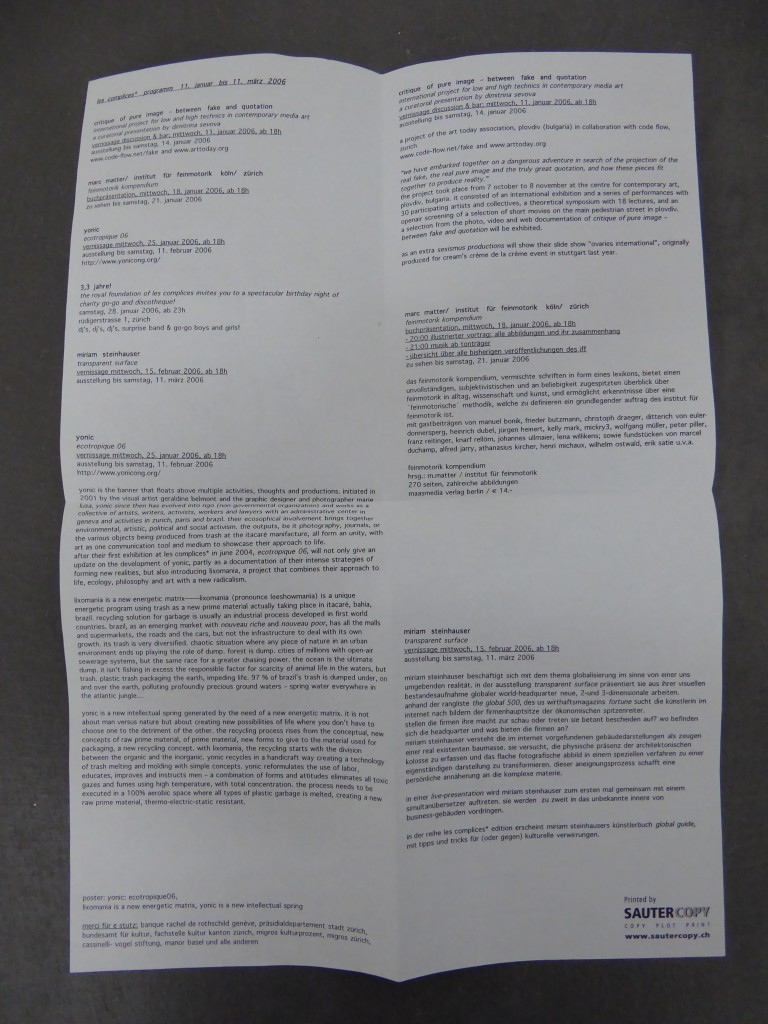
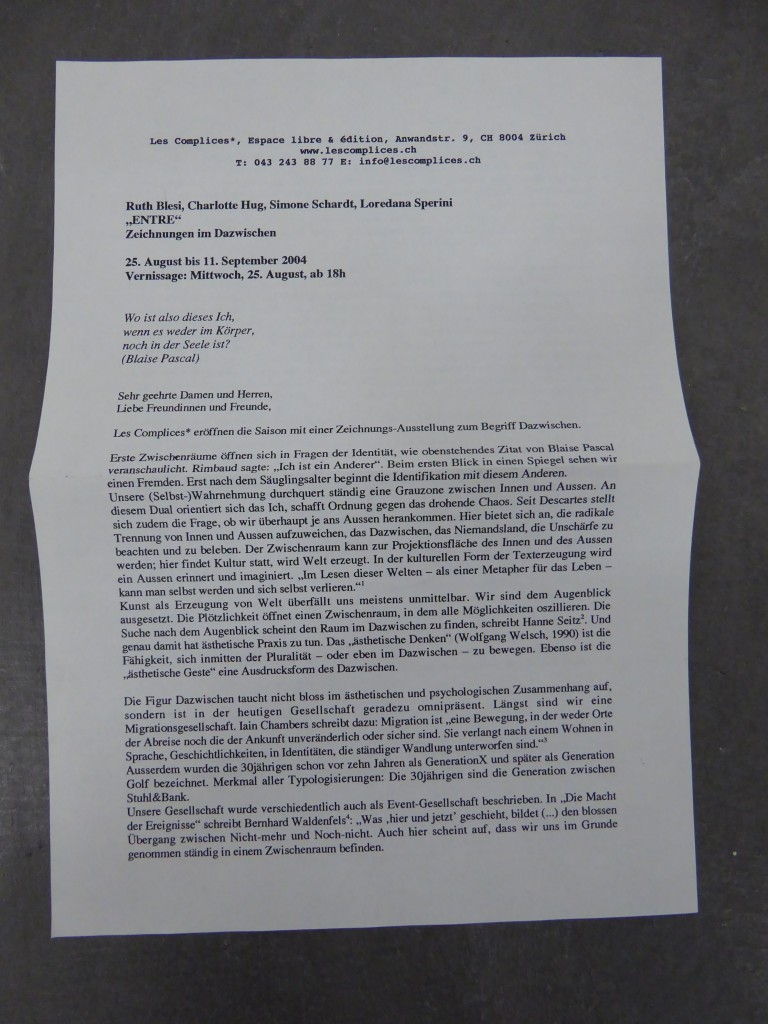
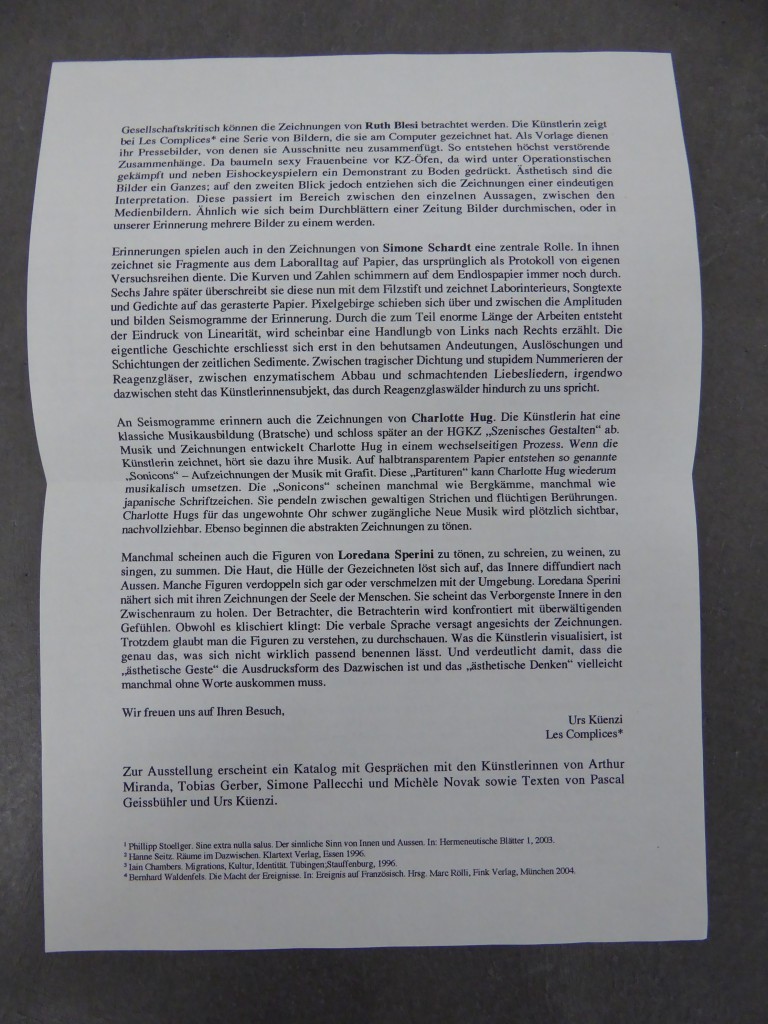
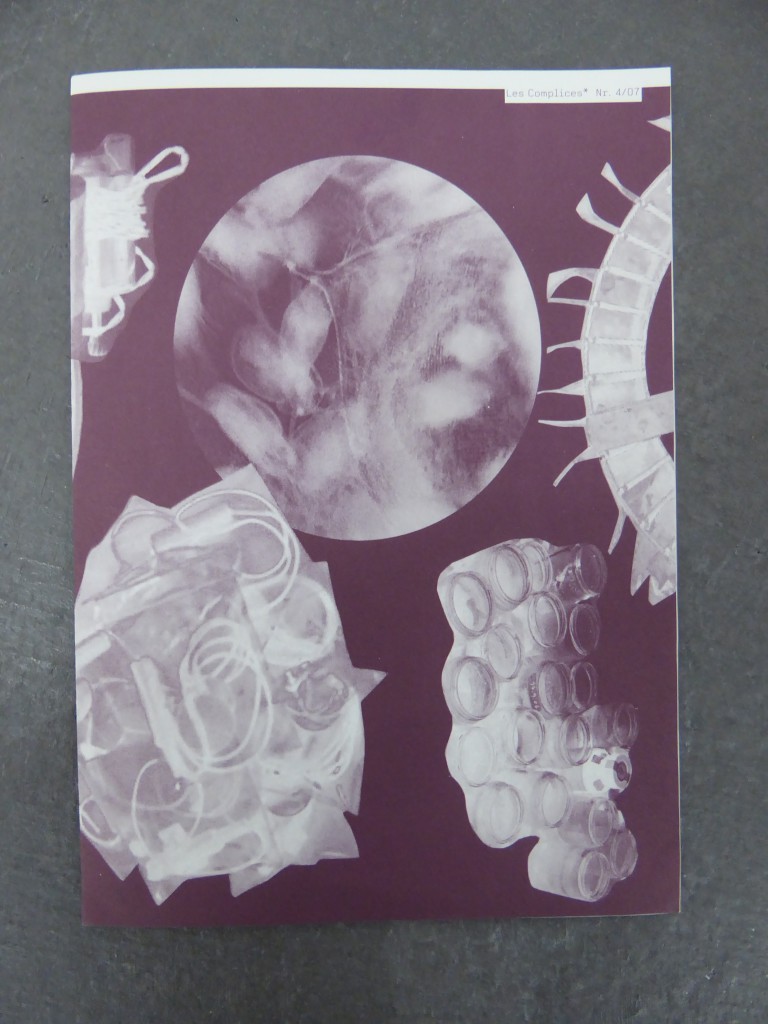
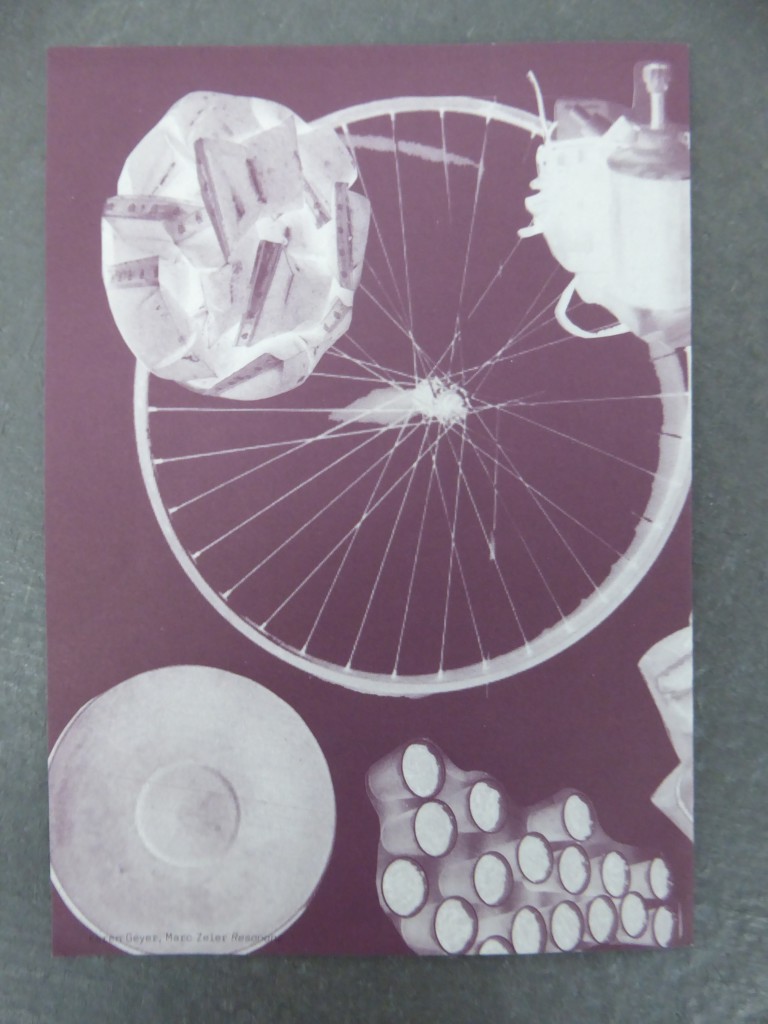
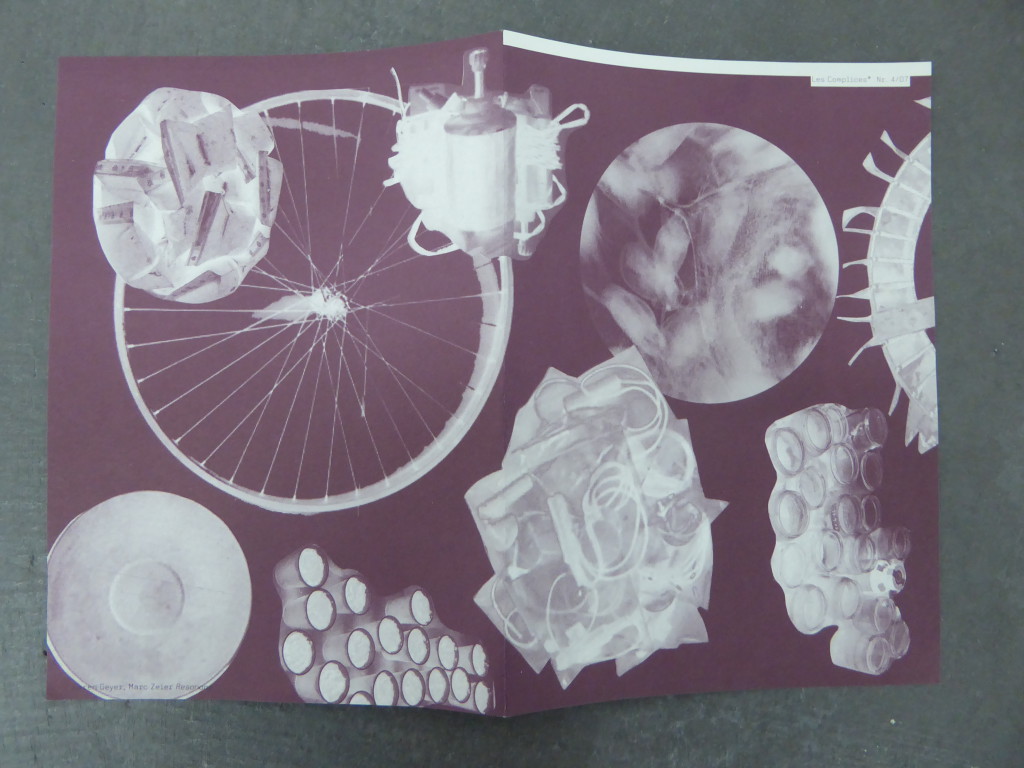
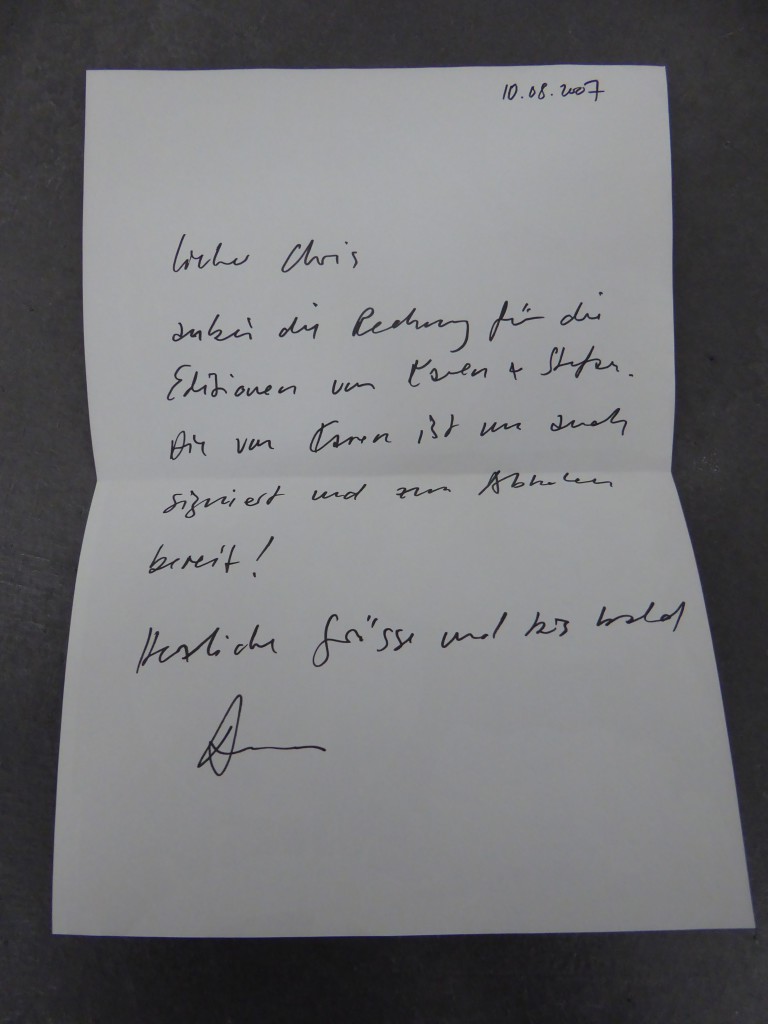
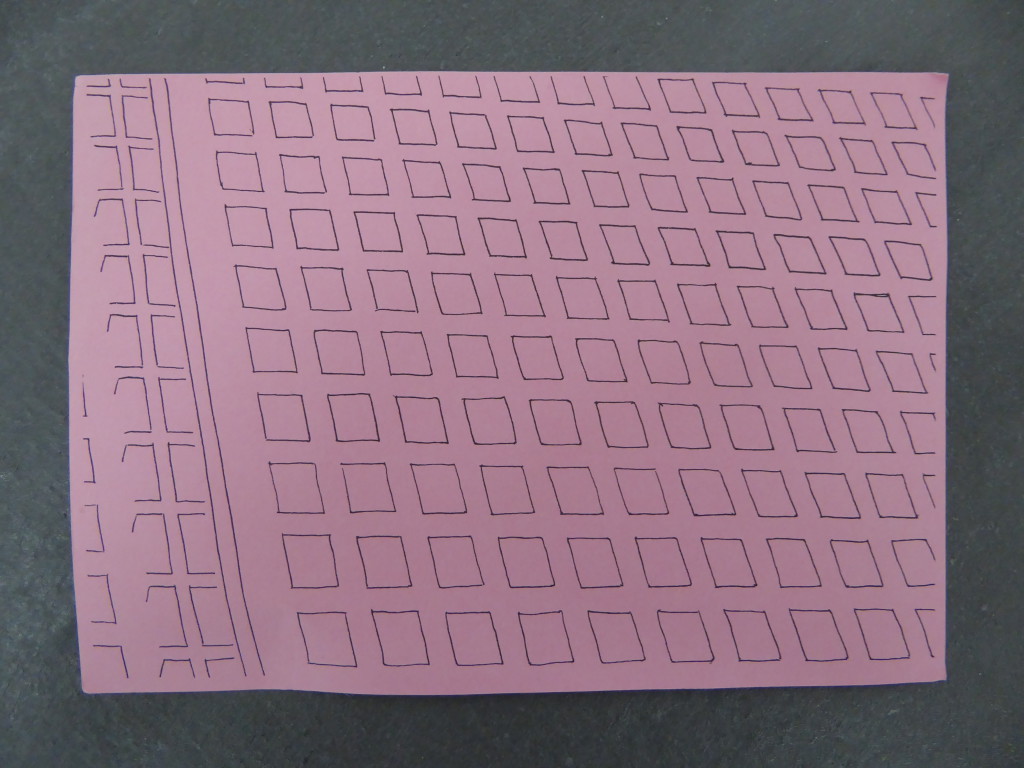
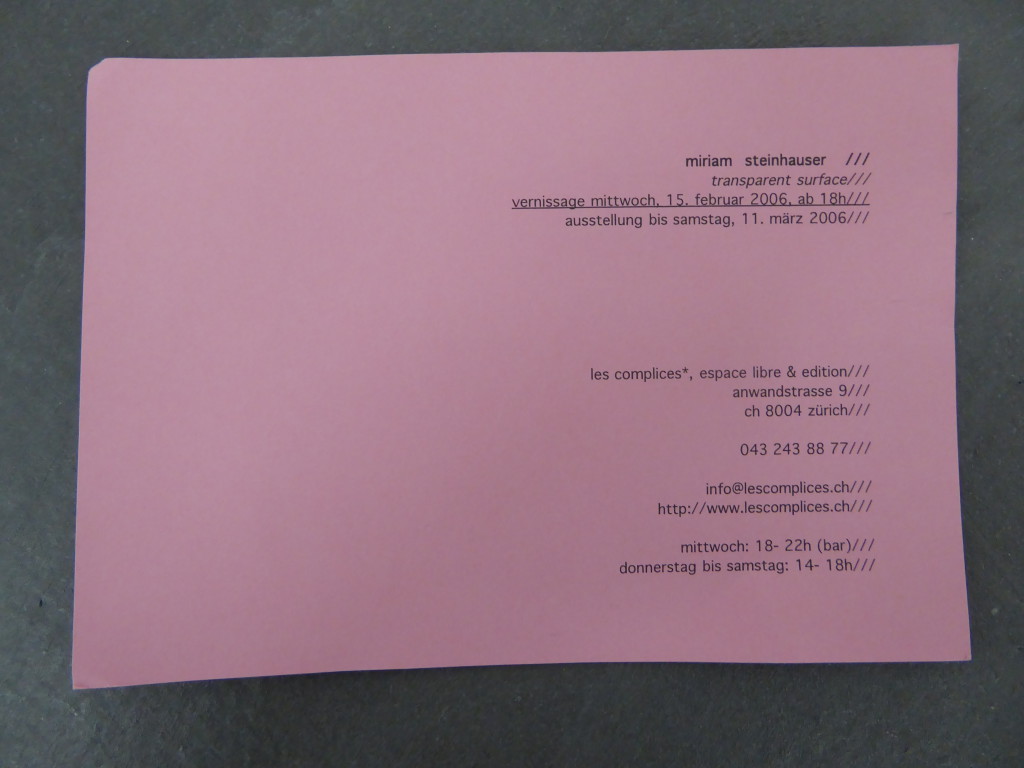
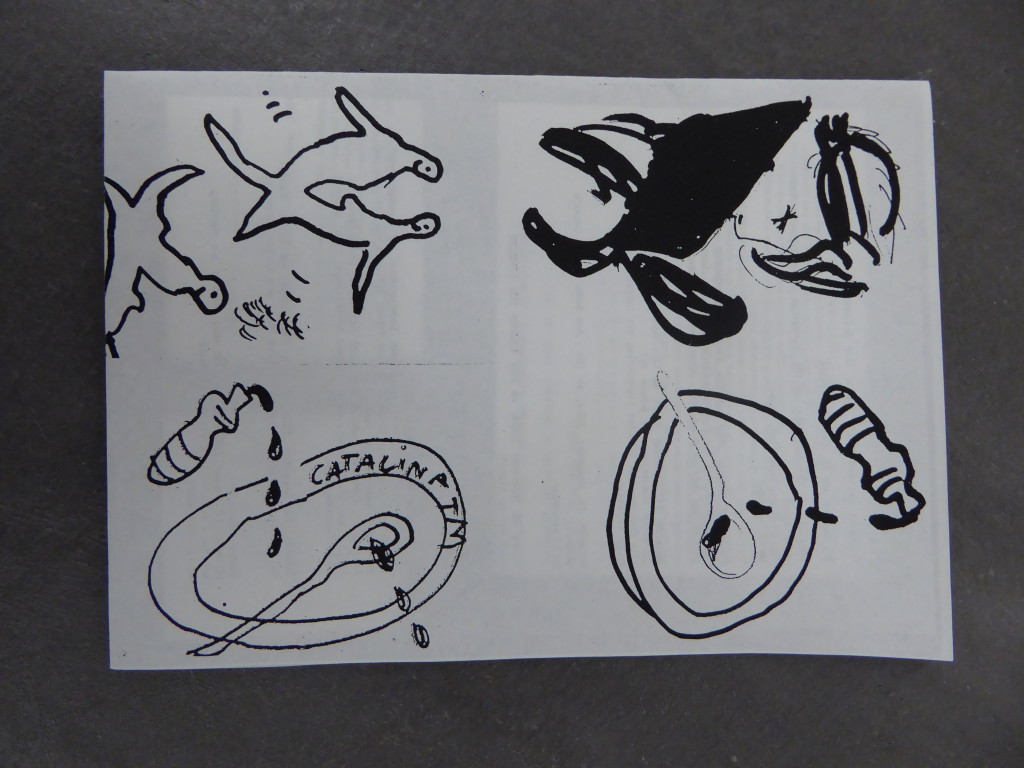
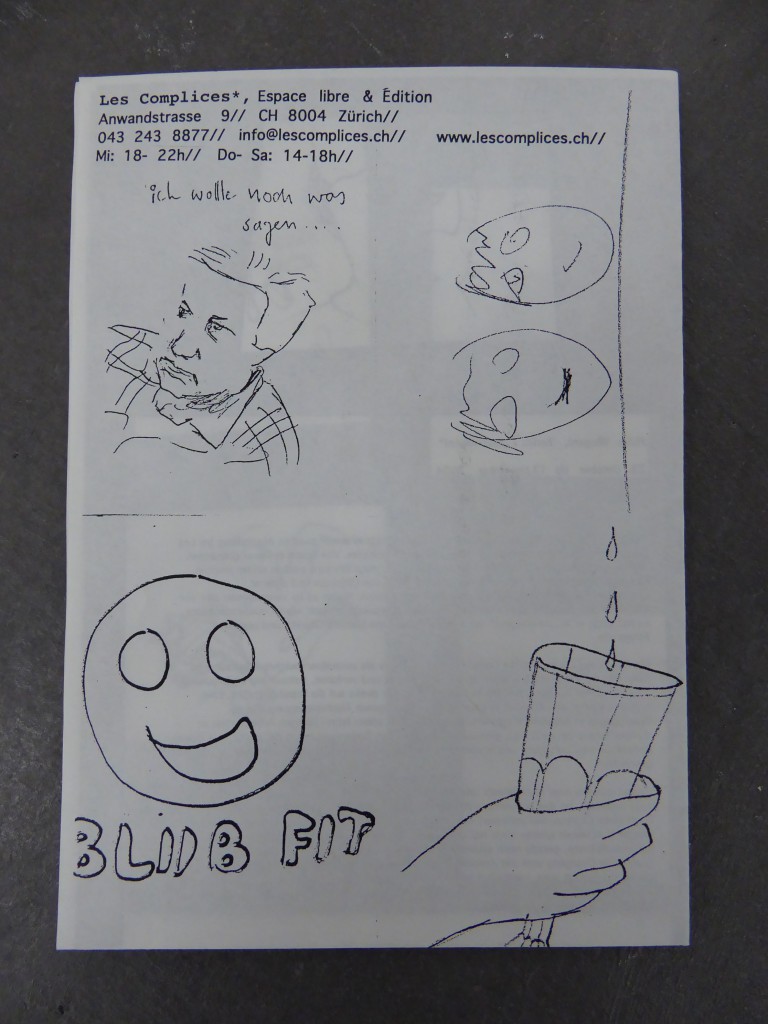
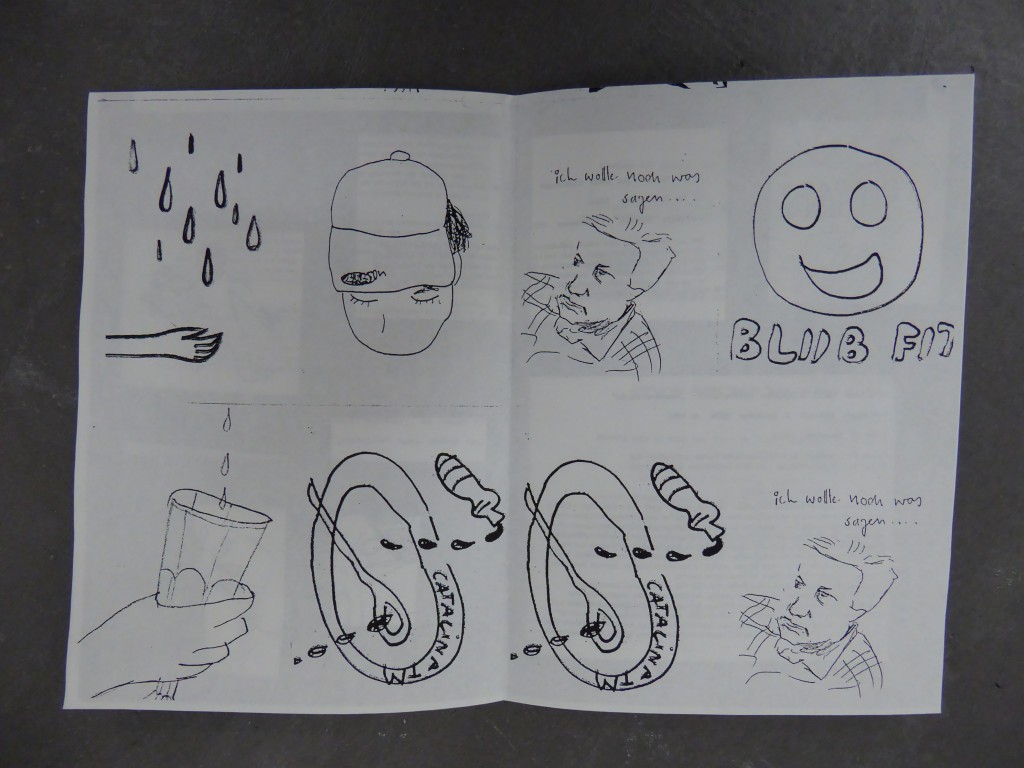
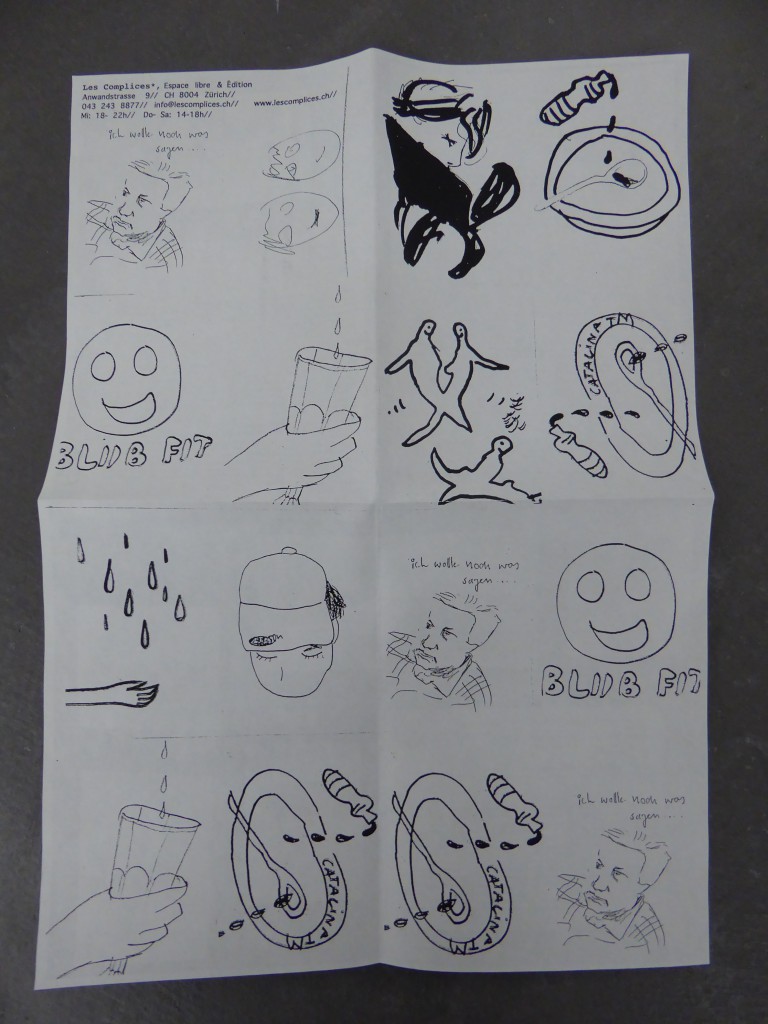
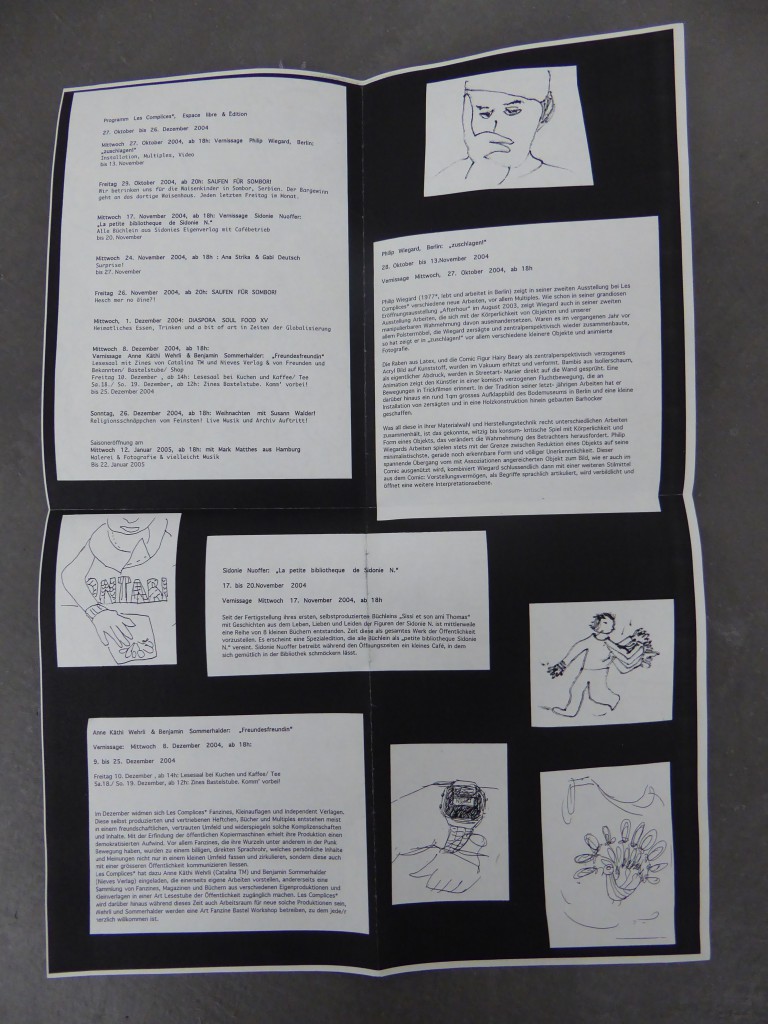
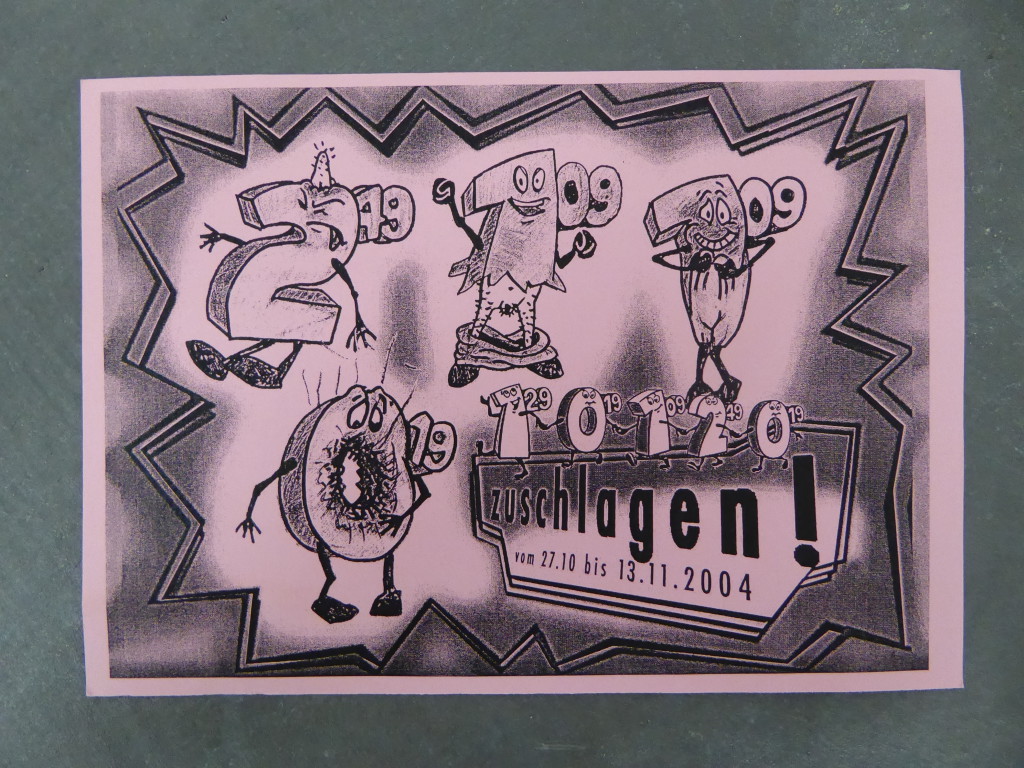
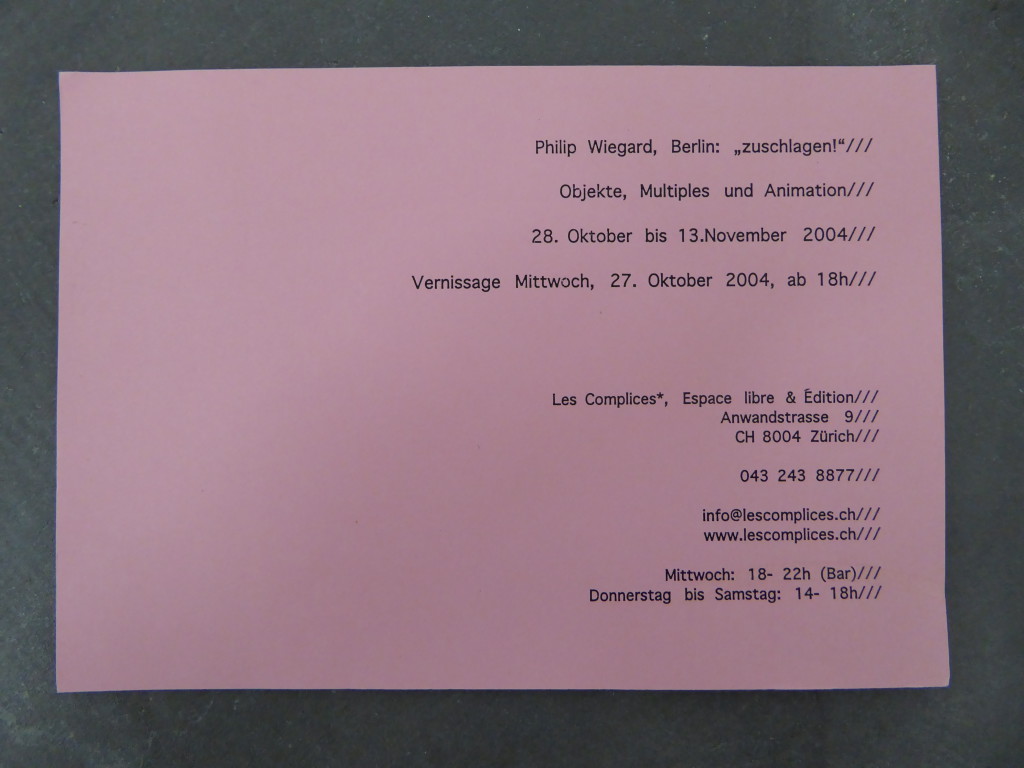
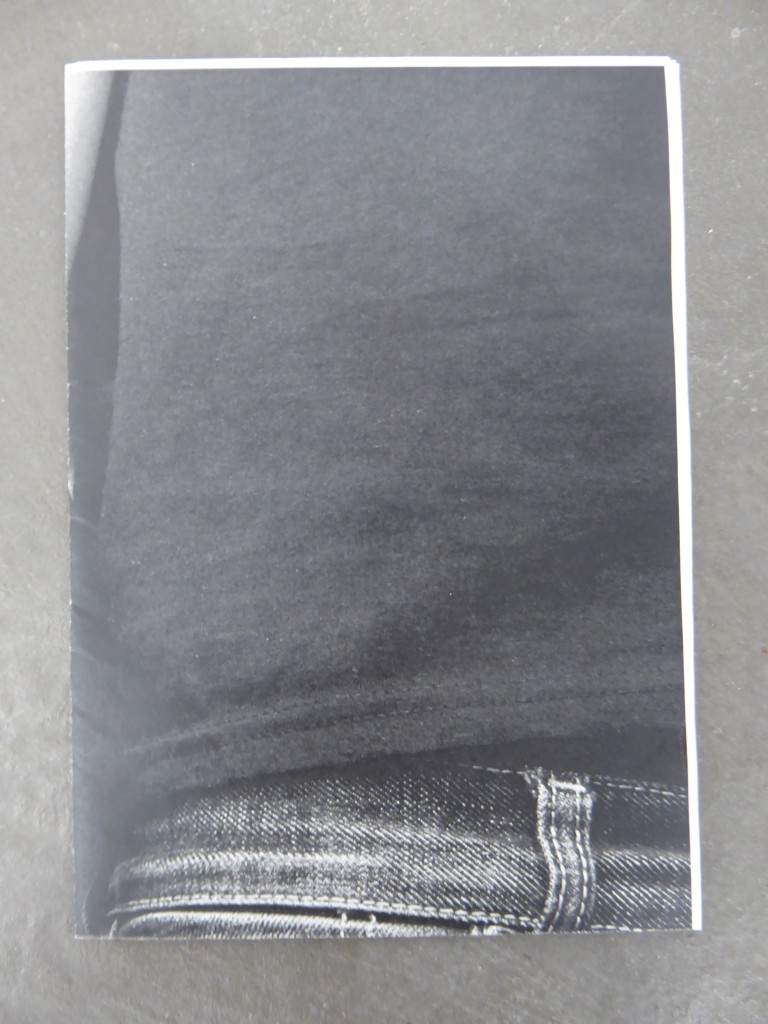
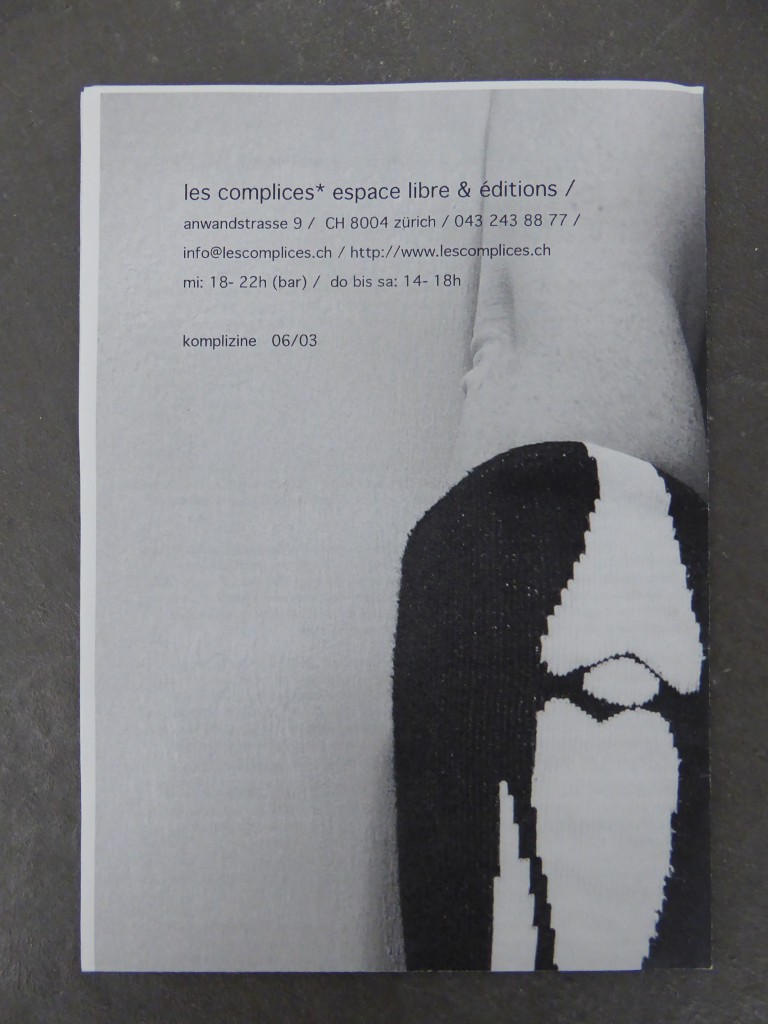
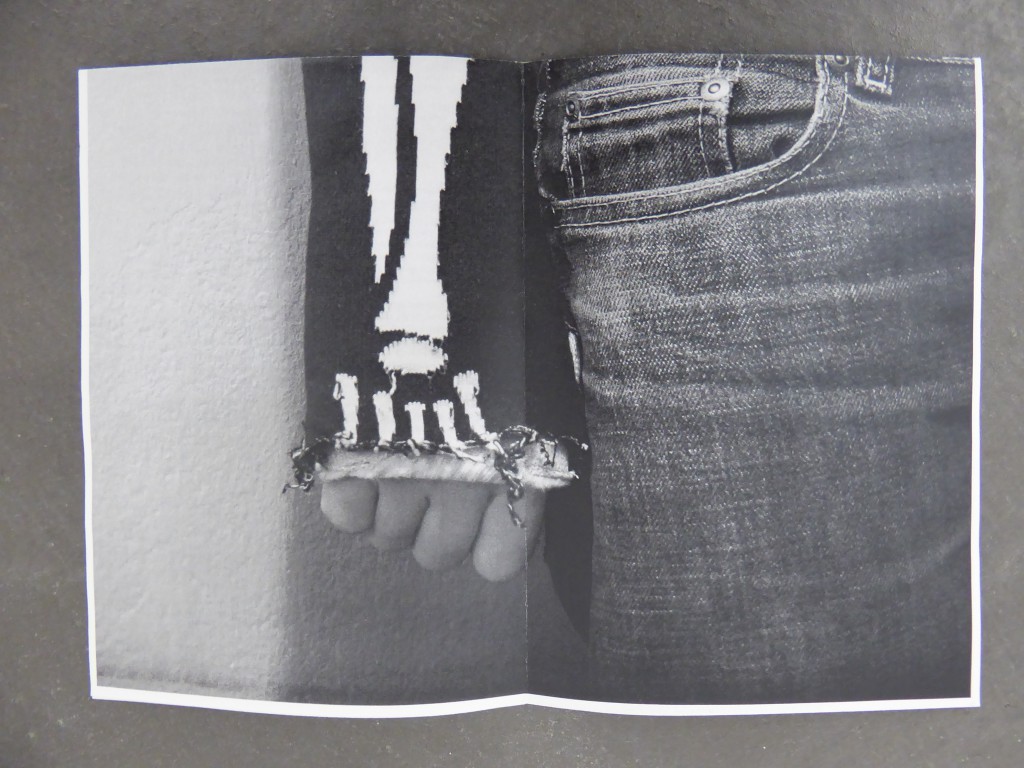
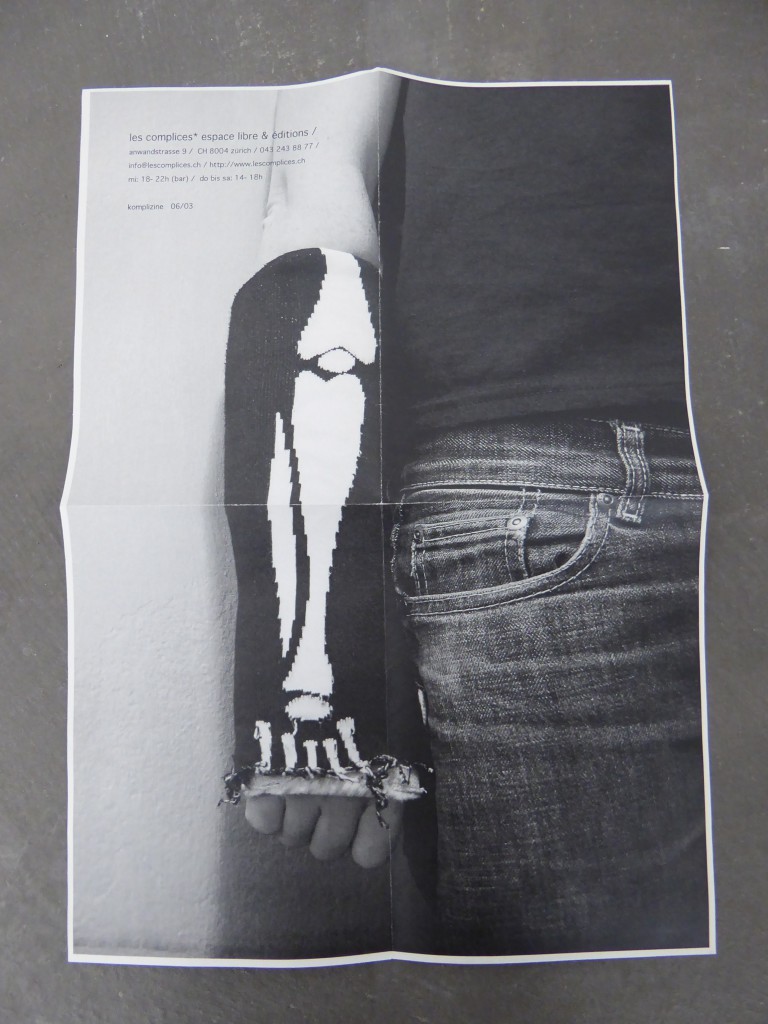
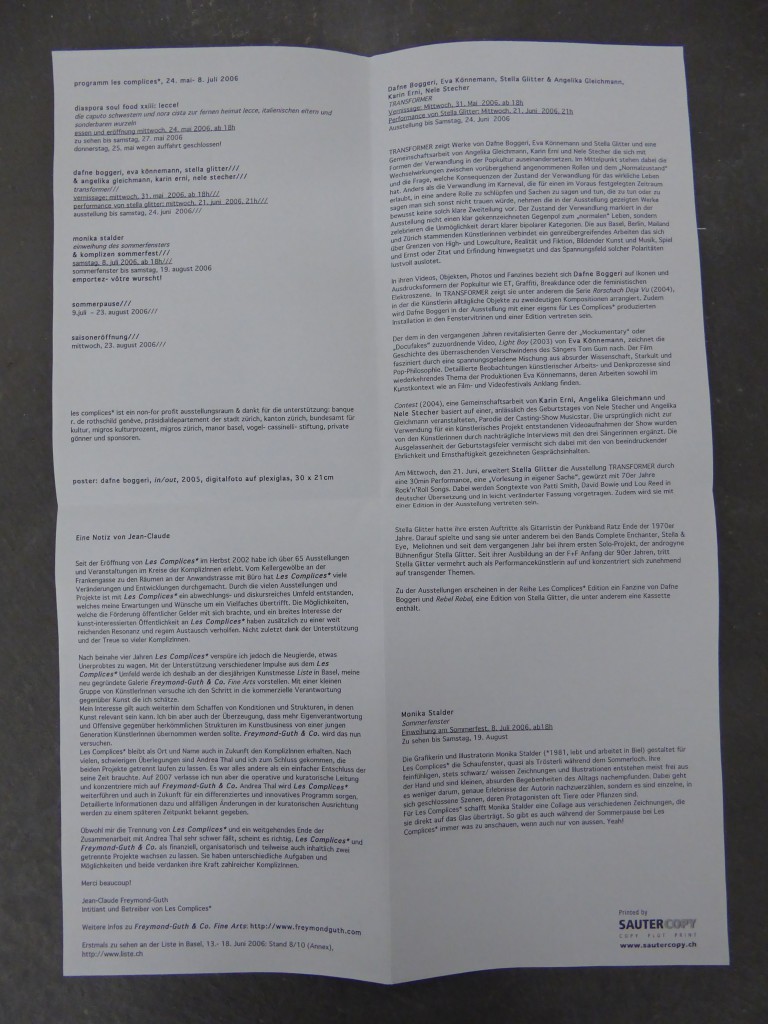
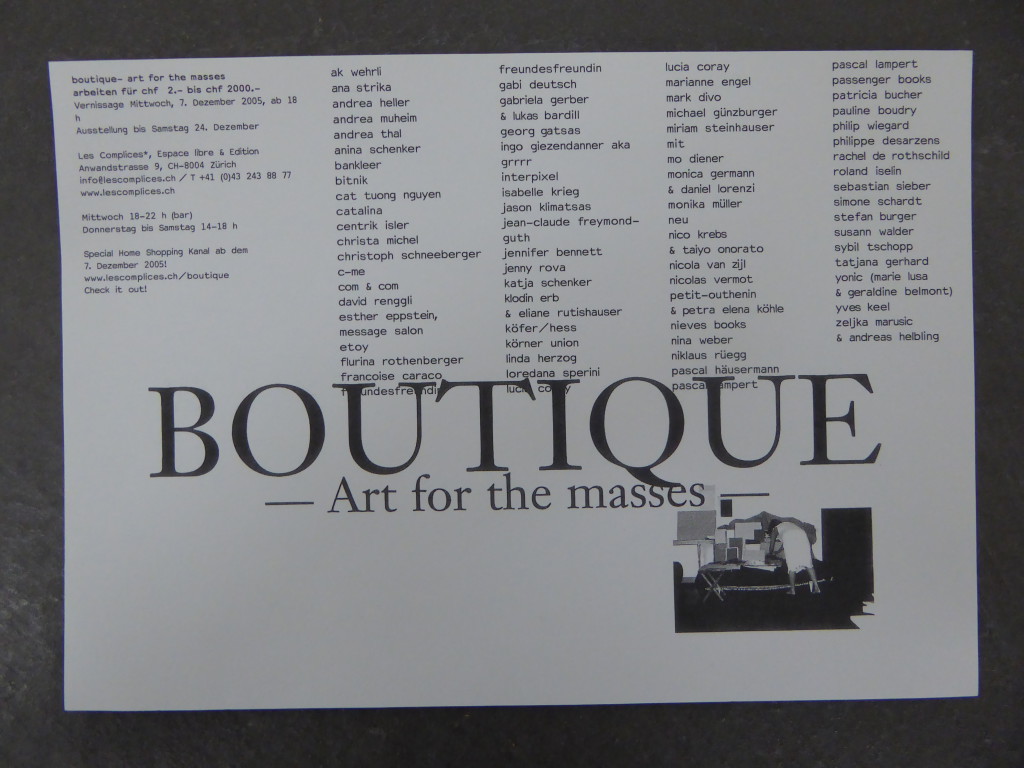
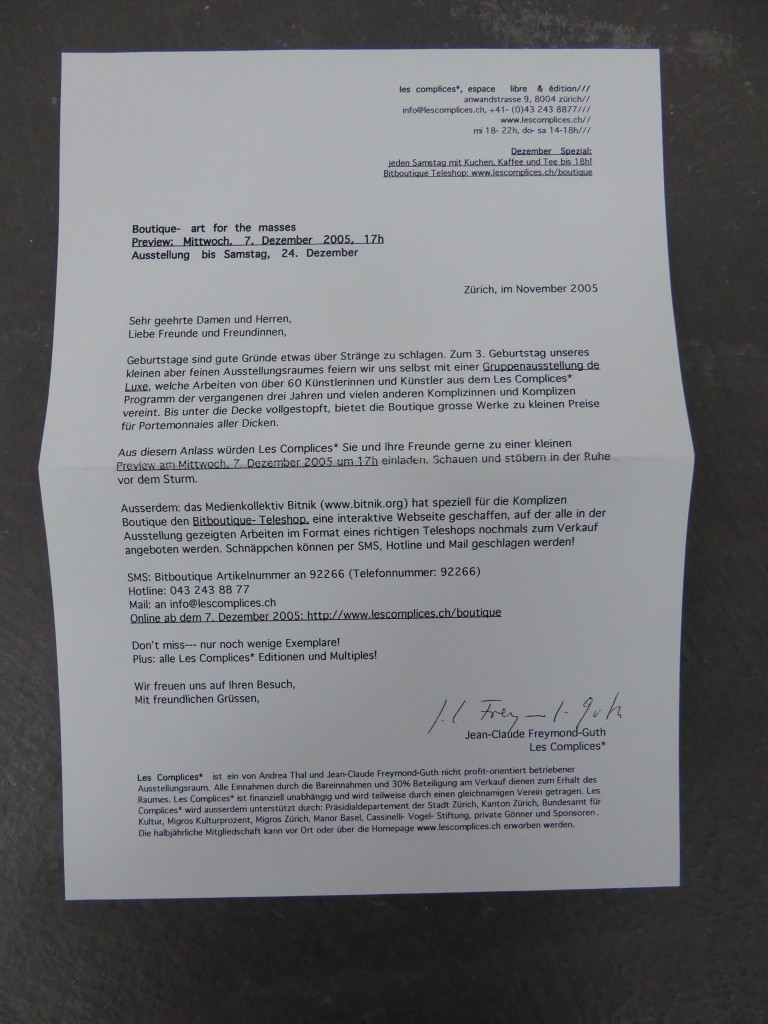
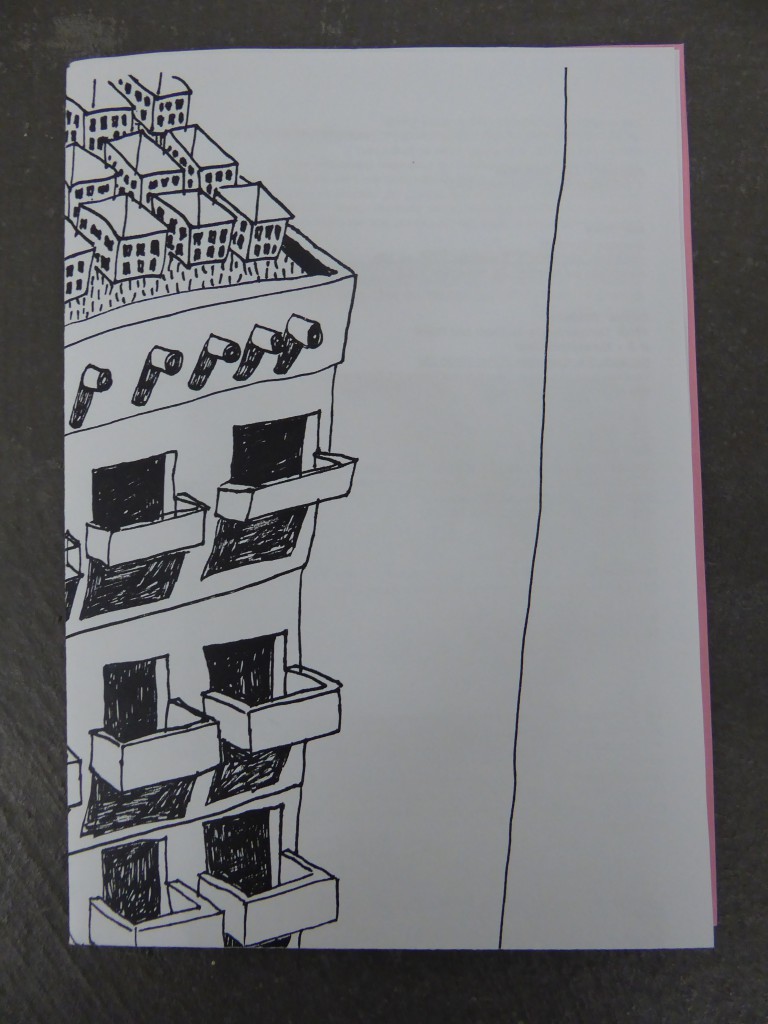
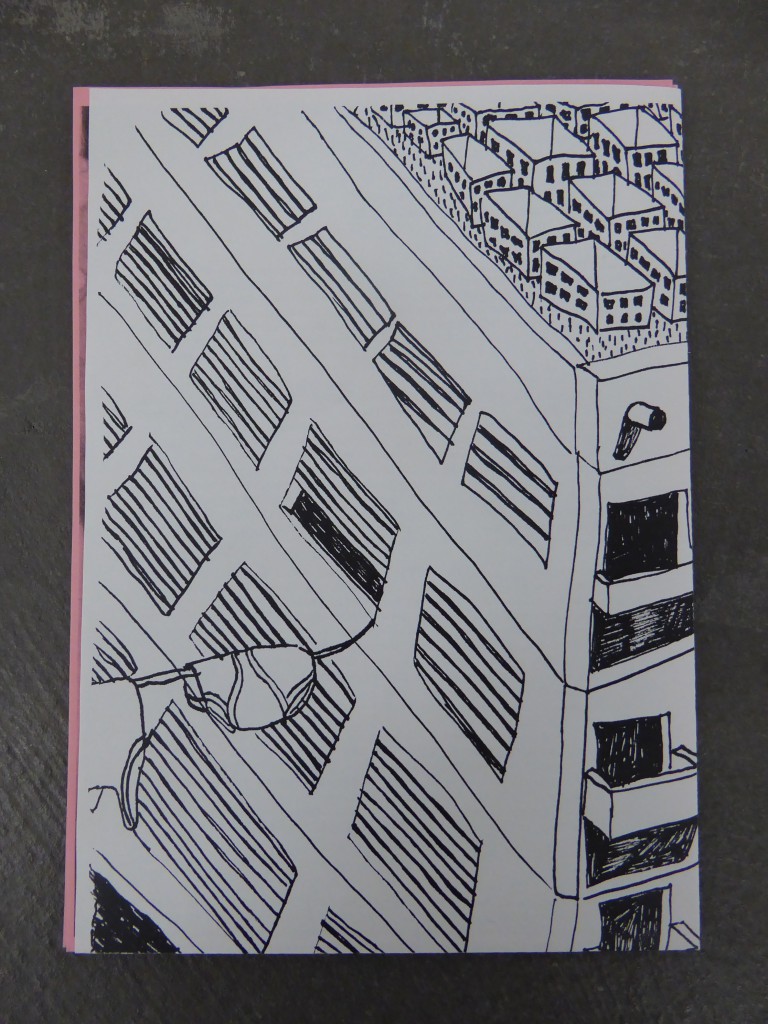
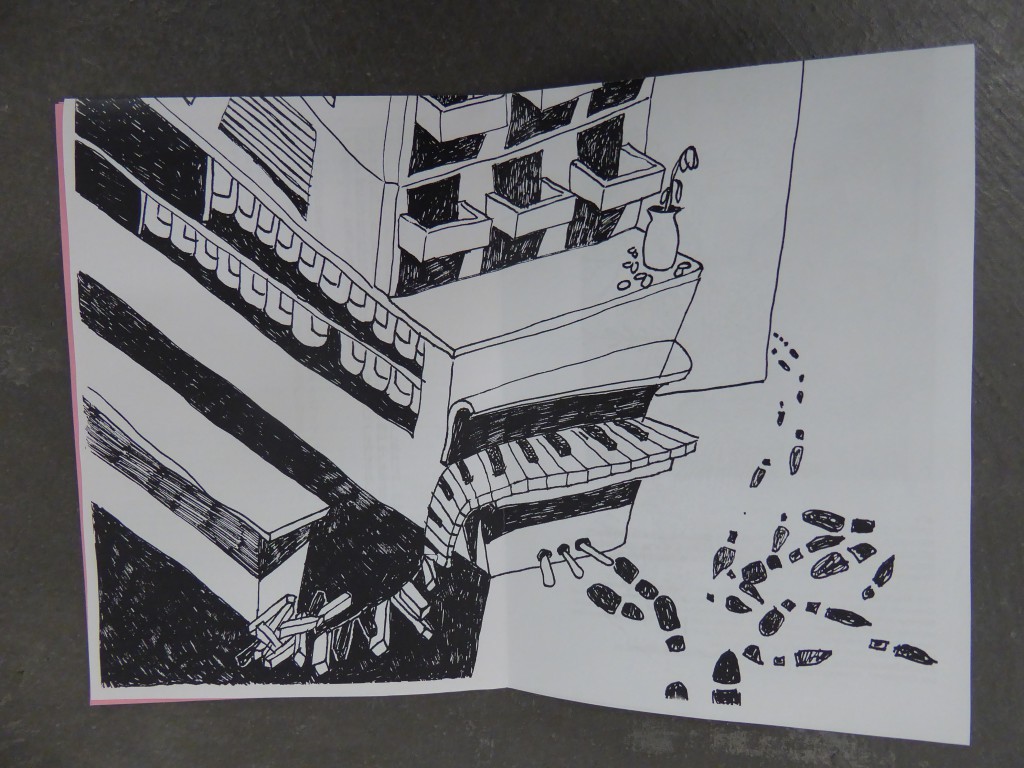
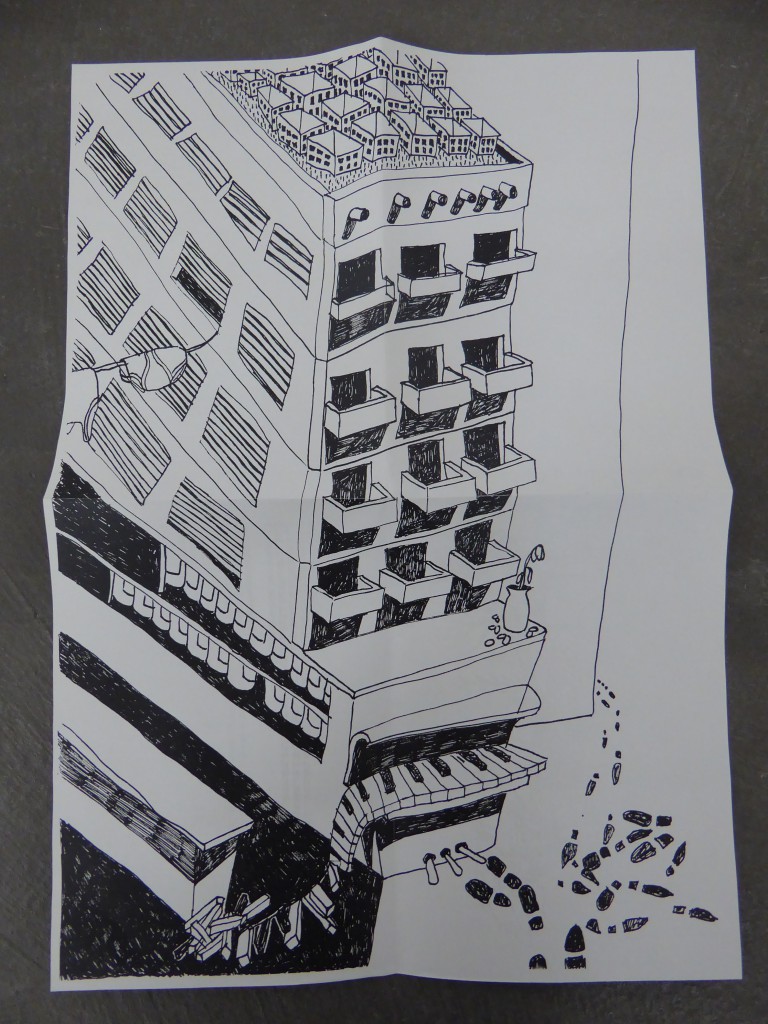
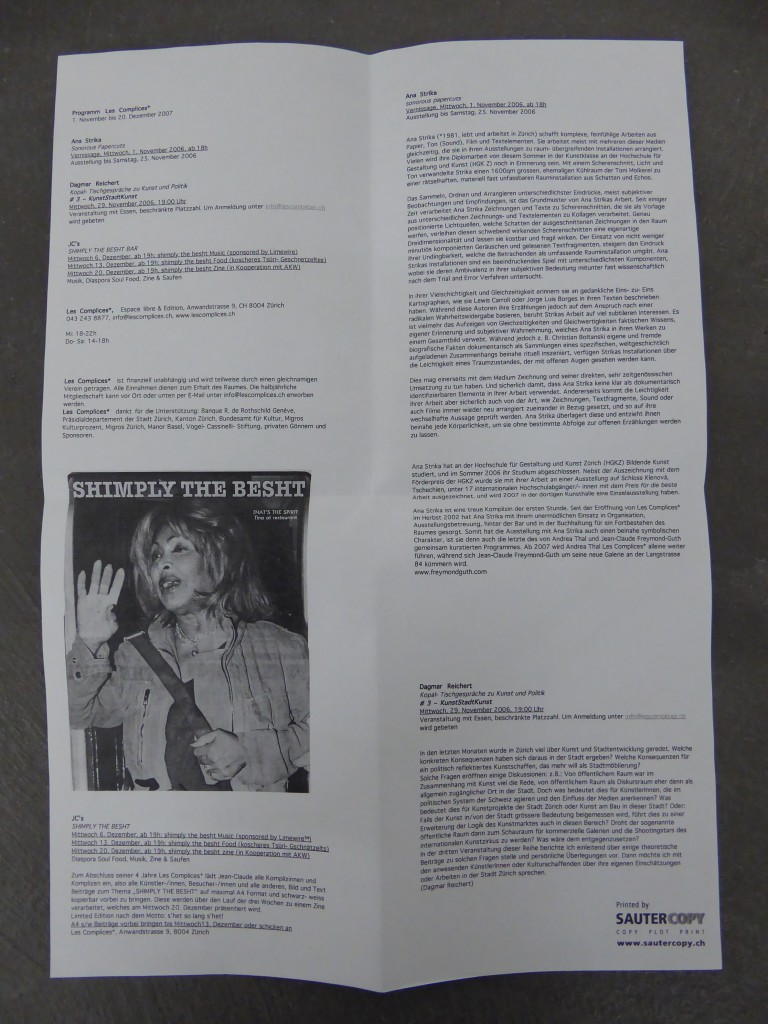
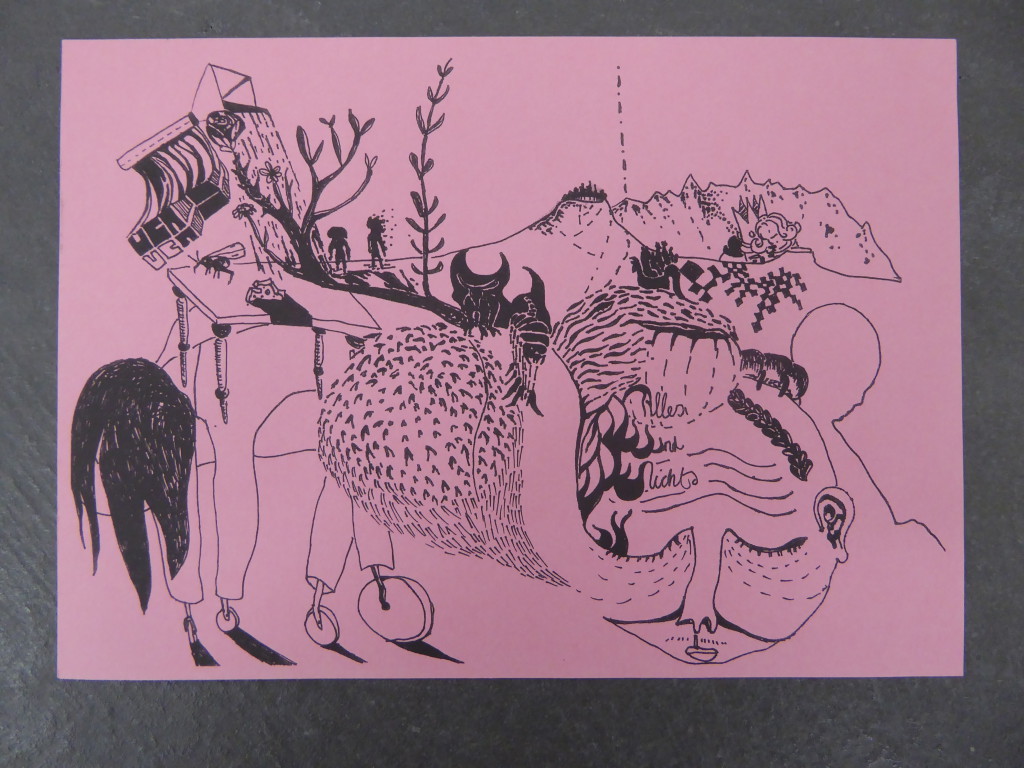
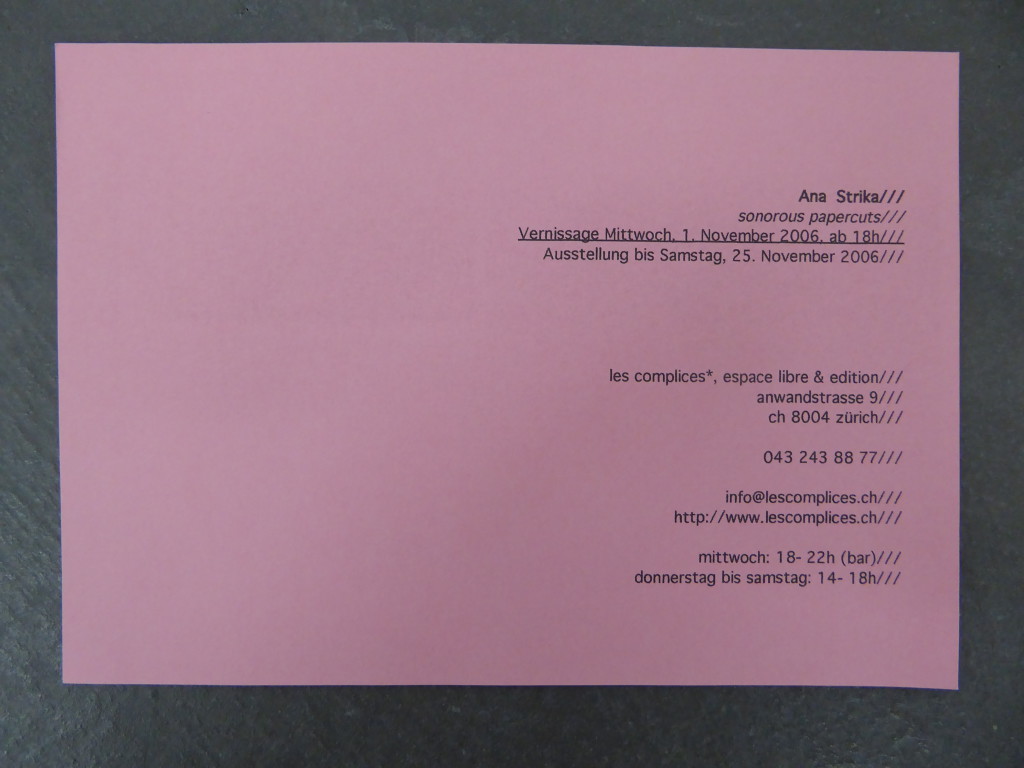
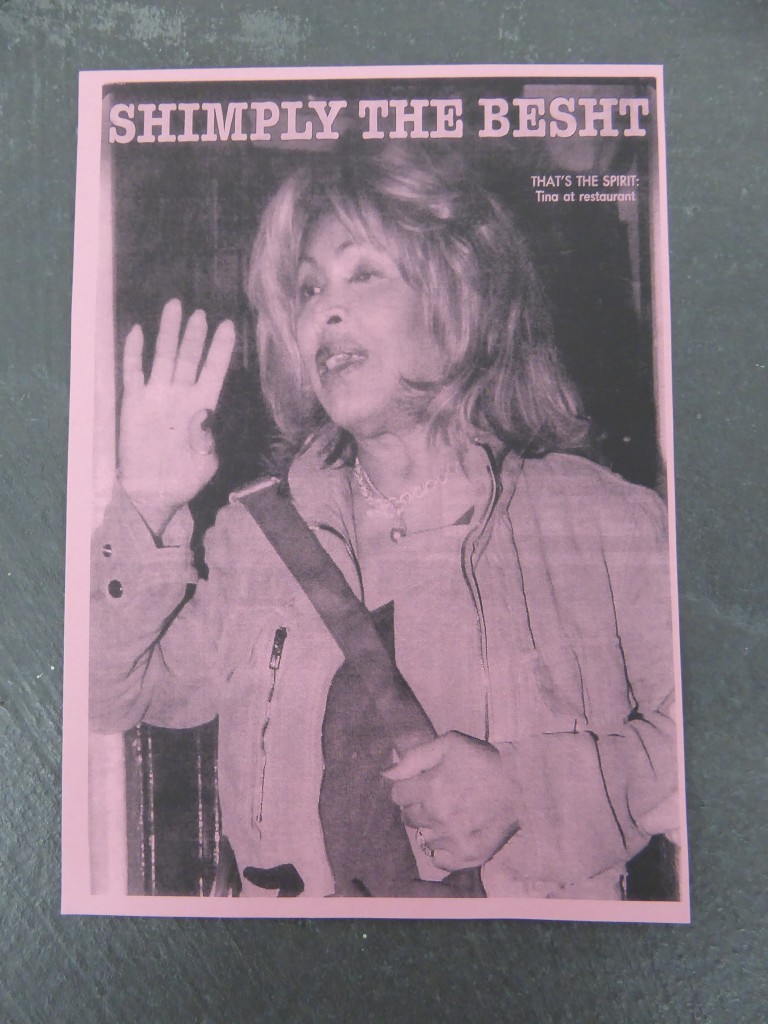
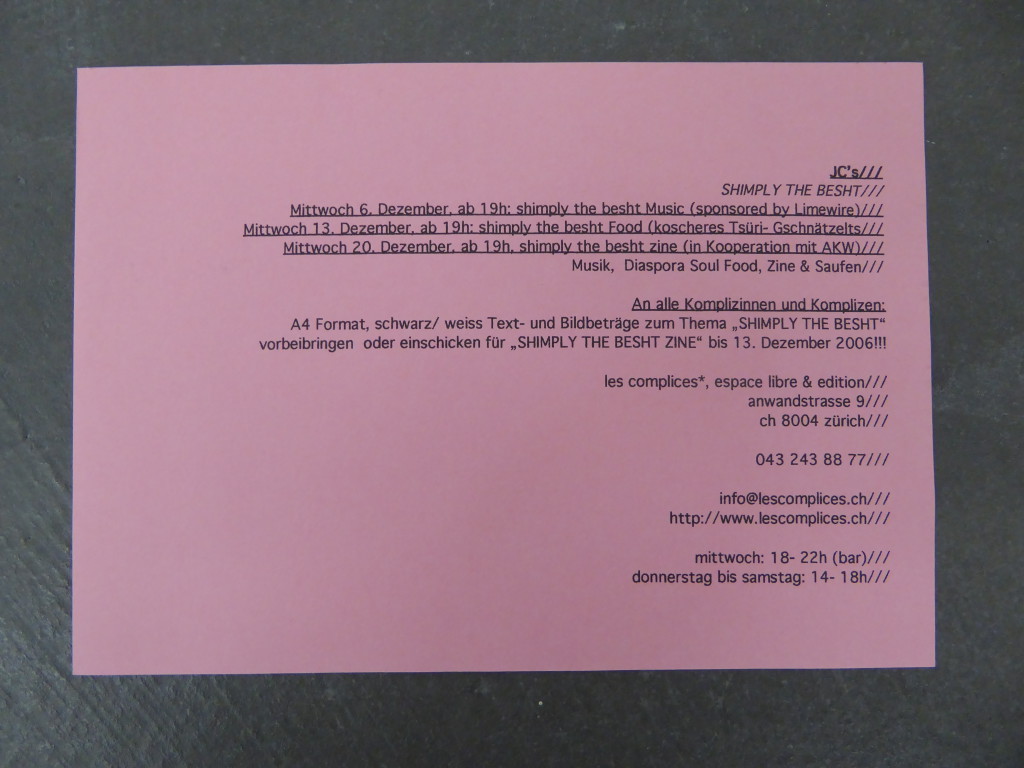
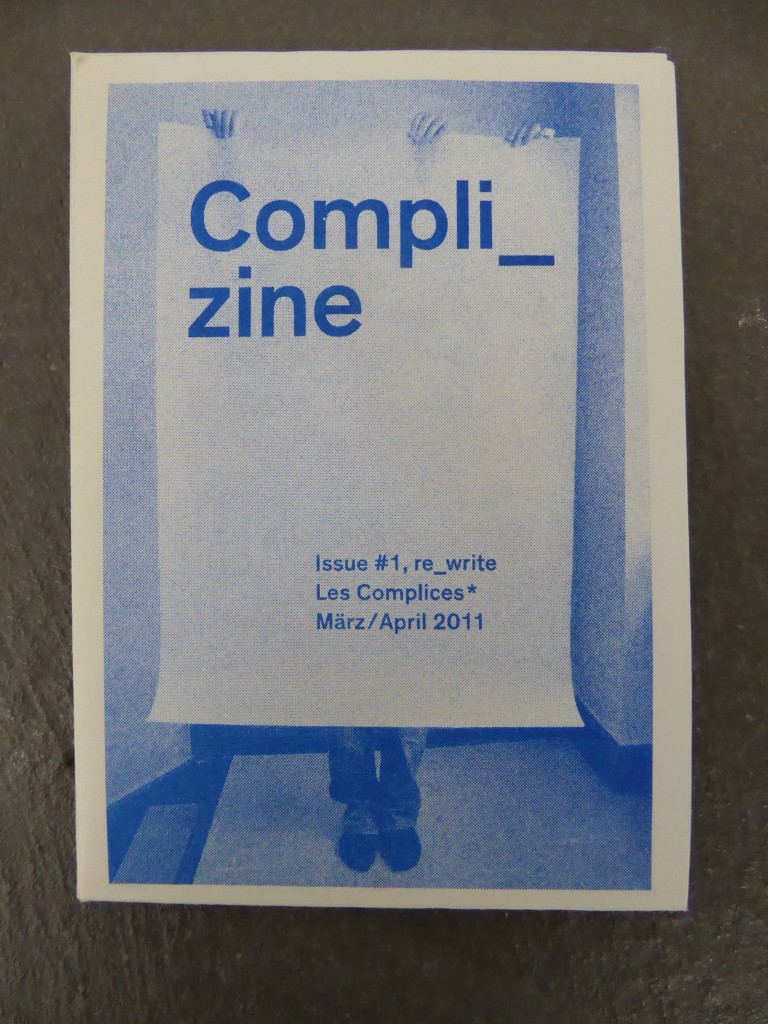
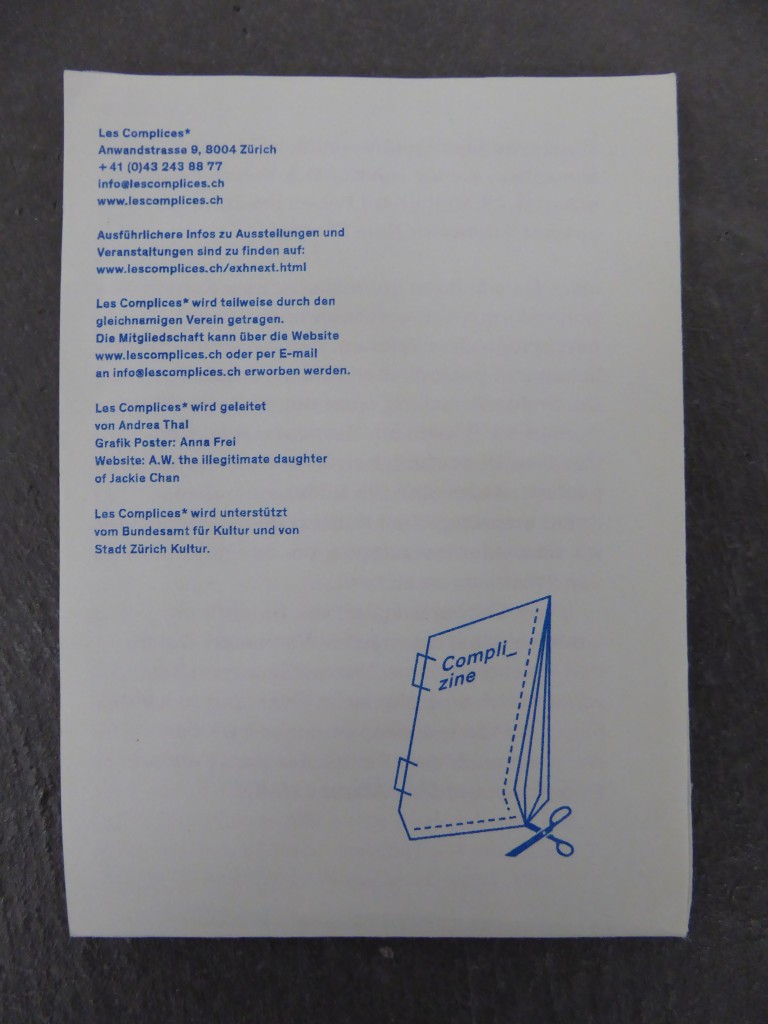
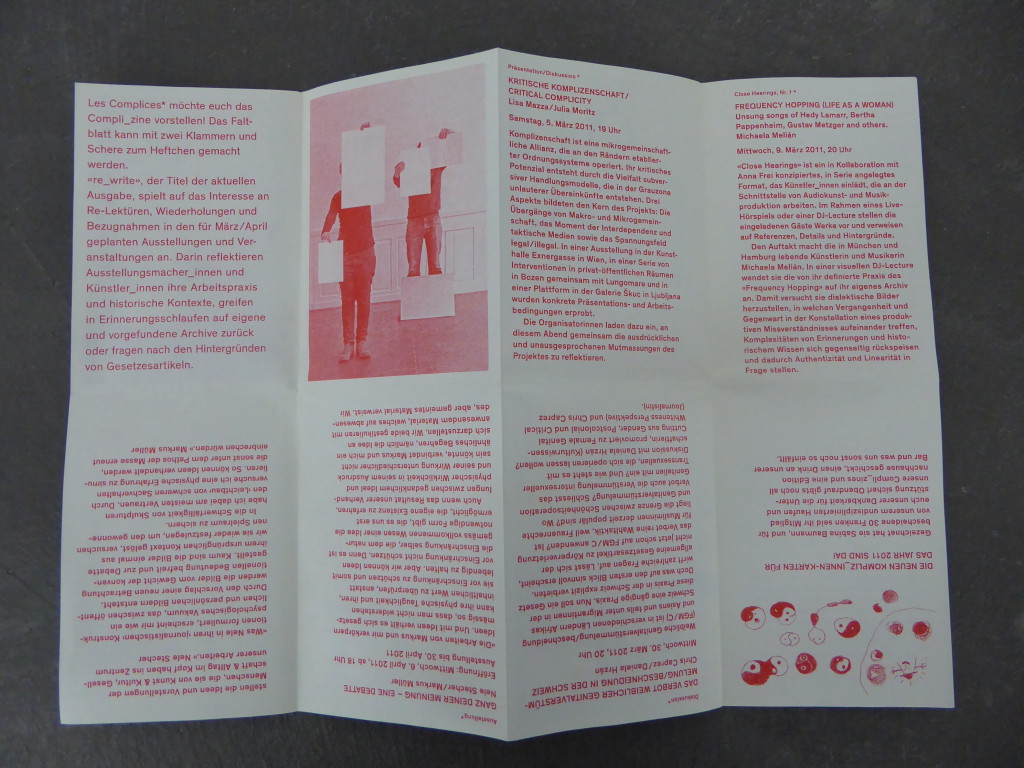
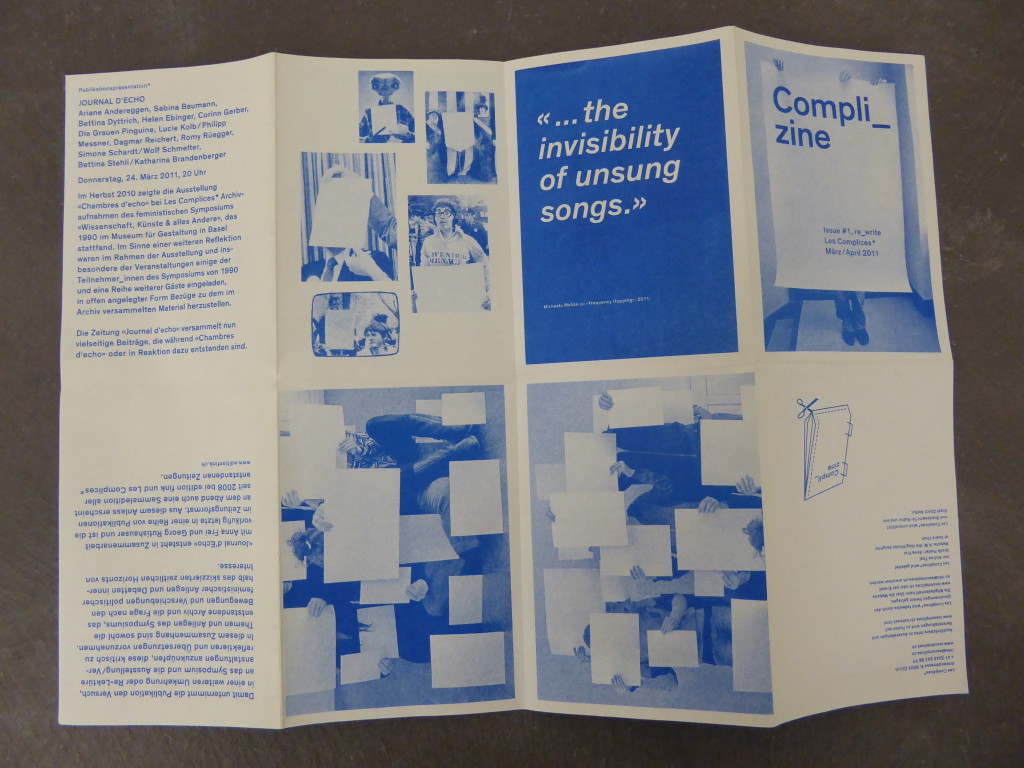
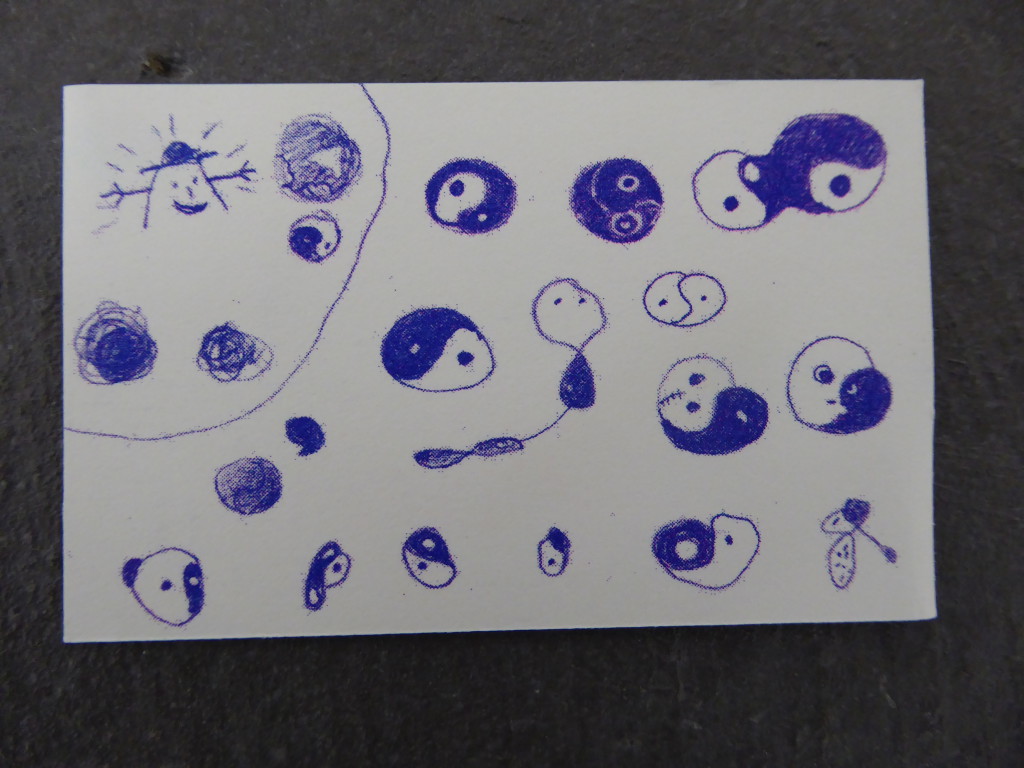
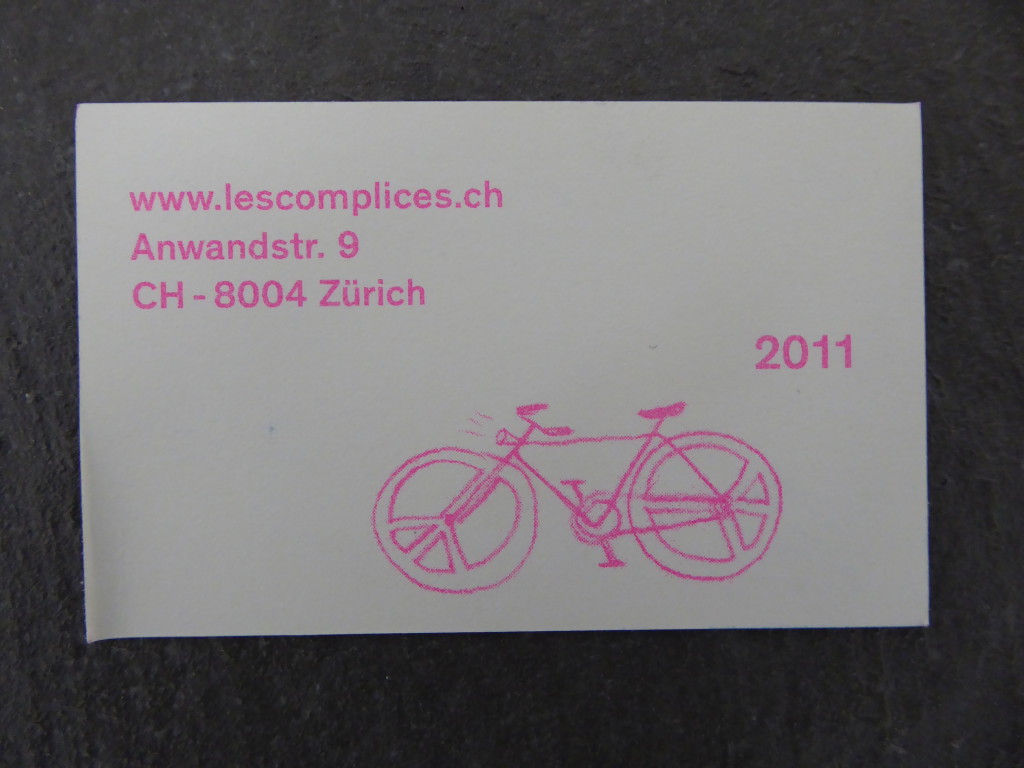
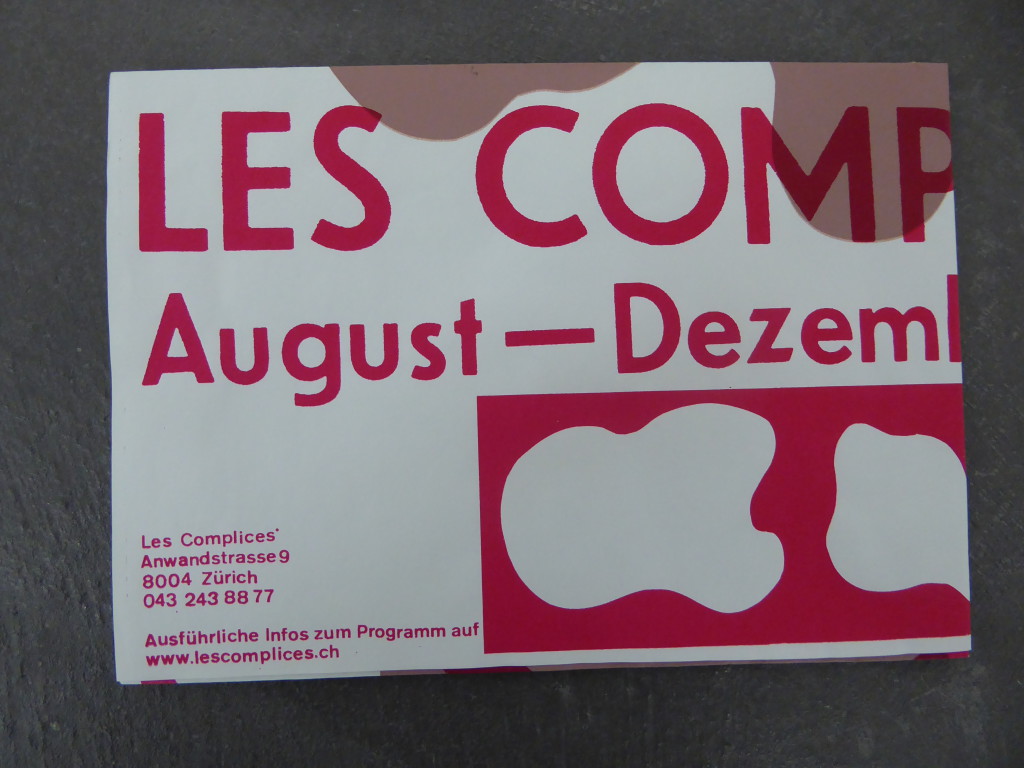
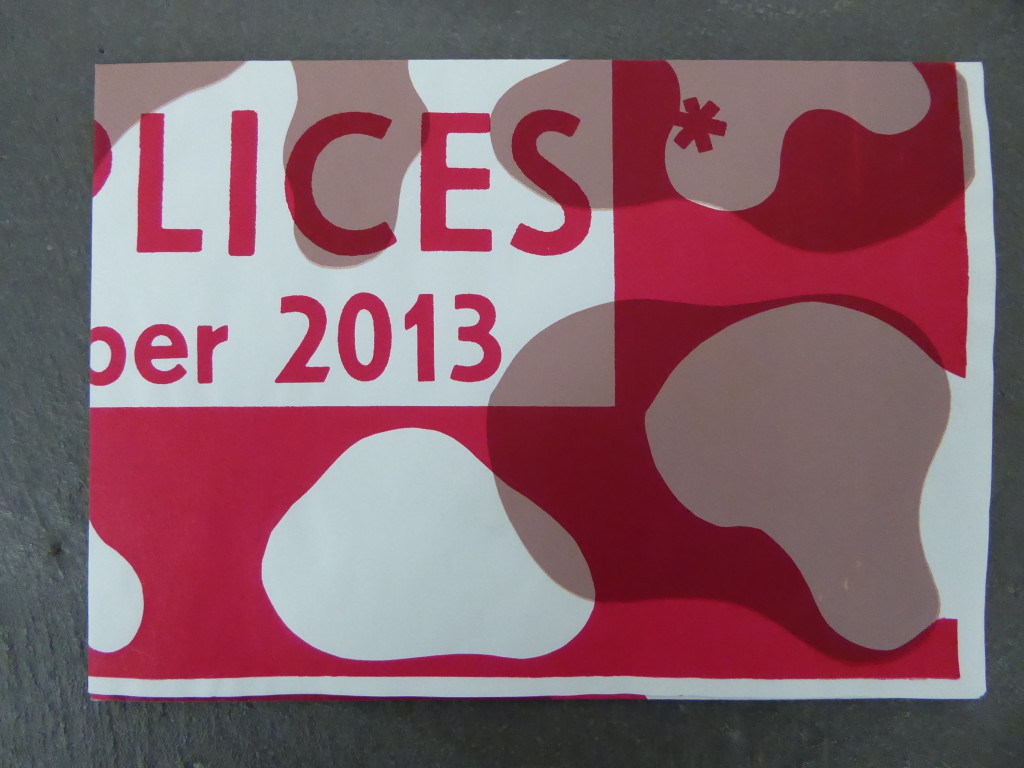
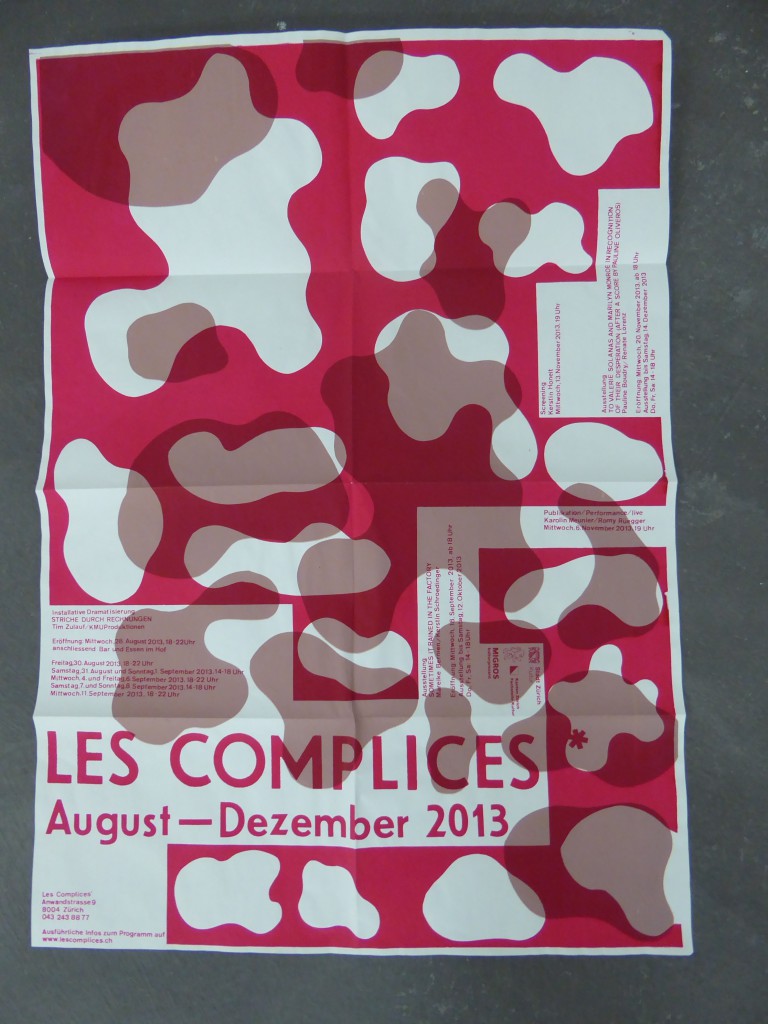
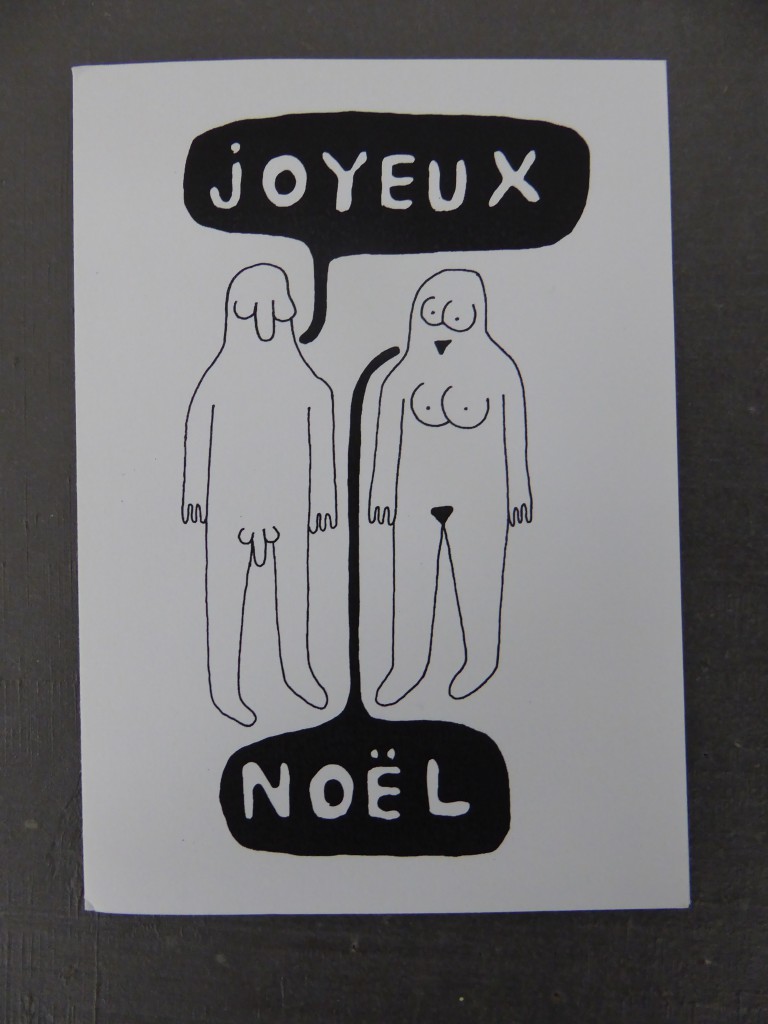
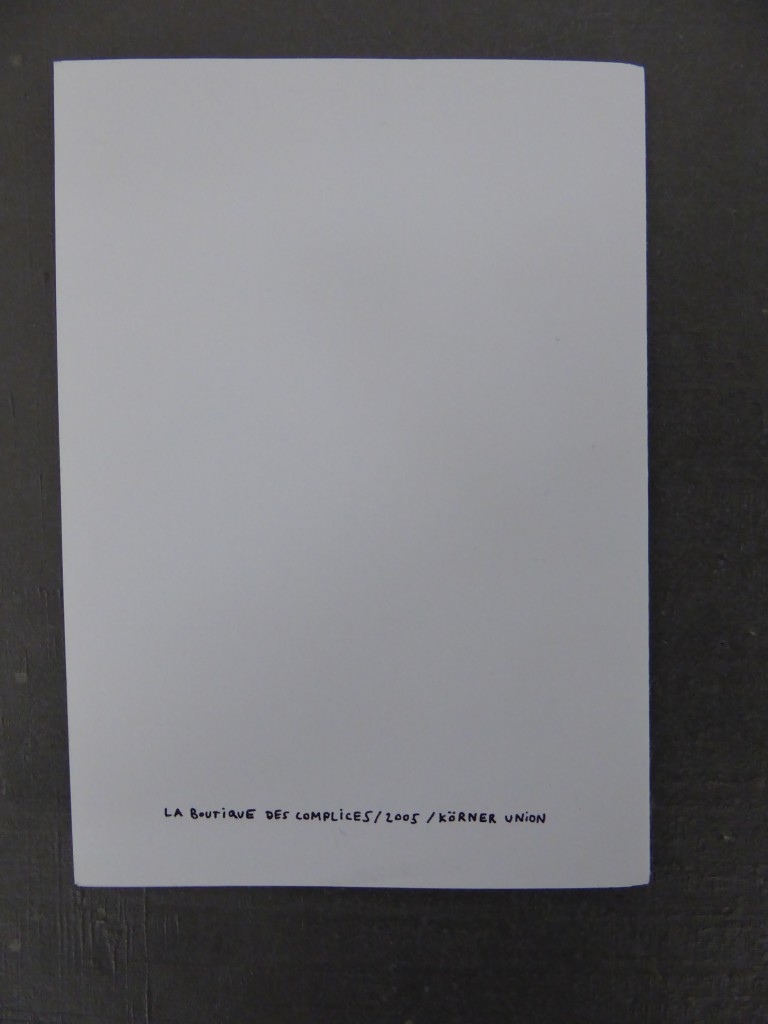
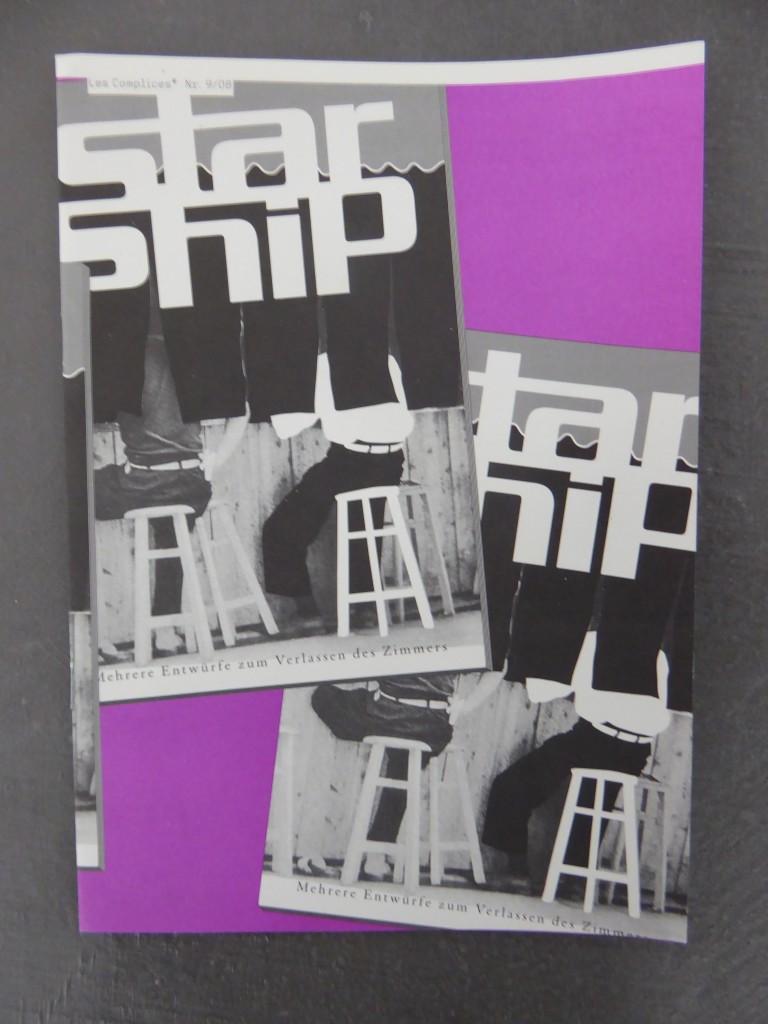
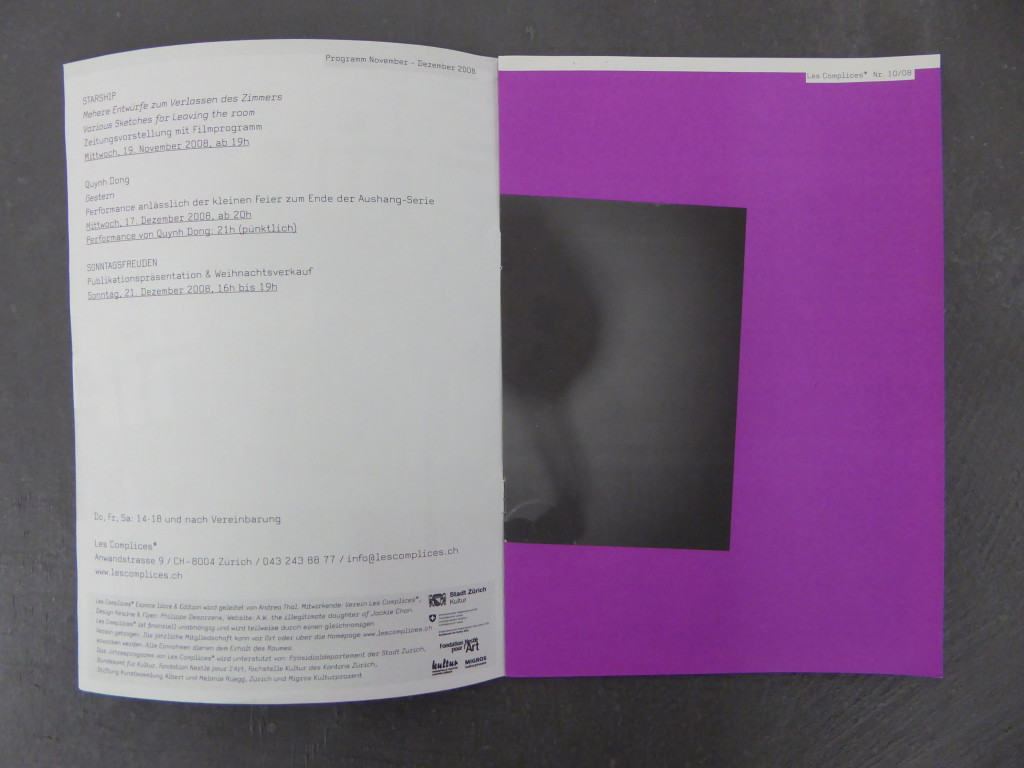
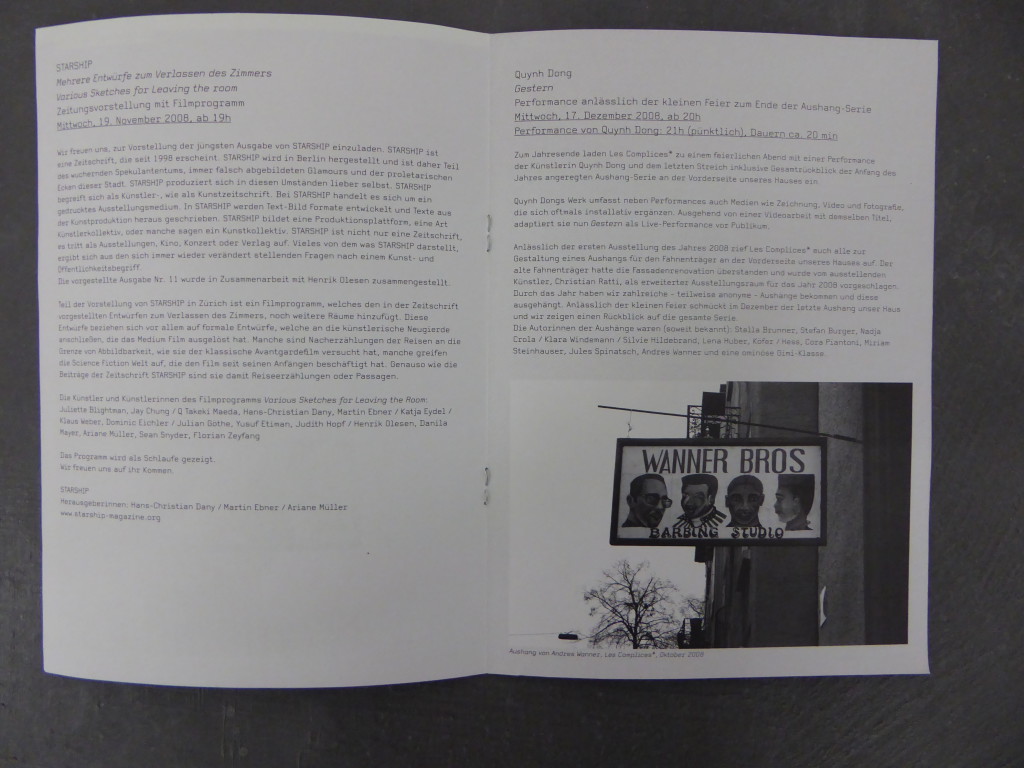
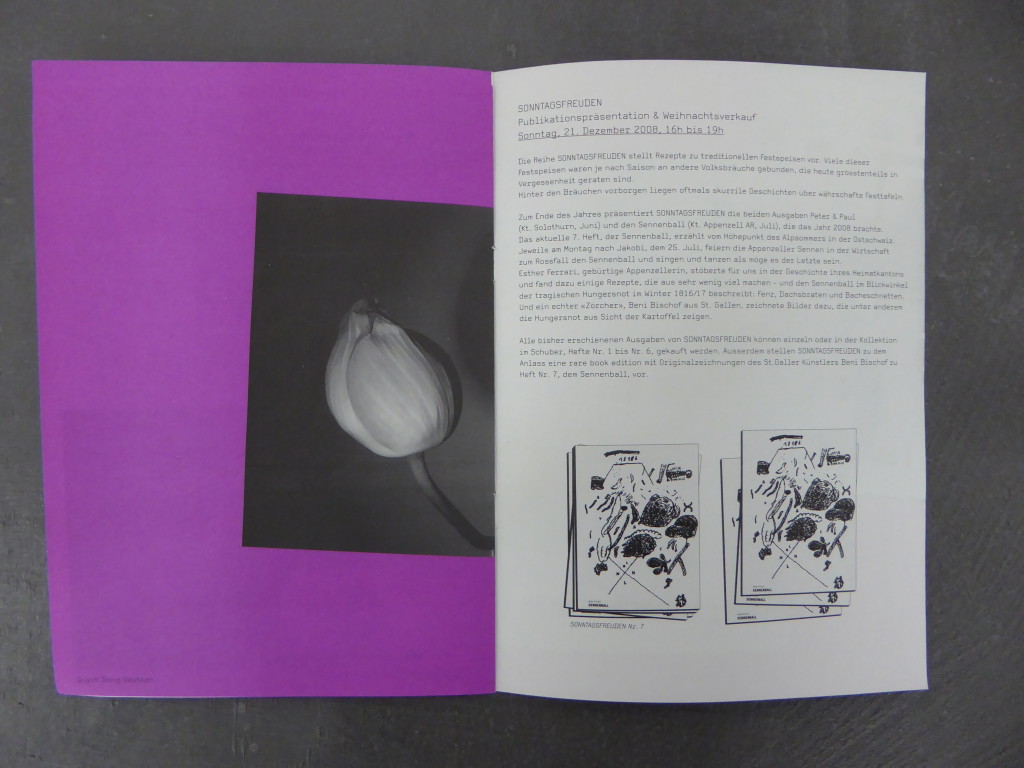
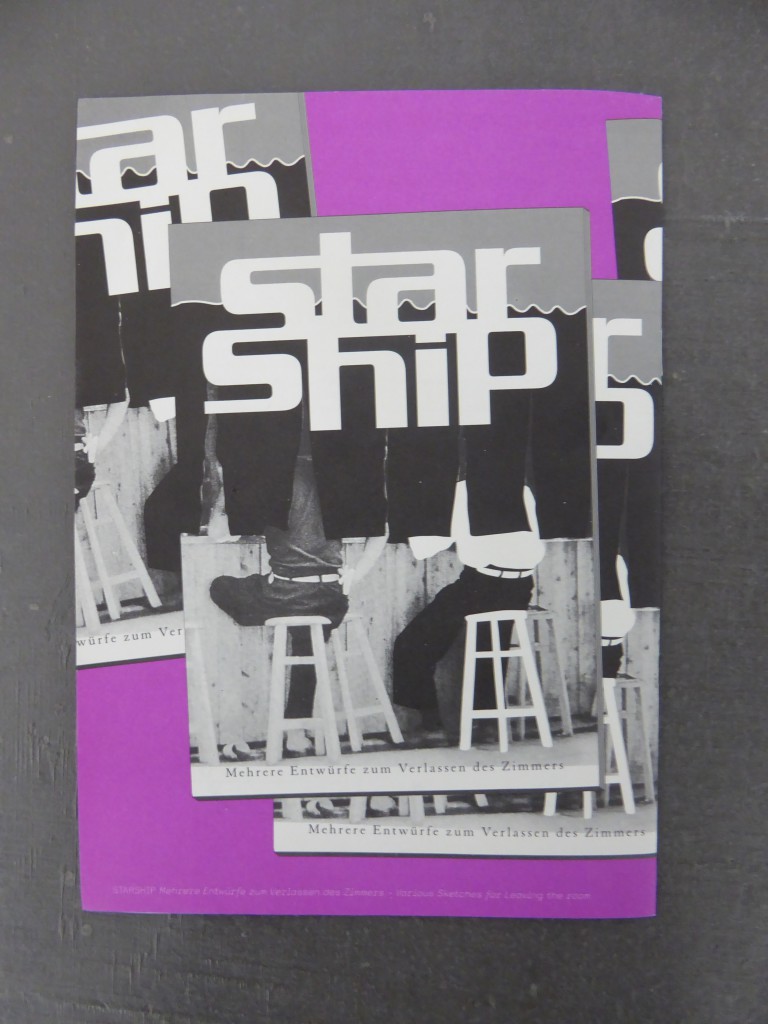
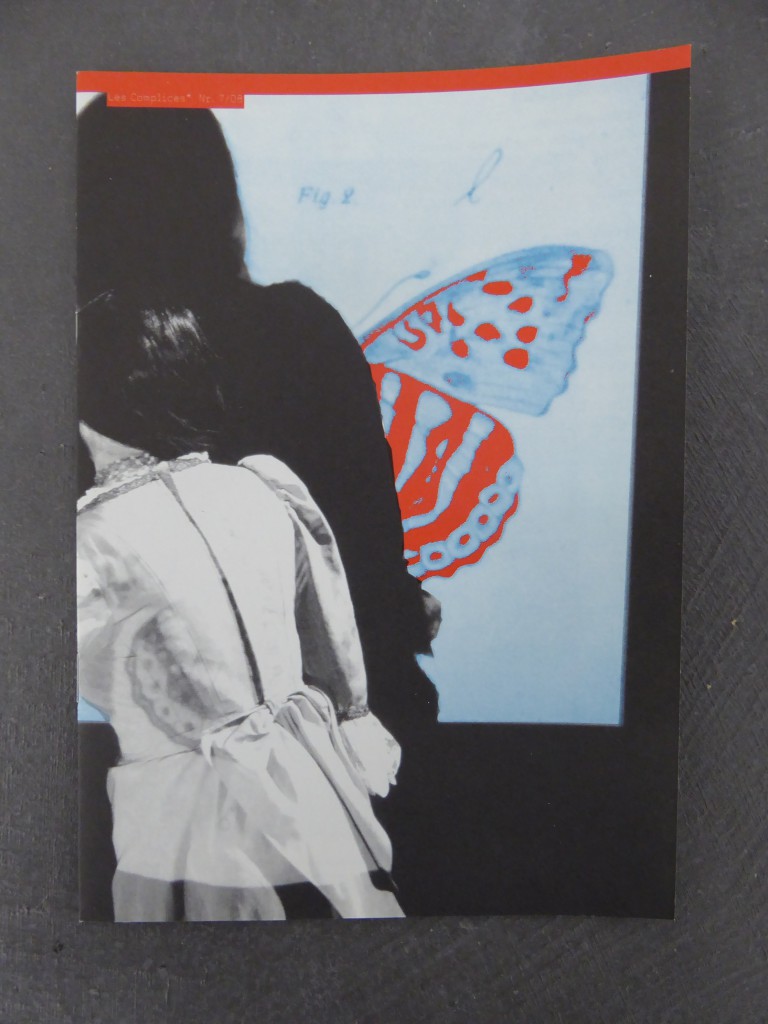
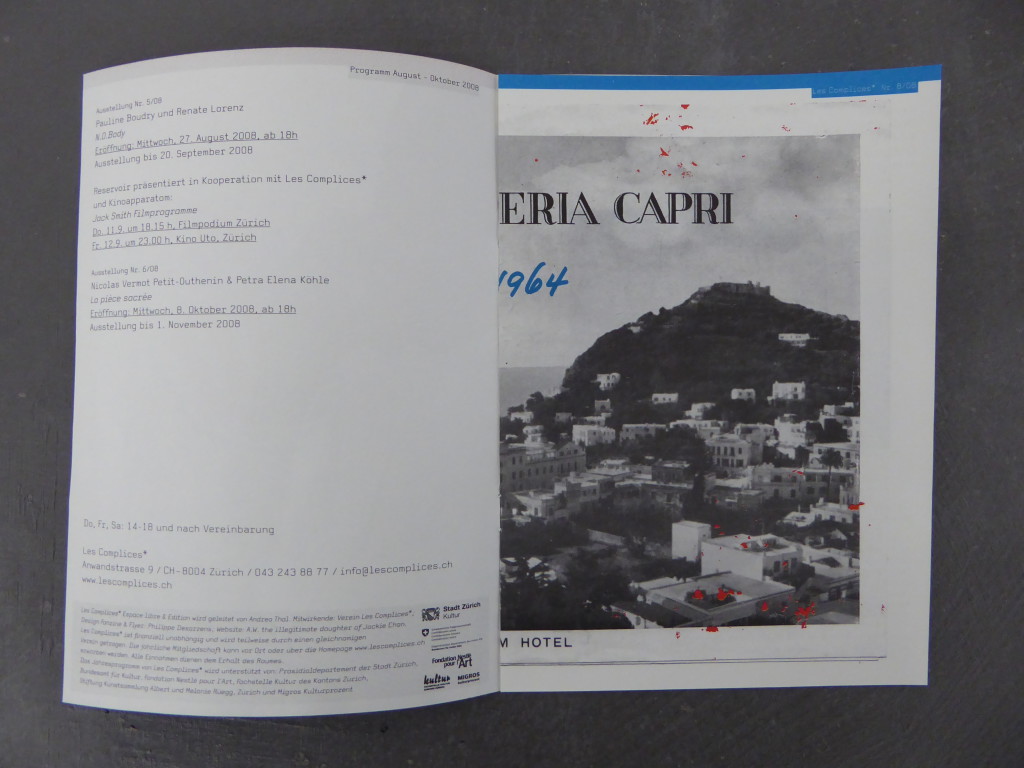
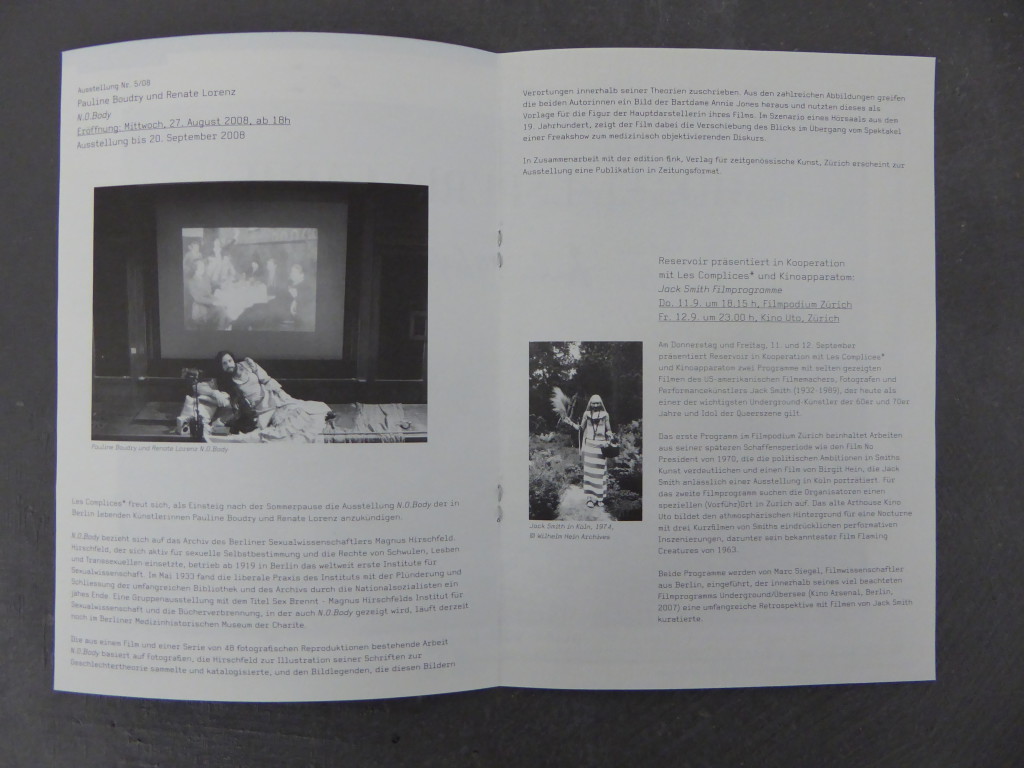
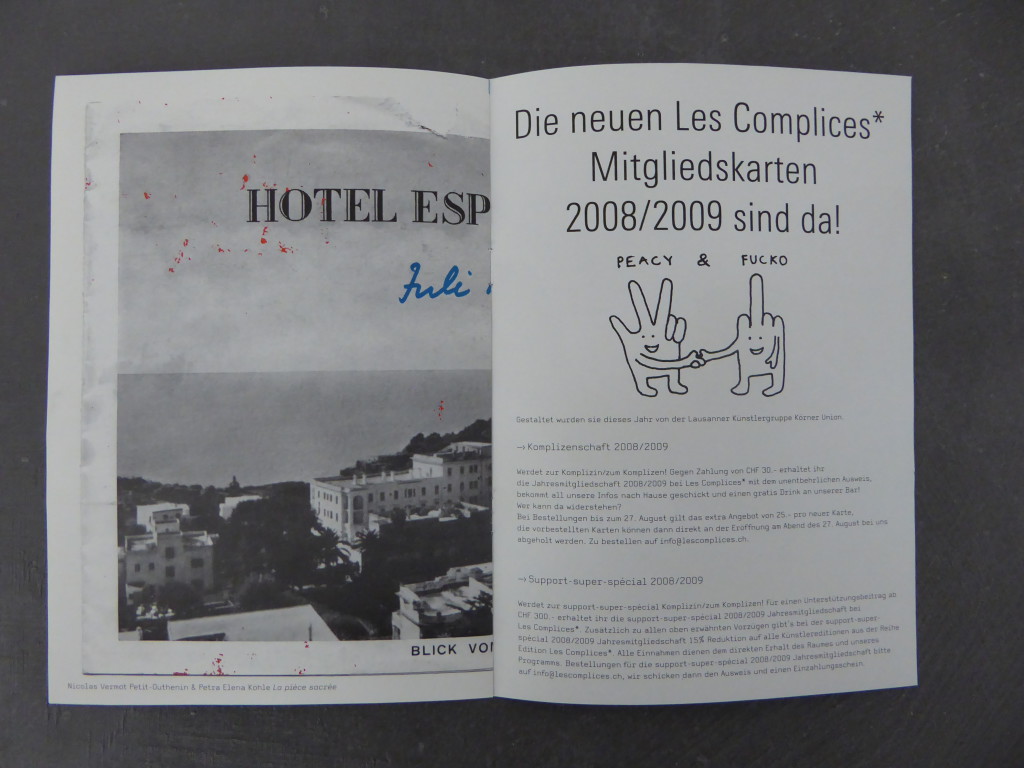
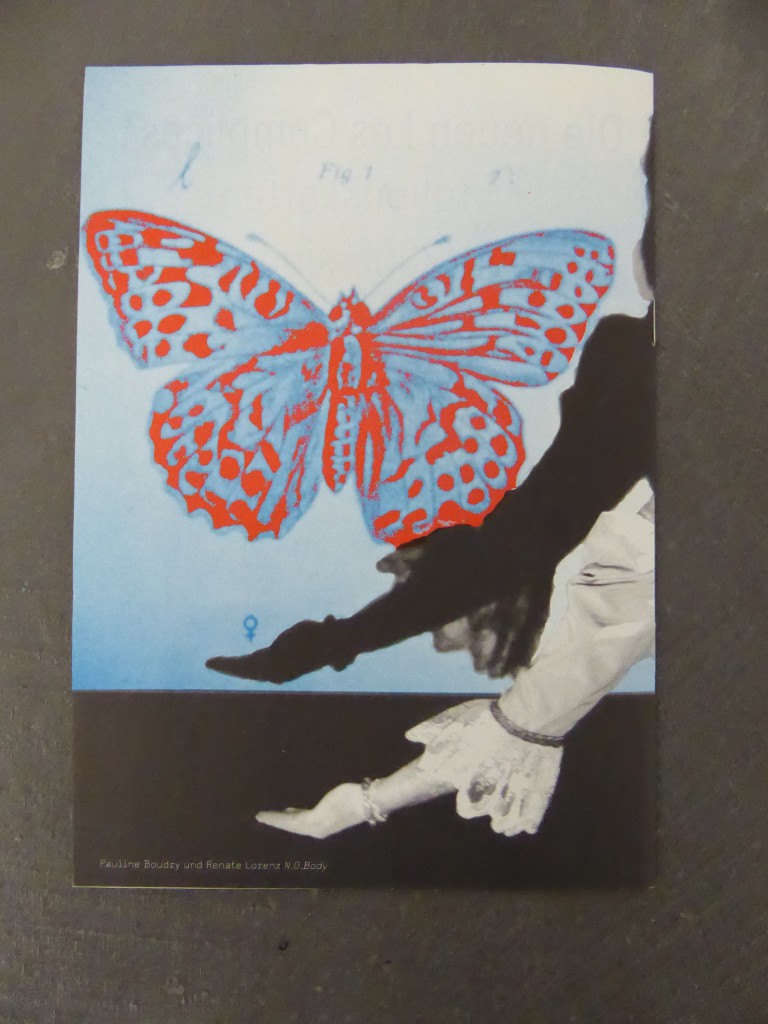
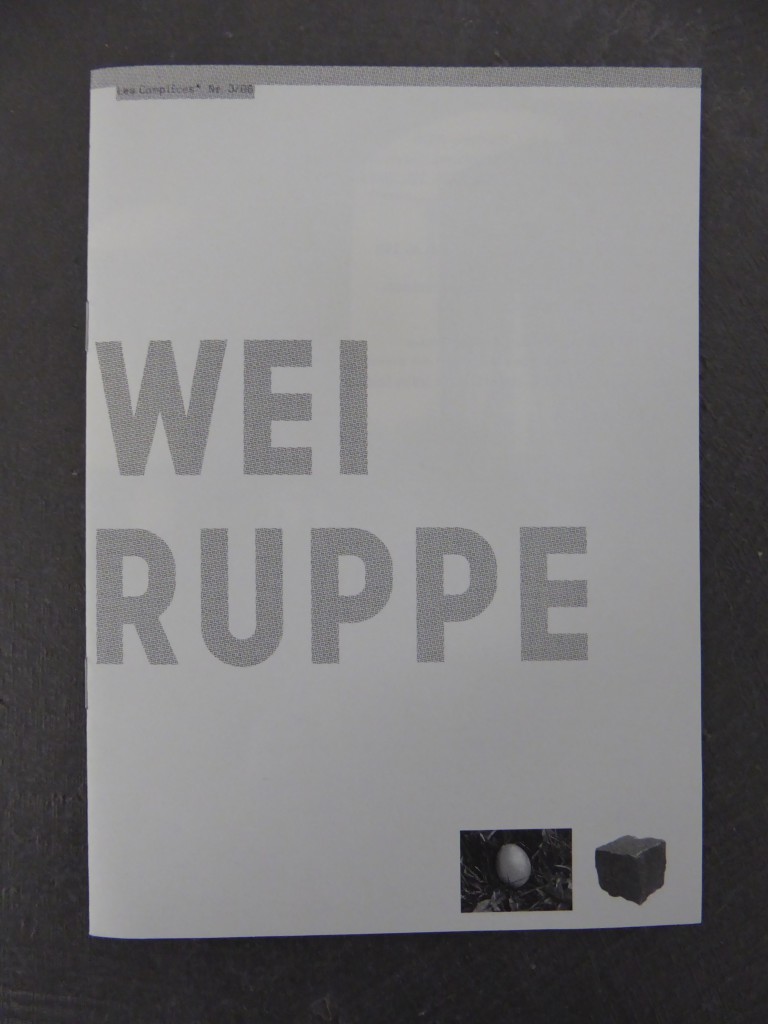
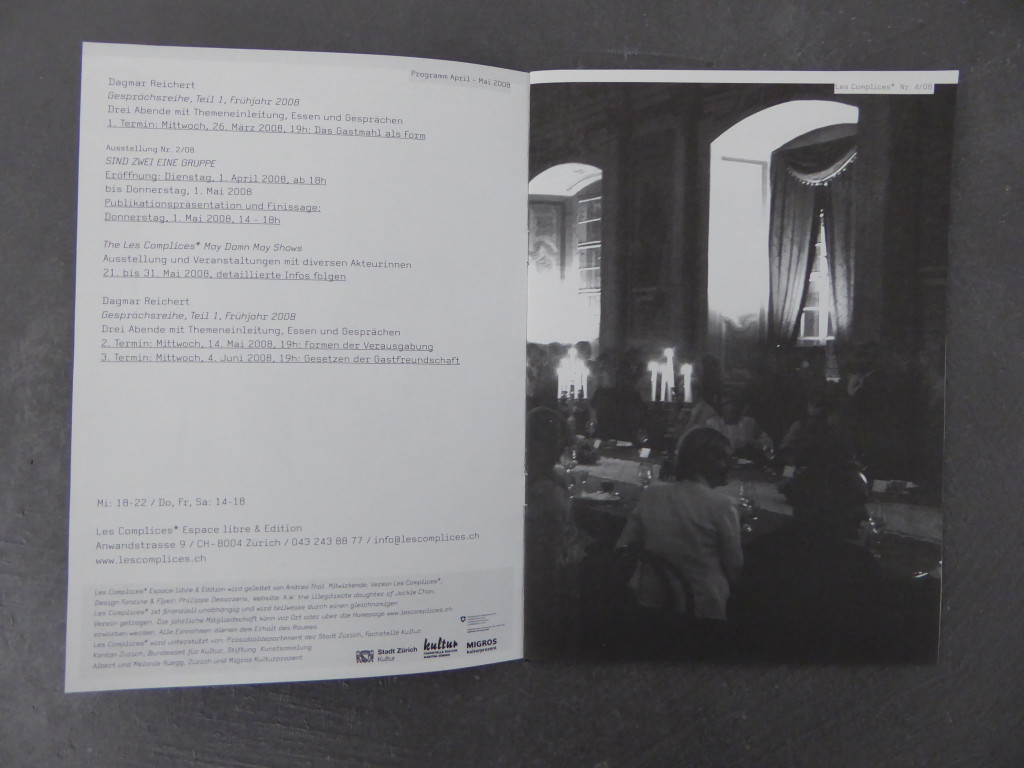
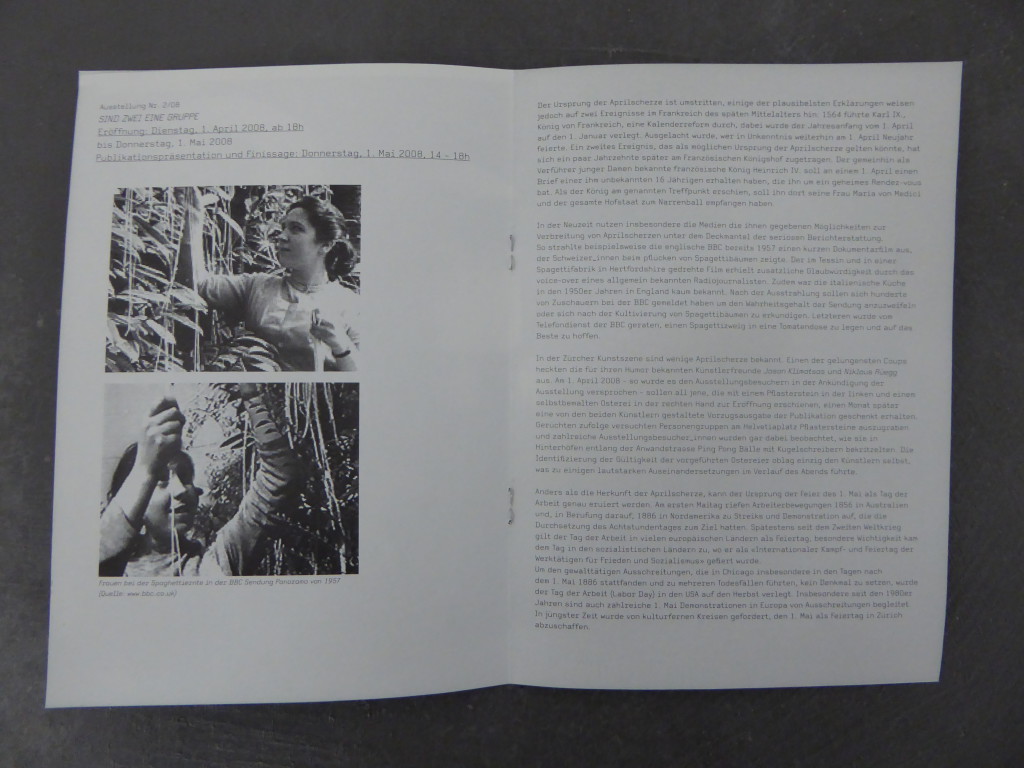
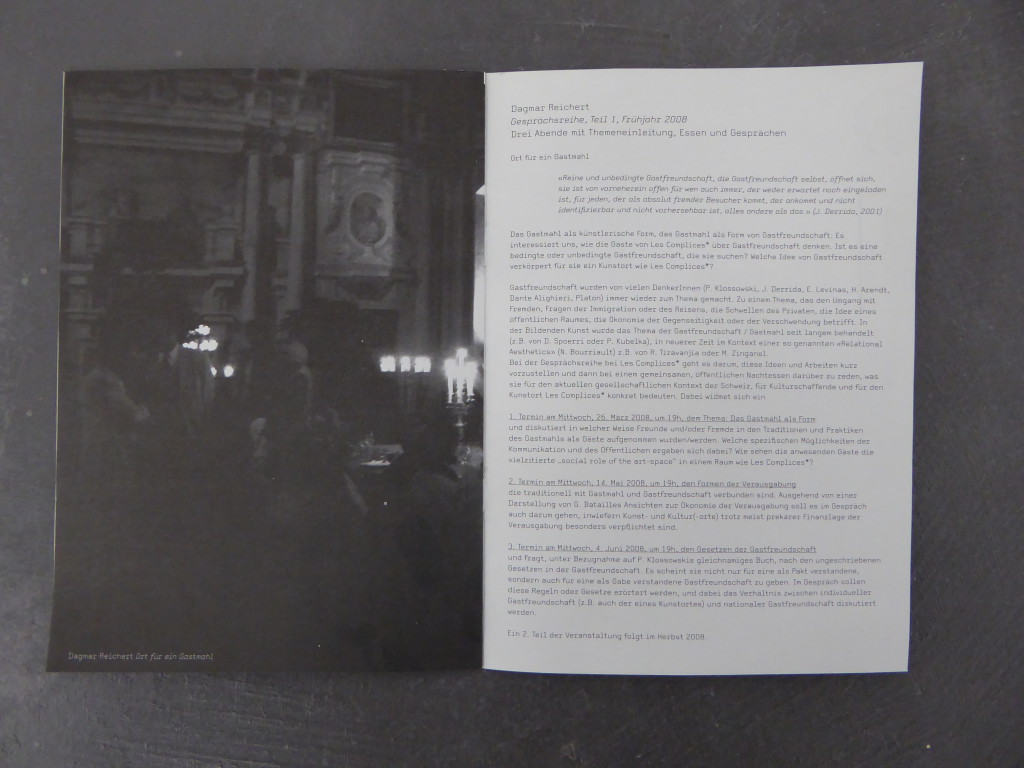
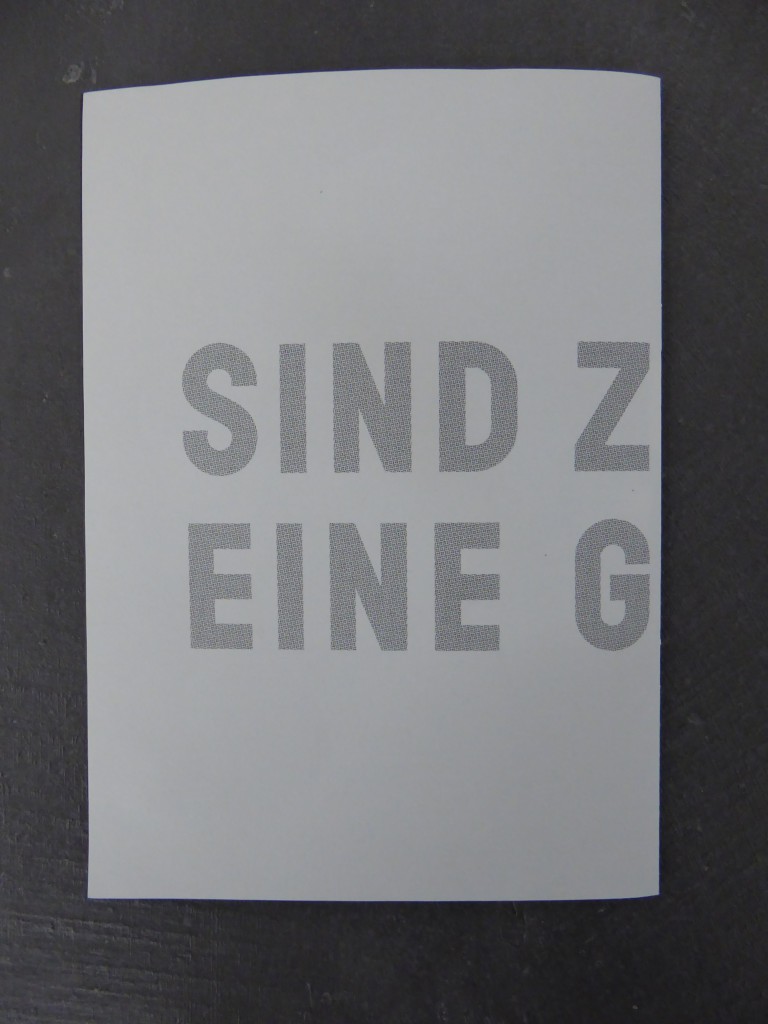
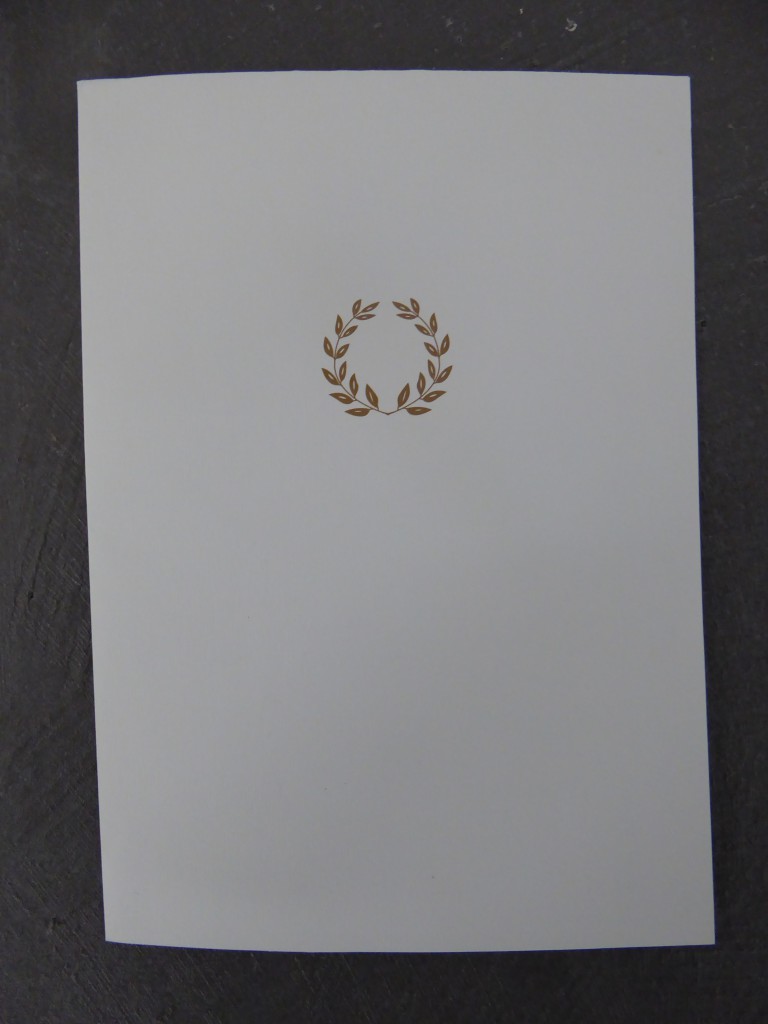
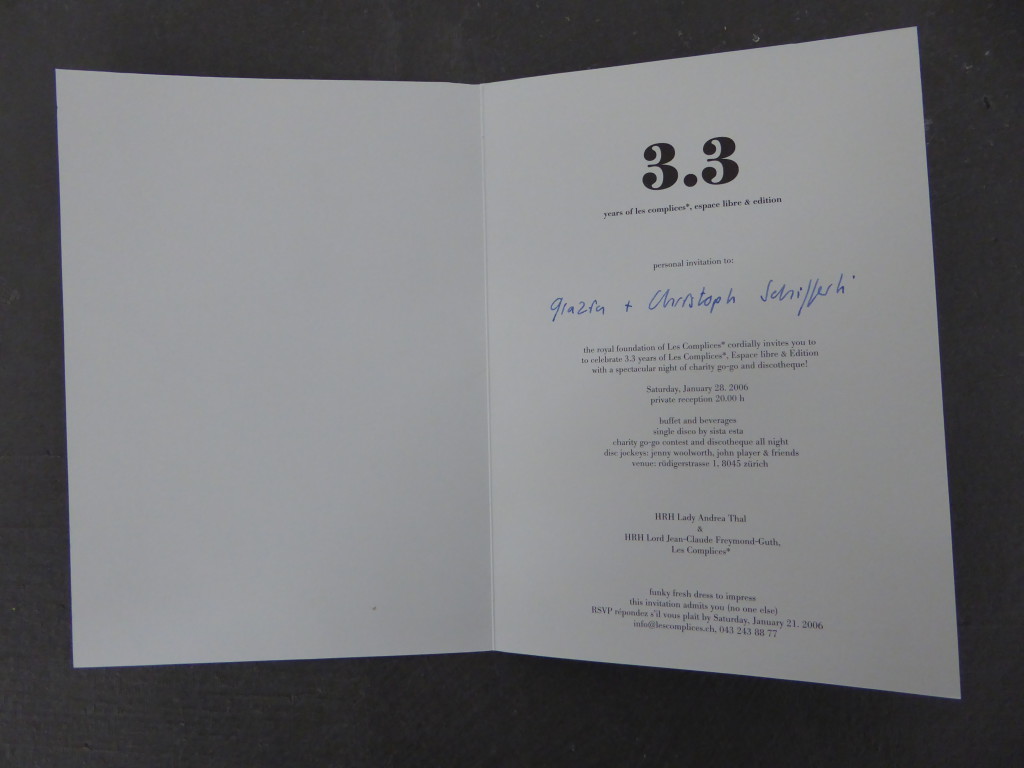
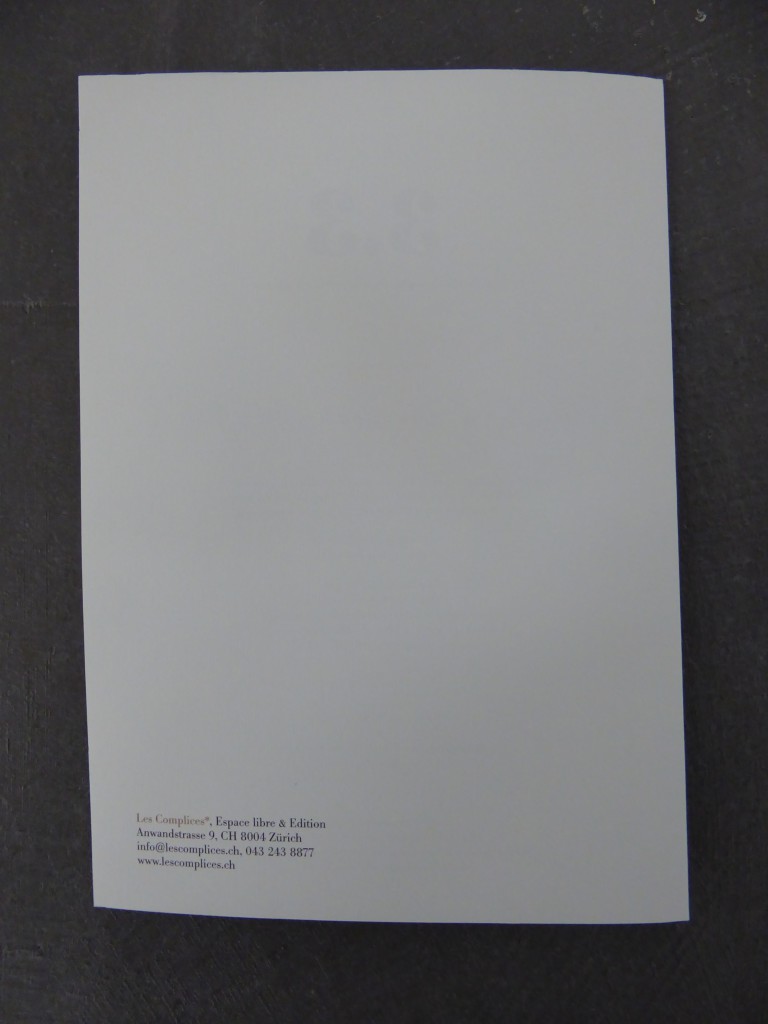
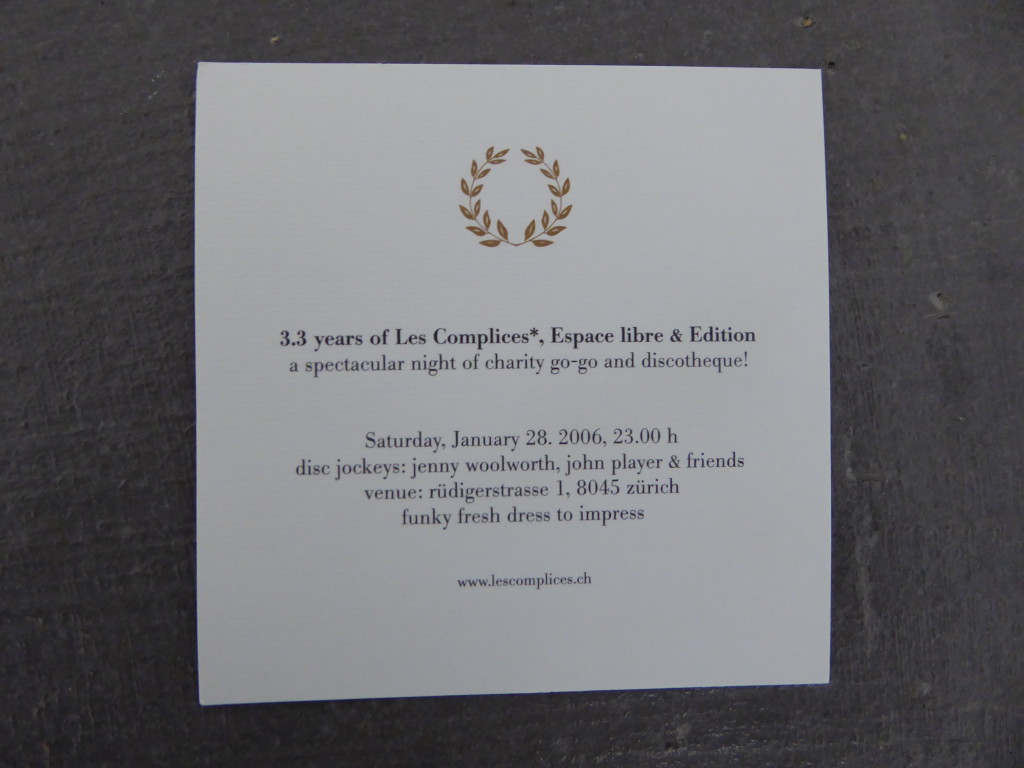
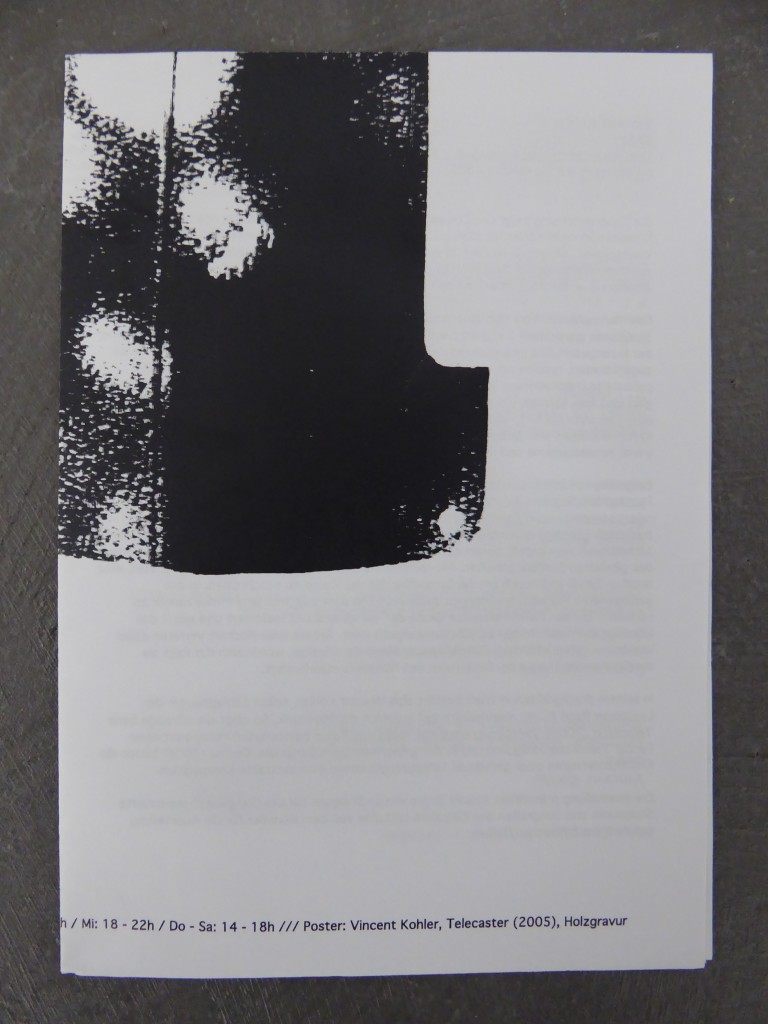
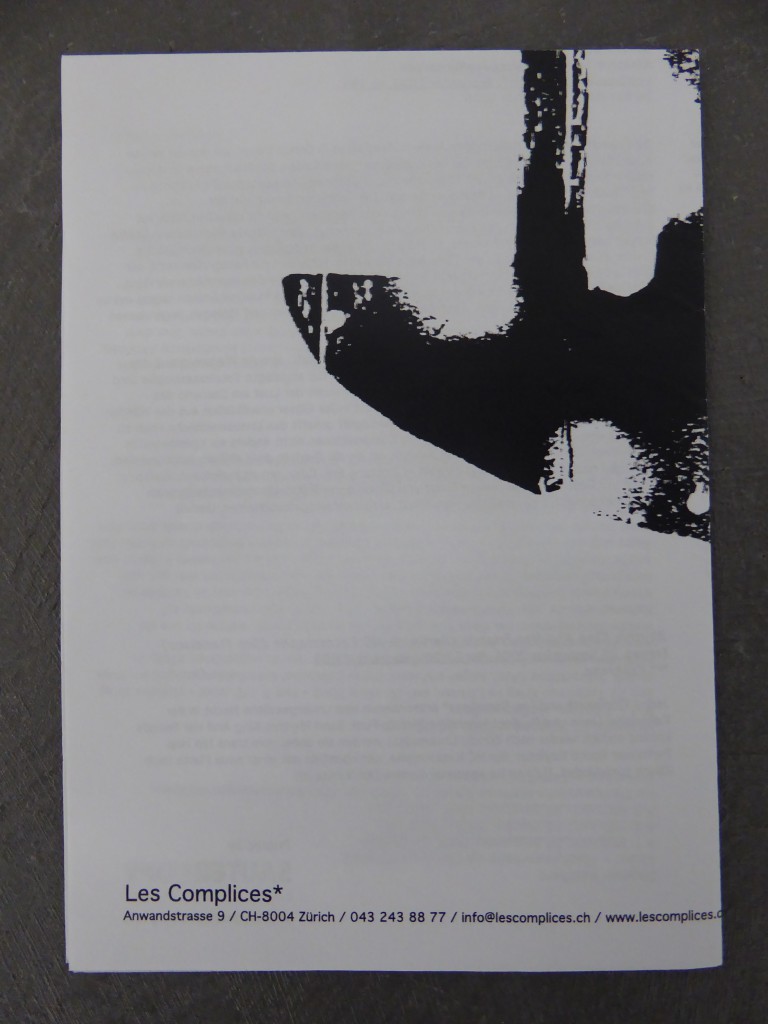
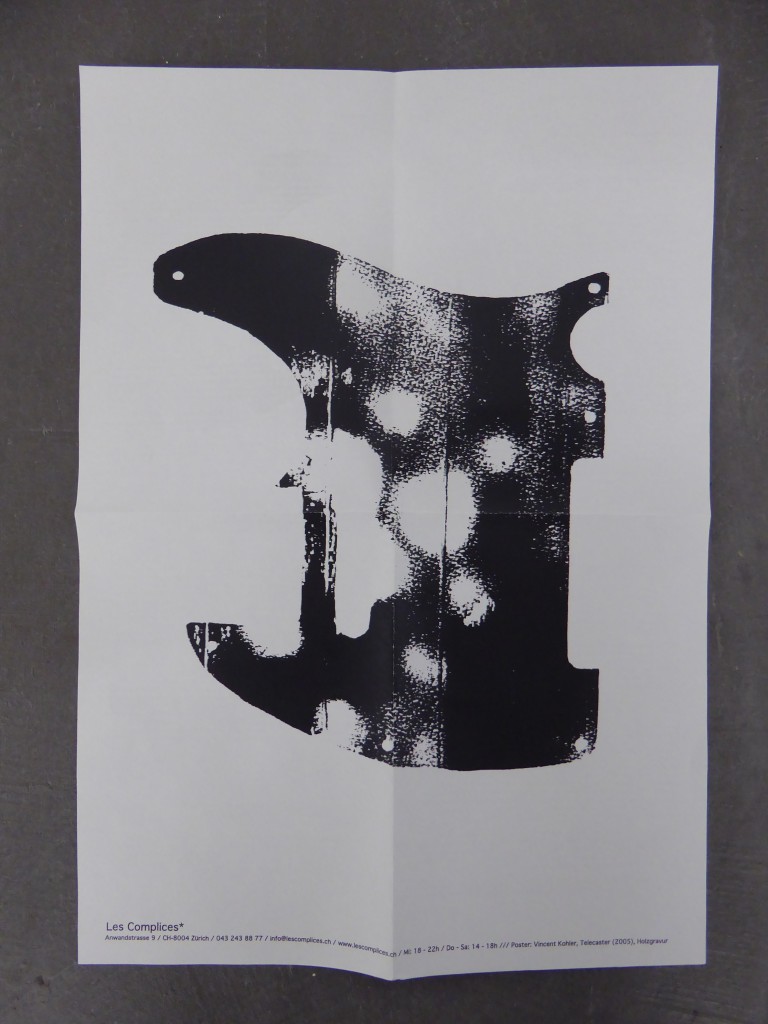
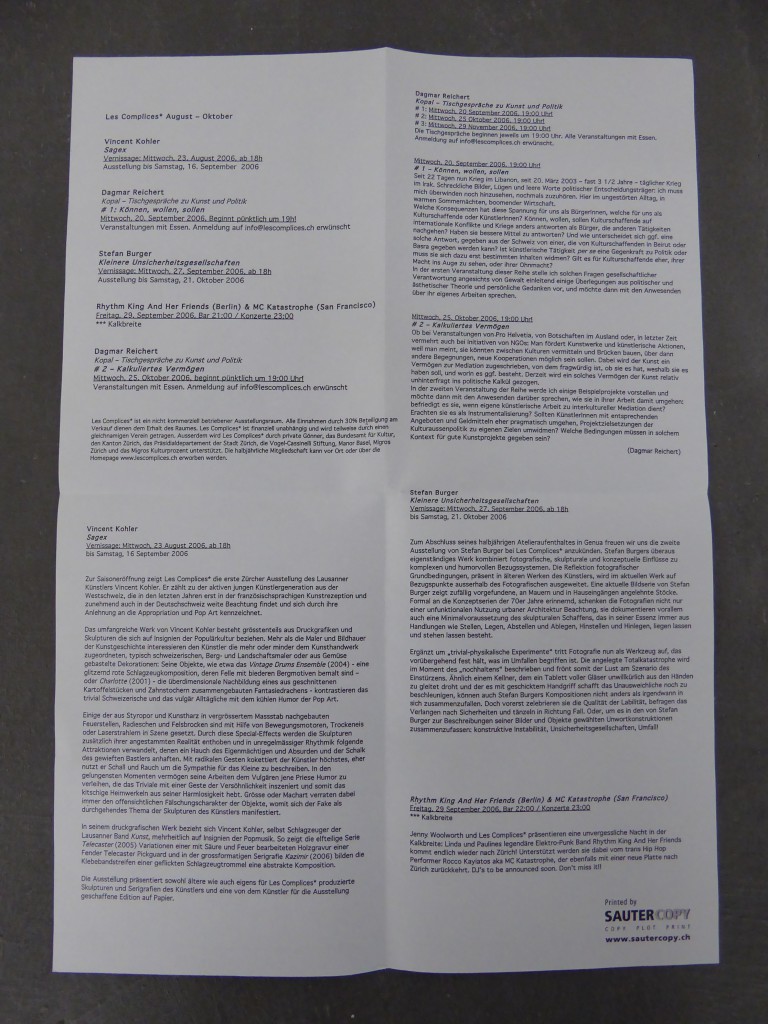

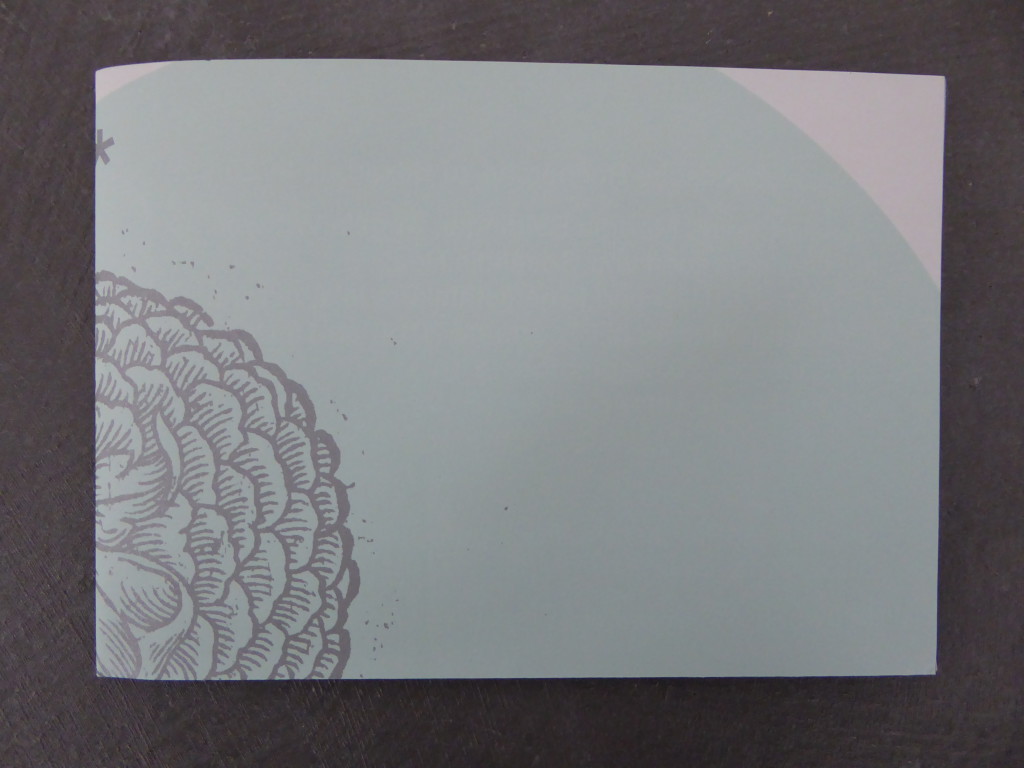
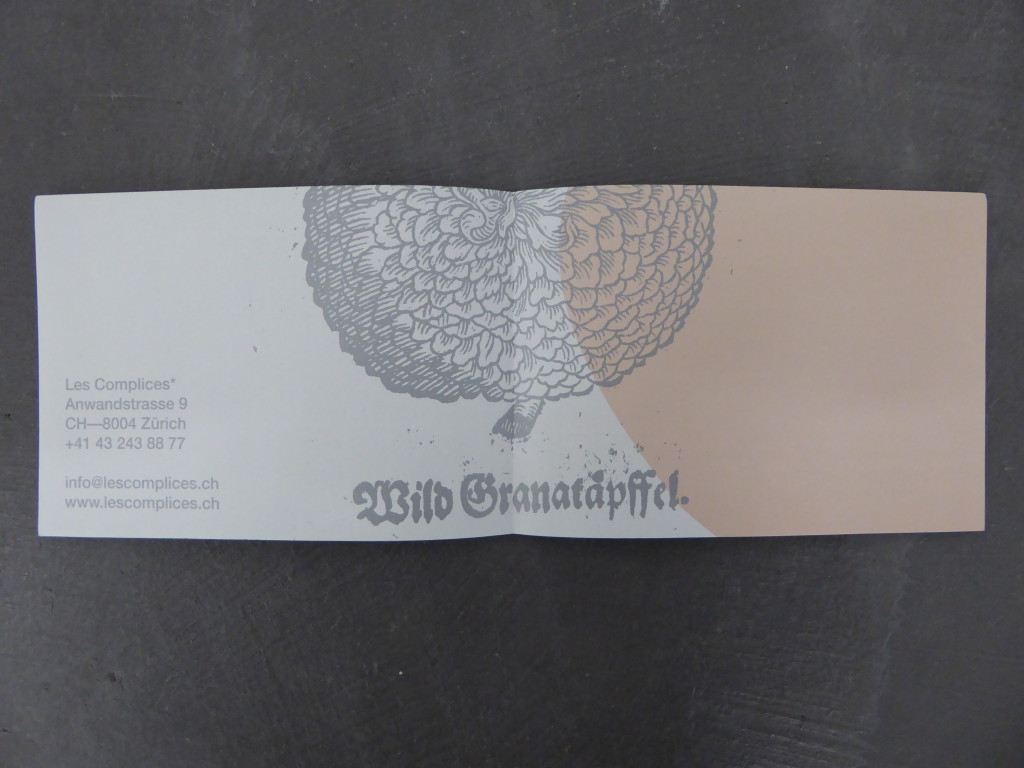
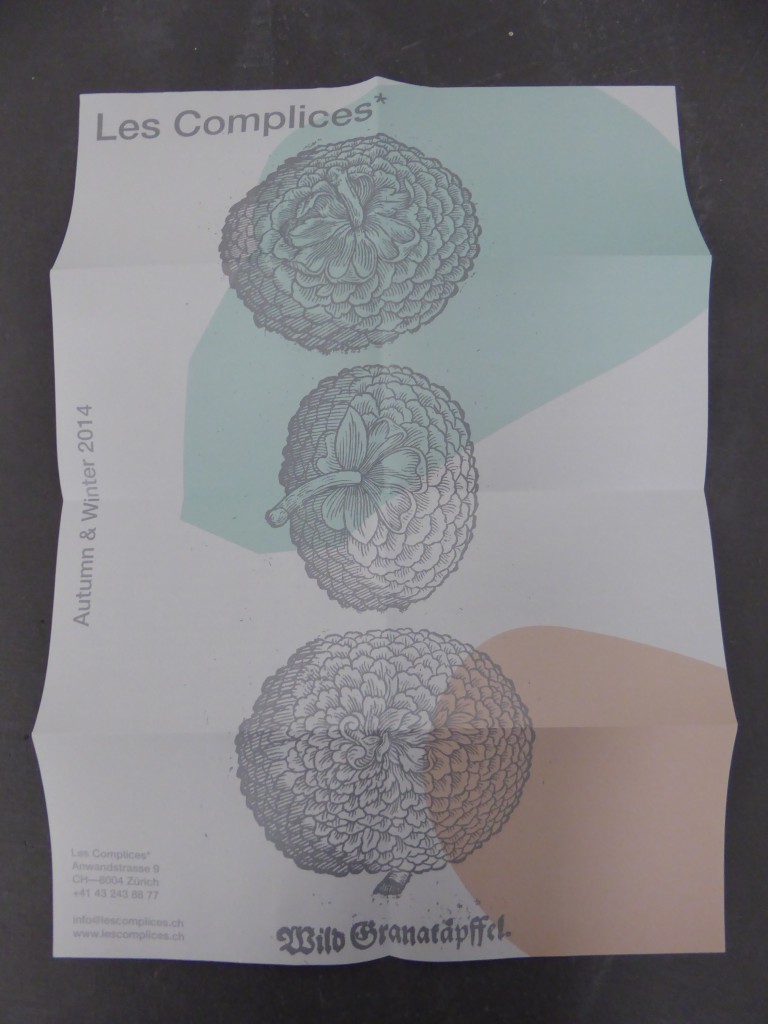
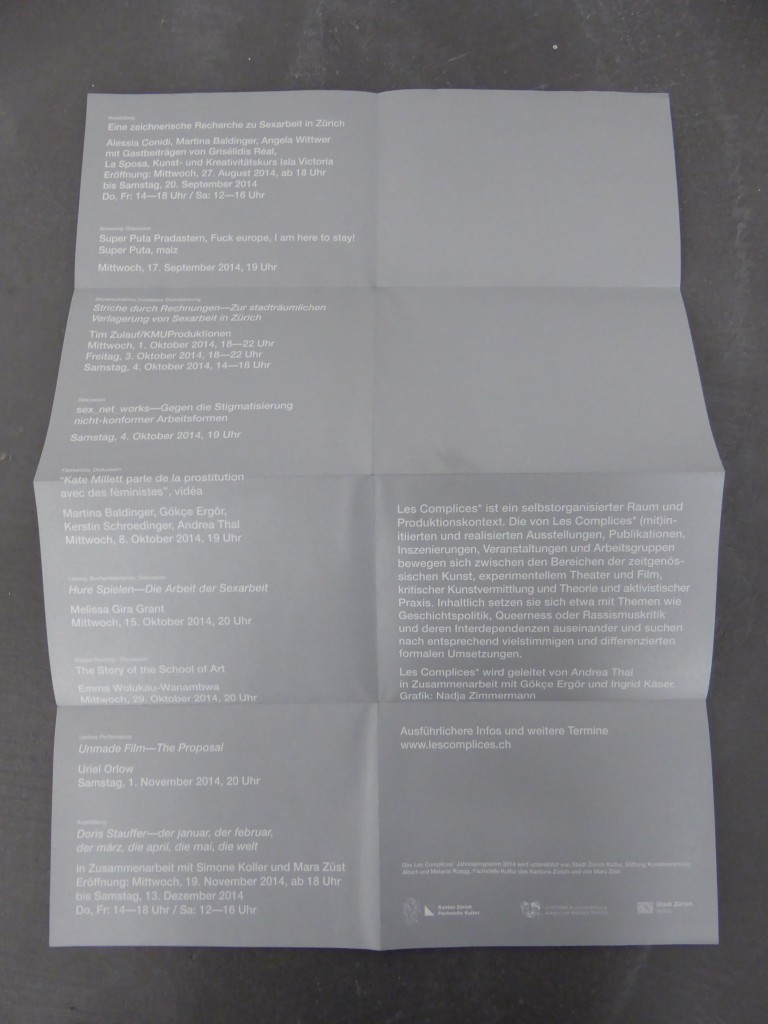
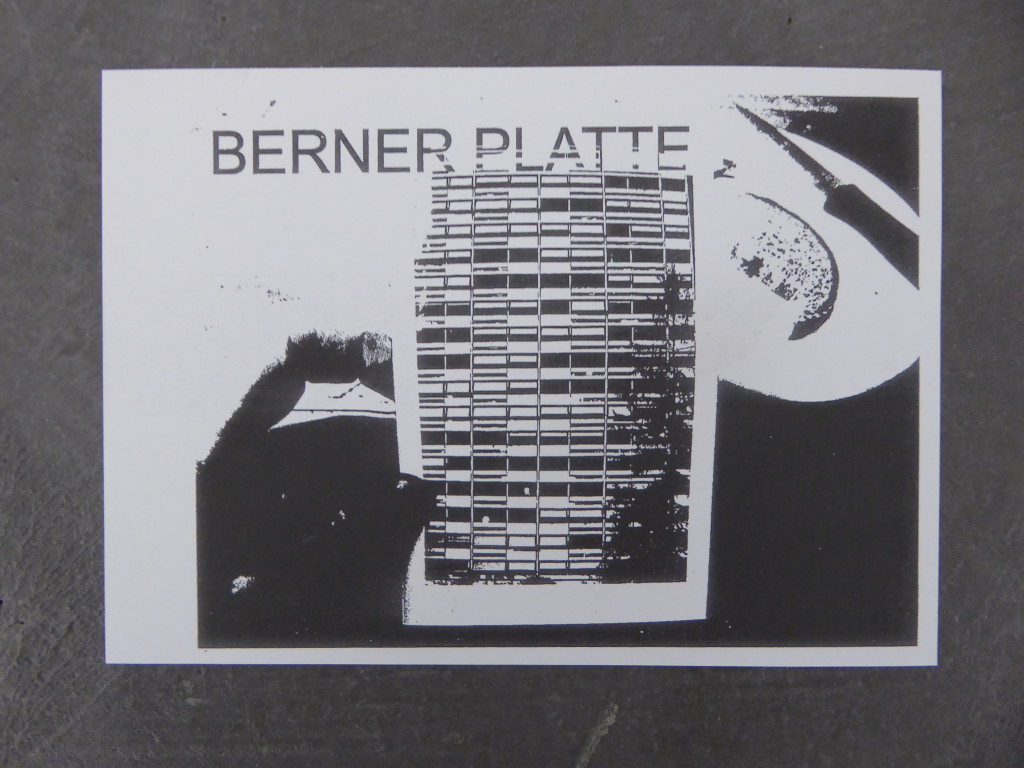
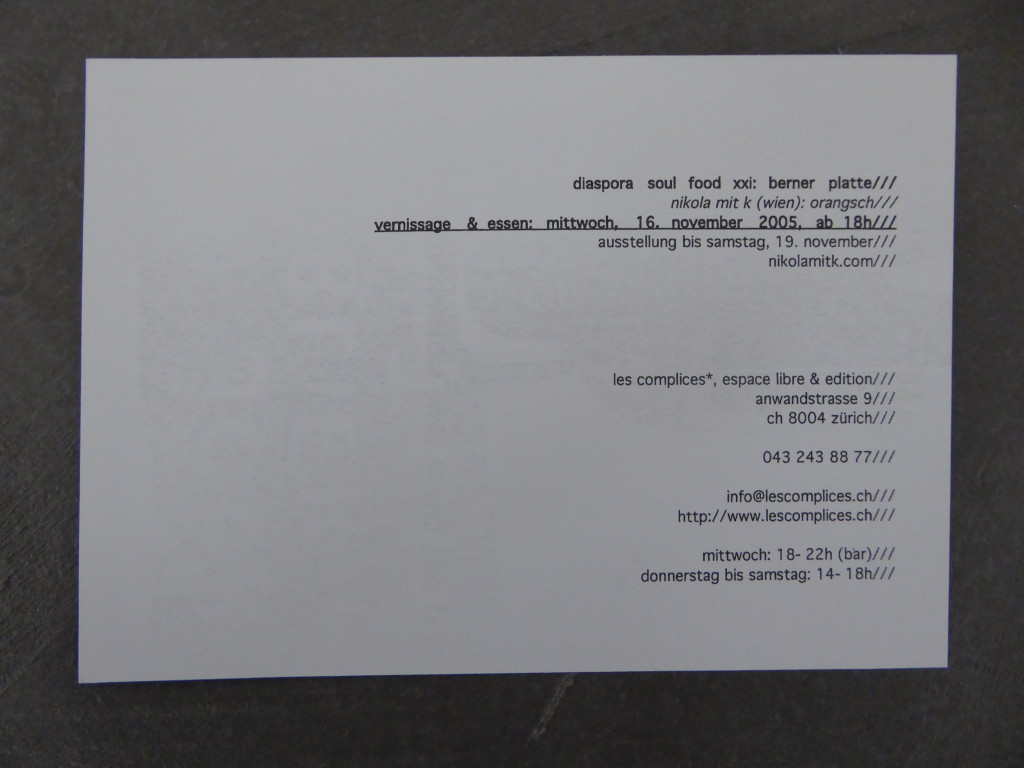

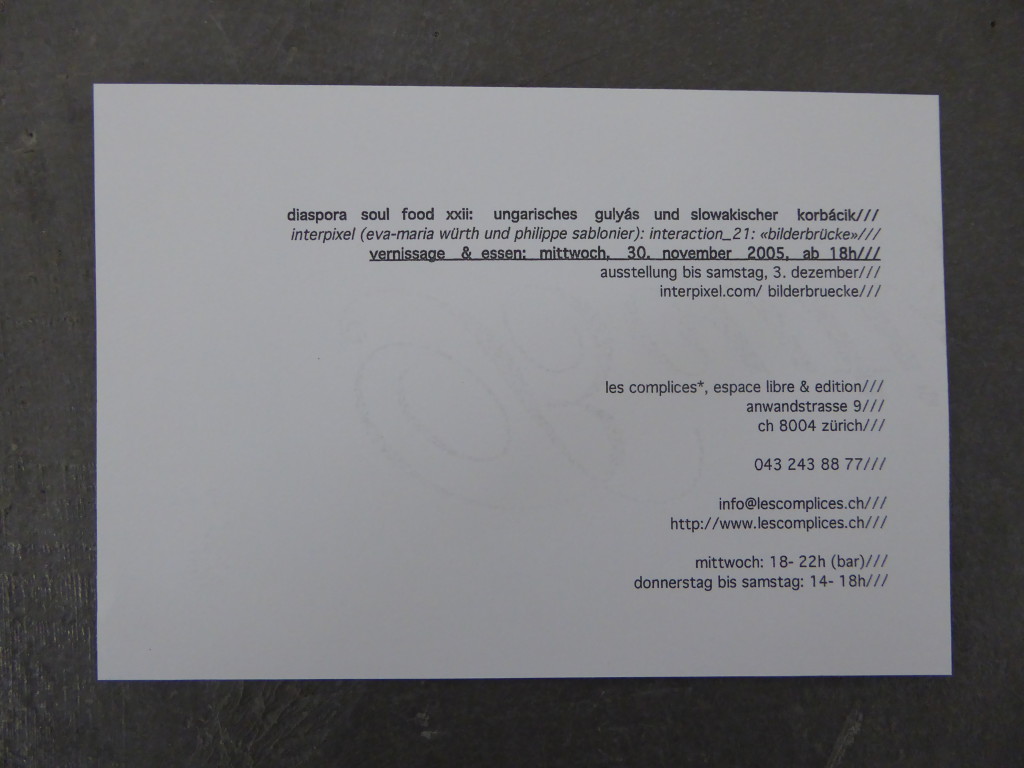
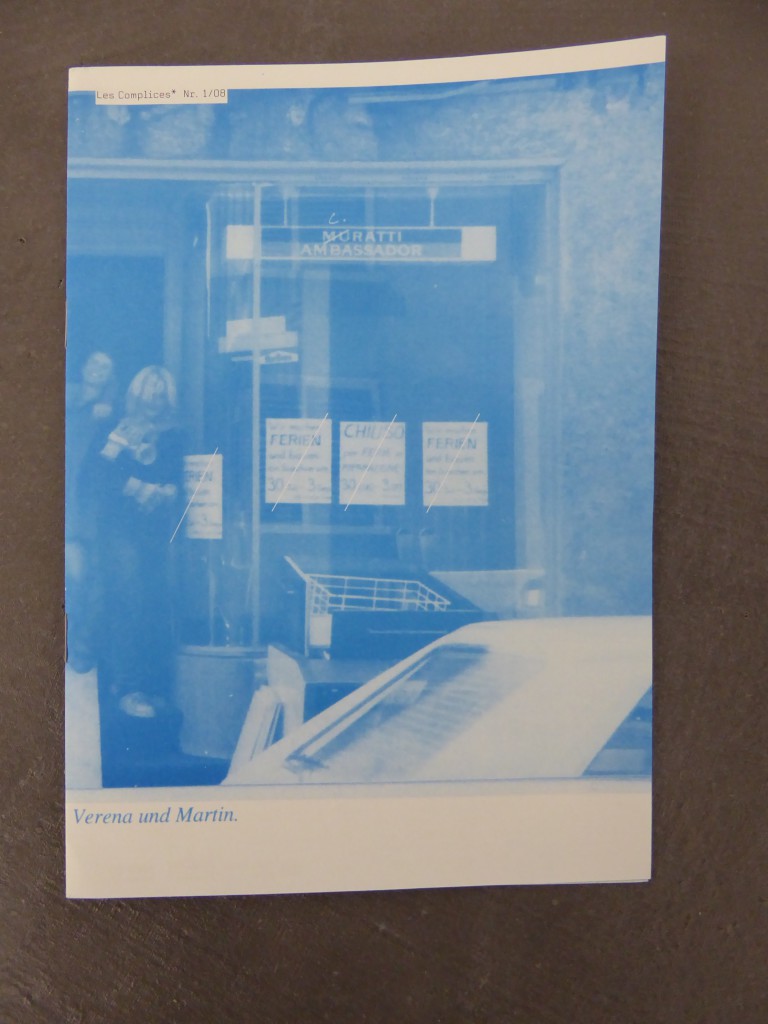
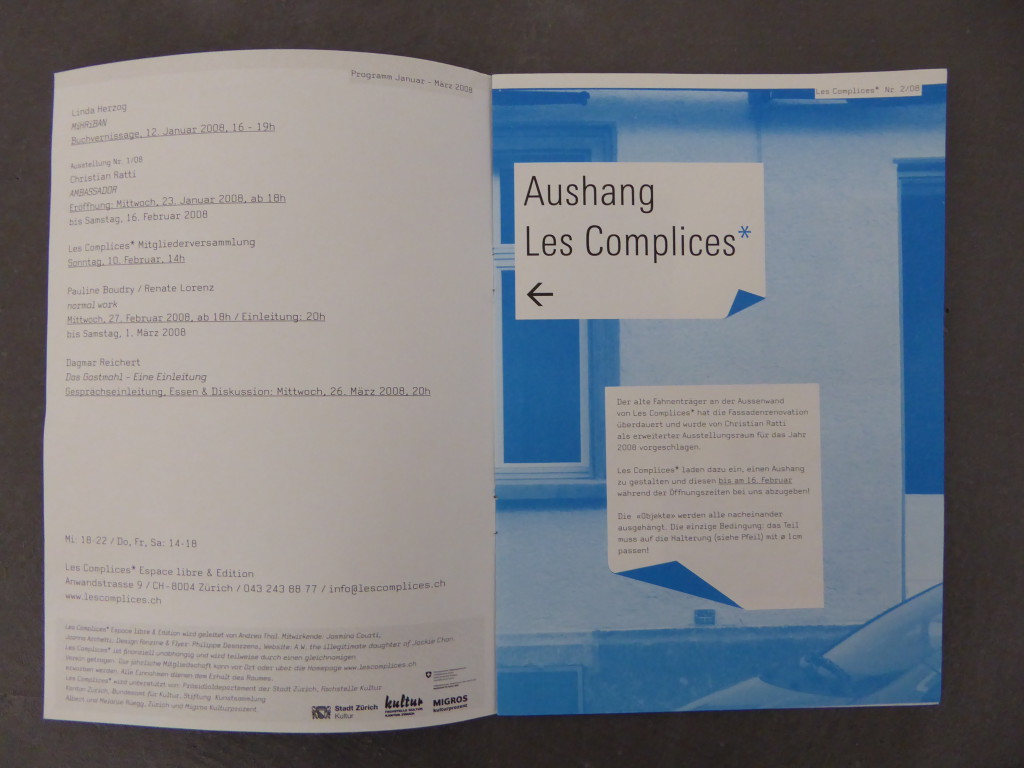
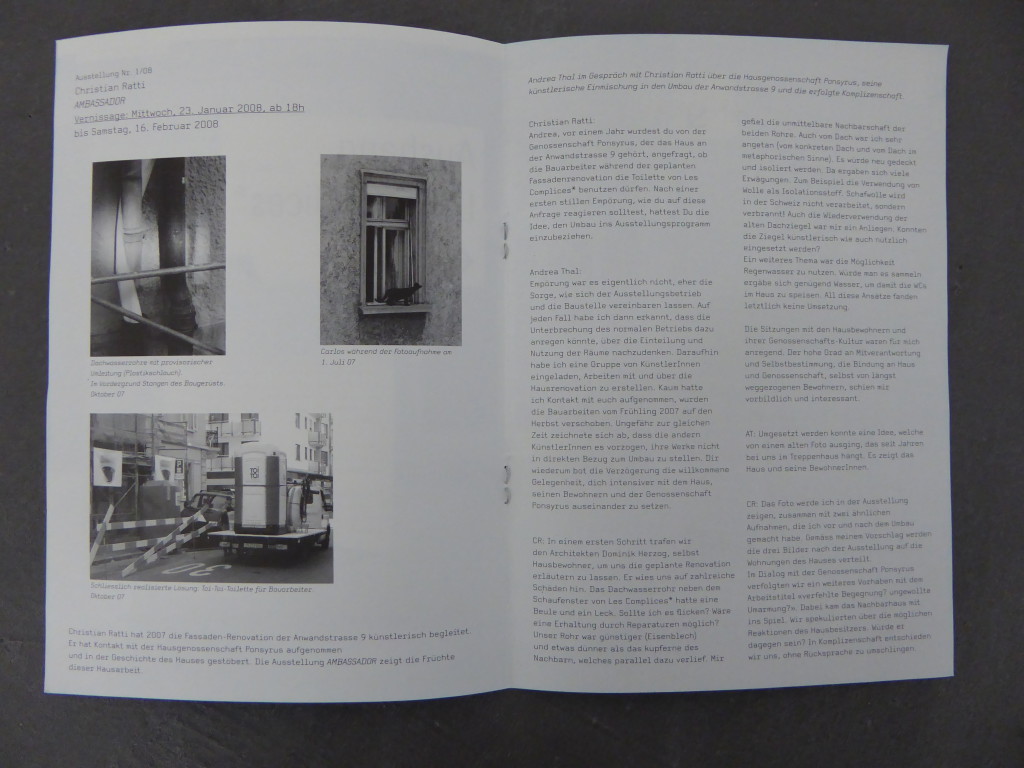
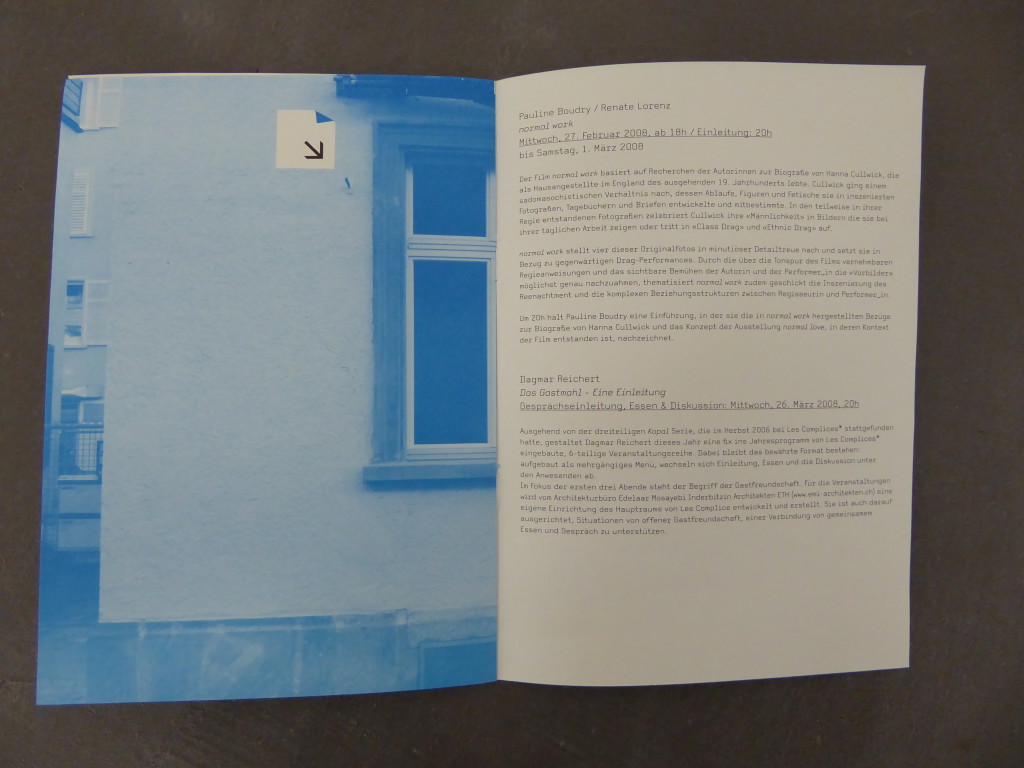
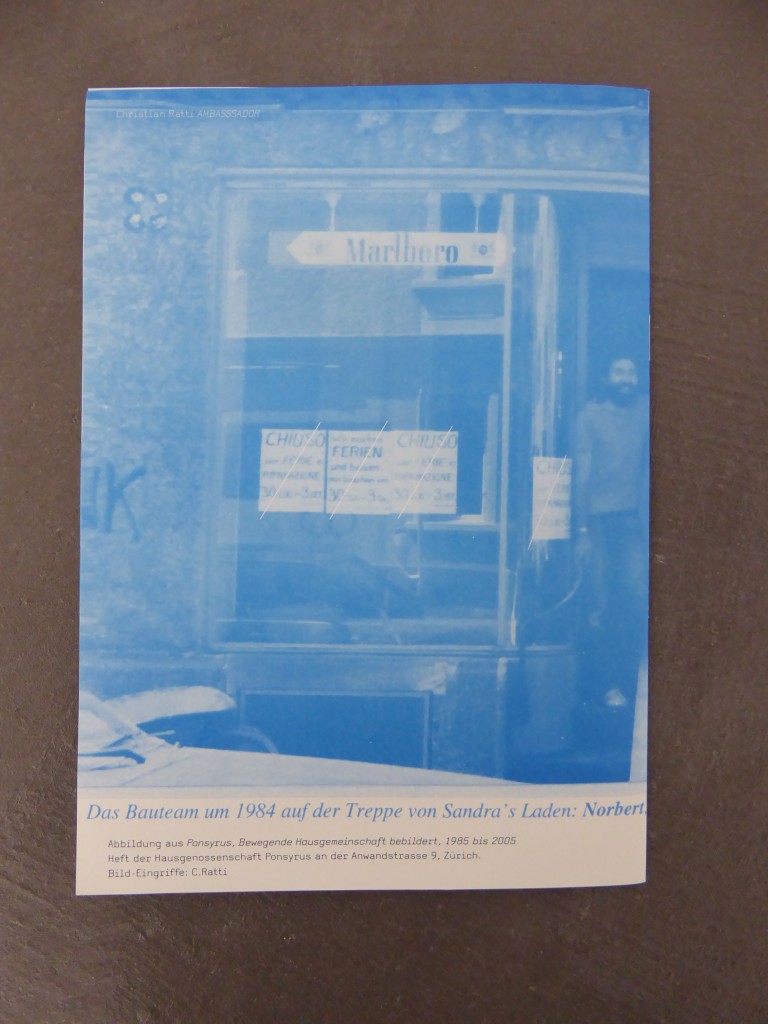
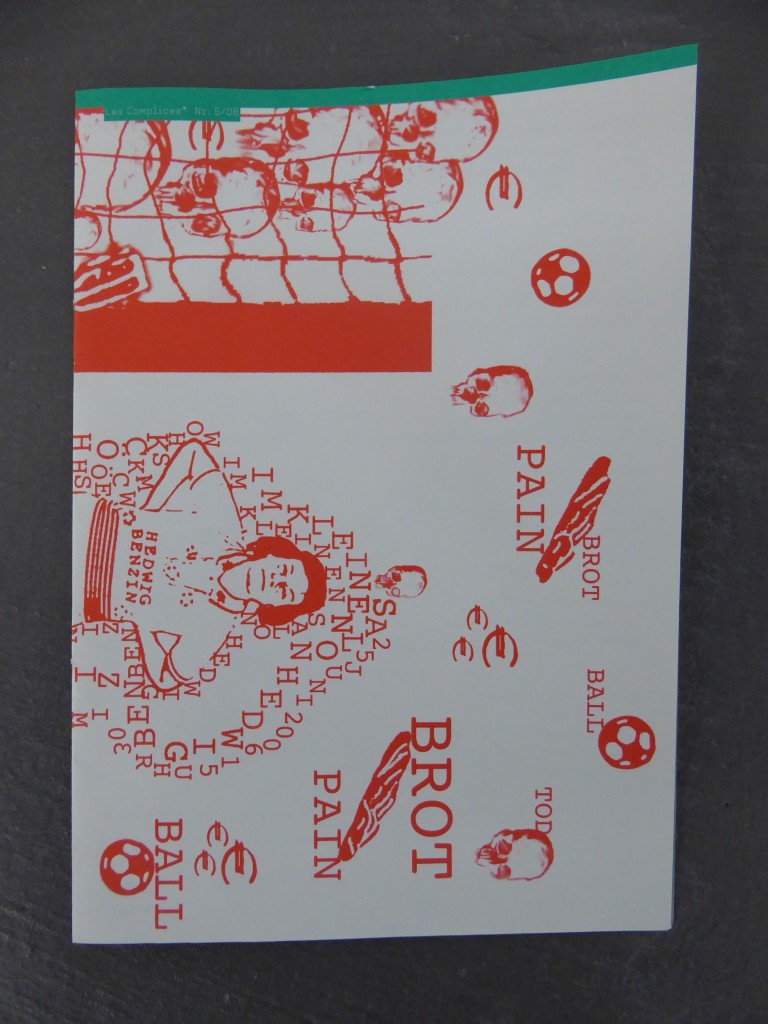
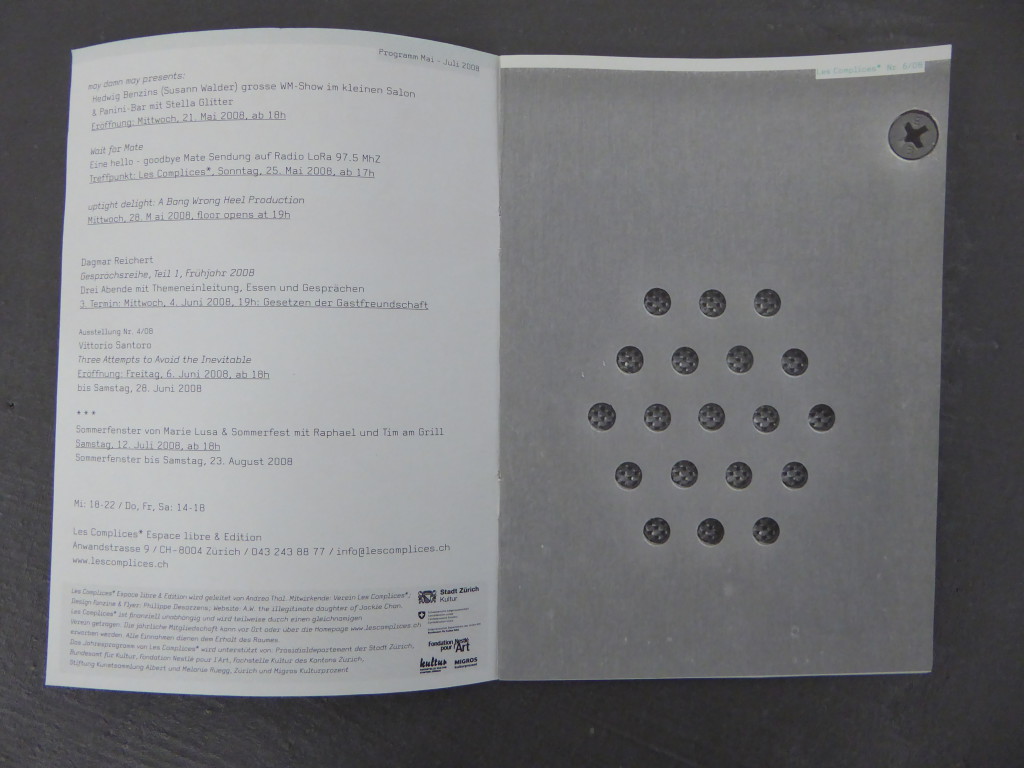
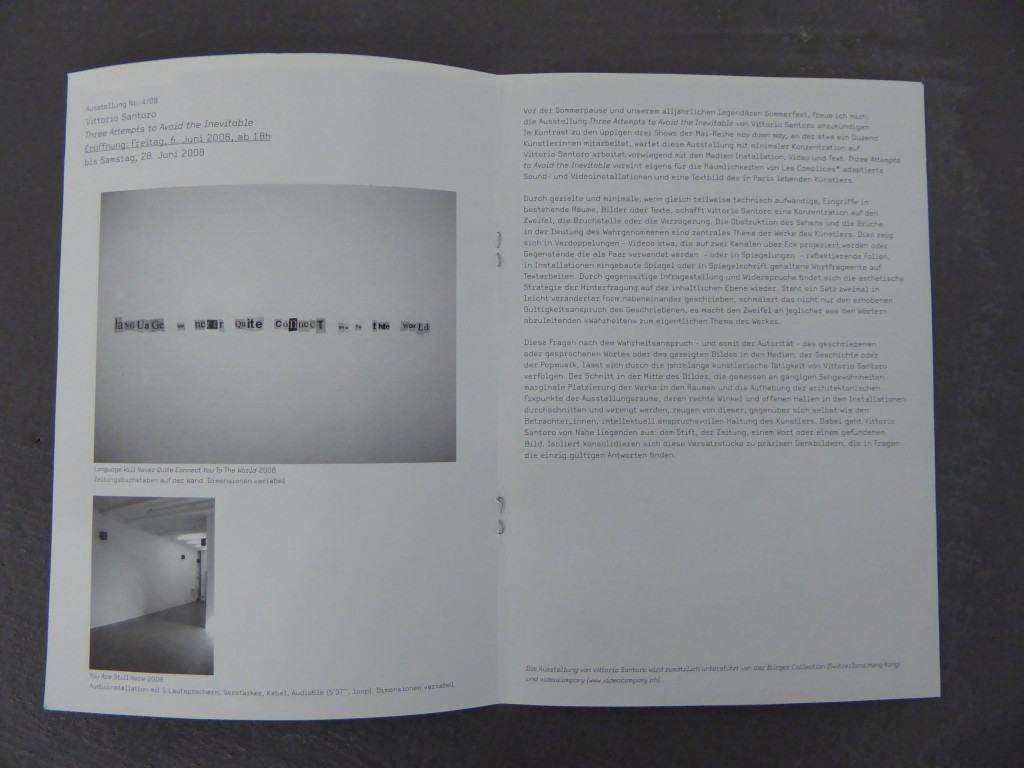
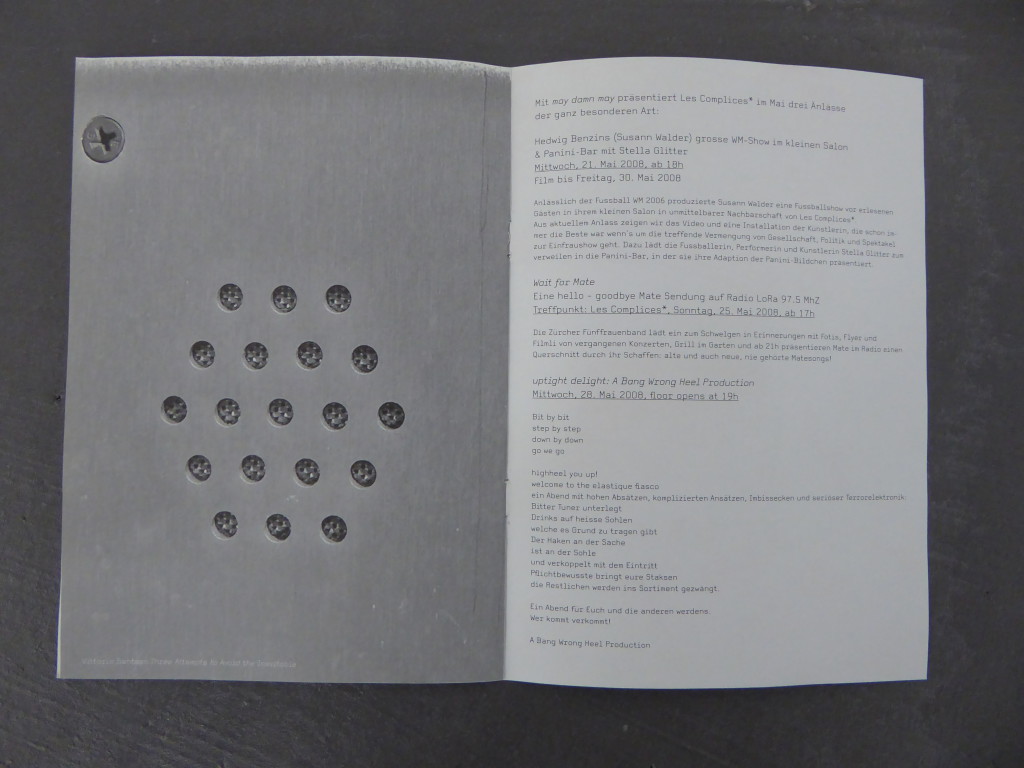
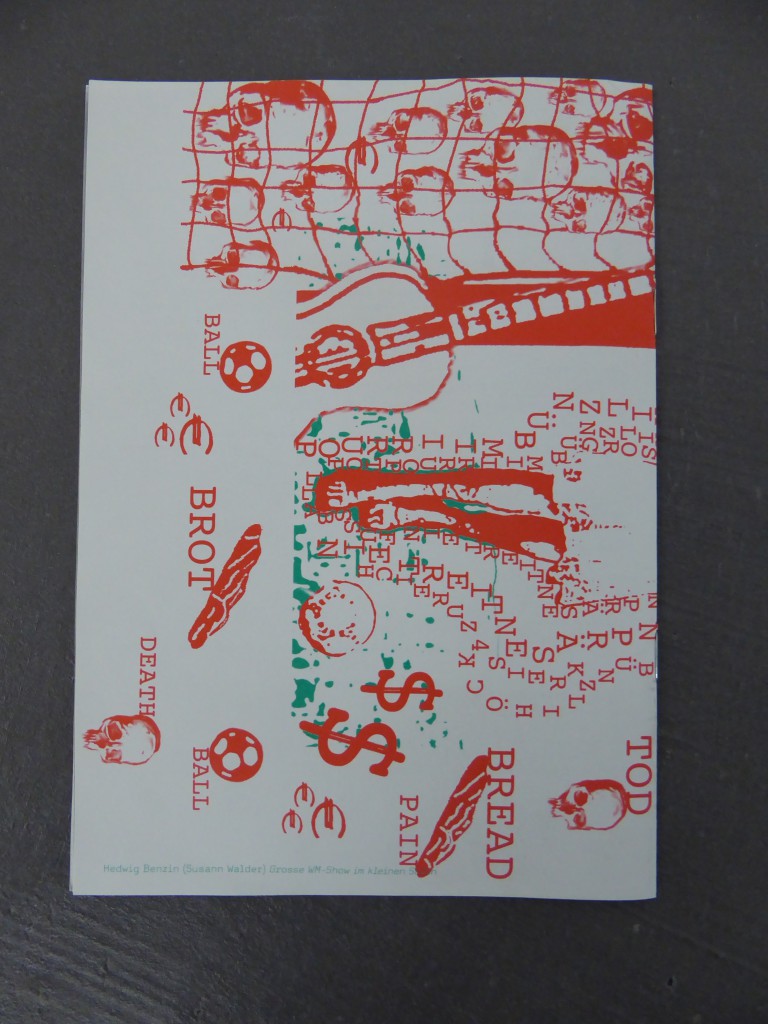
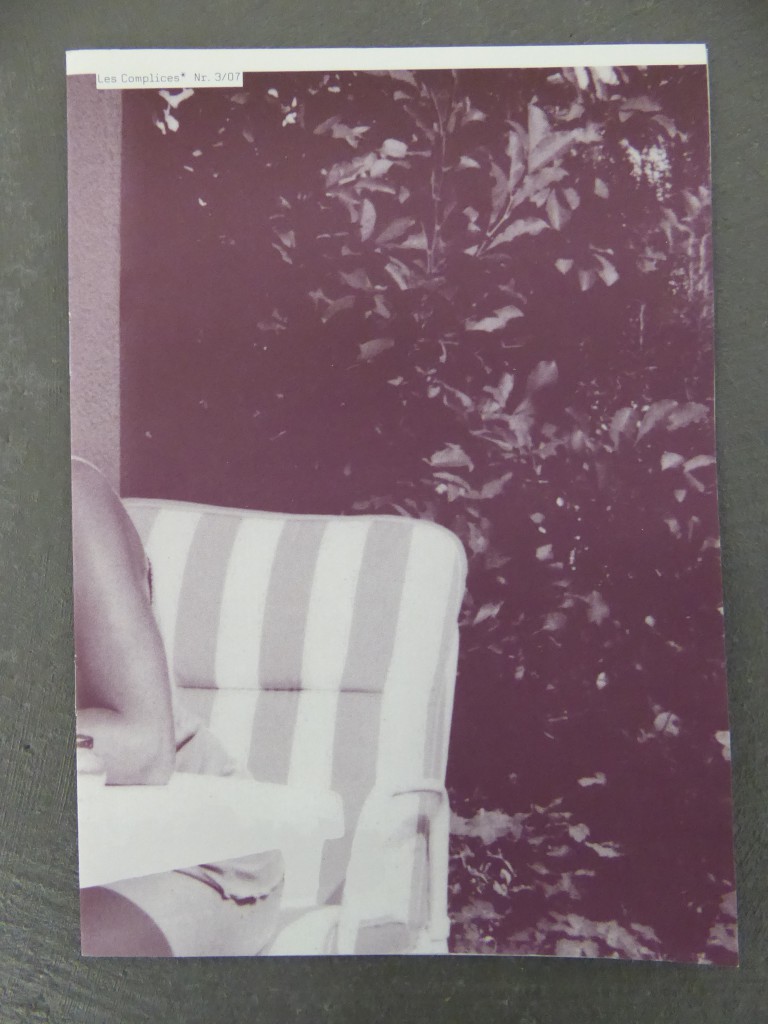
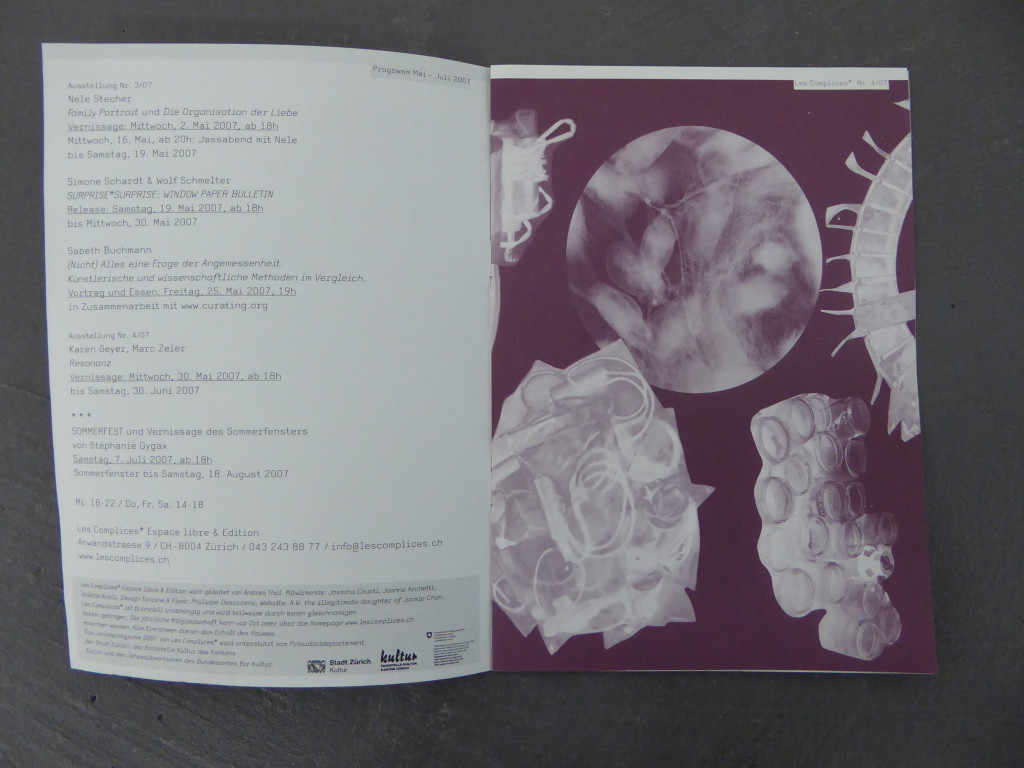
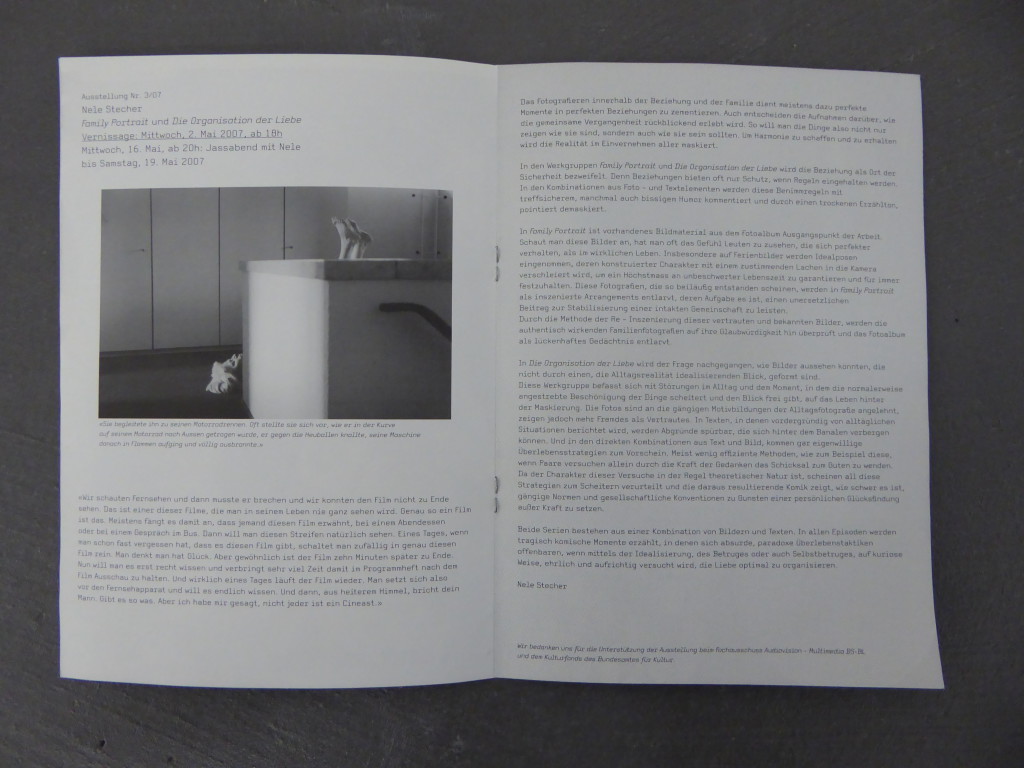
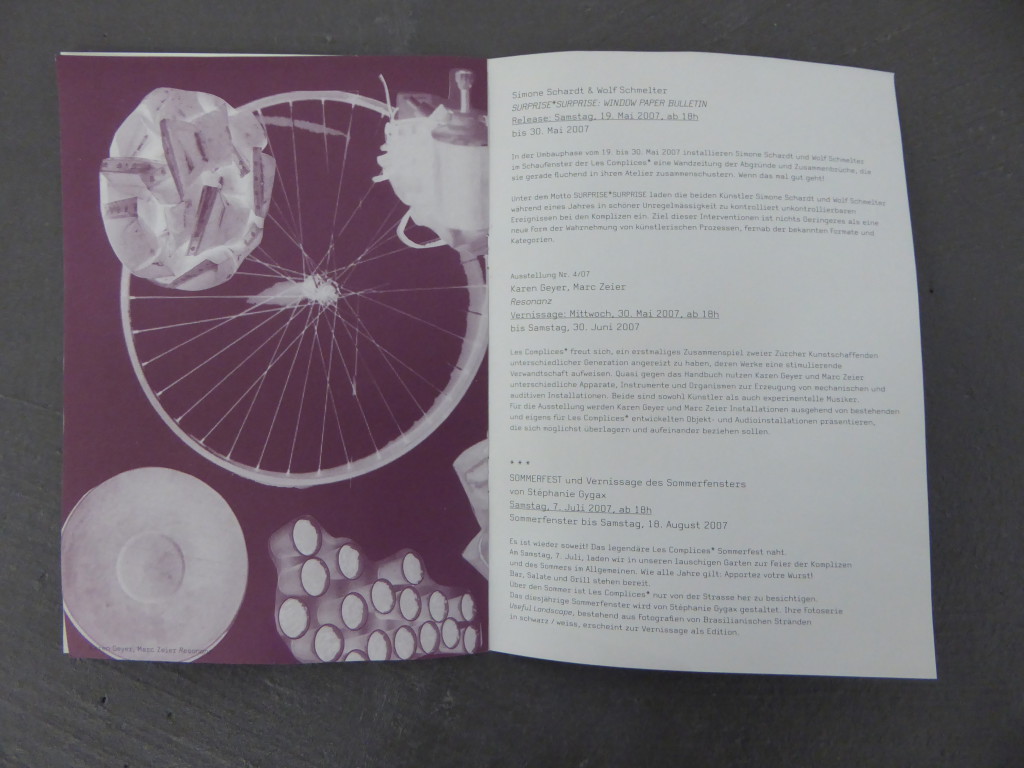
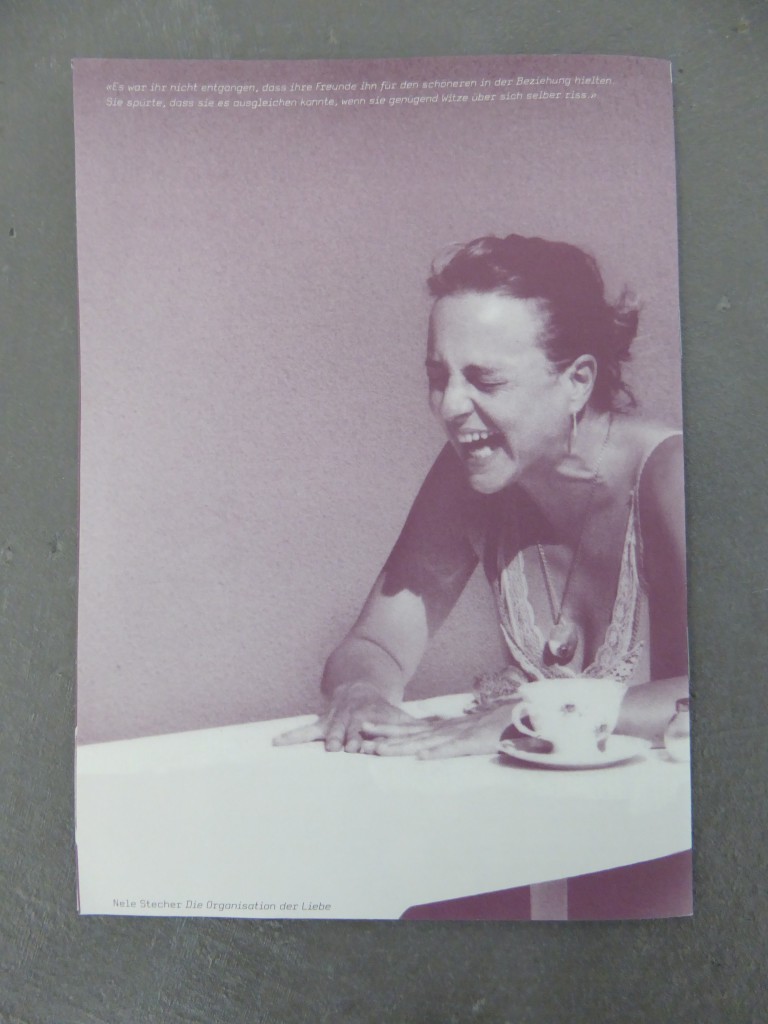
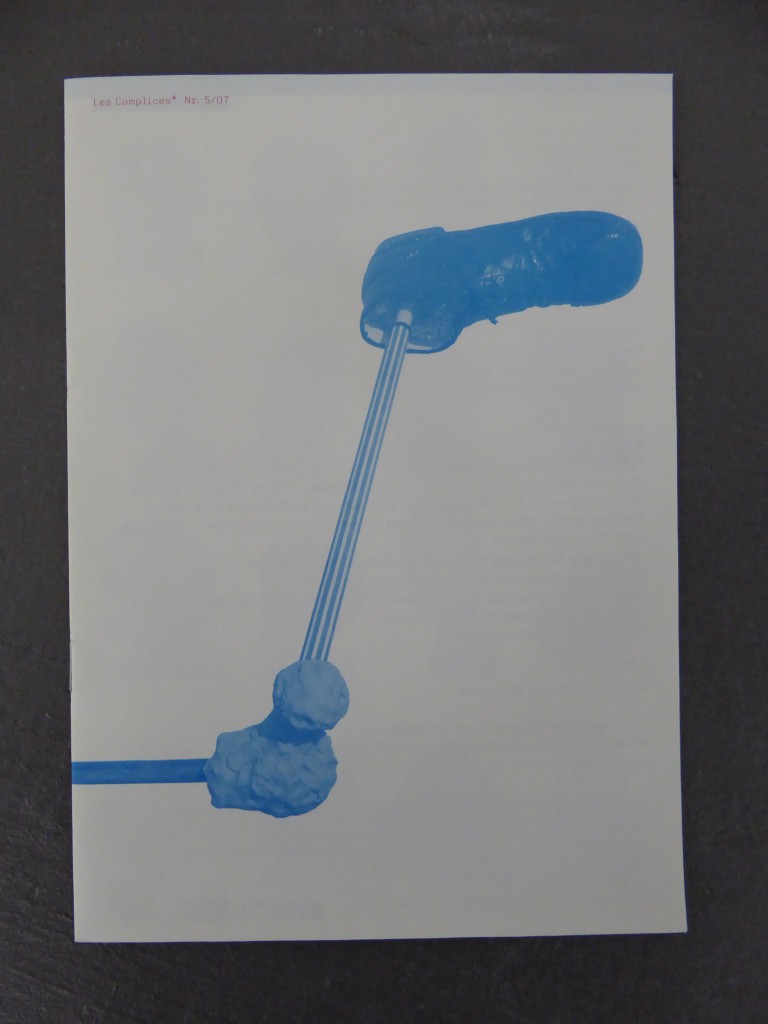
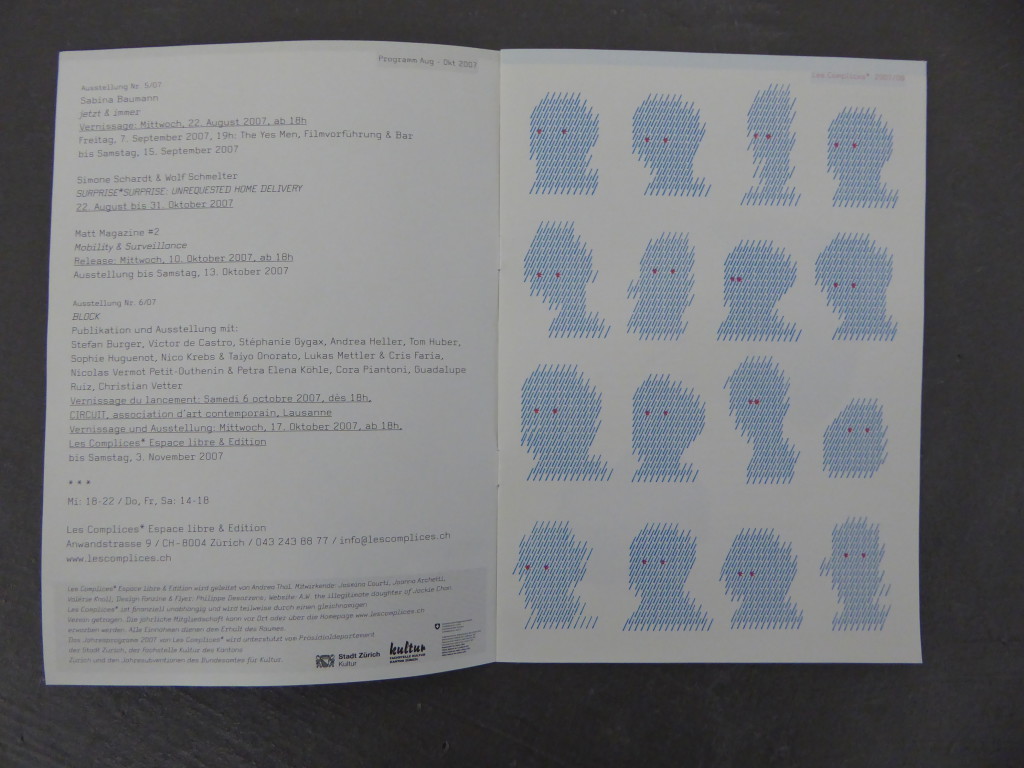
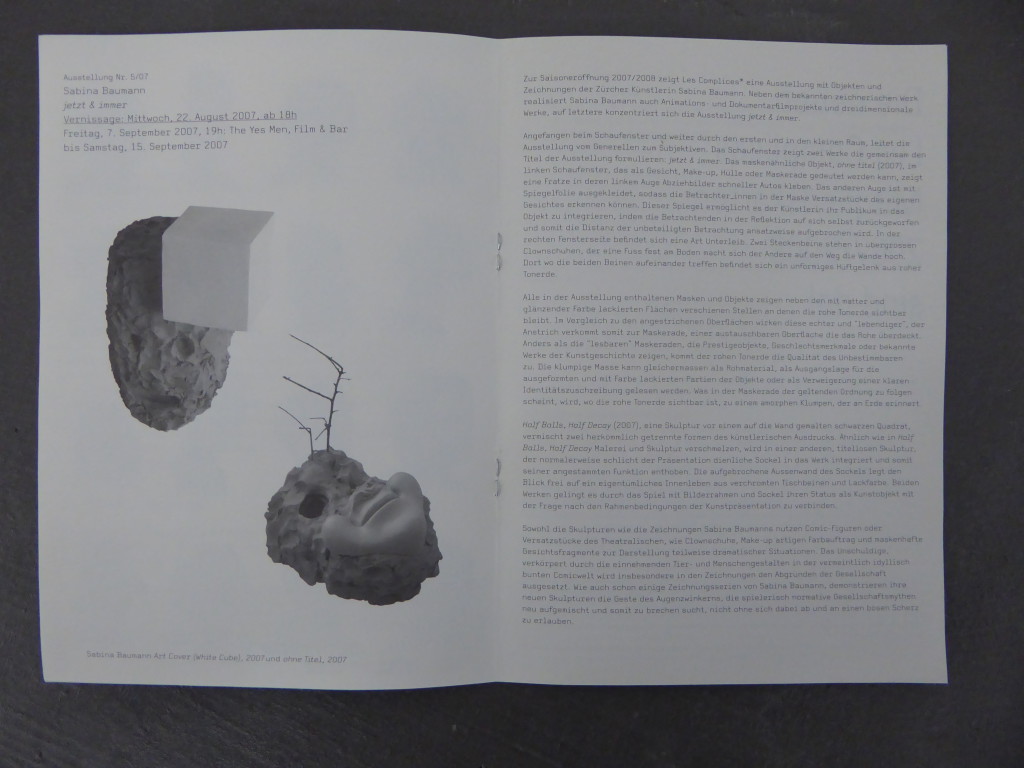
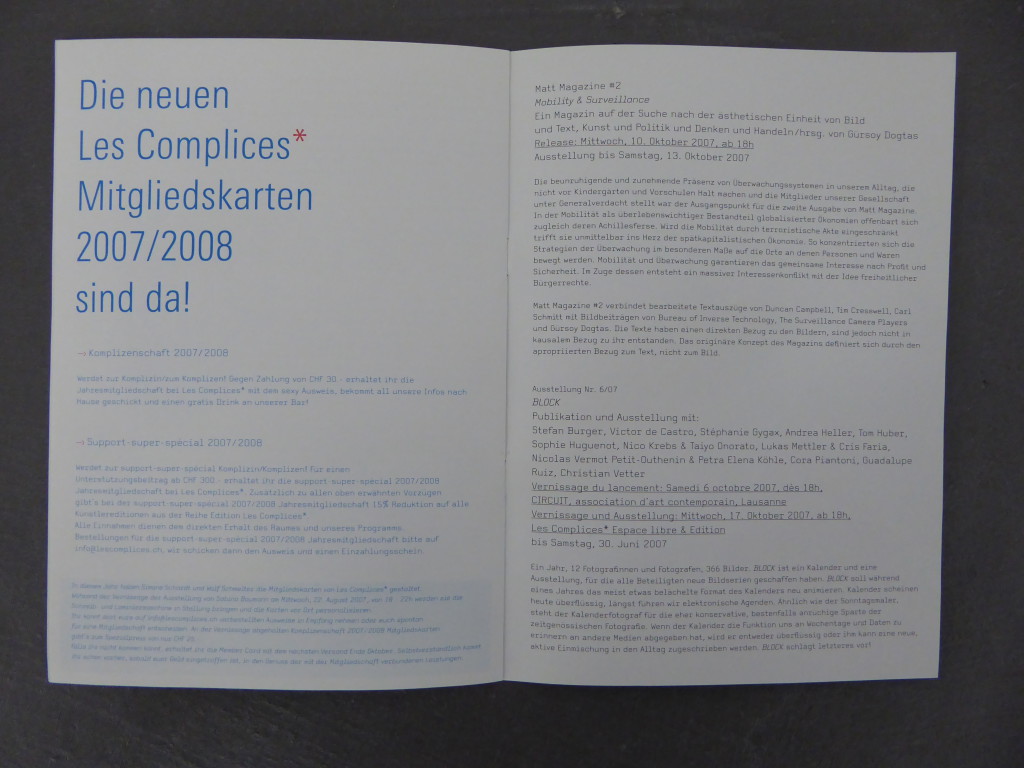
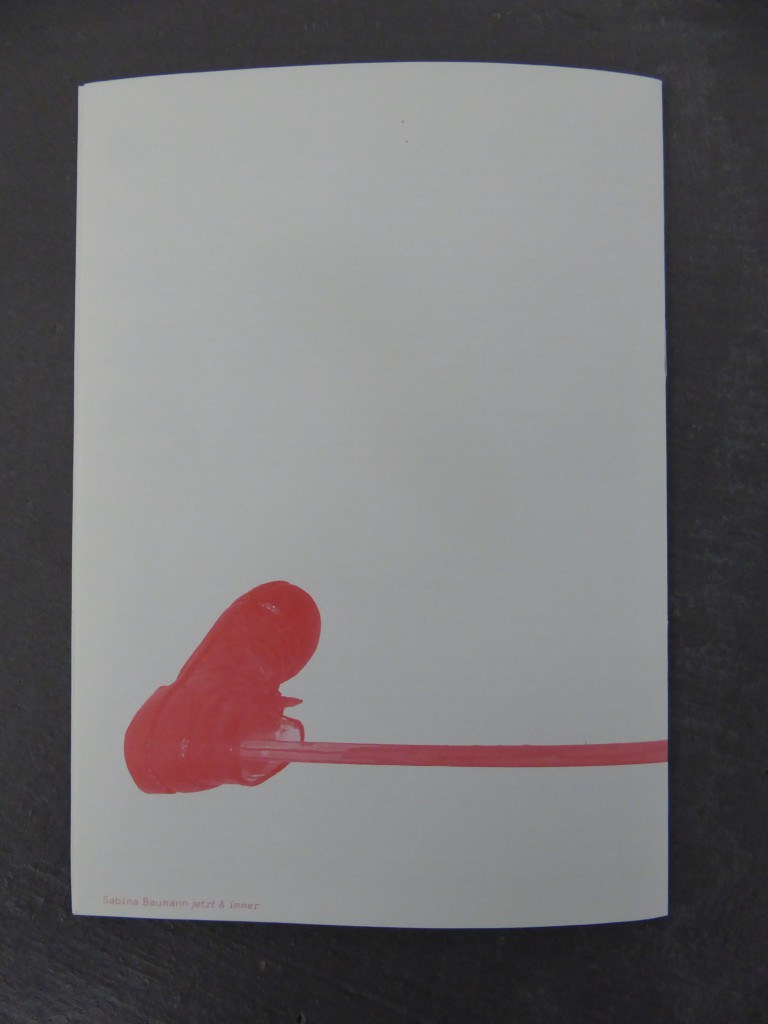
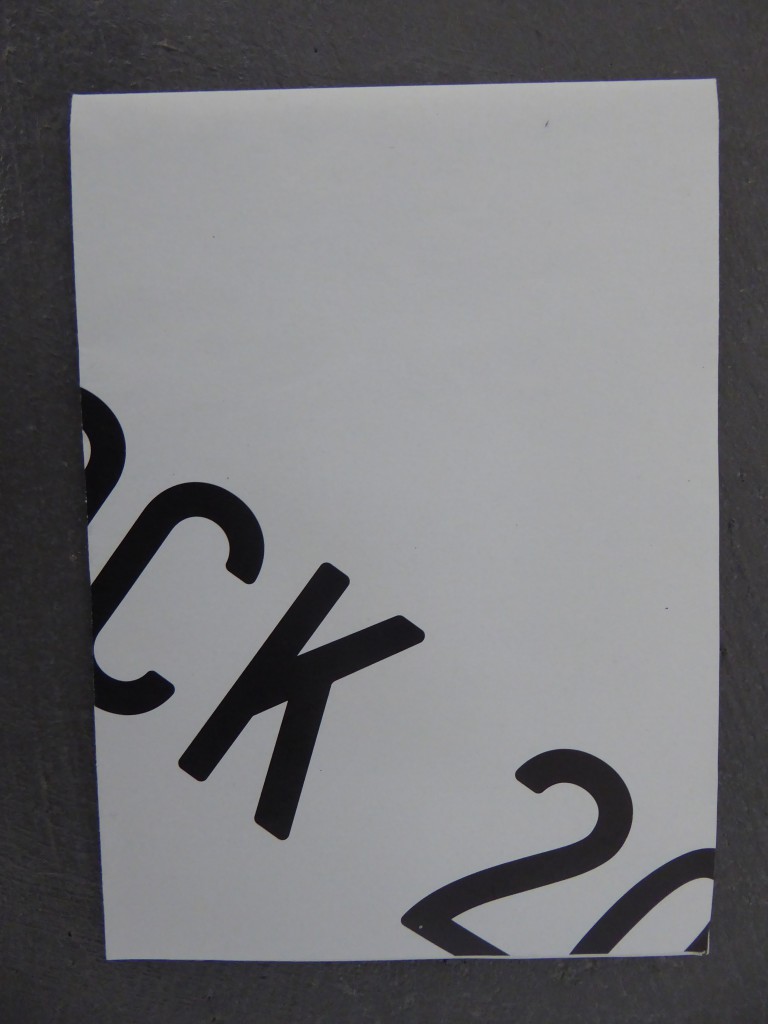
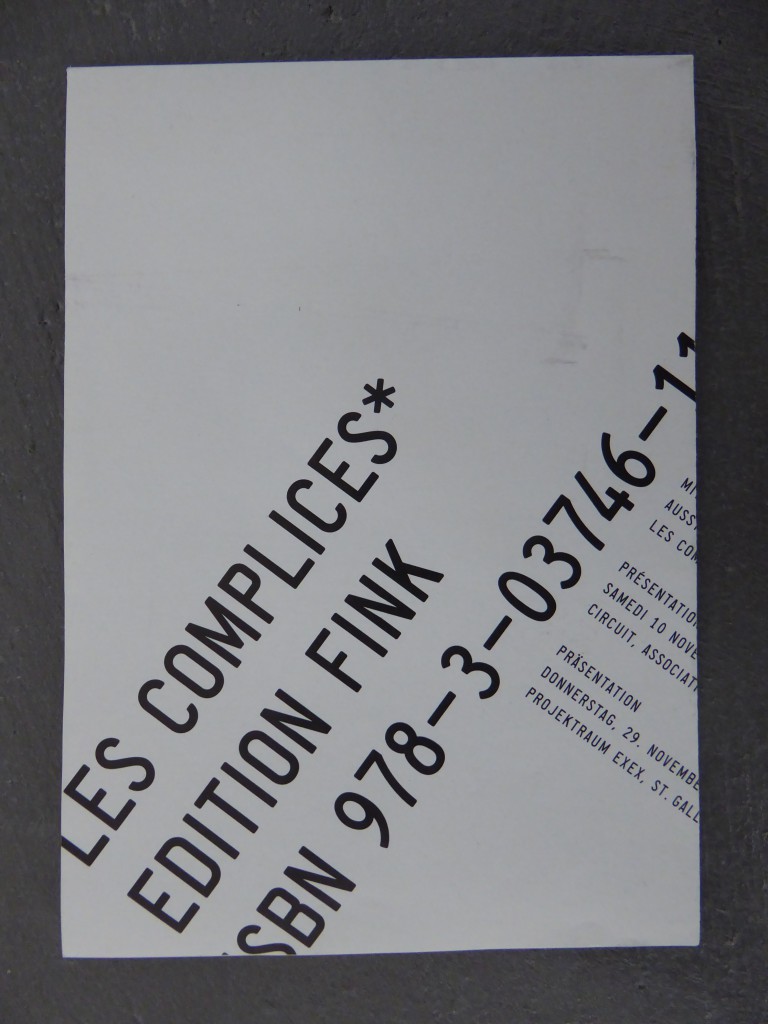
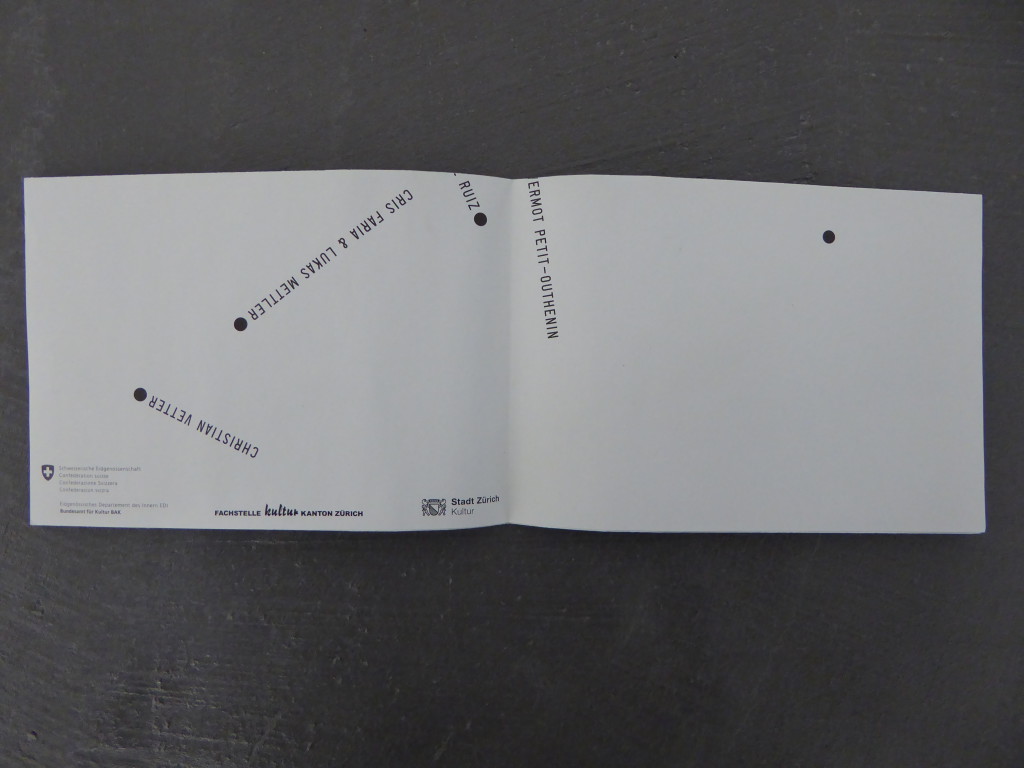
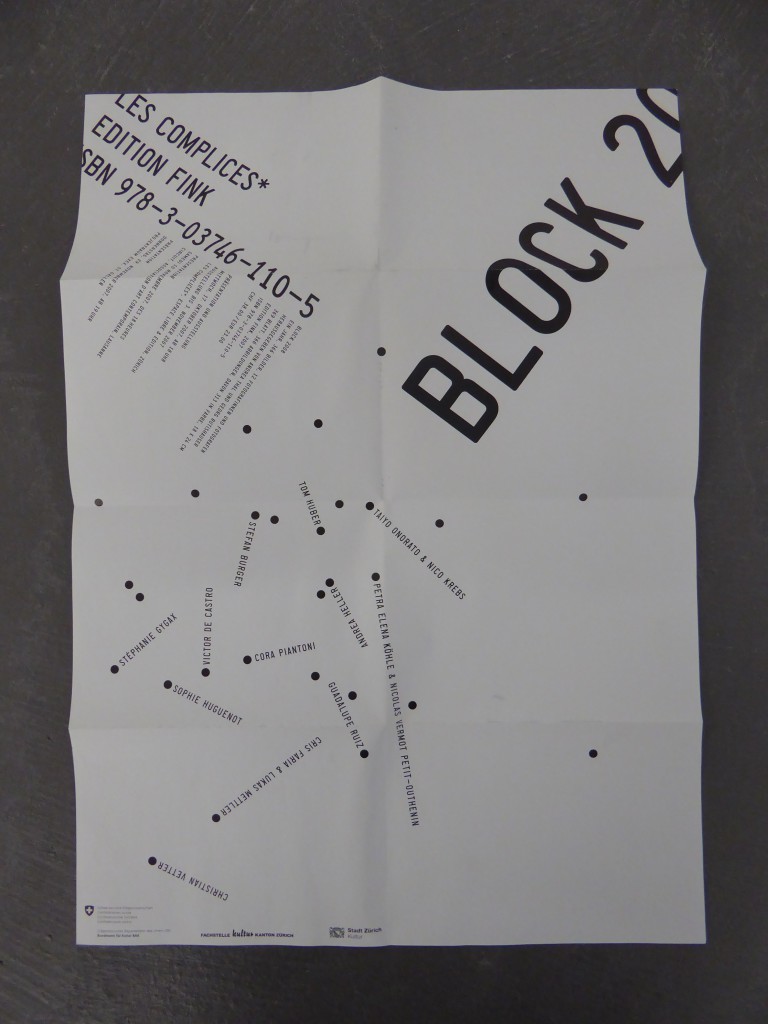
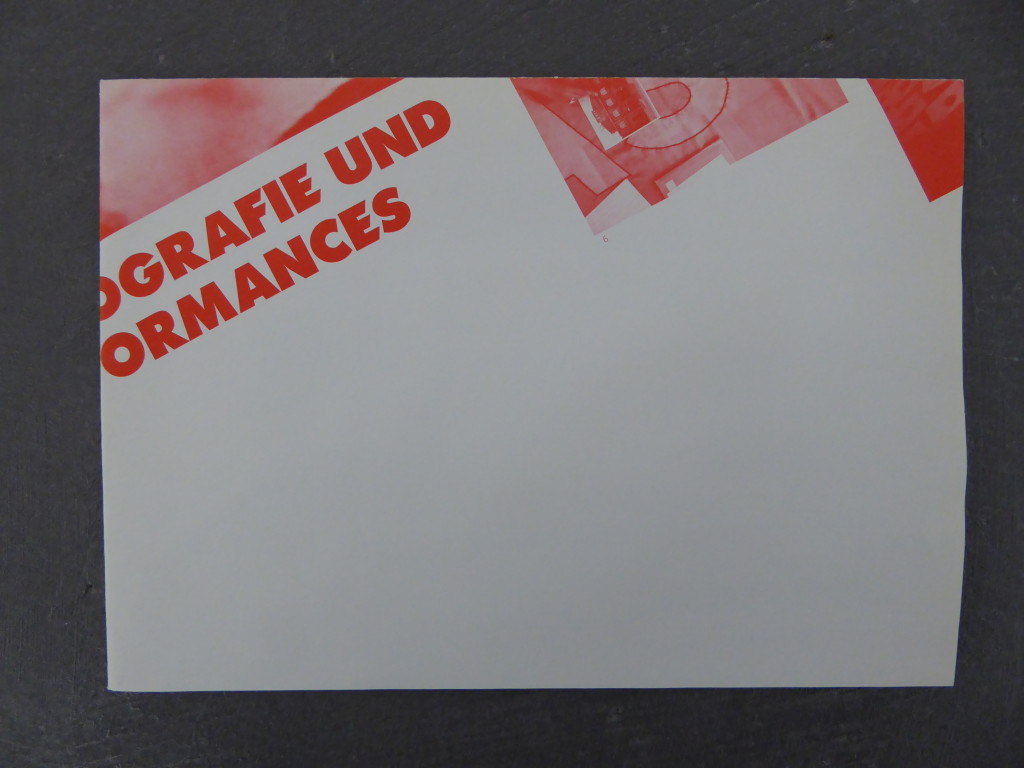
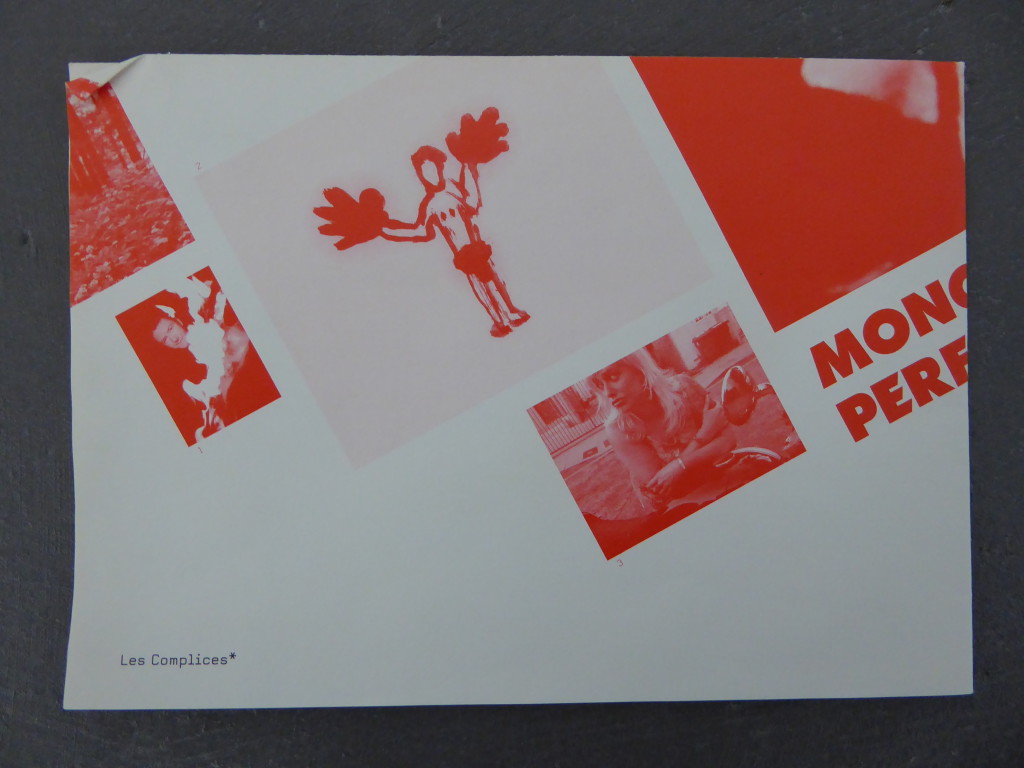
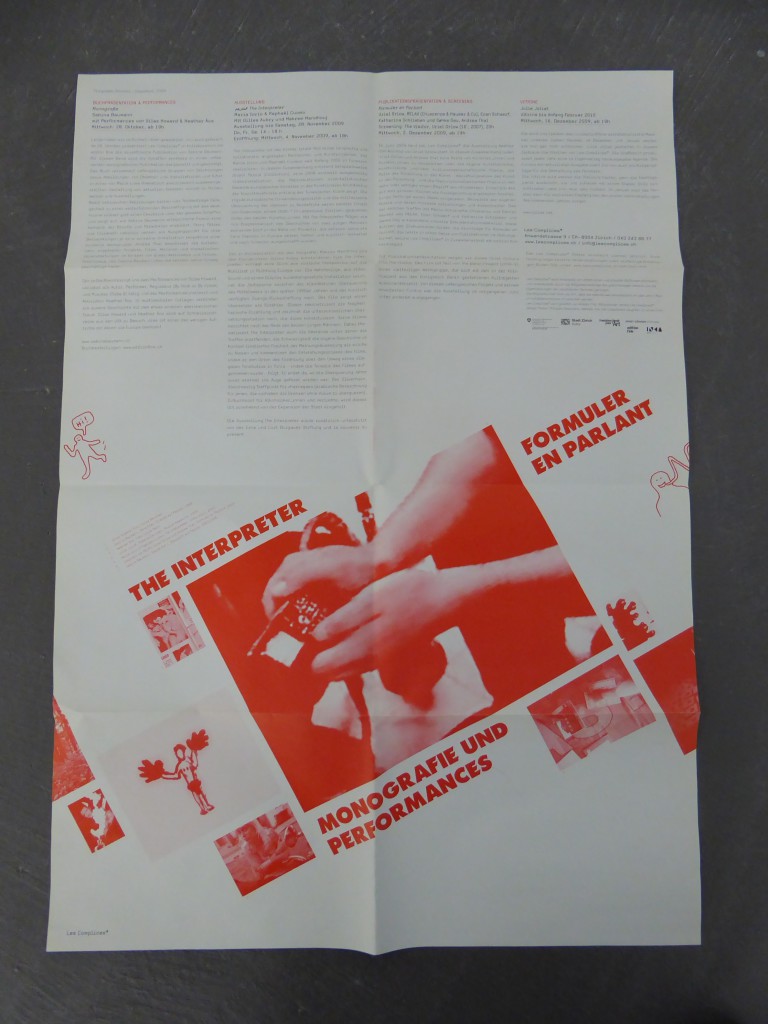
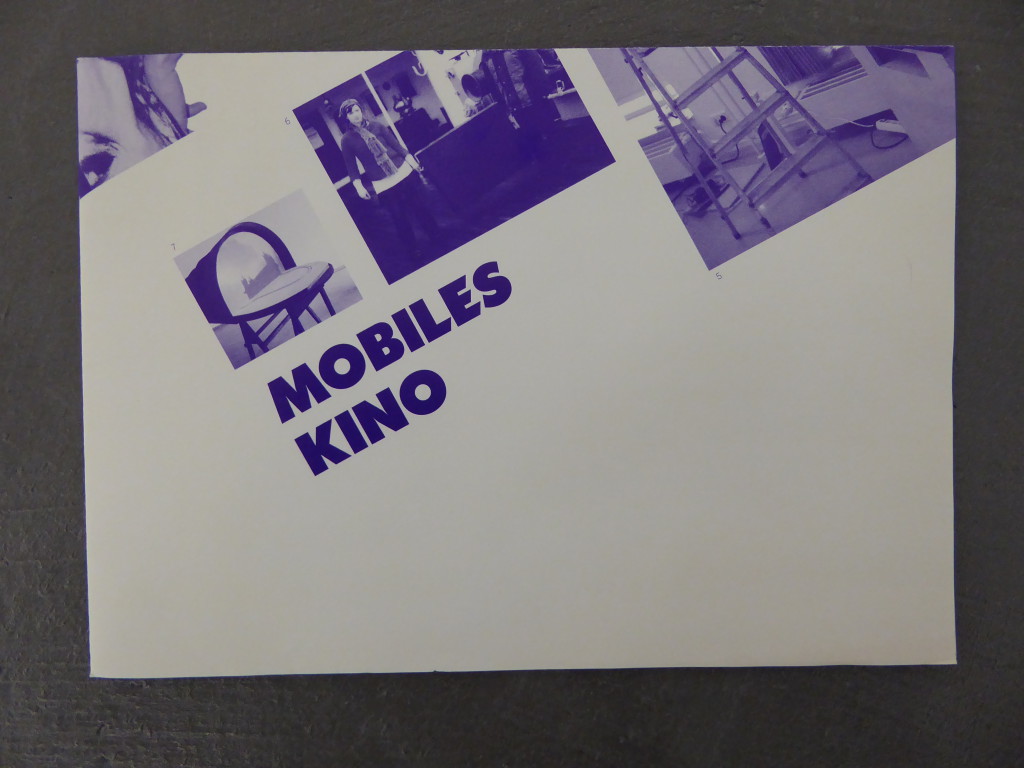
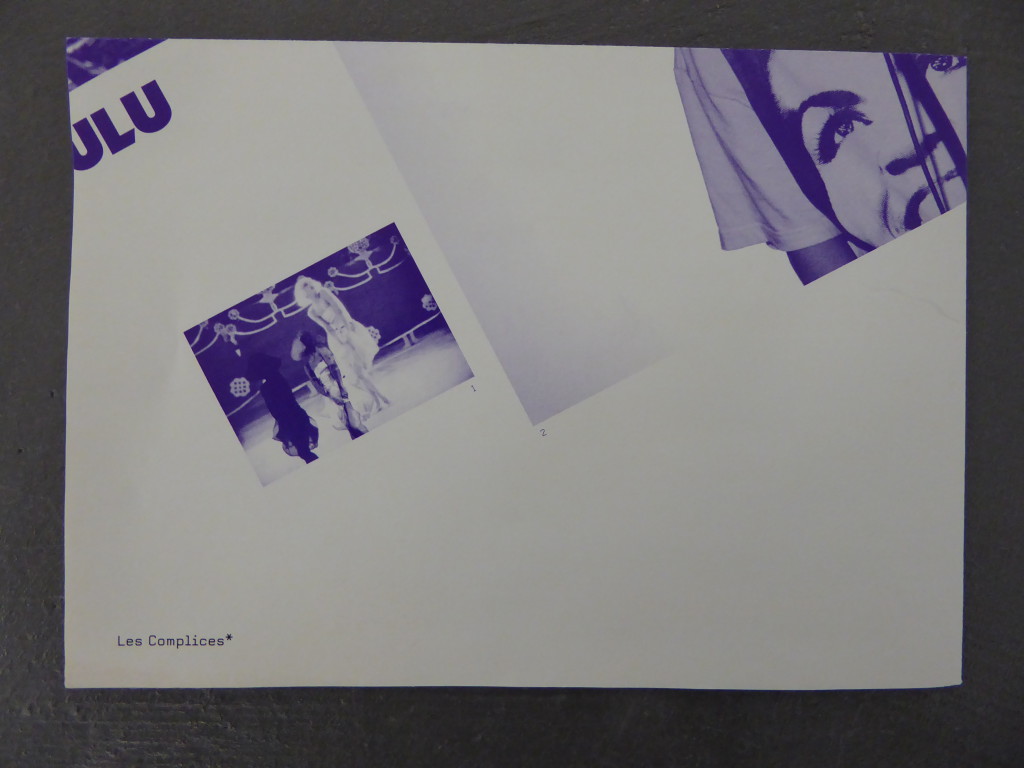
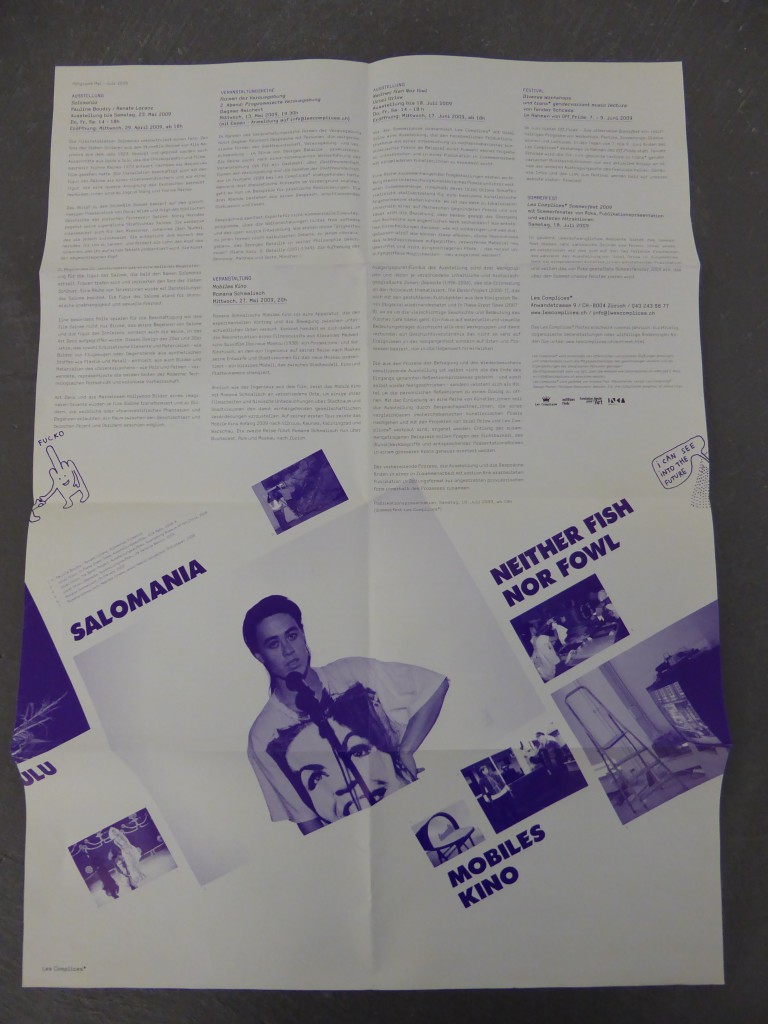
Les Complices*
Die bei Les Complices* realisierten und produzierten Ausstellungen, Projekte und Veranstaltungen bewegen sich zwischen den Bereichen zeitgenössische Kunst, Theater und Film, kritischer Theorie und aktivistischer Praxis. In einem dichten Veranstaltungsprogramm von Diskussionen, Workshops, Performances, Publikationspräsentationen, Vorträgen und Filmscreenings versucht Les Complices* undisziplinierte Formen des Austausches und der gemeinsamen Auseinandersetzung zu ermöglichen. Als Bestandteil der fortlaufenden Aktivitäten produziert und koproduziert Les Complices* auch grössere Ausstellungs-, Publikations- oder Filmprojekte, sowie Inszenierungen in enger Zusammenarbeit mit den Beteiligten und anderen selbstorganisierten Strukturen, Institutionen oder Gruppen.
Les Complices* versteht Kulturarbeit als eine Praxis, die sich kritisch mit Arbeits- und Lebensbedingungen, den zahlreichen Formen von Rassismus und Ausgrenzung in westlichen Gesellschaften, Heteronormativität und Kapitalismus auseinandersetzen und sich aktiv an diesen Diskurse beteiligen möchten. Les Complices* positioniert sich damit auch kritisch gegenüber dem Konzept der “Neutralität”
Les Complices* wurde im Oktober 2002 als Verein gegründet. Der Raum wurde von 2007 bis Ende 2014 von Andrea Thal geleitet. Ab 2015 sind Gökçe Ergör und Martina Baldinger für das Programm verantwortlich. Mitarbeiter_innen: Ingrid Käser.
Wade Guyton
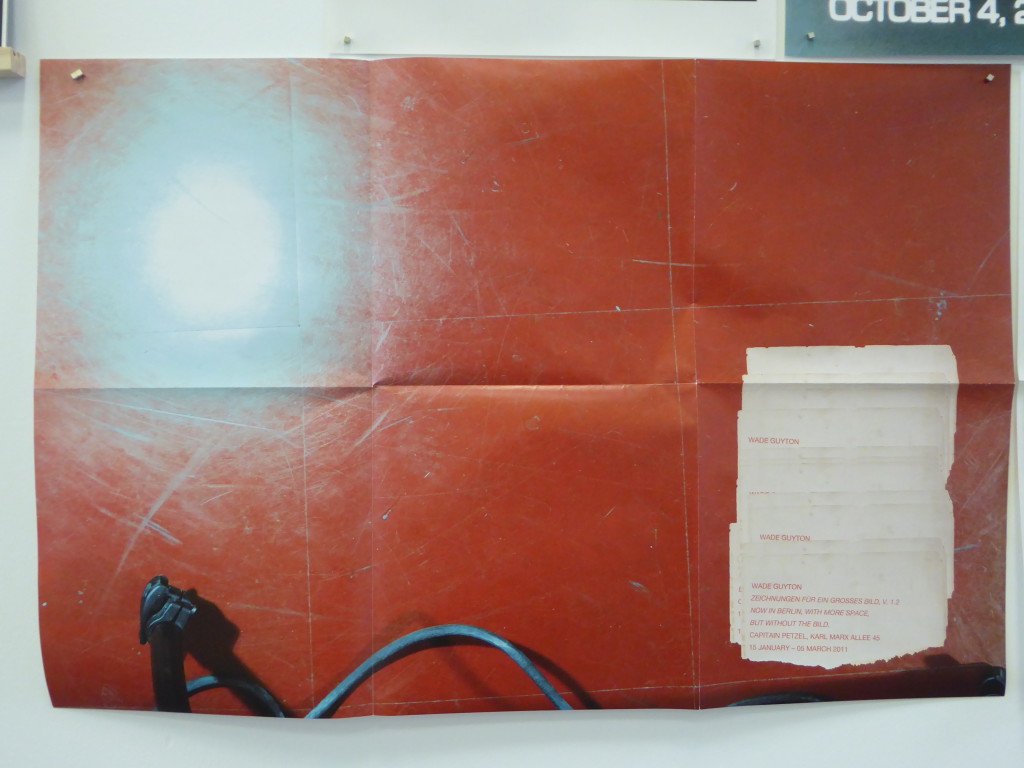
Les Levine
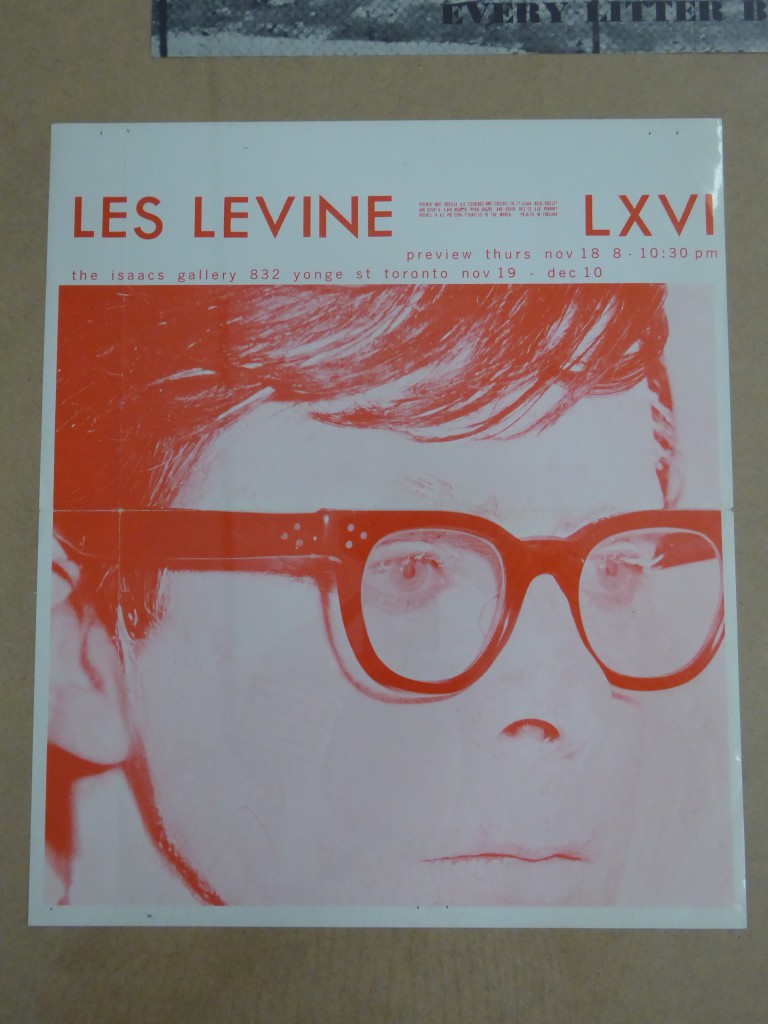
Les Levine (born 1935) is a naturalized American Irish artist known as a pioneer of video art and as a conceptual artist working with mass communication. In 1965, Levine, with Nam June Paik, were among the first artists to buy and use portapaks. Thus he was one of the first artists to try television as a medium for the dissemination of art. Levine has written on art for Arts, The Village Voice, Art in America and the Saturday. (wikipedia)
Av Isaacs opened a framing and art-supply store in 1950 before founding Isaacs Gallery on Yonge Street in 1961. The gallery went on to become one of the country’s leading commercial spaces, representing artists including Michael Snow, Greg Curnoe, Gathie Falk and Joyce Wieland. It also hosted avant-garde events such as concerts and performances.
 follow
follow